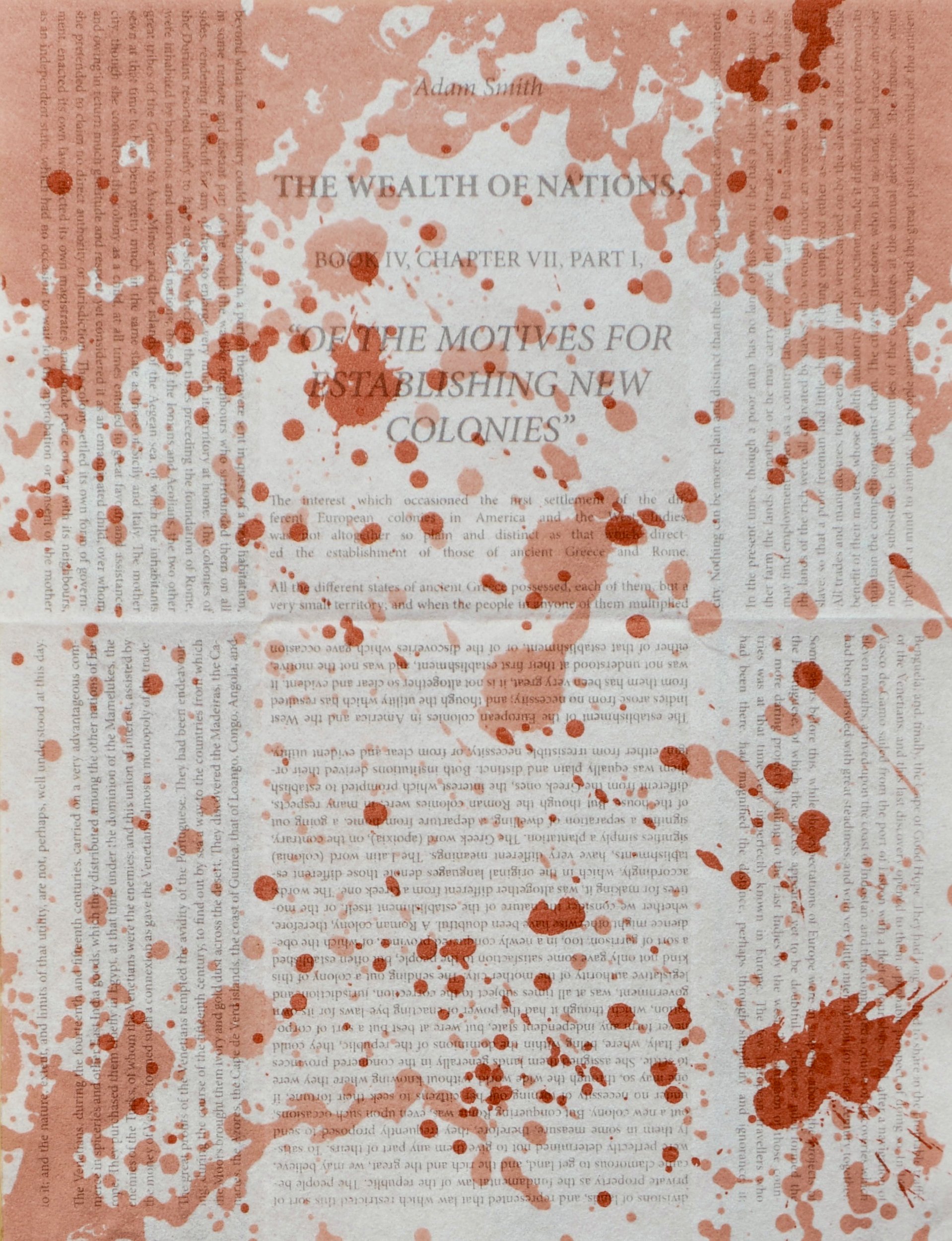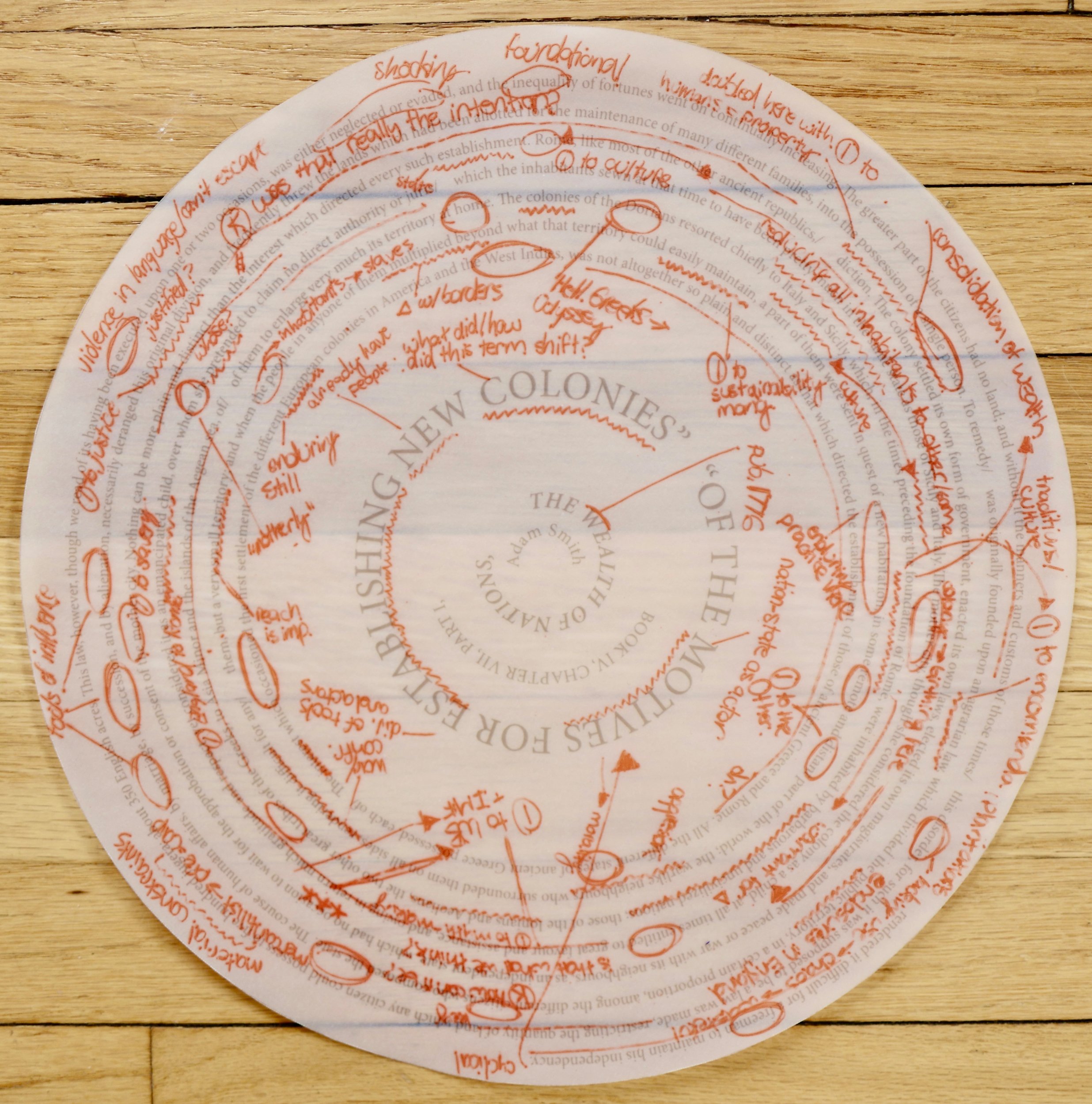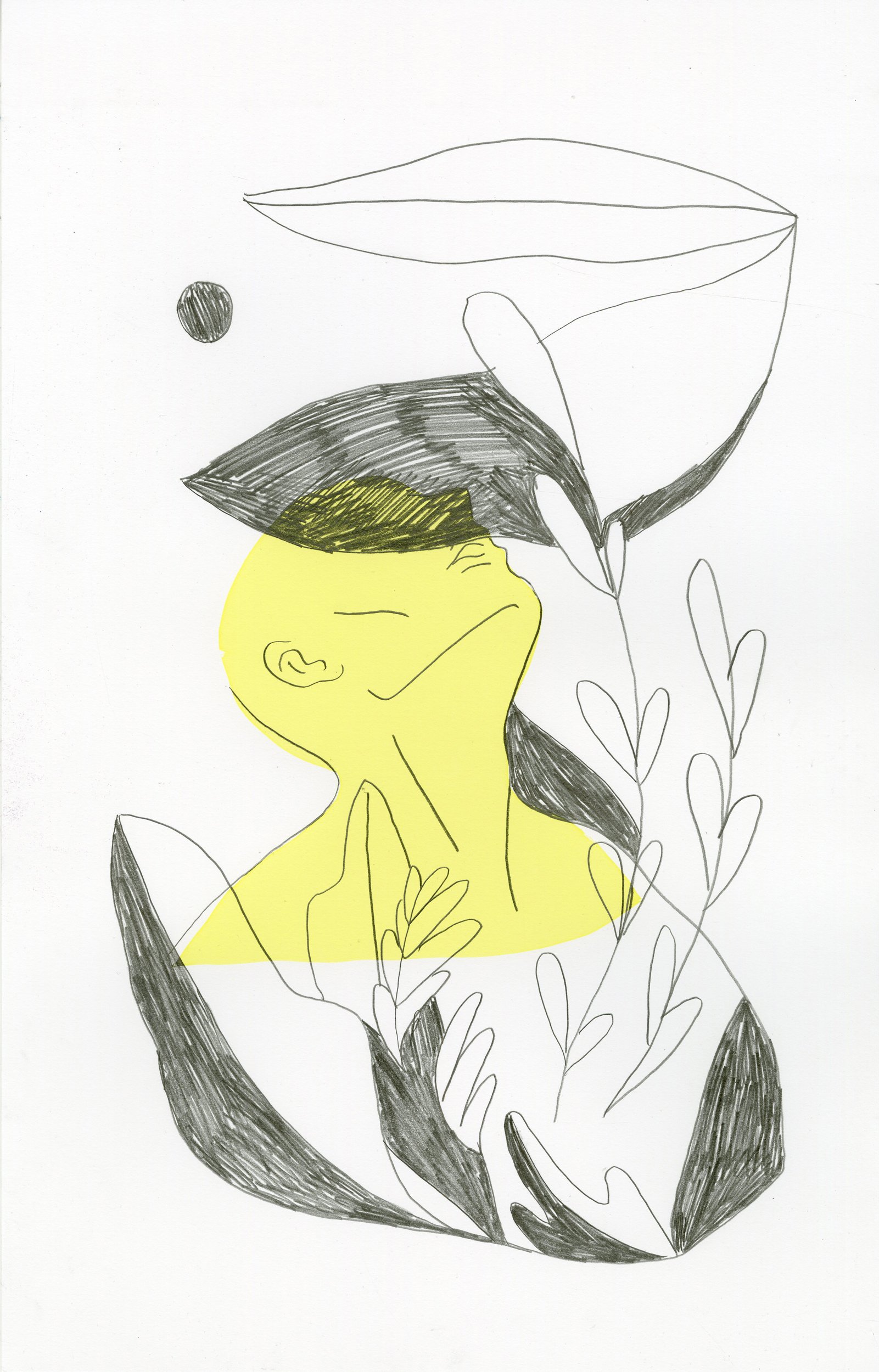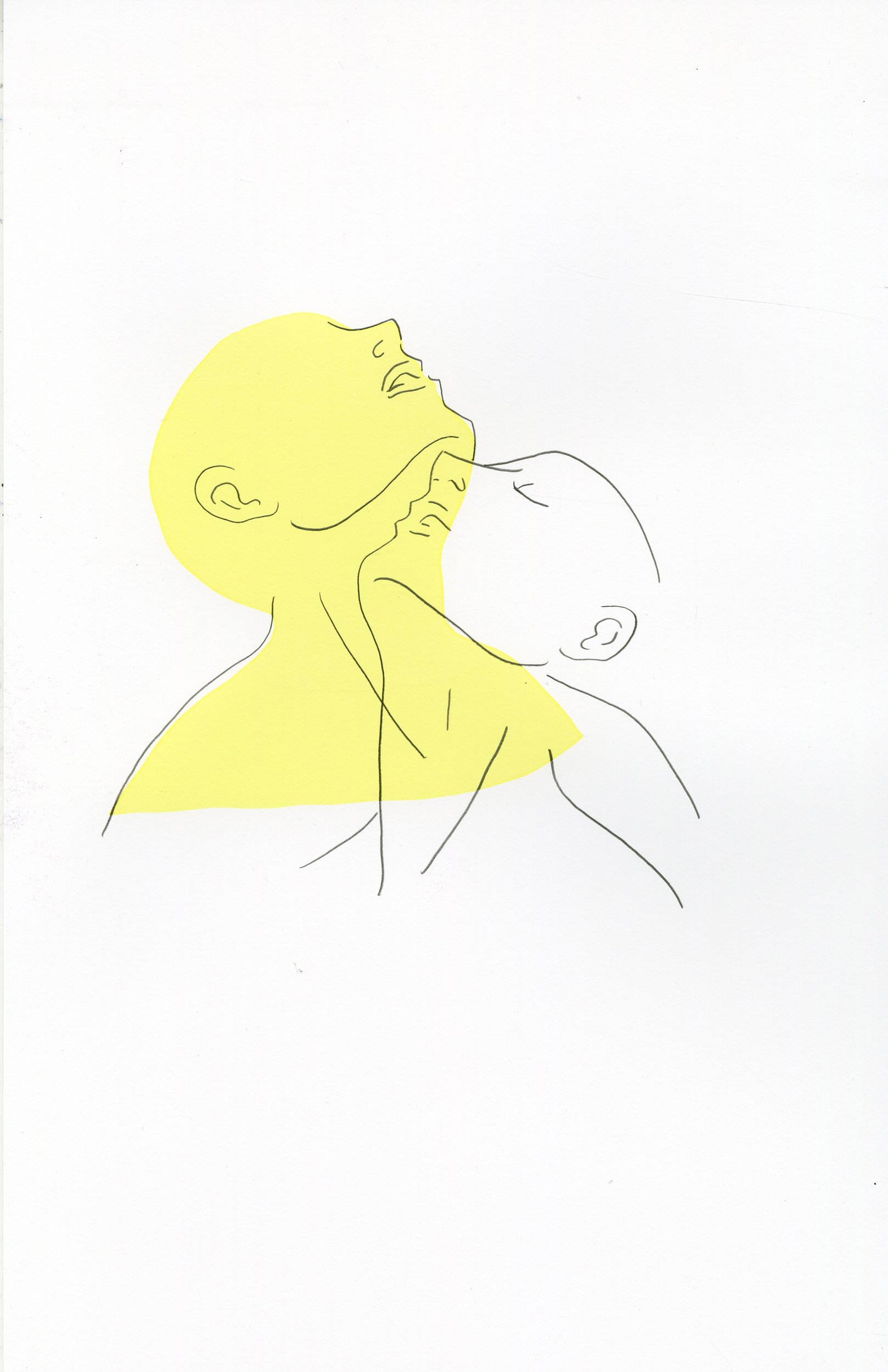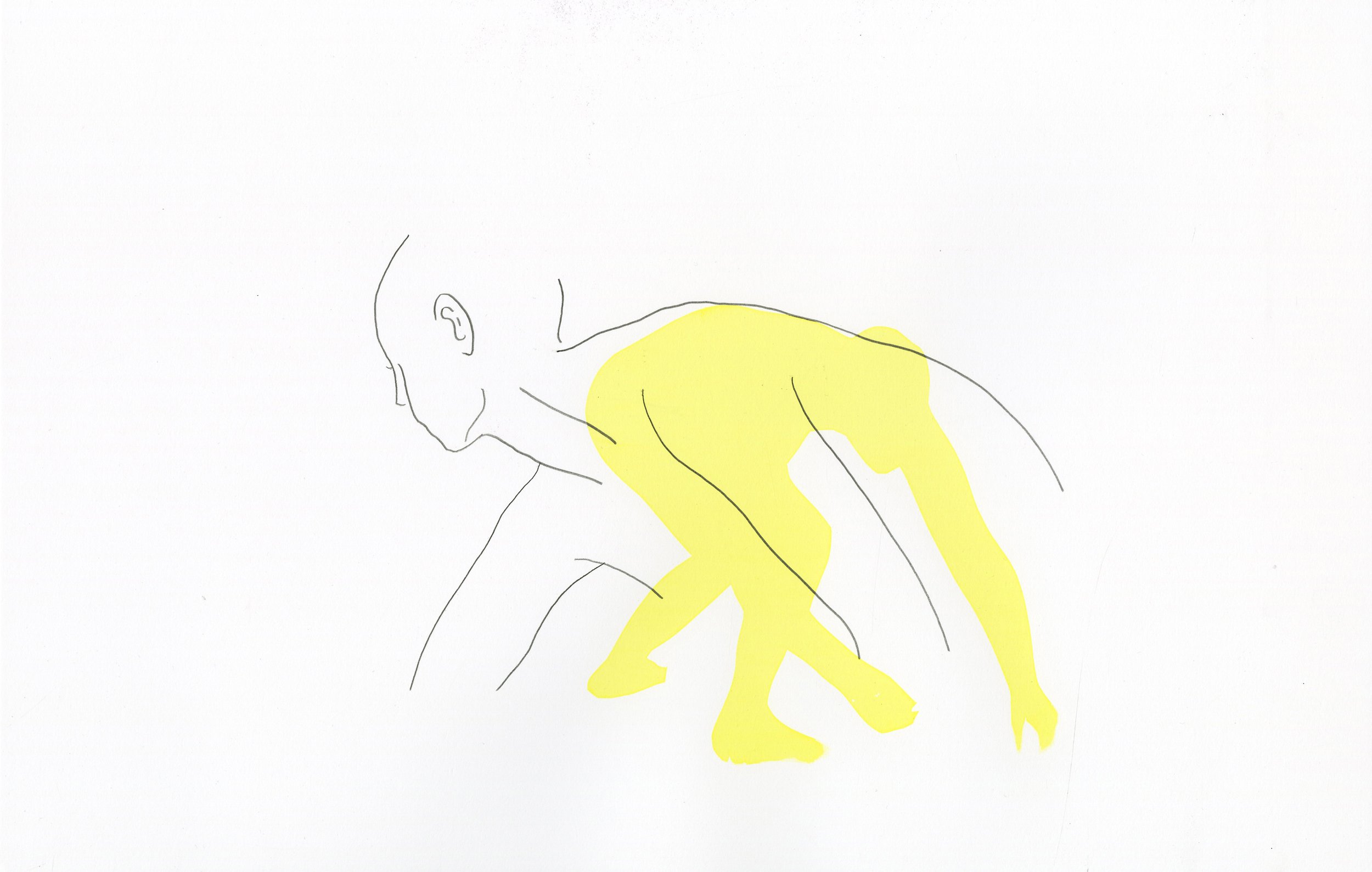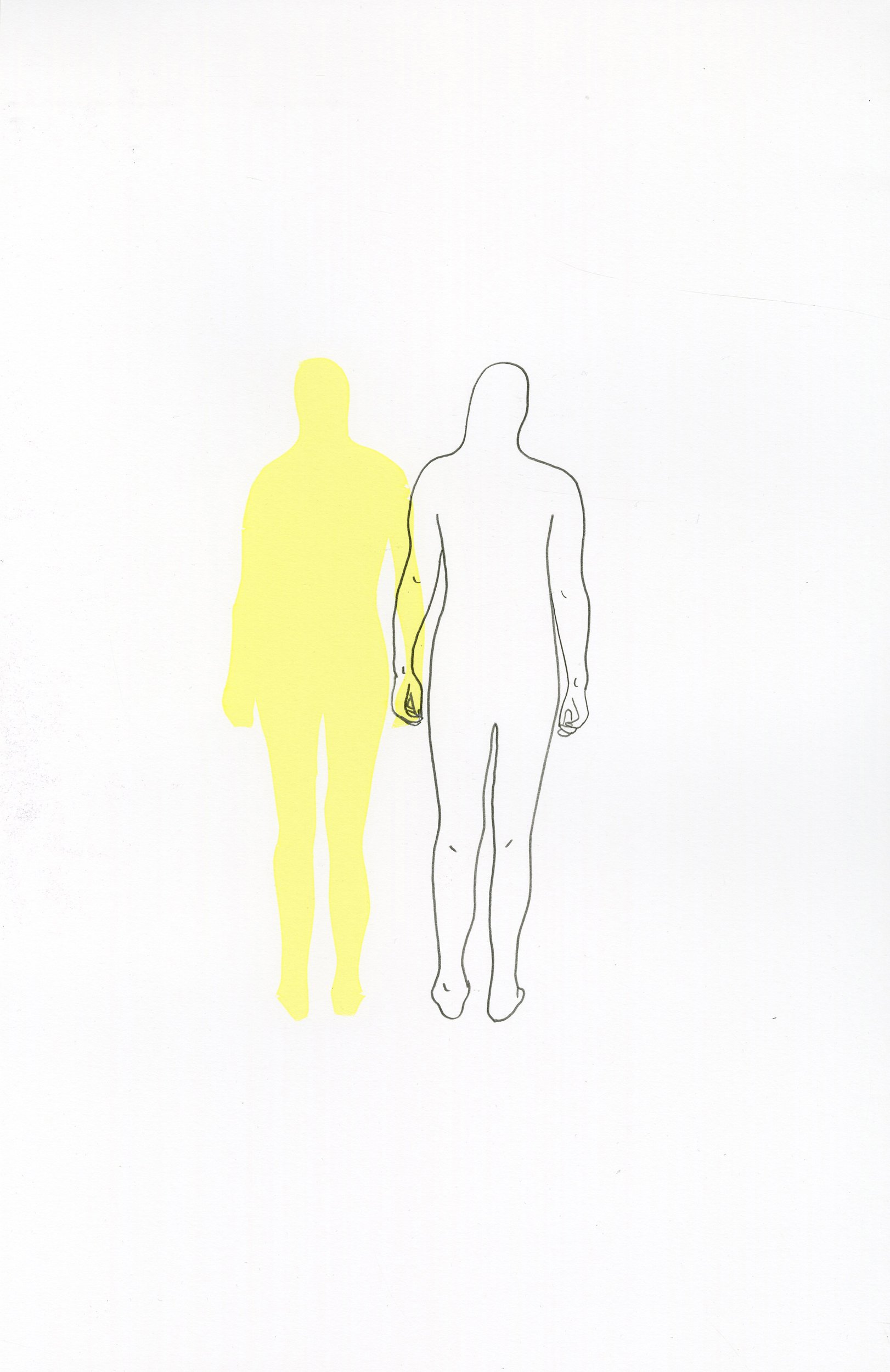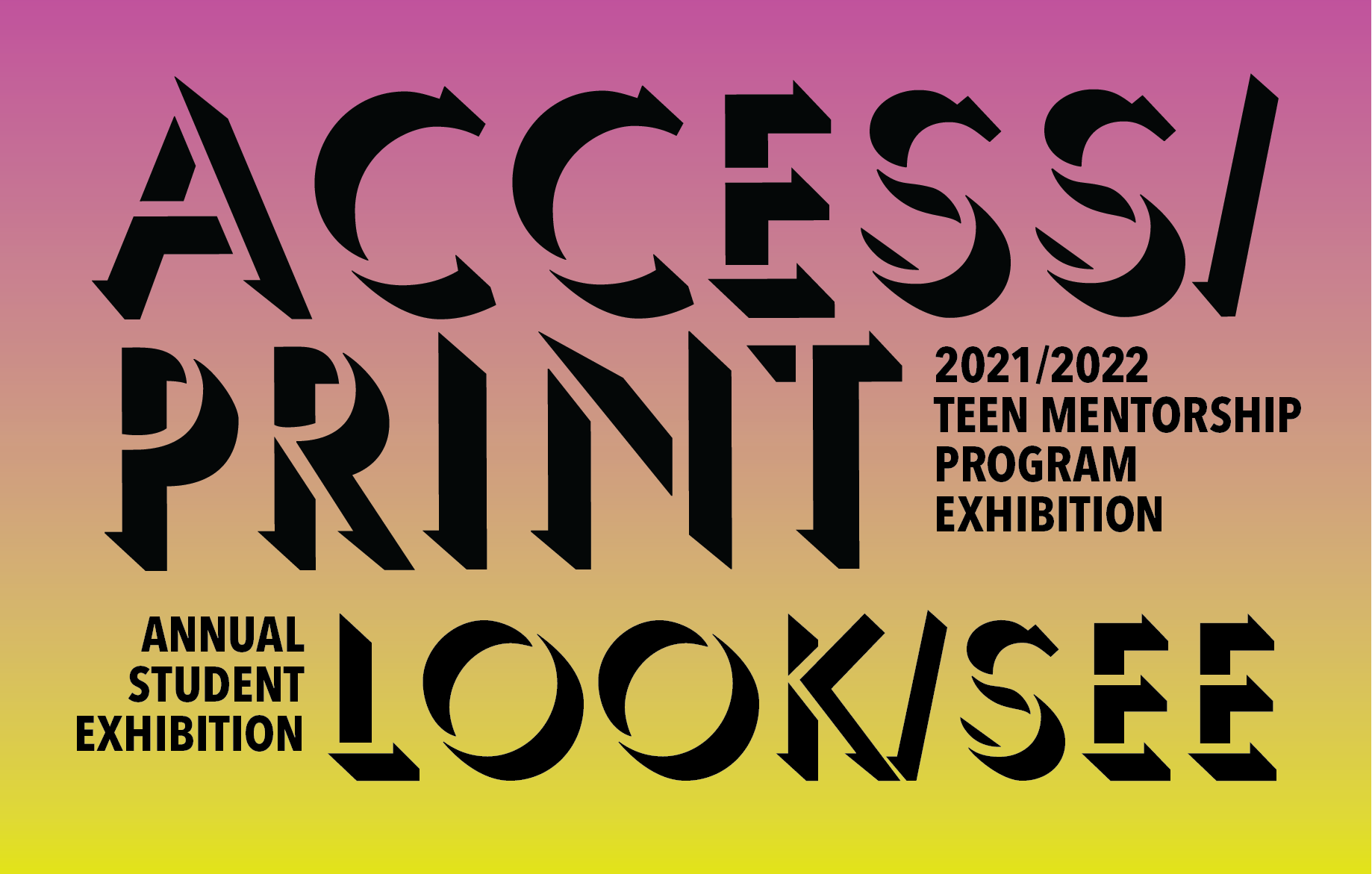Please join us in welcoming the 2024-2025 Jerome Early Career Printmakers Nancy Ariza, Conor McGrann, and Emma Ulen-Klees!
These three artists began their residency year on September 1. Since then, they each have been working beyond diligently to generate new work that will debut in their culminating exhibition. Said exhbition will open June 13, 2025 in Highpoint’s galleries.
The first of the artists in-progress critiques happened In December when invited guest artist Alex Beaumont came over to view their work. Then in February, Bo Young An did the same. Luis Fitch will visit with the residents before they install their exhibition and then in June, Jim Clark will come for a final critique/walkthrough of the show.
Read on for an update on the artists’ progress:
It’s difficult to overstate the exactitude Emma Ulen-Klees applies to her hyper-detailed cut stencil debossing and lithographic images she is developing. She says, “The time and space the Jerome Printmakers Fellowship provides have been invaluable to my practice this fall. It has allowed for the acceleration of an ongoing project archiving extinct plants through blind debossing, including more thorough materials tests. It has enabled experiments in both new and familiar mediums. I’ve returned to the singular, meditative experience of working on a lithographic stone using Maniere Noire (a reductive lithographic technique), and I look forward to further exploring the particular capabilities of watercolor monotype.”
Conor McGrann’s relocation to the Twin Cities and his new-ish role as a father are both providing fuel to his creative pursuit, albeit in a more analytical manner. Conor’s practice is generative, utilizing numerous digital and analog processes, including machine-cut vinyl stencils, plotter drawings, and etched copper plates.
Connor says, “I have really been enjoying making large Intaglio plates in the printshop. As a way of getting to know Minnesota better, I have been working with geospatial data sets, archived maps, and governmental documents. I collect all this information without much idea what it will turn into. In the filtering, cleaning, sorting, and recontextualization of my family's place and movement, the intent starts to sharpen. In this process, bodies of water have become the major focus of my work, and I am very excited to see where it takes me.”
Employing some less conventional methods and materials like dry pigment screenprinting and homemade materials, Nancy Ariza had been developing a large series of colorful geometric pattern studies. They are gorgeous! She’s recently shifted gears and is now working on reimagining/re-illustrating the Snakes and Ladders classic Mexican Board game Lotería.
Nancy says, “During these first few months of the residency, I've been expanding my knowledge of ink-making processes using natural pigments and exploring their potential through stencils and screenprinting. I combined cochineal ink, made from an insect that lives on prickly pear cacti, with woodcut and other experimental printmaking techniques to deepen the themes of heritage, lineage, and migration that are present in my work. These latest prints have resulted in a new and exciting aesthetic direction that I hope to highlight in the culminating exhibition.”
About the artists:
Emma Ulen-Klees is a multidisciplinary artist and writer whose work centers the fragmentation and transformation of landscape. Her individual but interconnected projects come ogether to mourn extinction and absence, magnify the accumulation of plastics, and interrogate the distortionary nature of western cartography, while still allowing for the beauty and awe vital to emotional relationships to place. Ulen-Klees earned a Printmaking BFA from California College of the Arts (2014), and MFA from Cornell University (2020). Past awards include the Ralls Scholarship in Painting, Yozo Hamaguchi Scholarship in Printmaking, as well as the Kala Art Institute Emerging Artist Residency. She has exhibited at the Missoula Art Museum (Missoula, MT), Zolla/ Lieberman Gallery (Chicago, IL), Jack Hanley Gallery New York, NY), Safe Gallery (Brooklyn, NY), Anglim Gilbert Gallery (San Francisco, CA) as well as in Oakland, Berkeley, CA, and Ithaca, NY. Internationally she has exhibited in Osaka, Japan and Hjalteyri, Iceland.
Nancy Ariza is a Mexican American printmaker, educator, and arts administrator. In her studio practice, Ariza explores intergenerational relationships, storytelling, and memory as a way to understand and honor her Mexican heritage. Often working in woodcut and screenprinting, her artwork combines traditional and experimental printmaking techniques. Ariza has exhibited across the United States in group shows at Blanc Gallery in Chicago, IL; Janet Turner Print Museum at California State University in Chico, CA; Klemm Gallery at Siena Heights University in Adrian, MI; among others. She is also the founder of Amilado Press, a collaborative print studio in Minnesota.
Conor McGrann is an artist that makes things usually on paper, living and producing work in St. Paul, MN. He is the Digital Studio Arts Technician at Carleton College in Northfield, MN, where he maintains the printshop and photolab and facilitates the use of digital and analog interactions for faculty, staff, and students in the Art & Art History Department.
In his own work Conor has a particular interest in the translation errors and systemic breakdowns that occur when filtering work between digital and analog production methods. His work is focused on the relationship between political systems, geography, the built environment, sense of place, and culture. He received his MFA in May 2021 from the University of Tennessee Knoxville, and his BFA in printmaking from Syracuse University in 2009.







































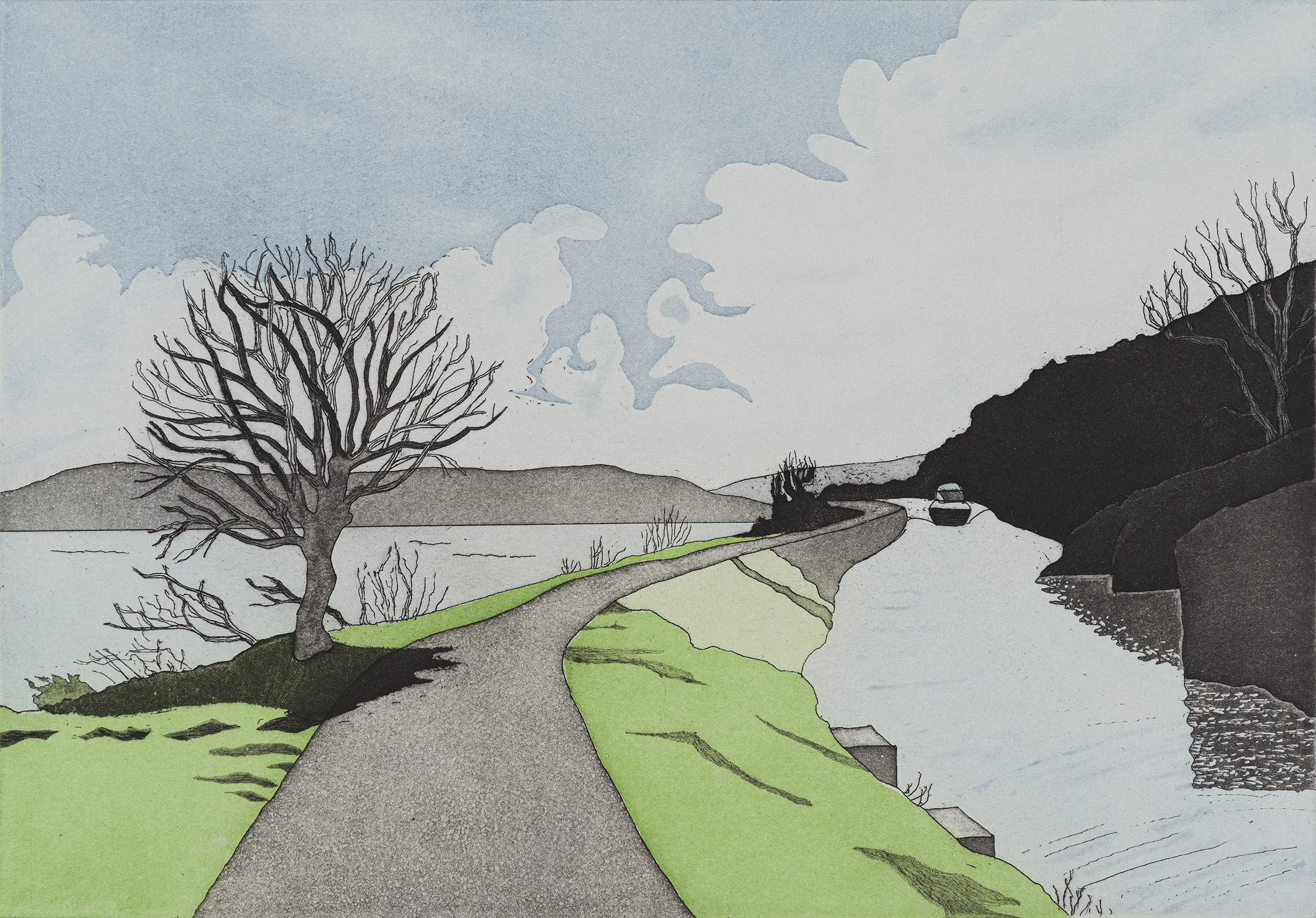
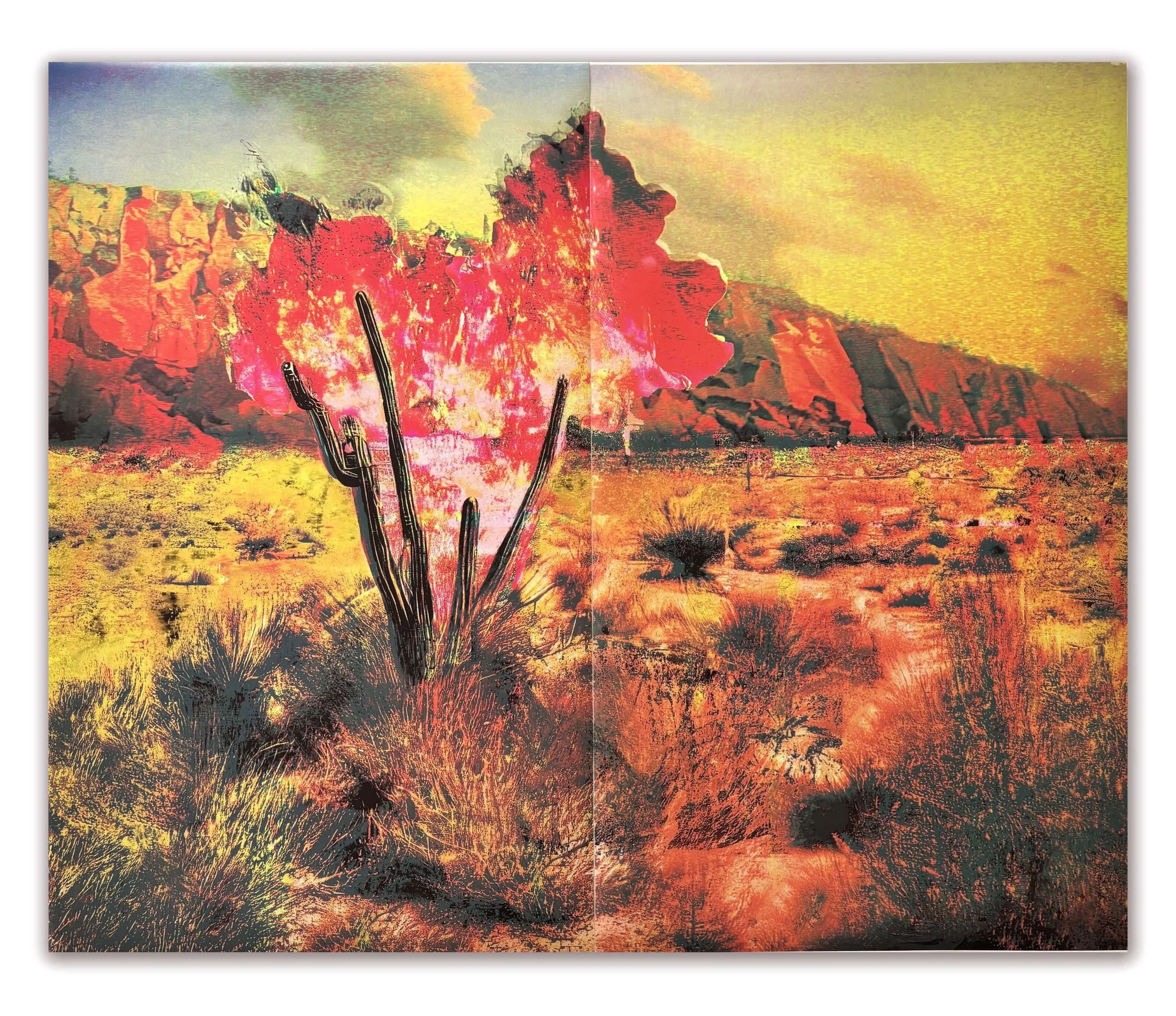
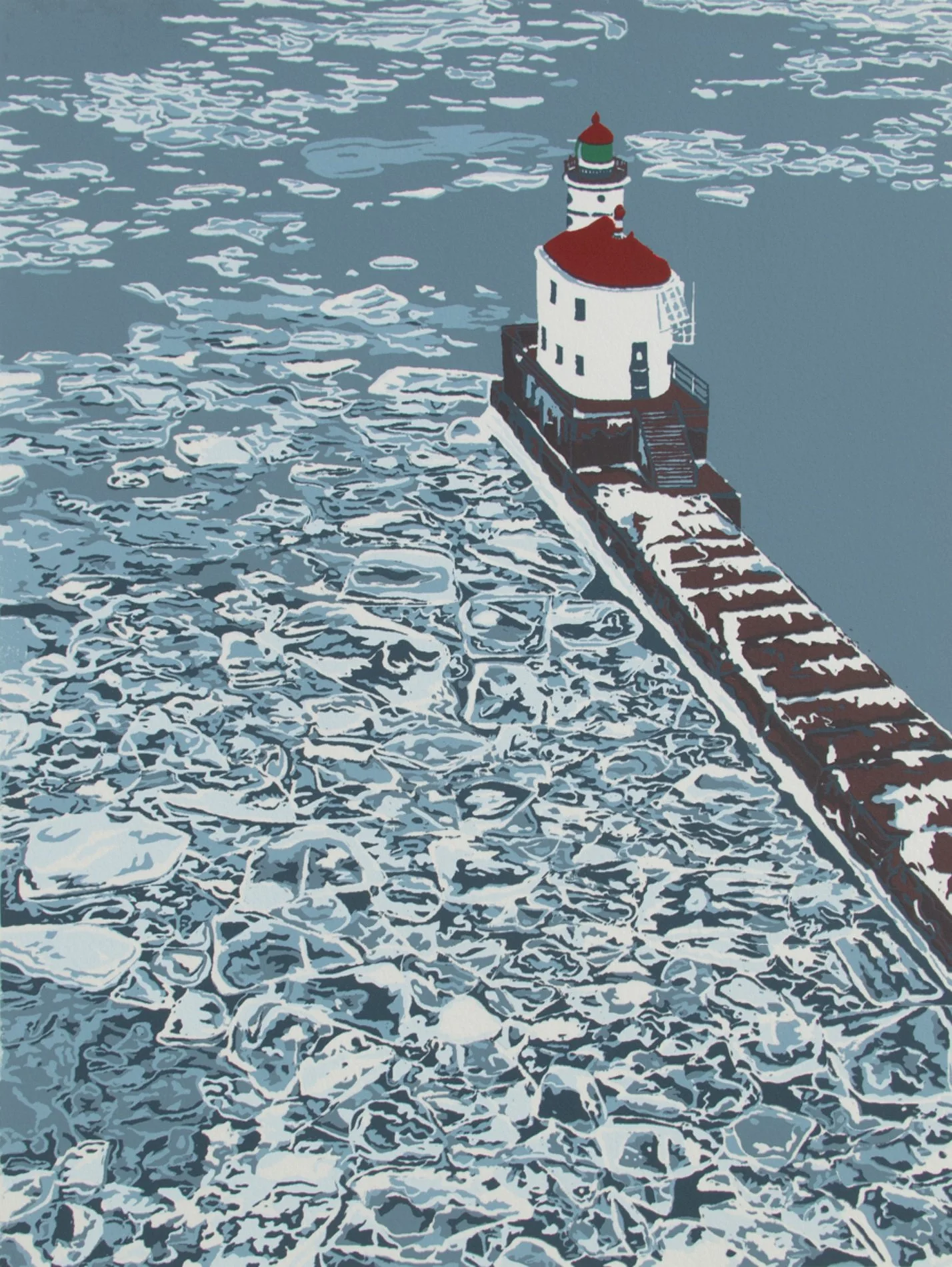
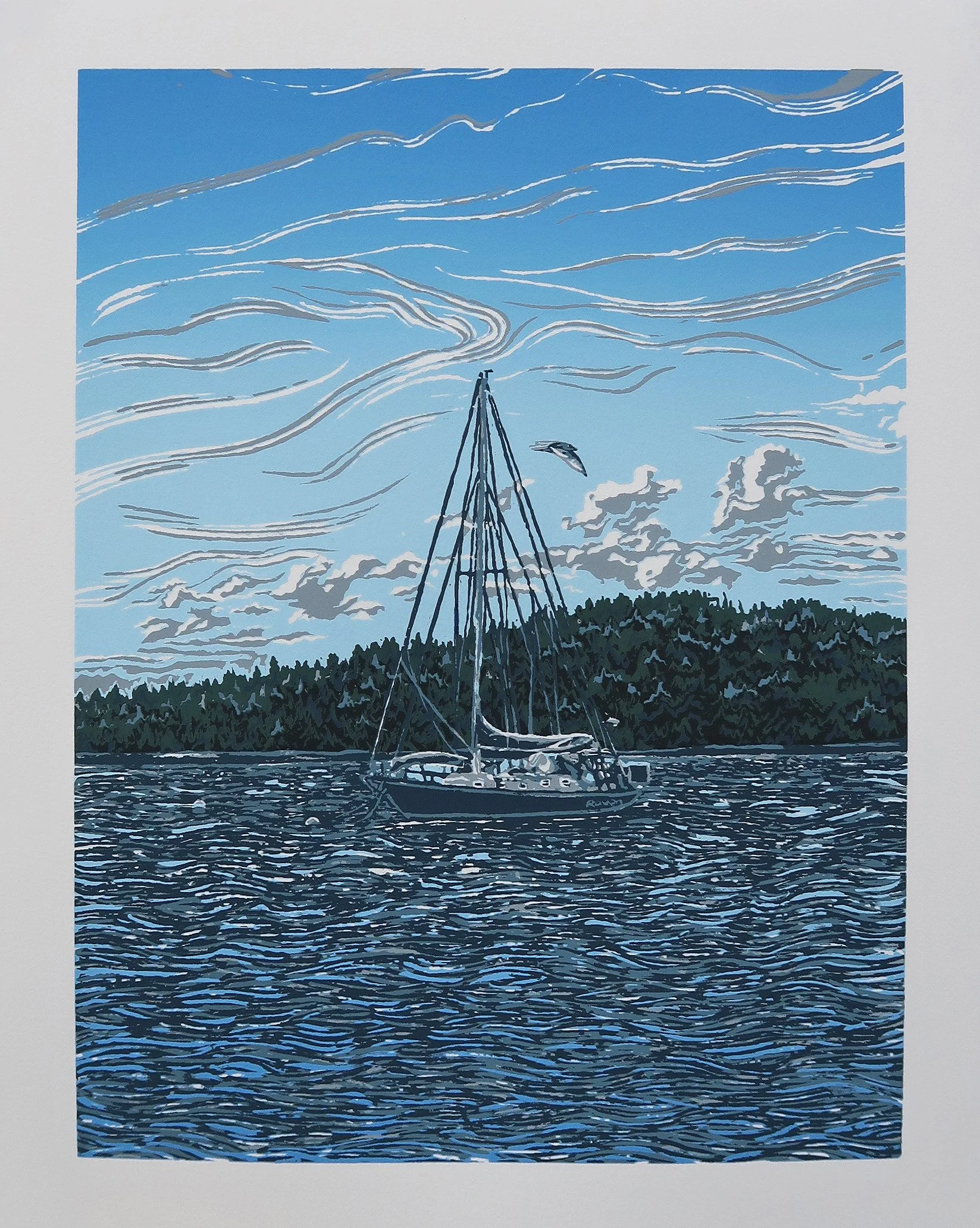
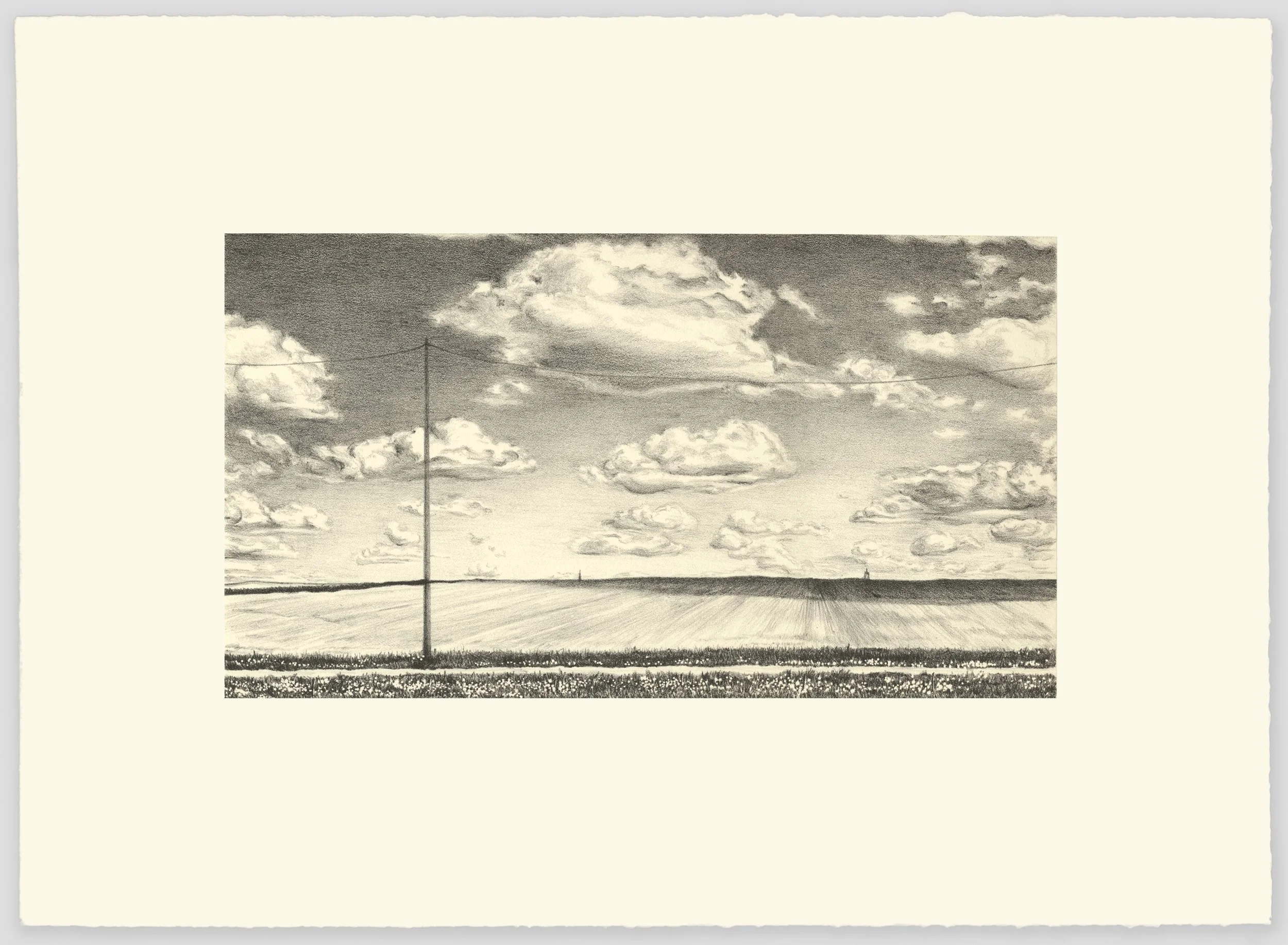
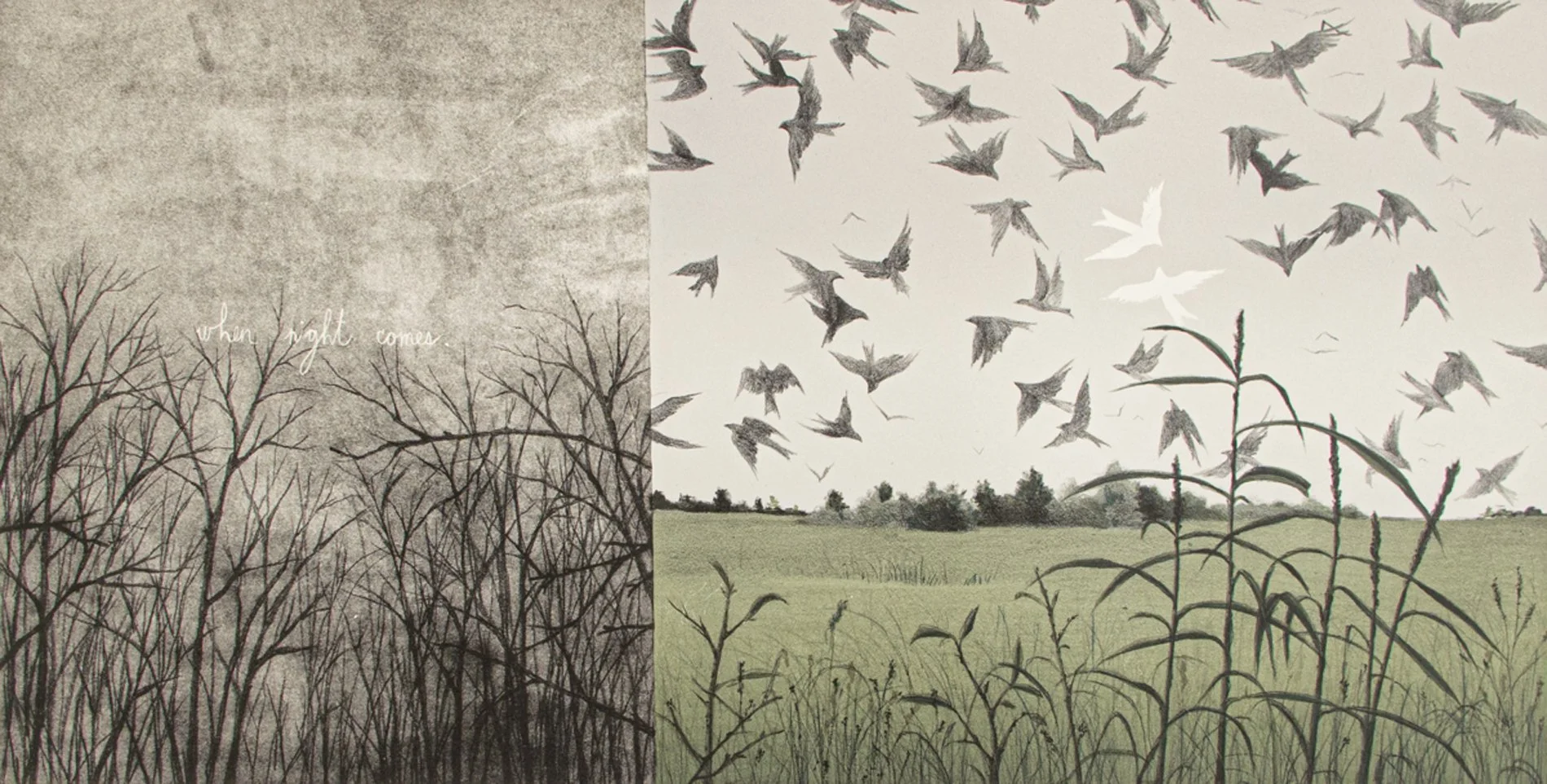
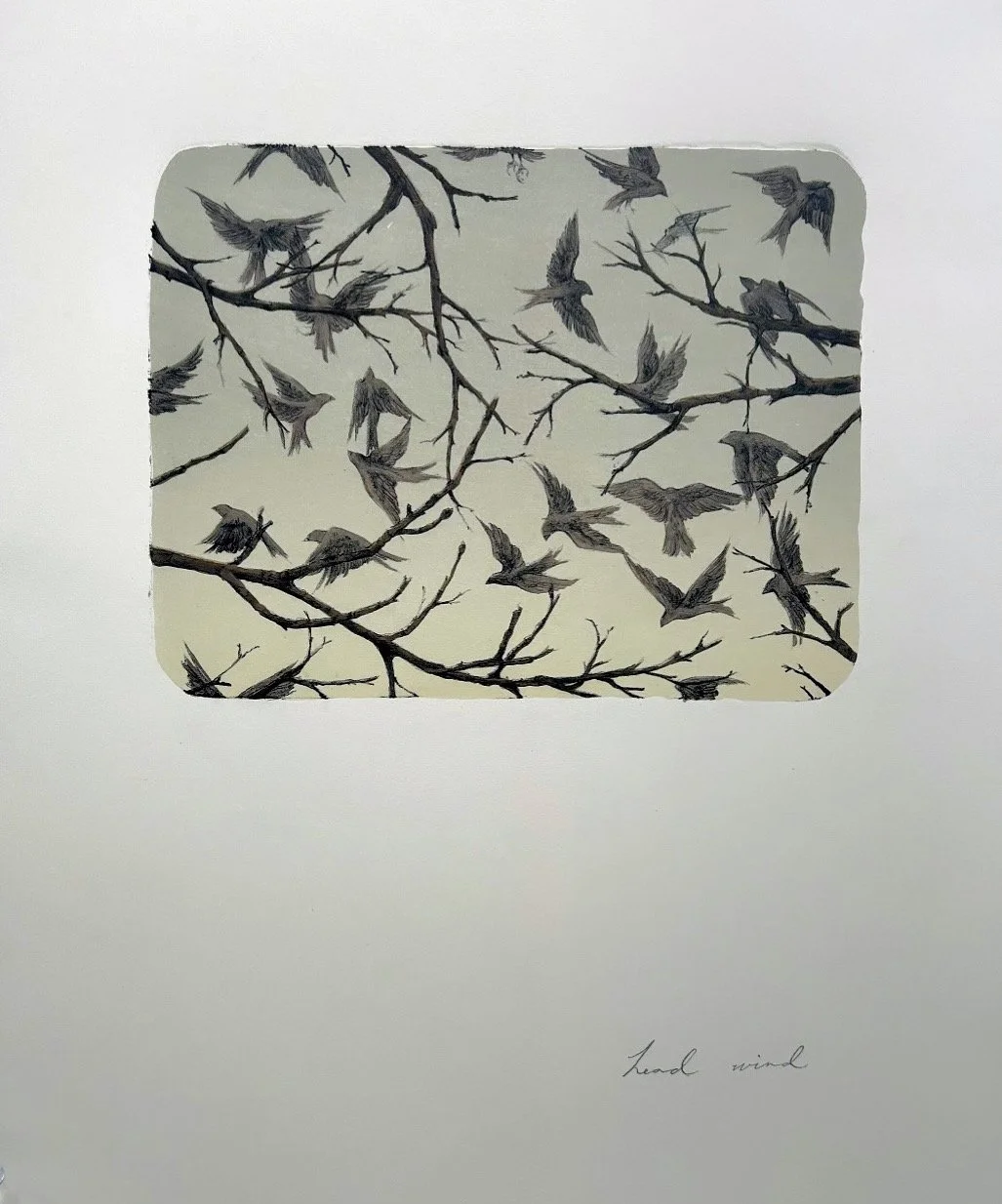
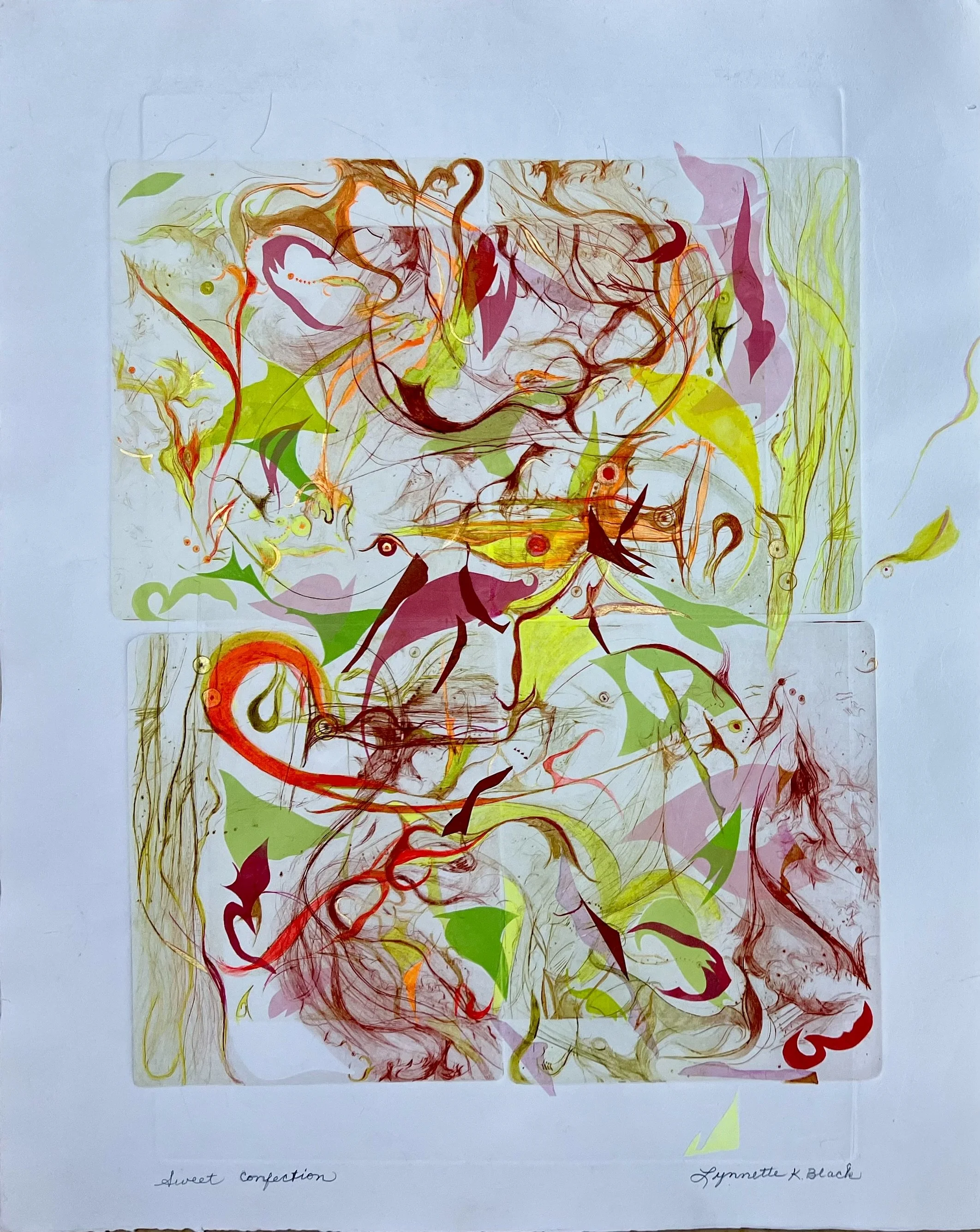

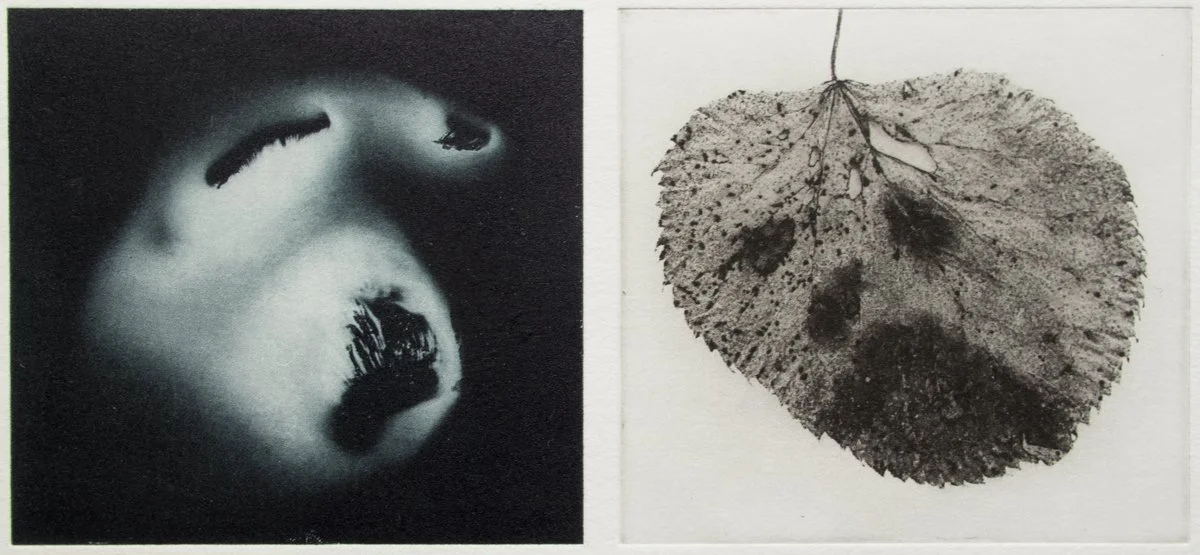
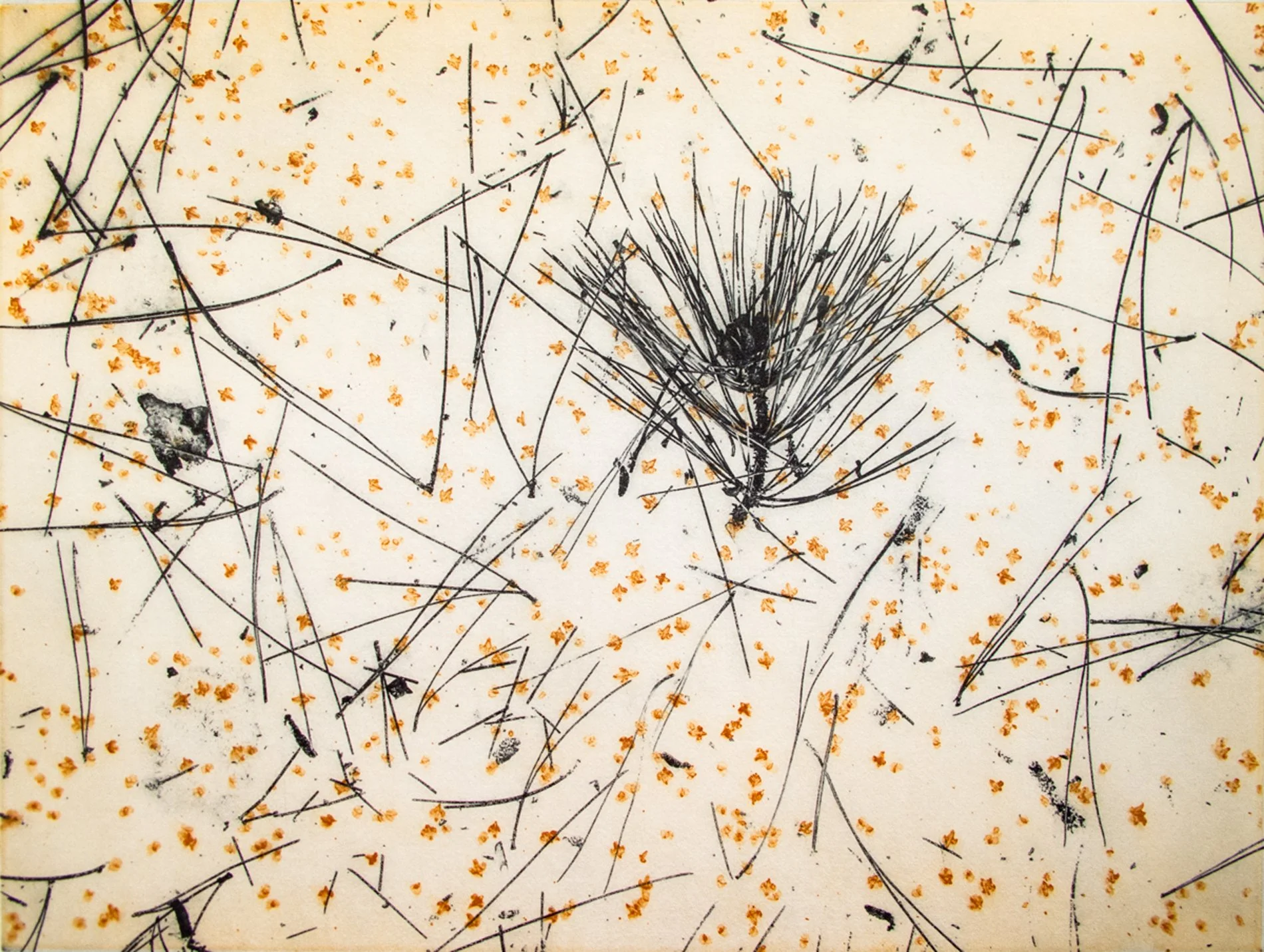
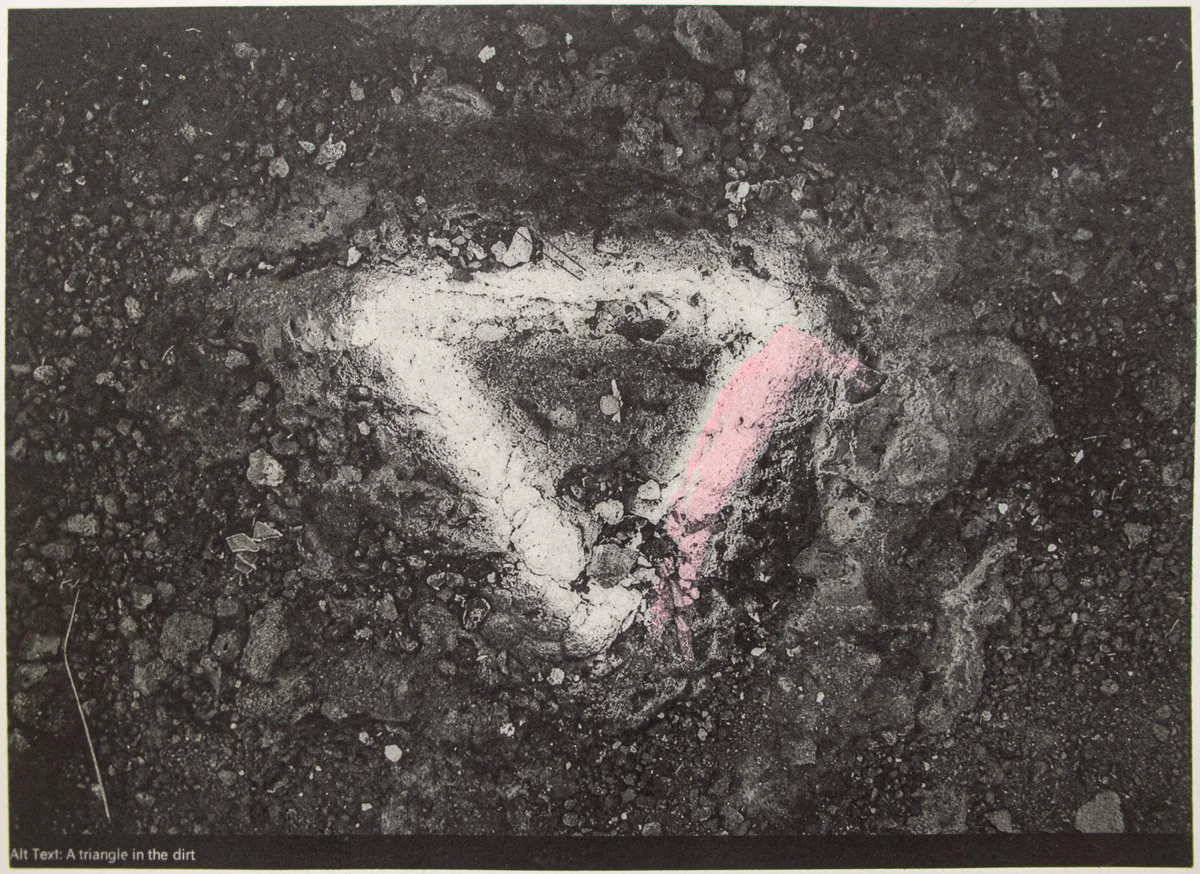

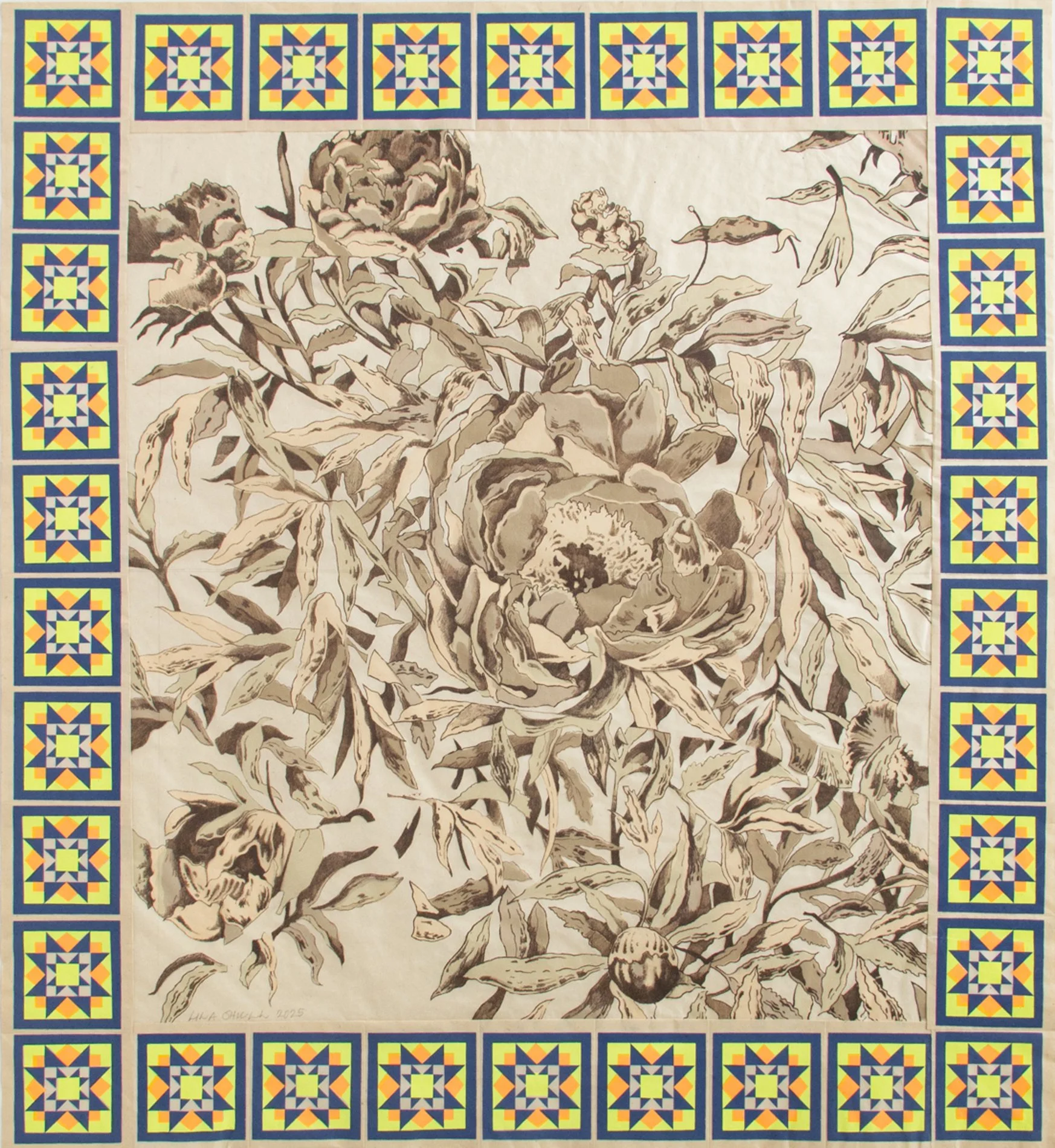
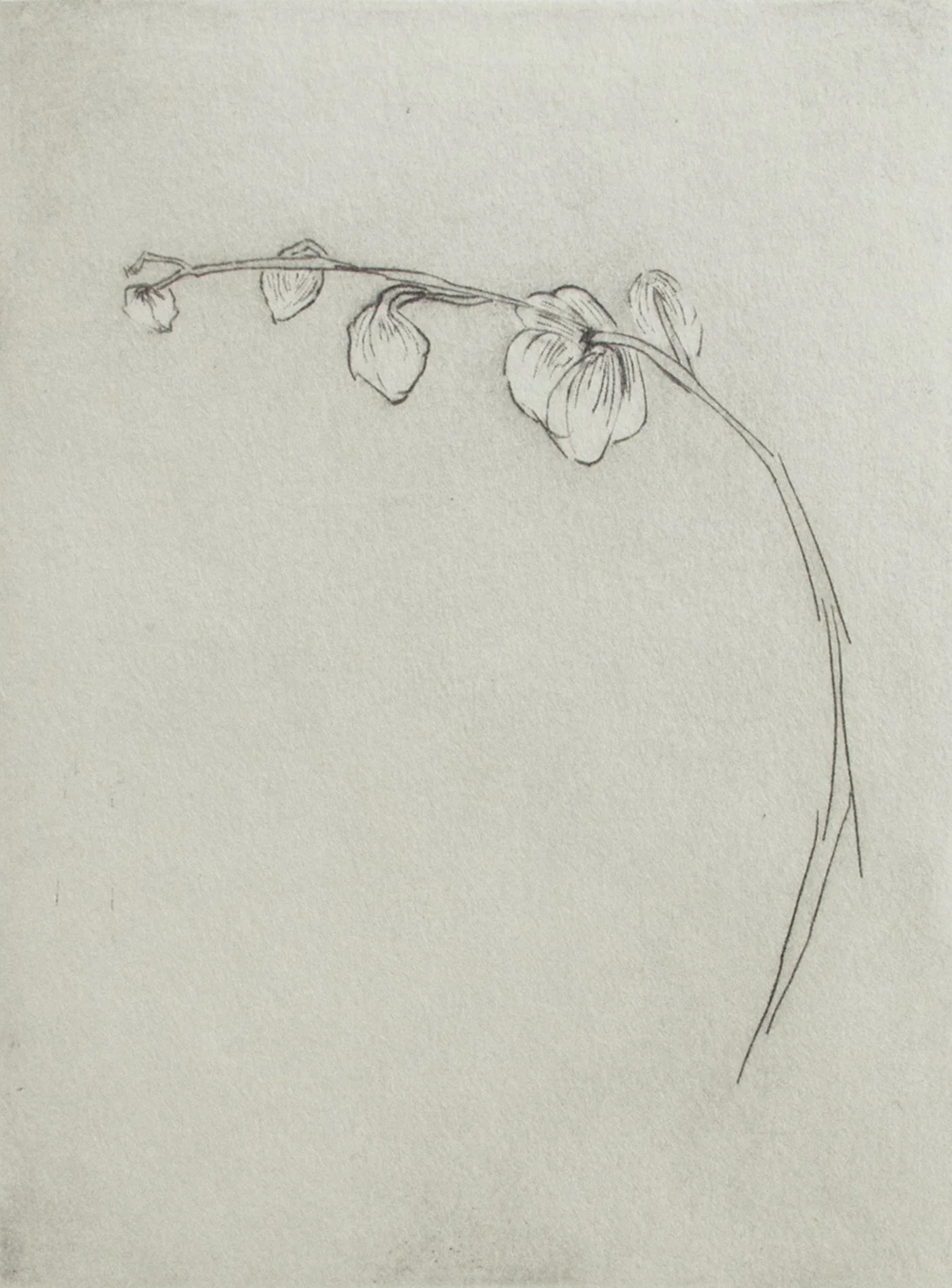
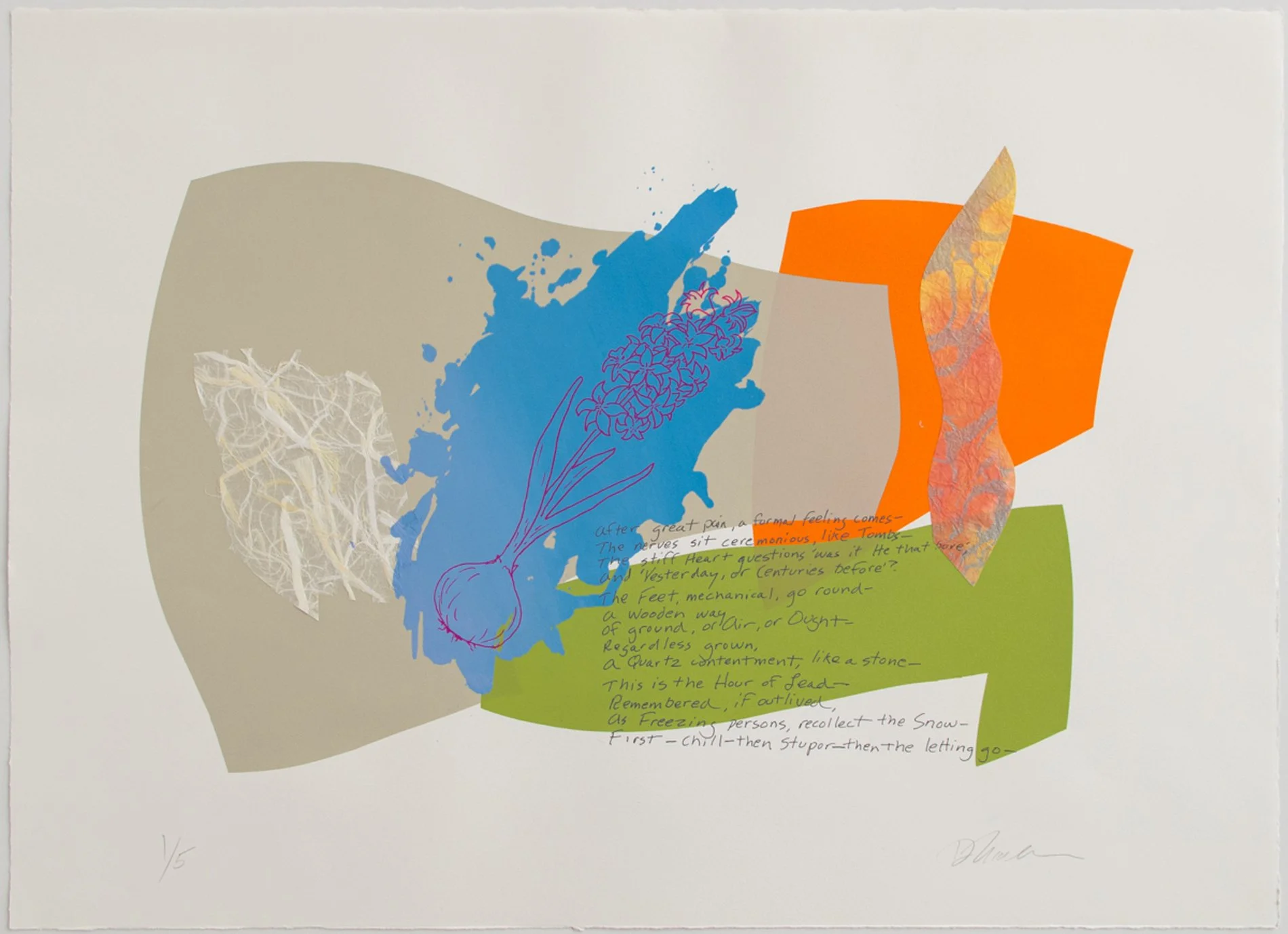





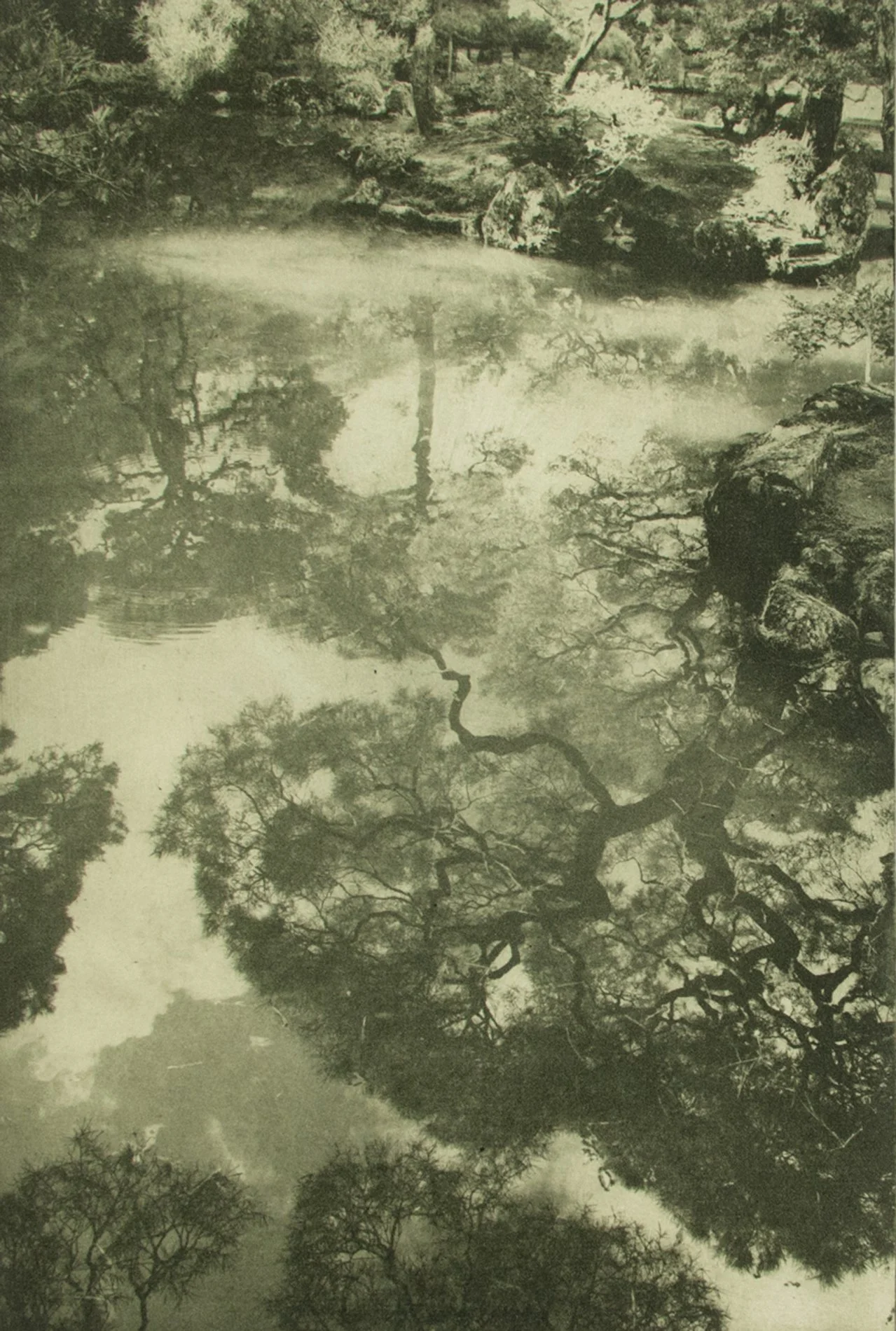

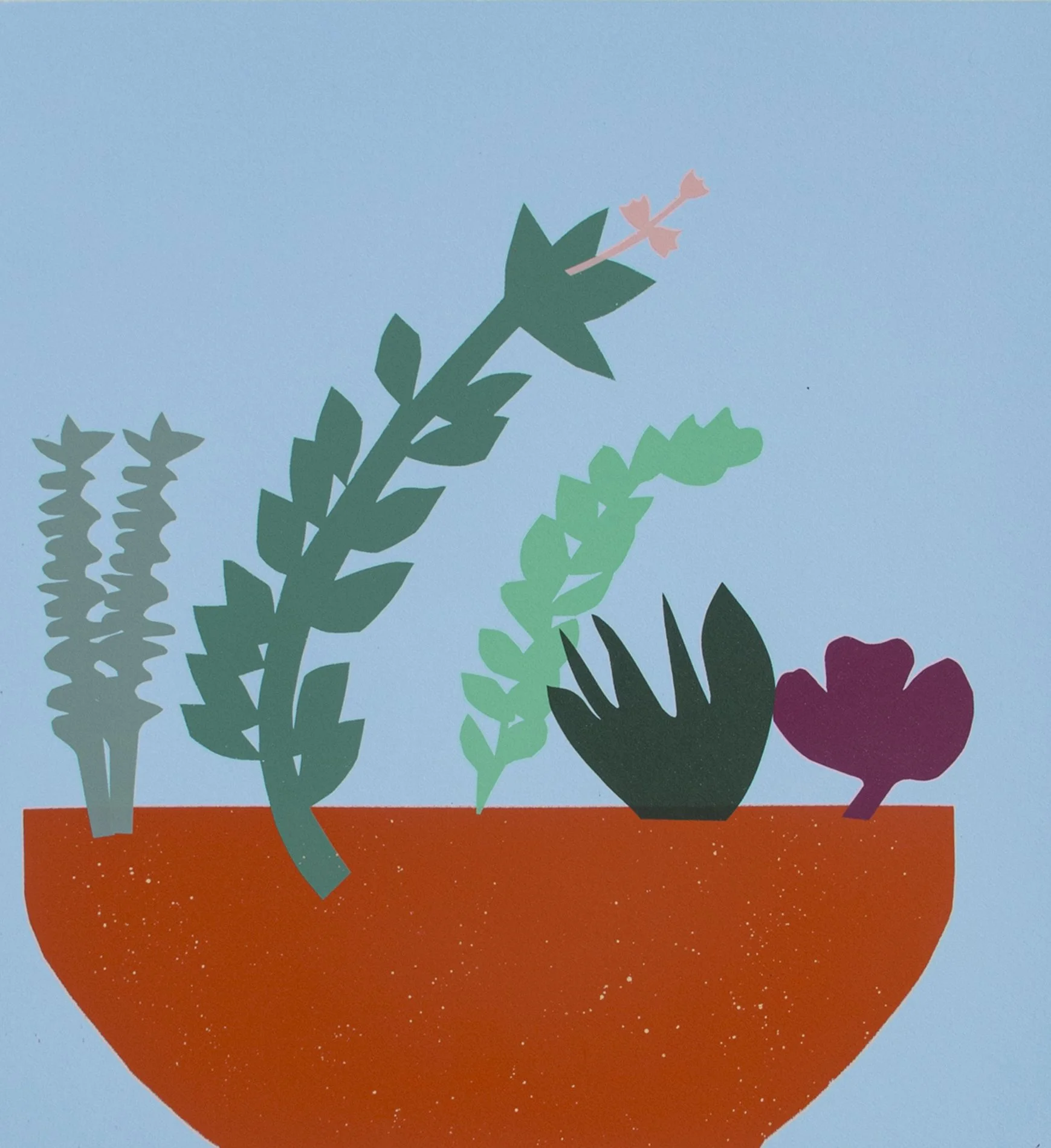
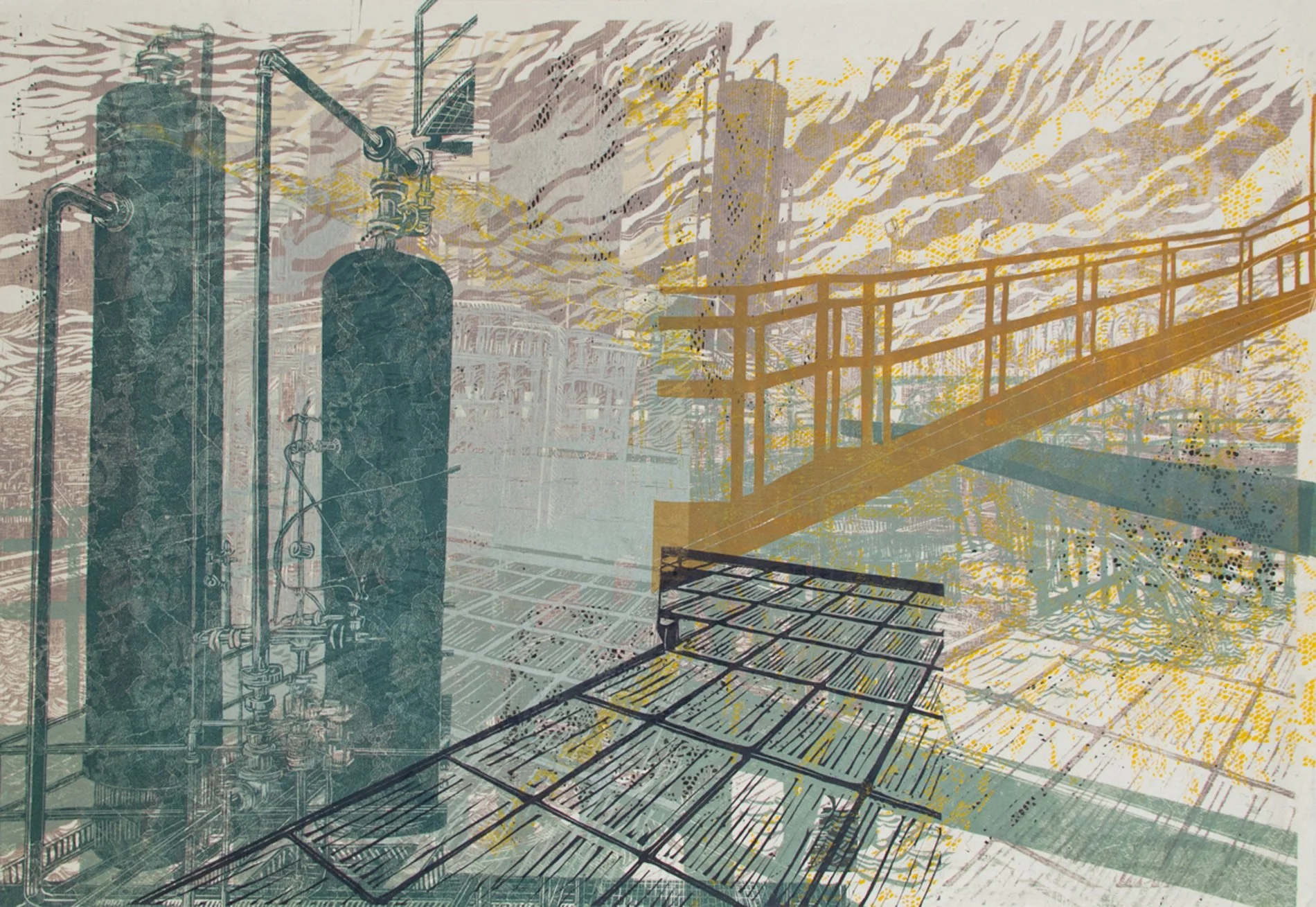

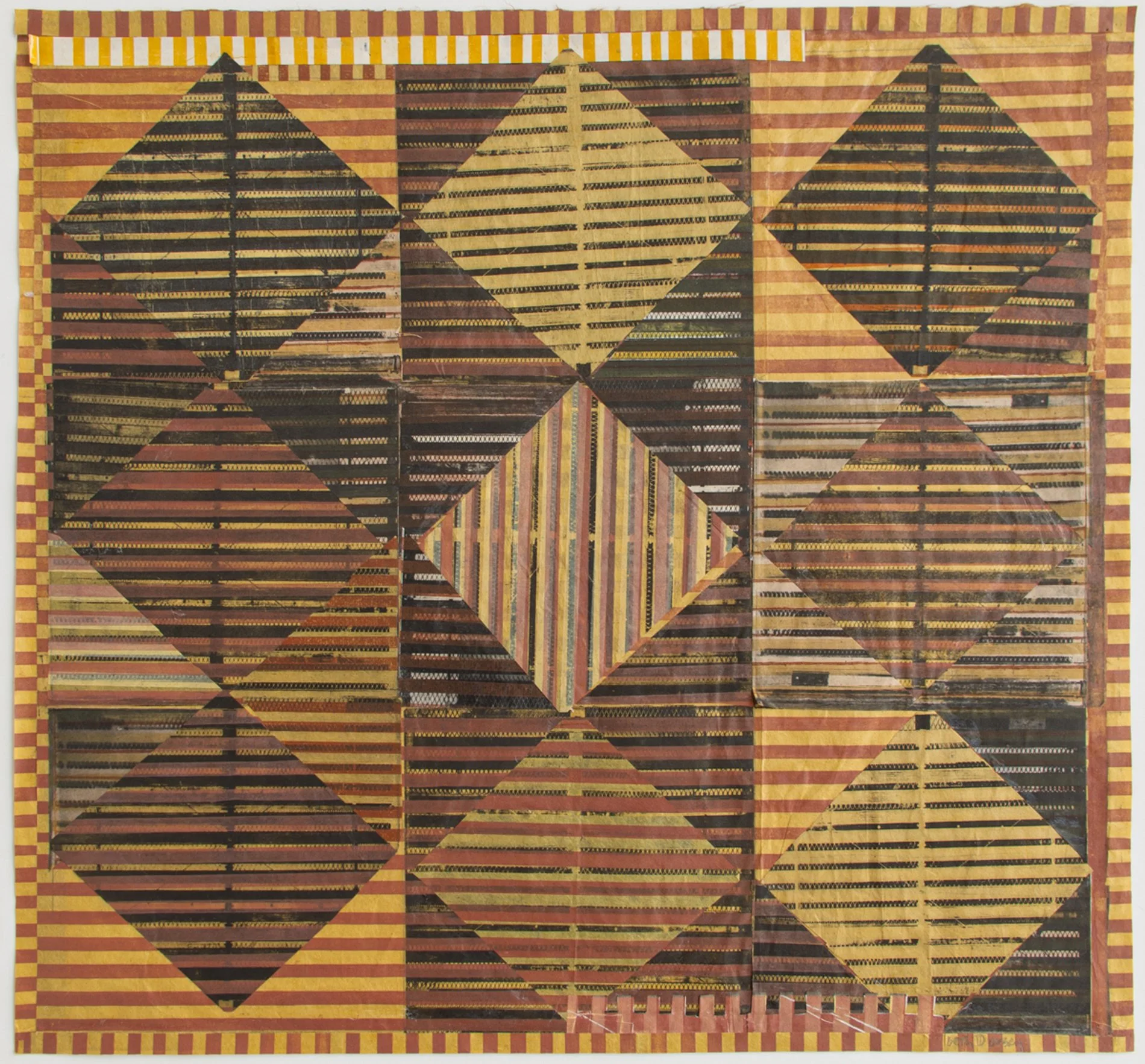
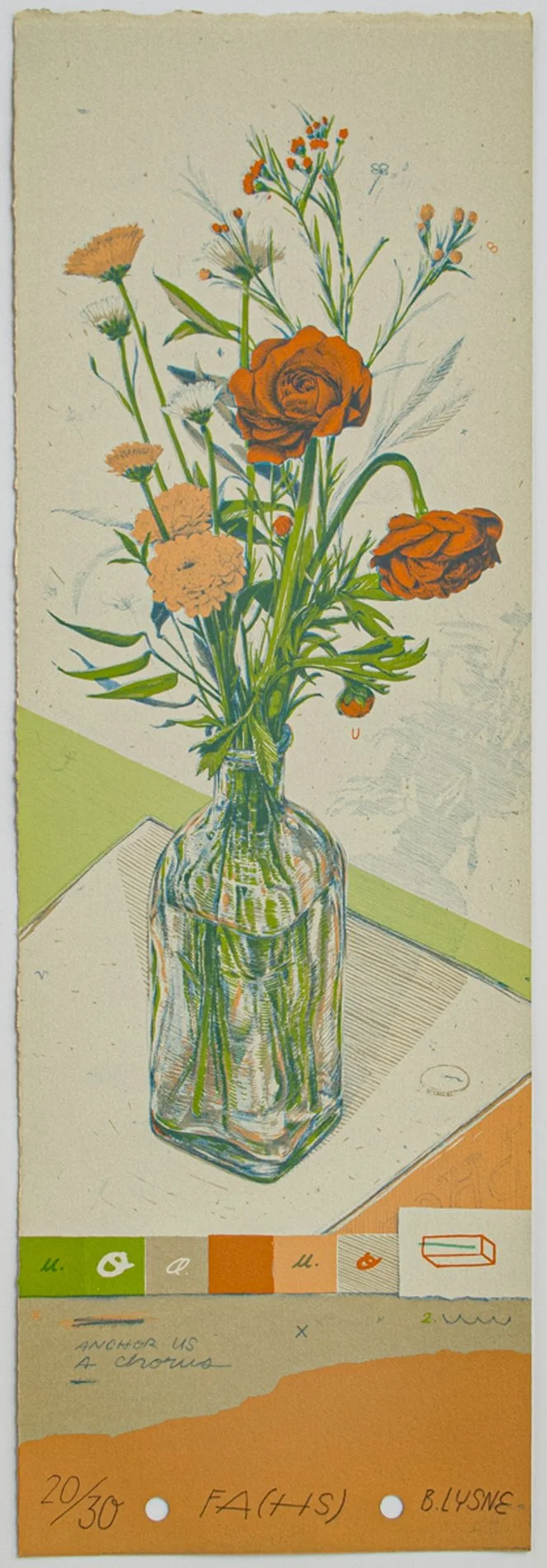
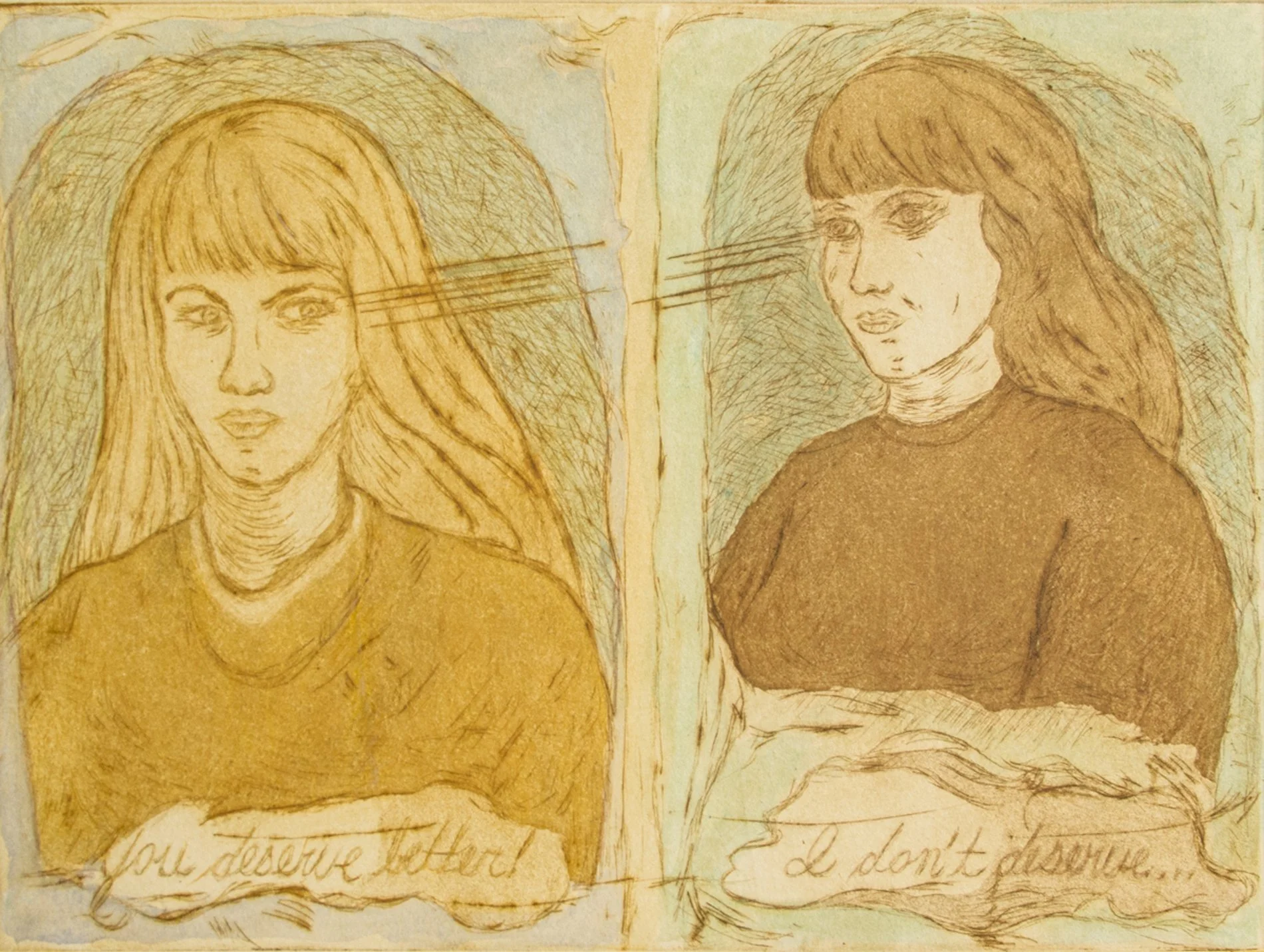
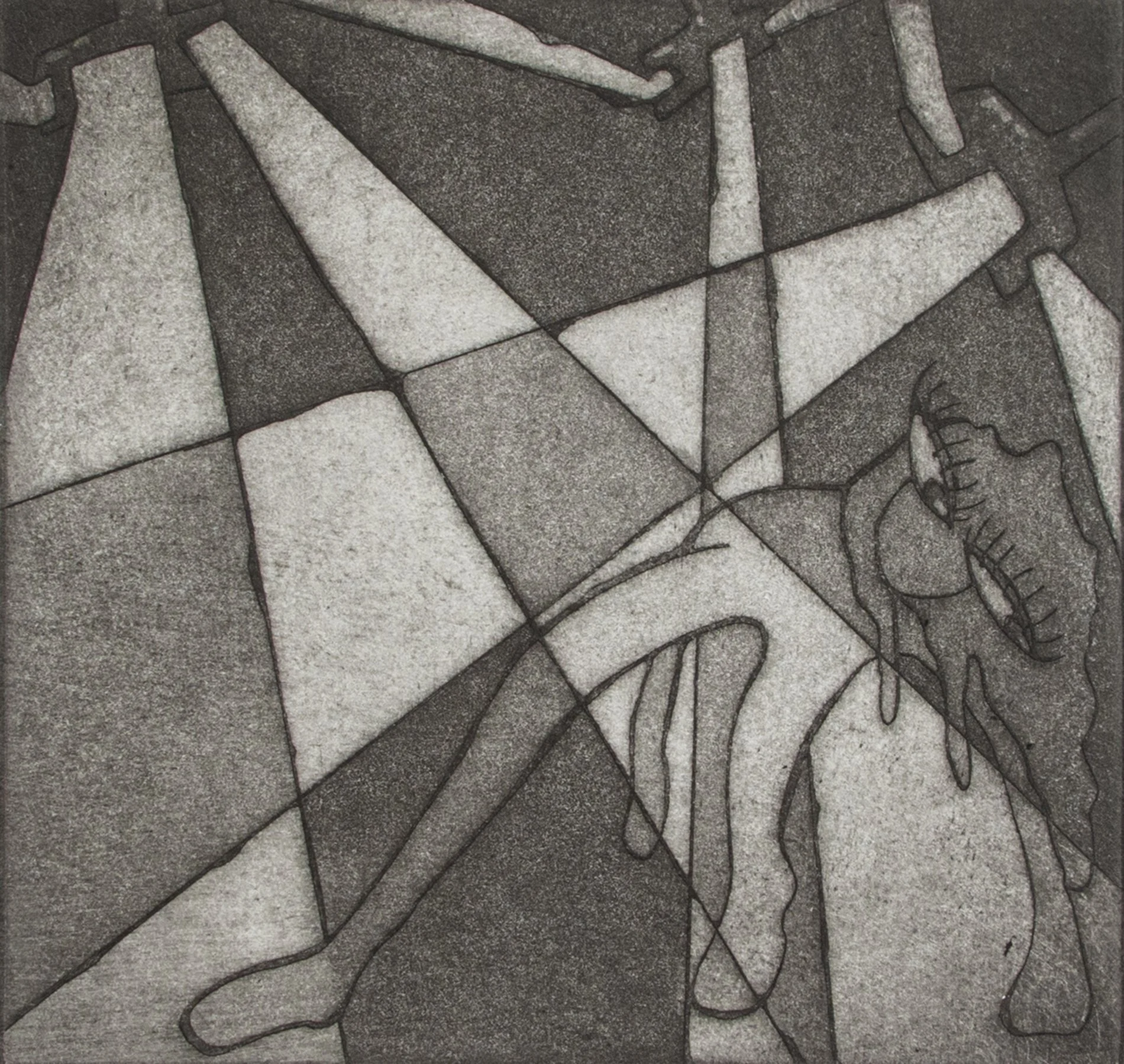
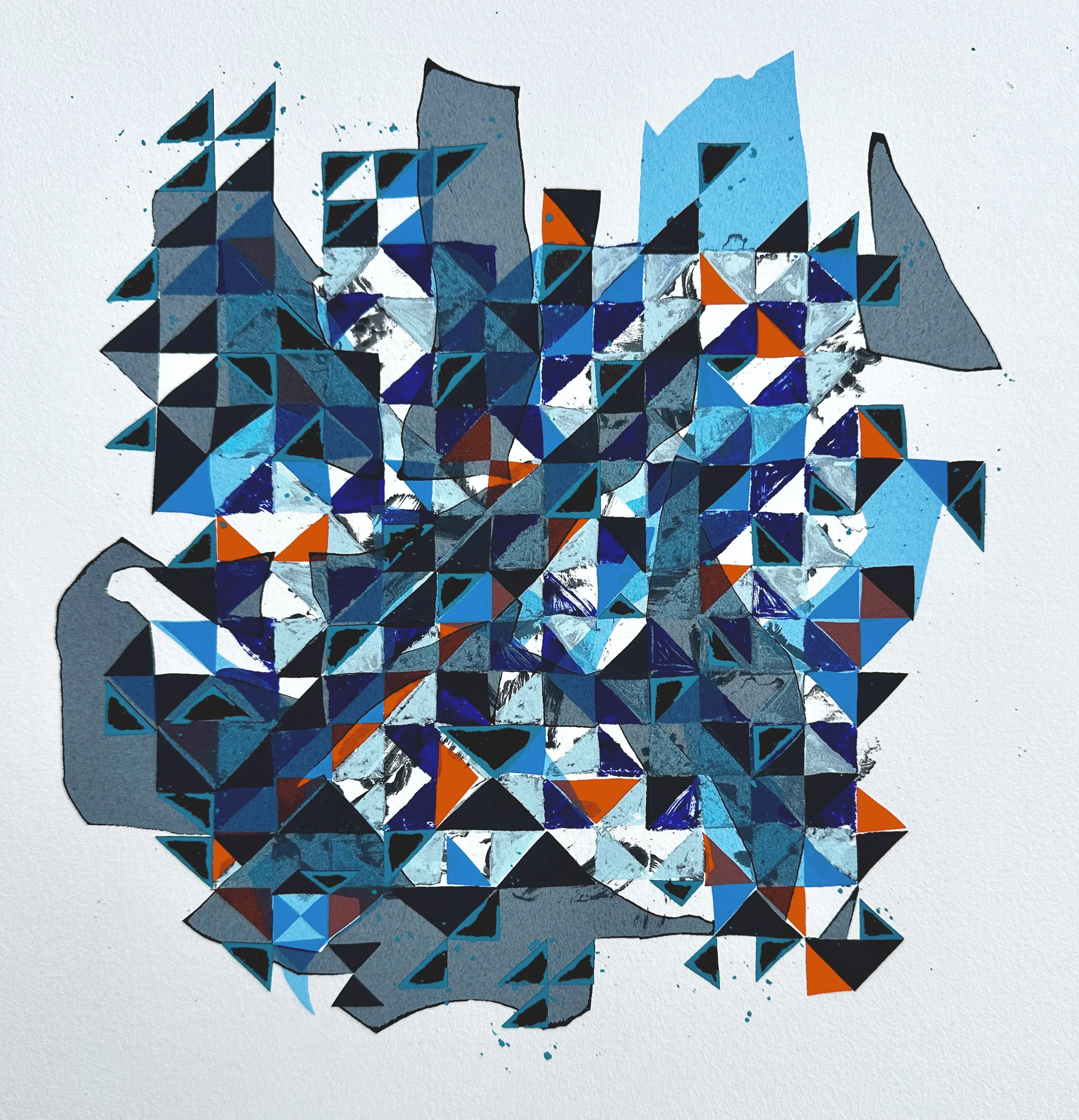

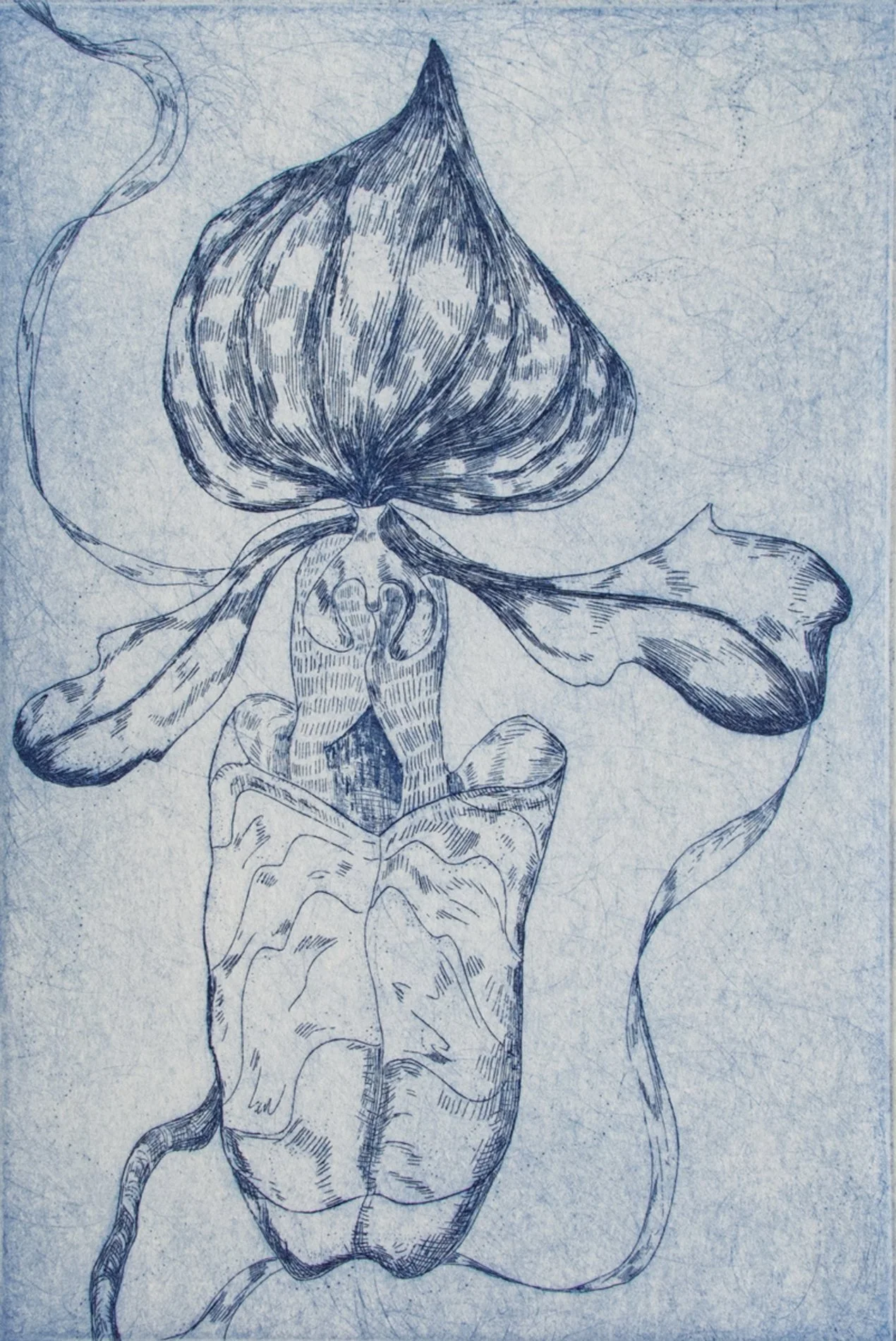


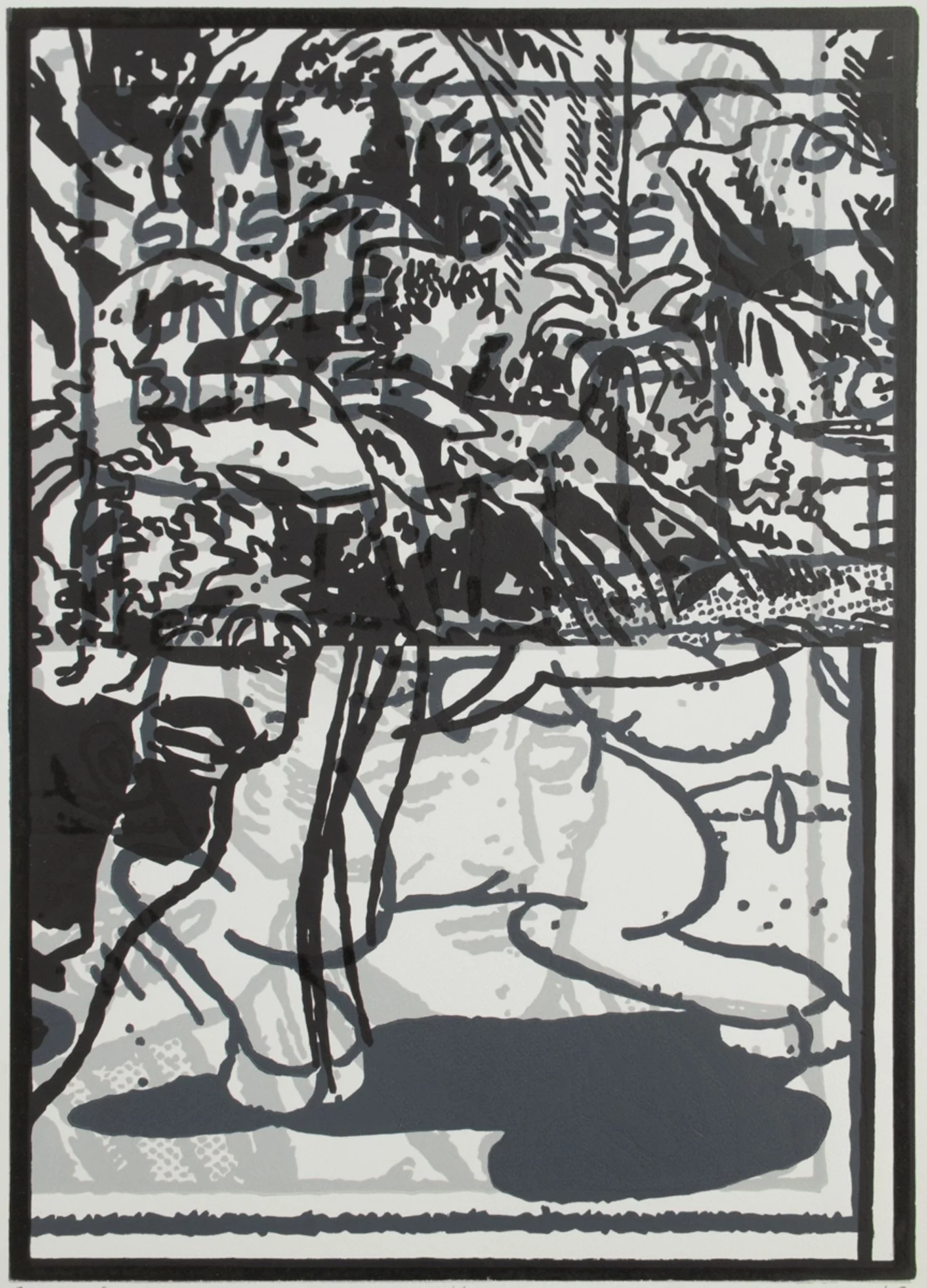

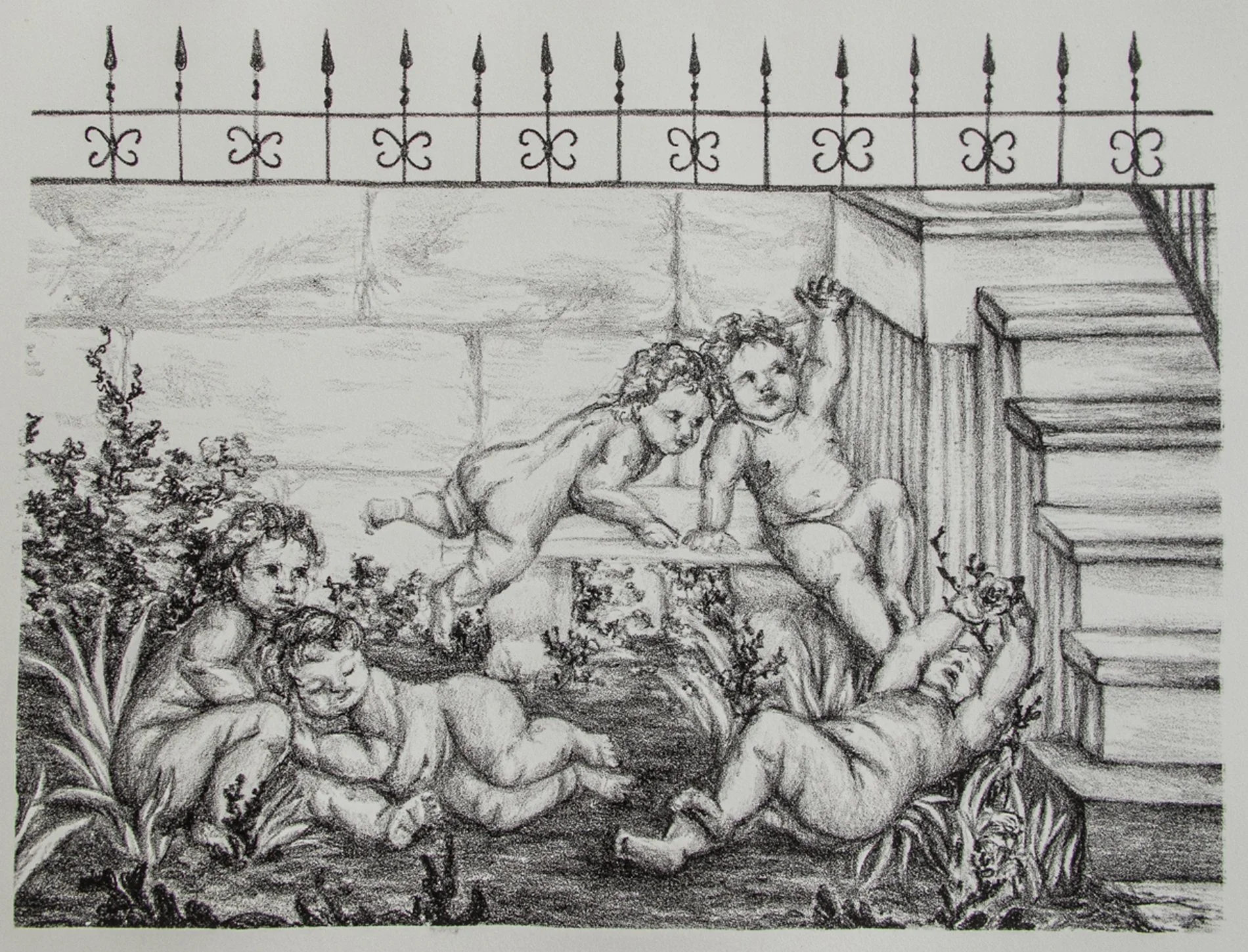

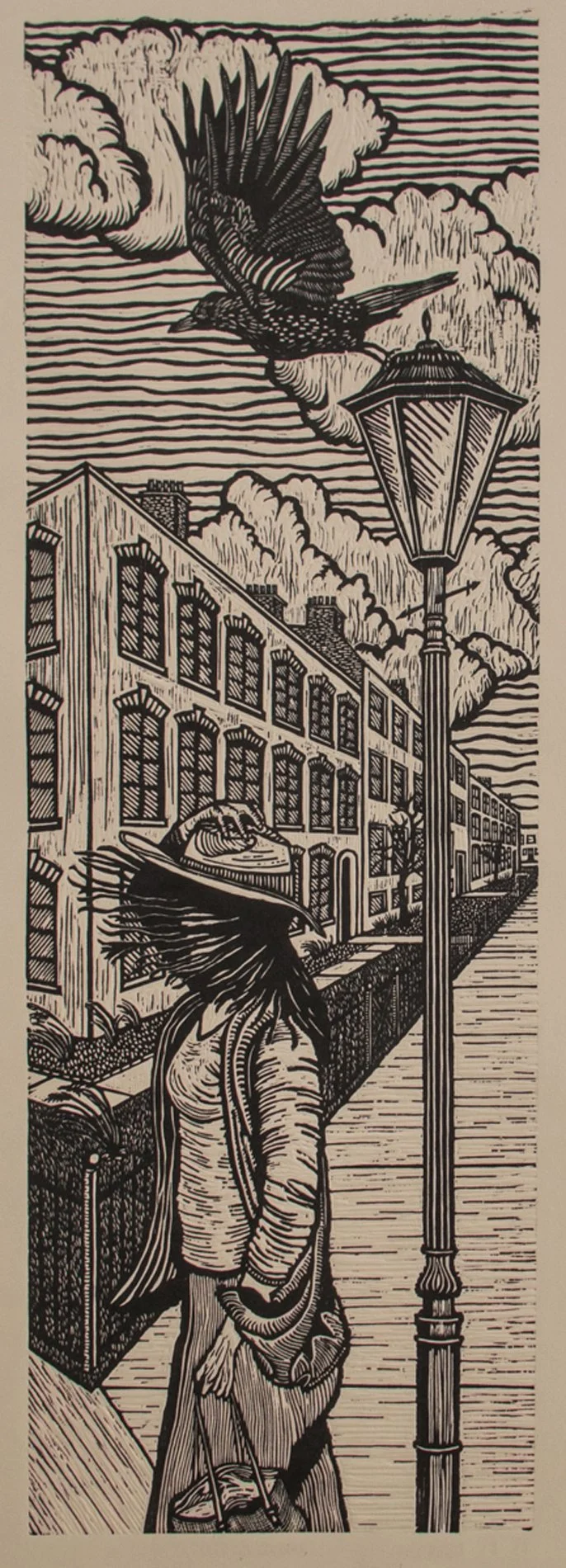
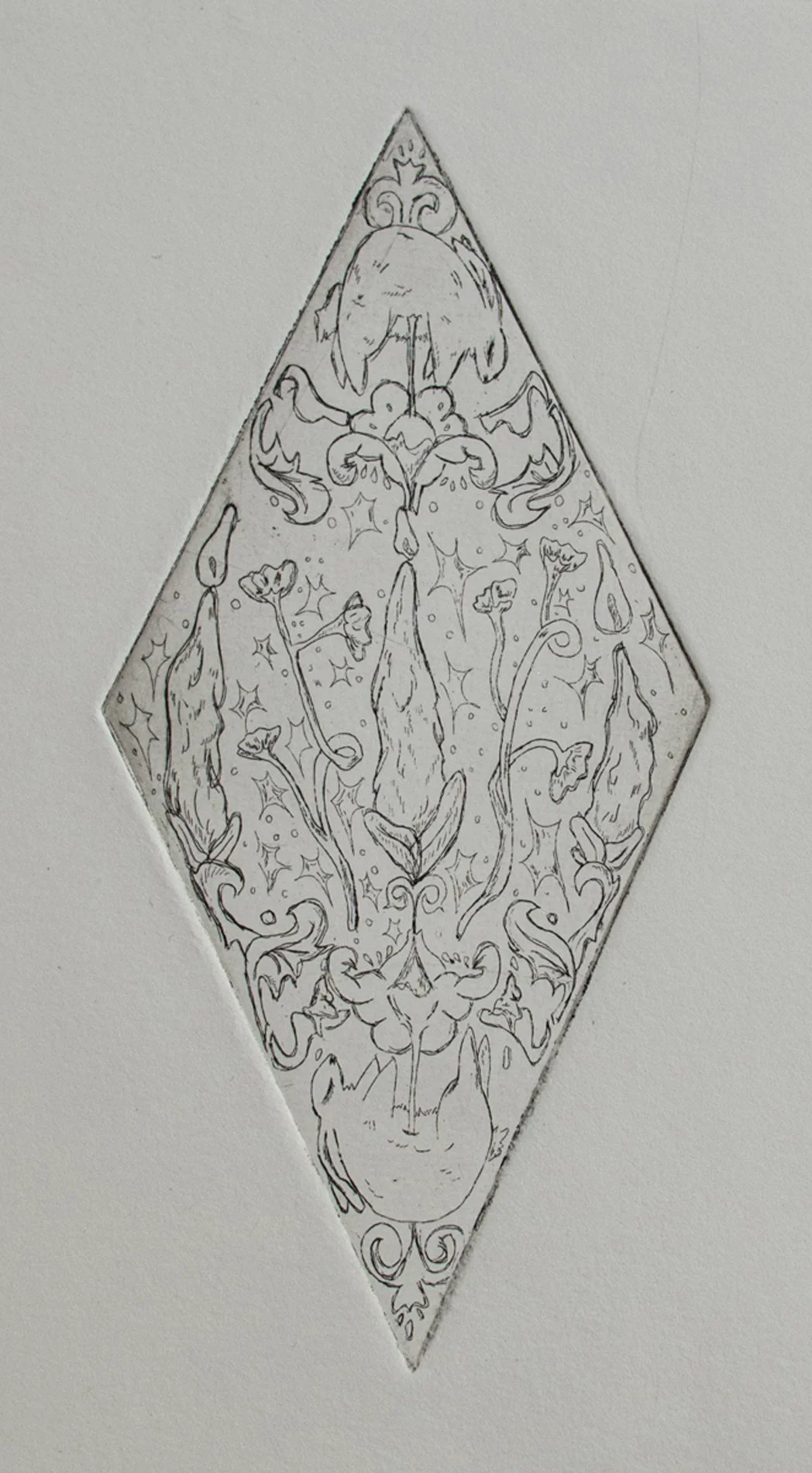

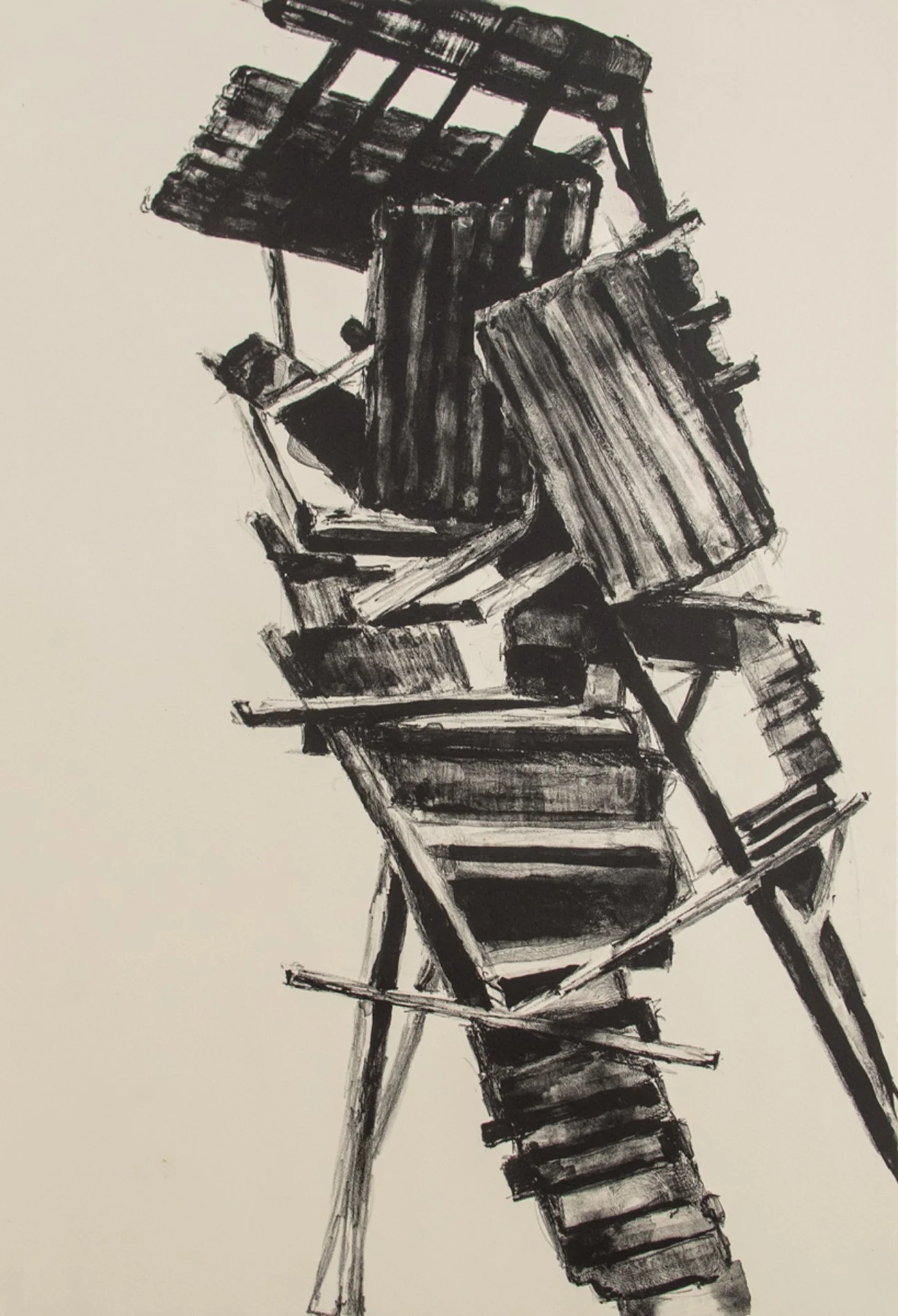


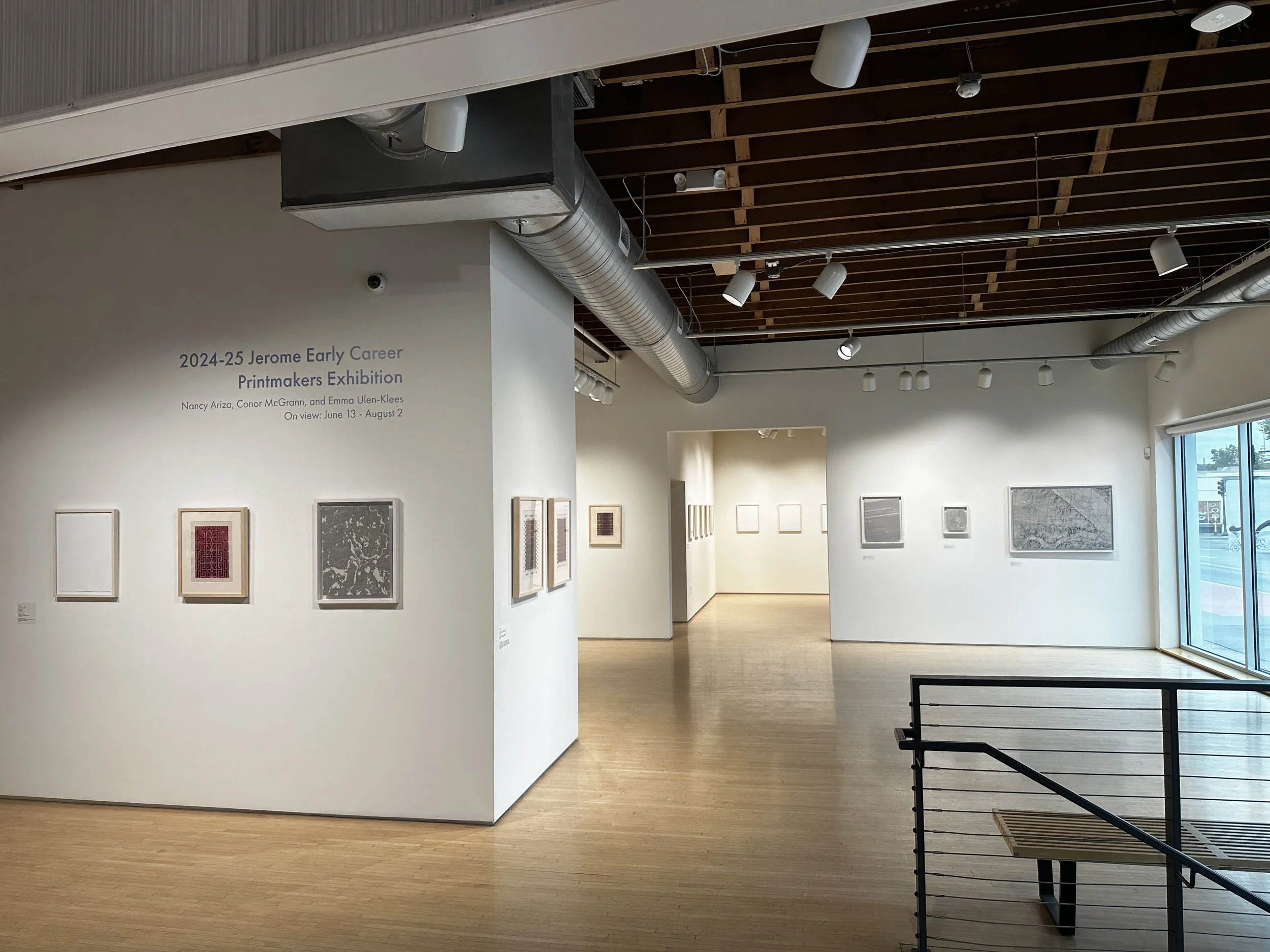





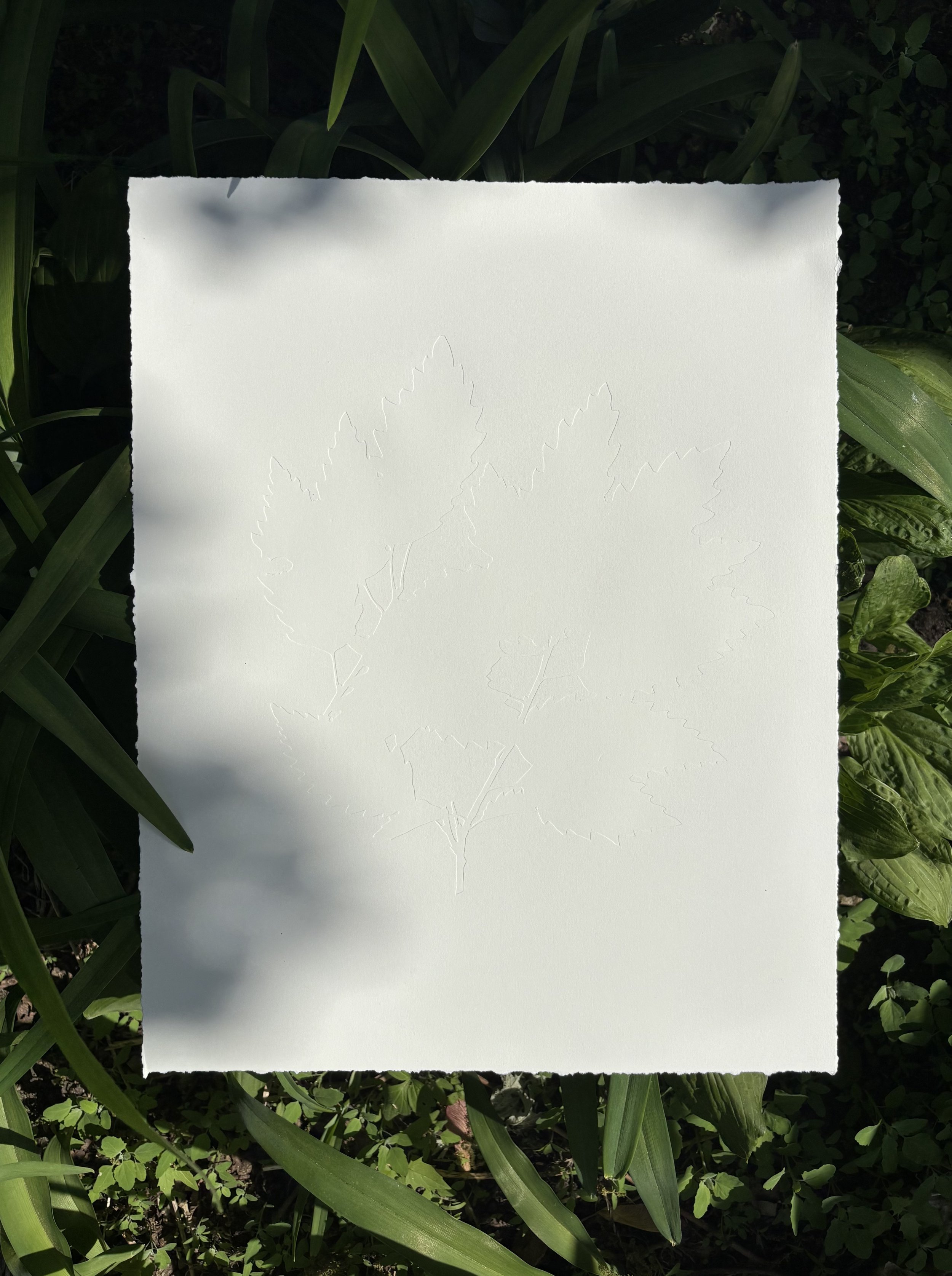
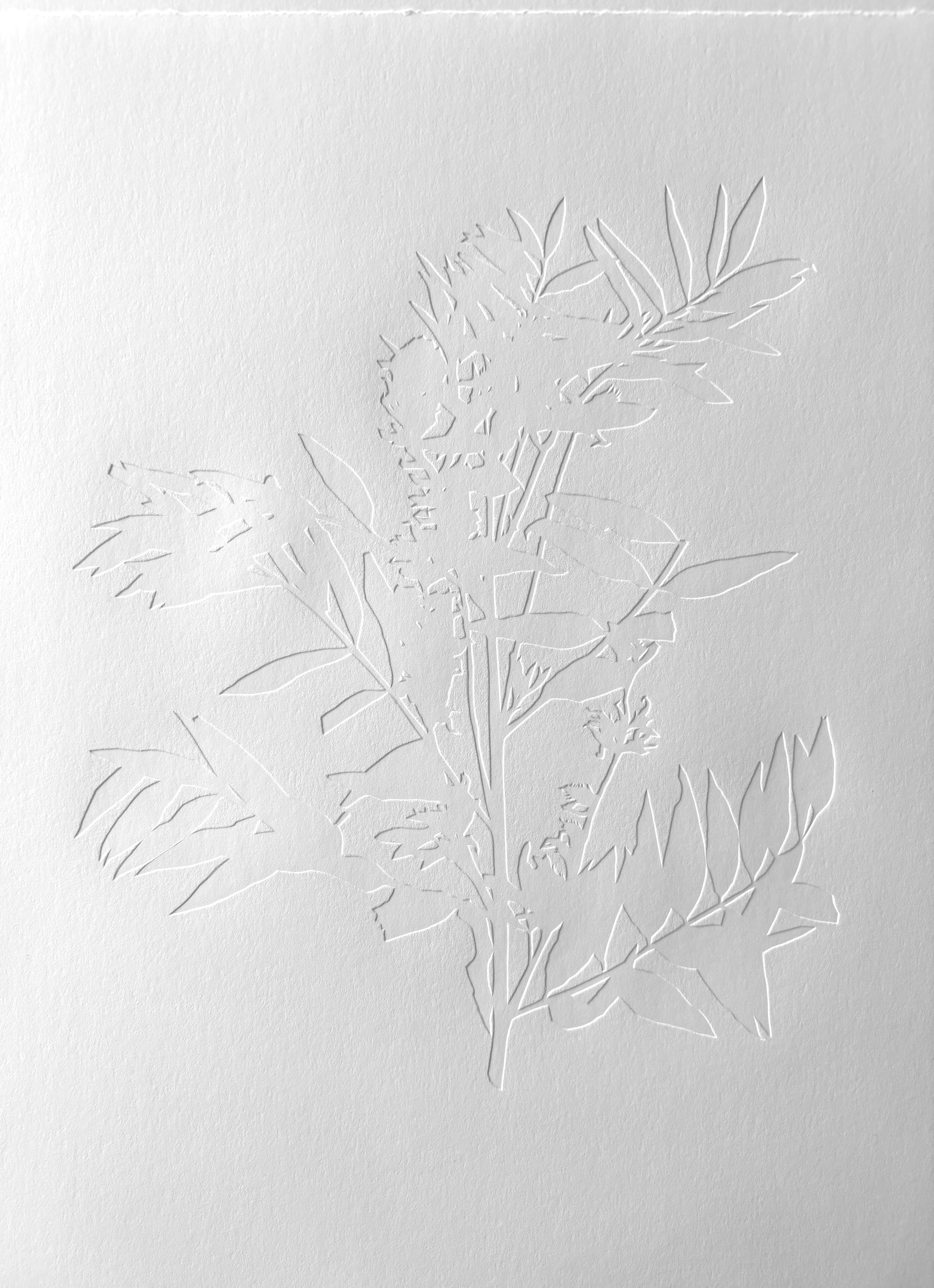






































































































































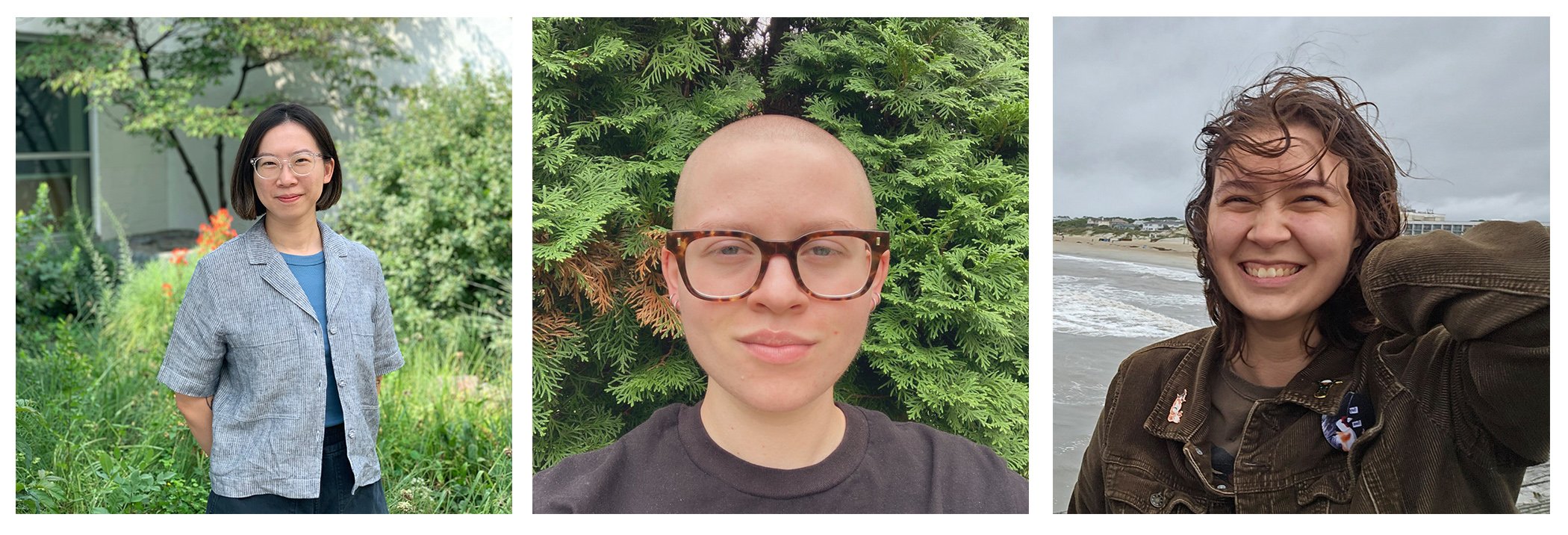
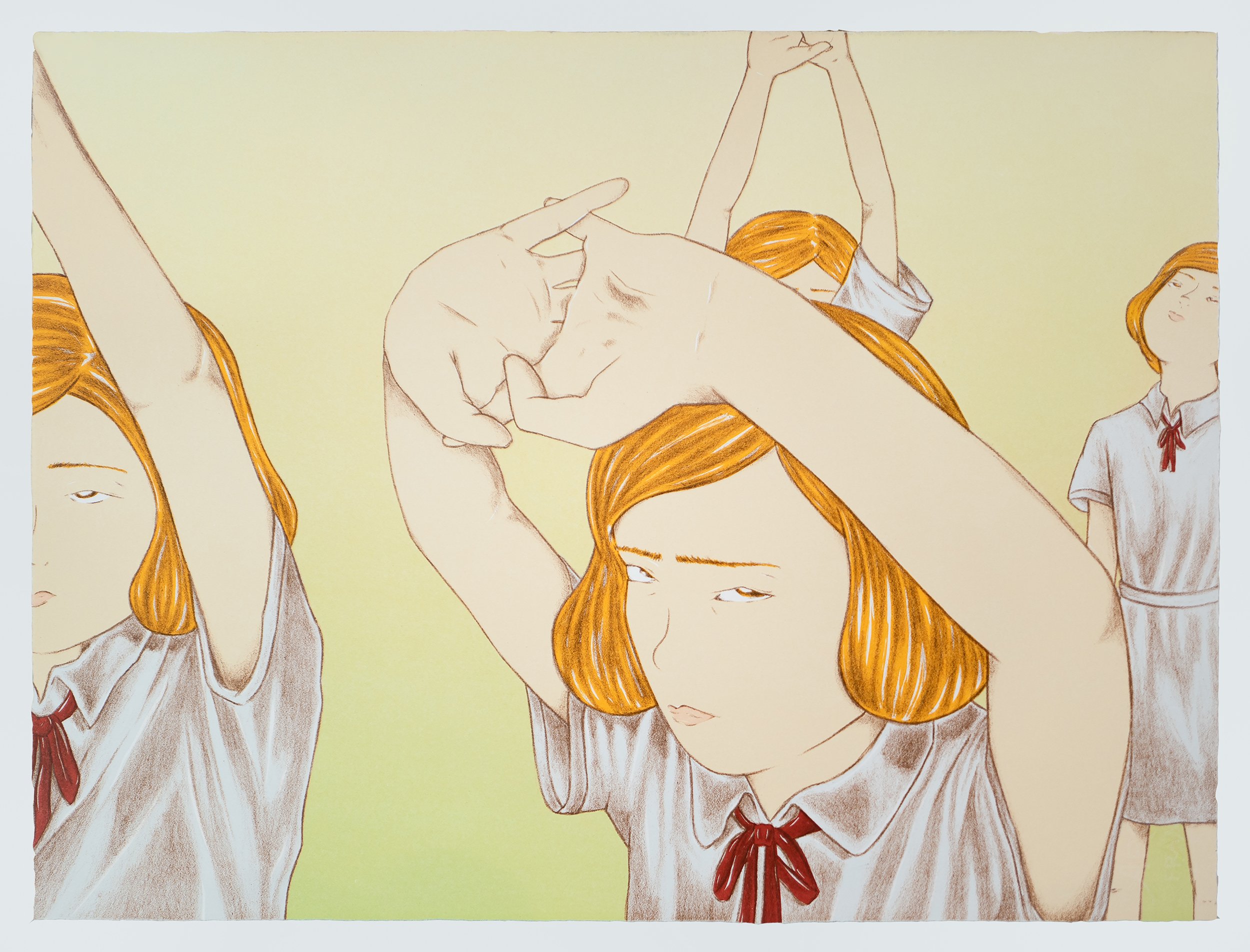


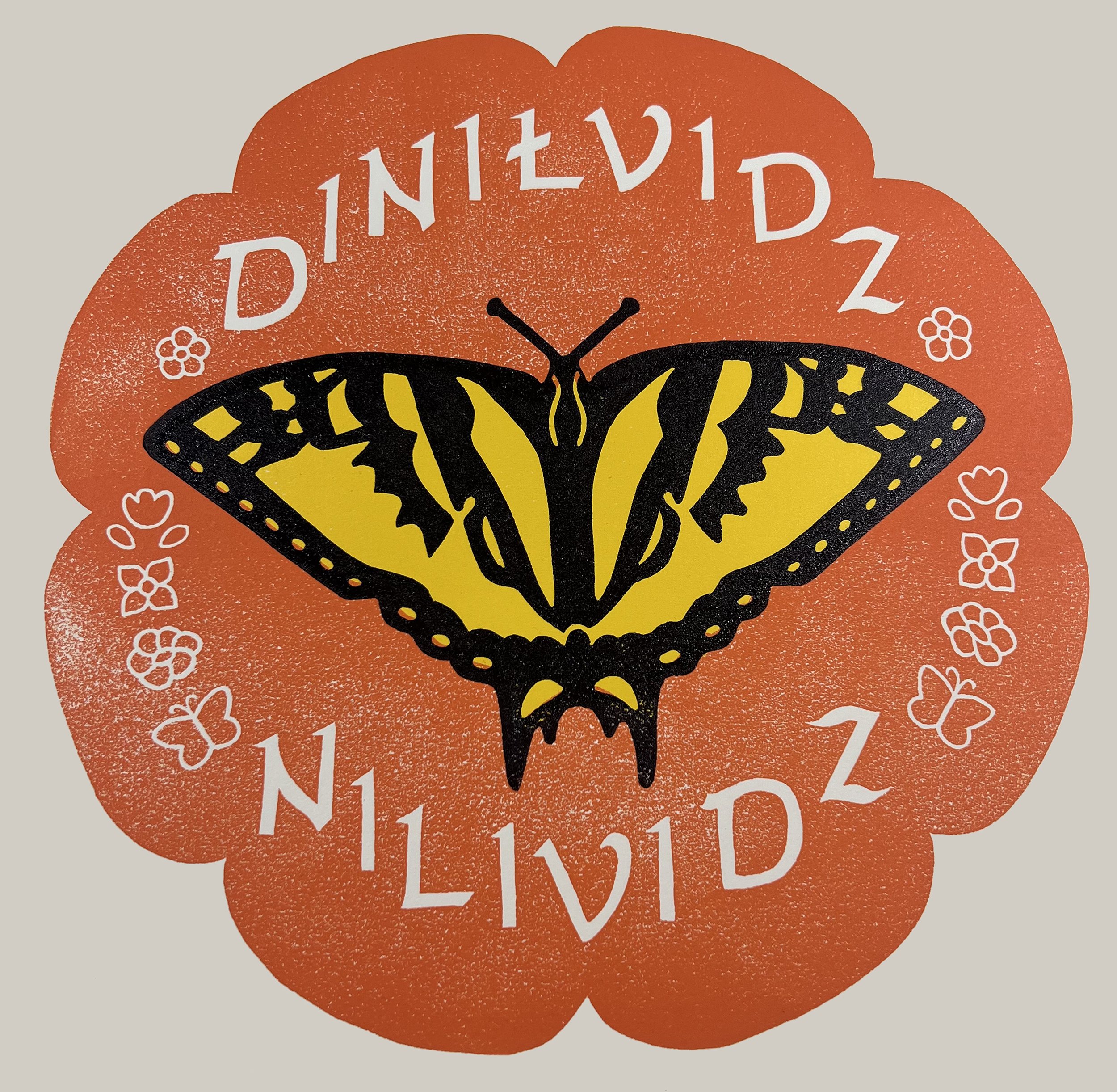

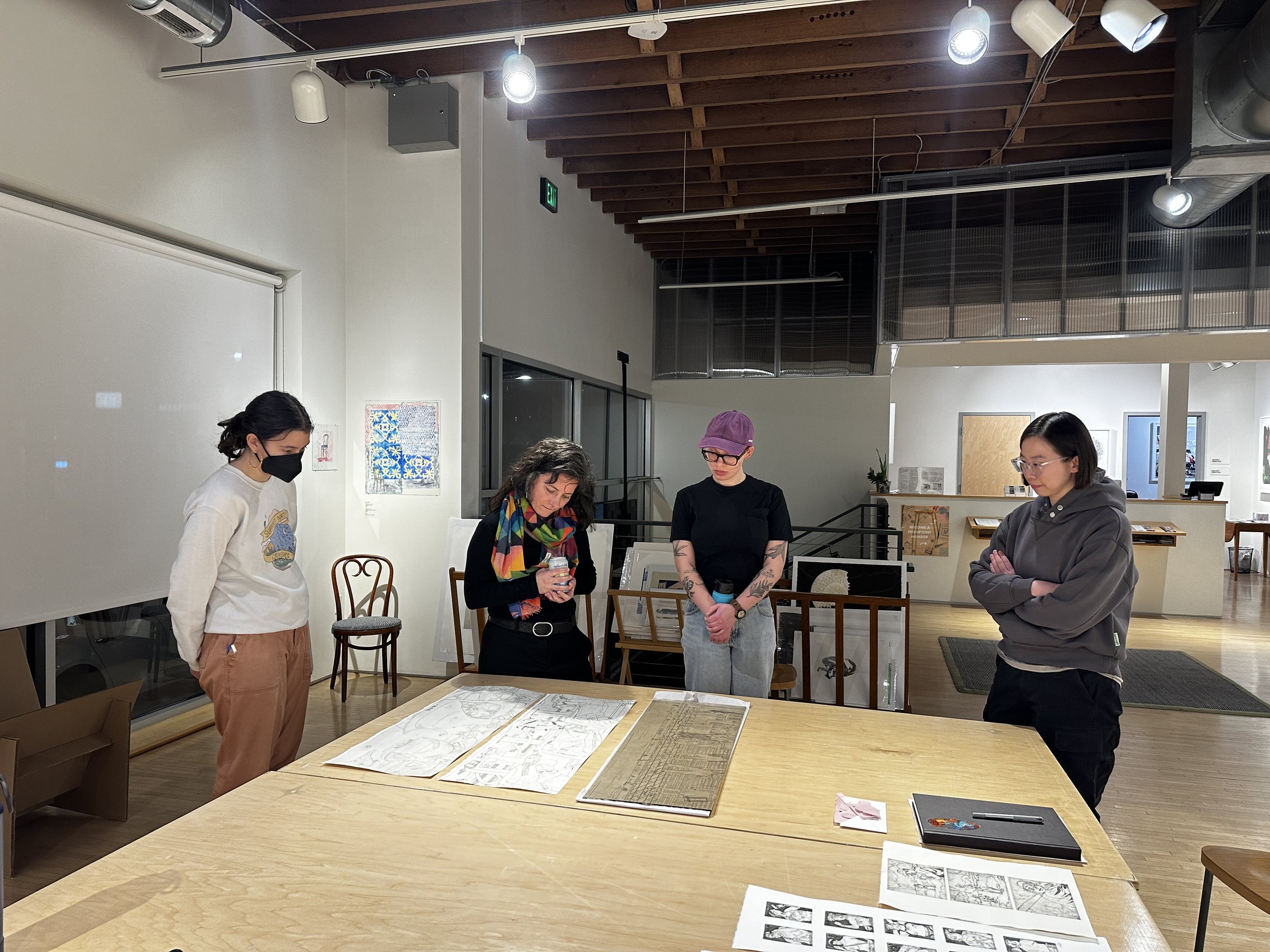

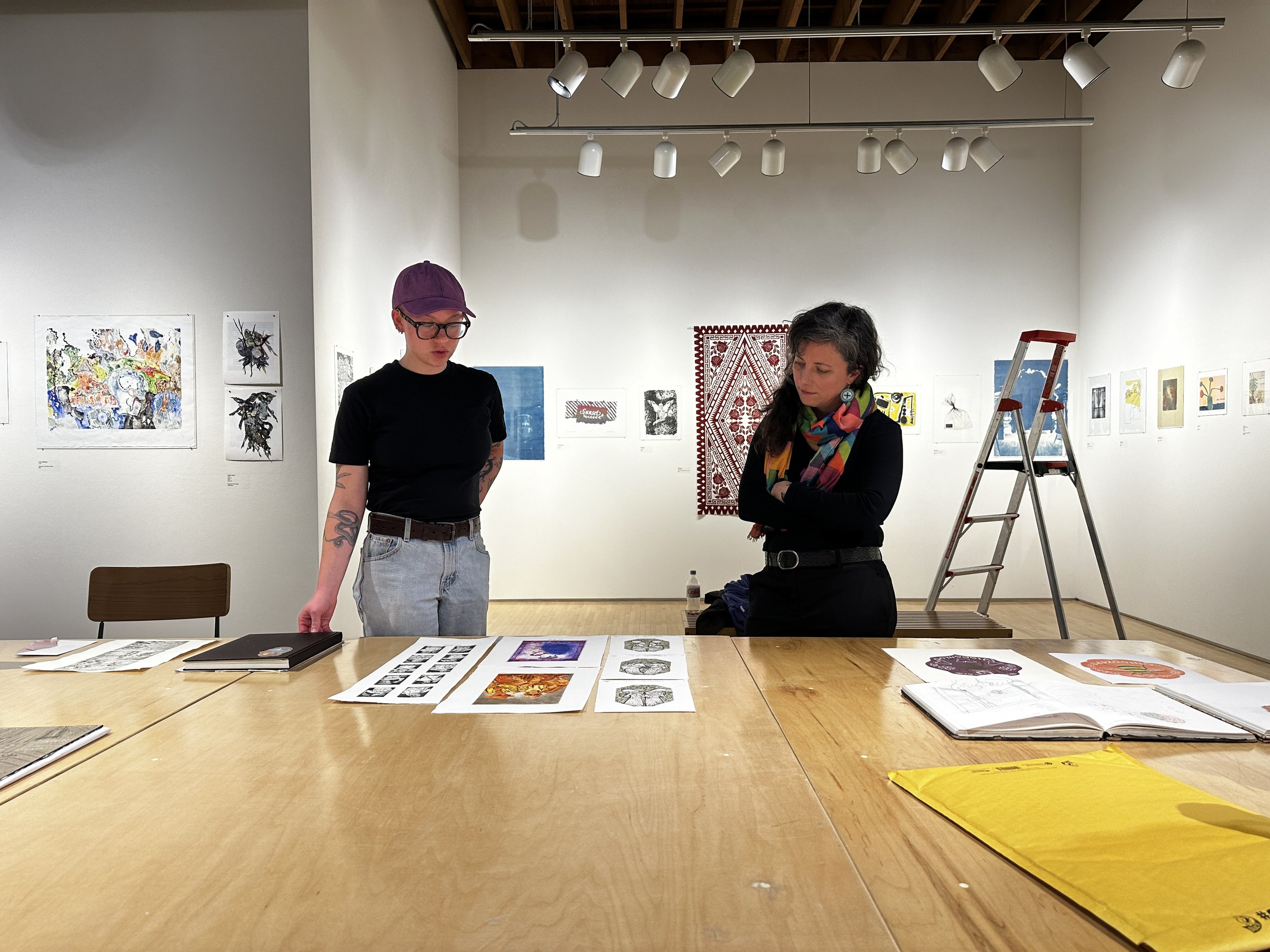

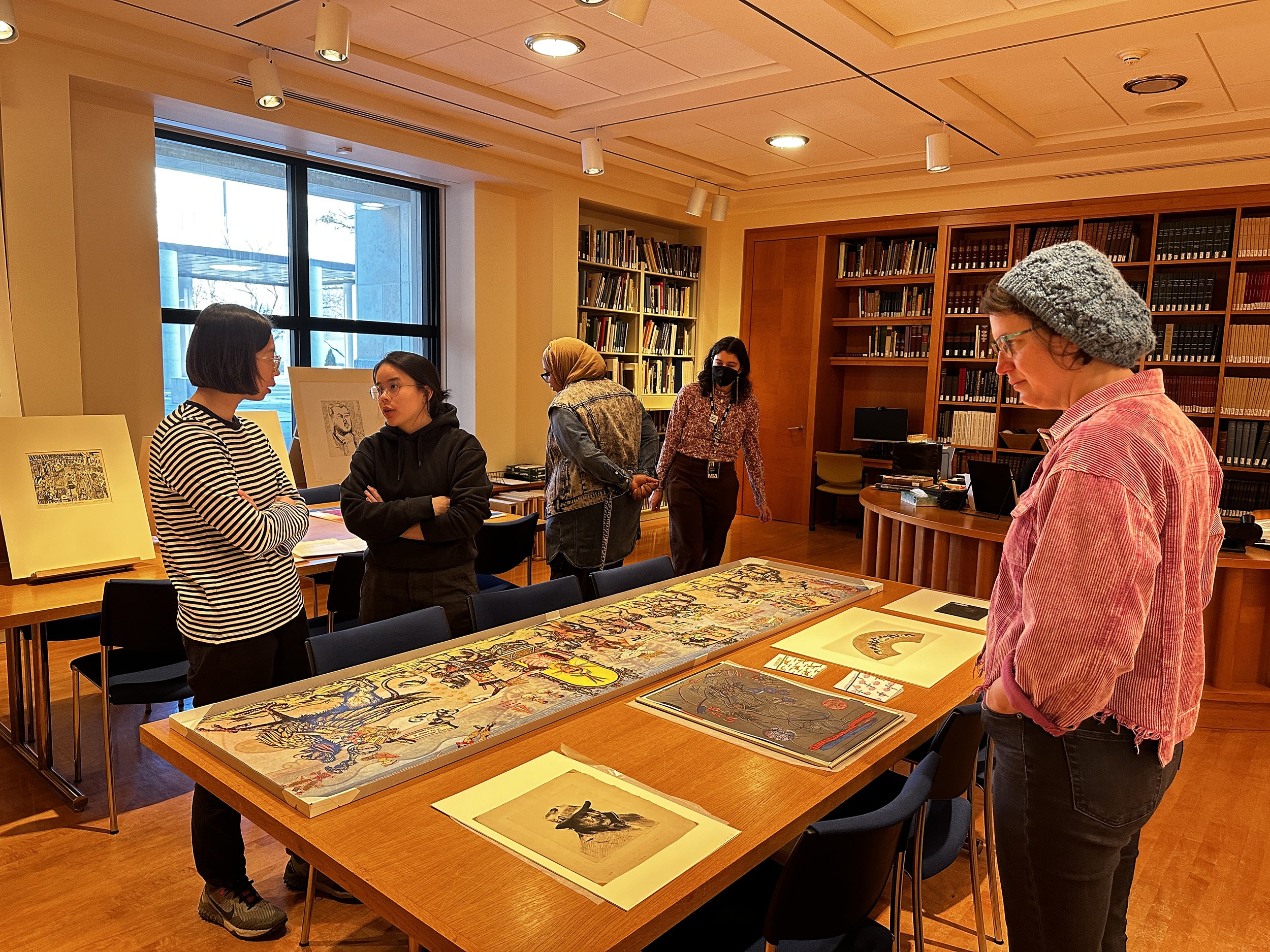
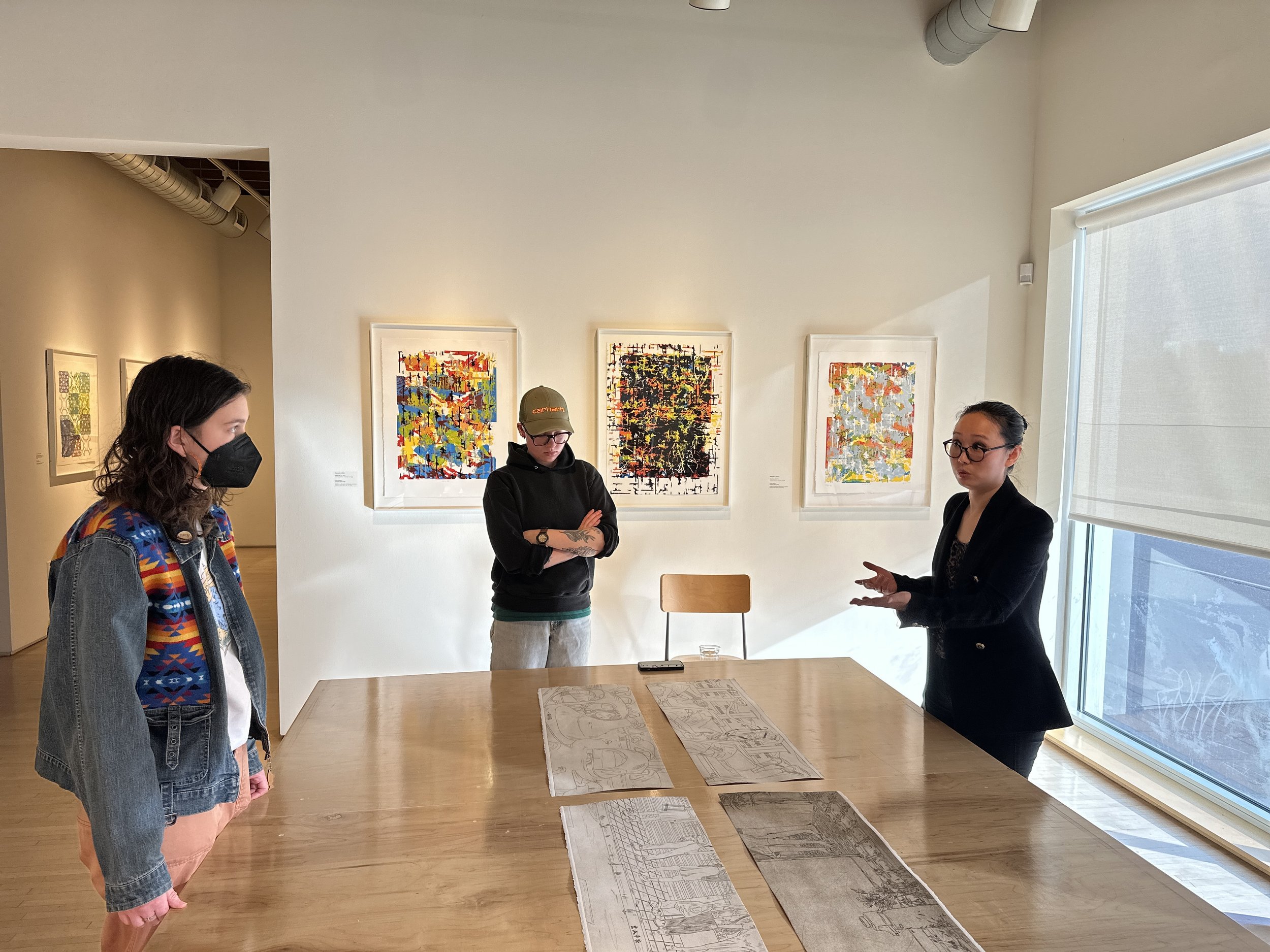





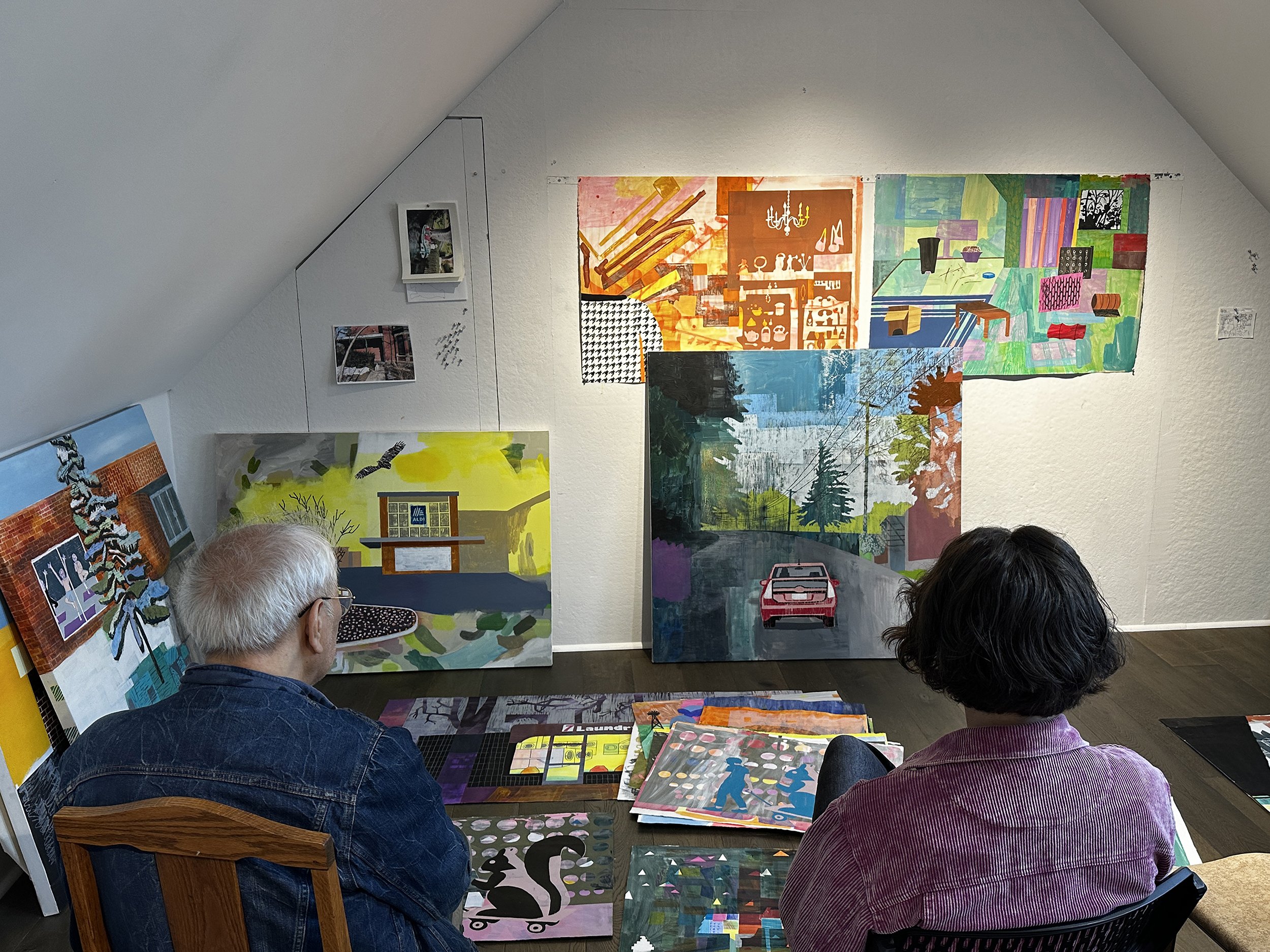
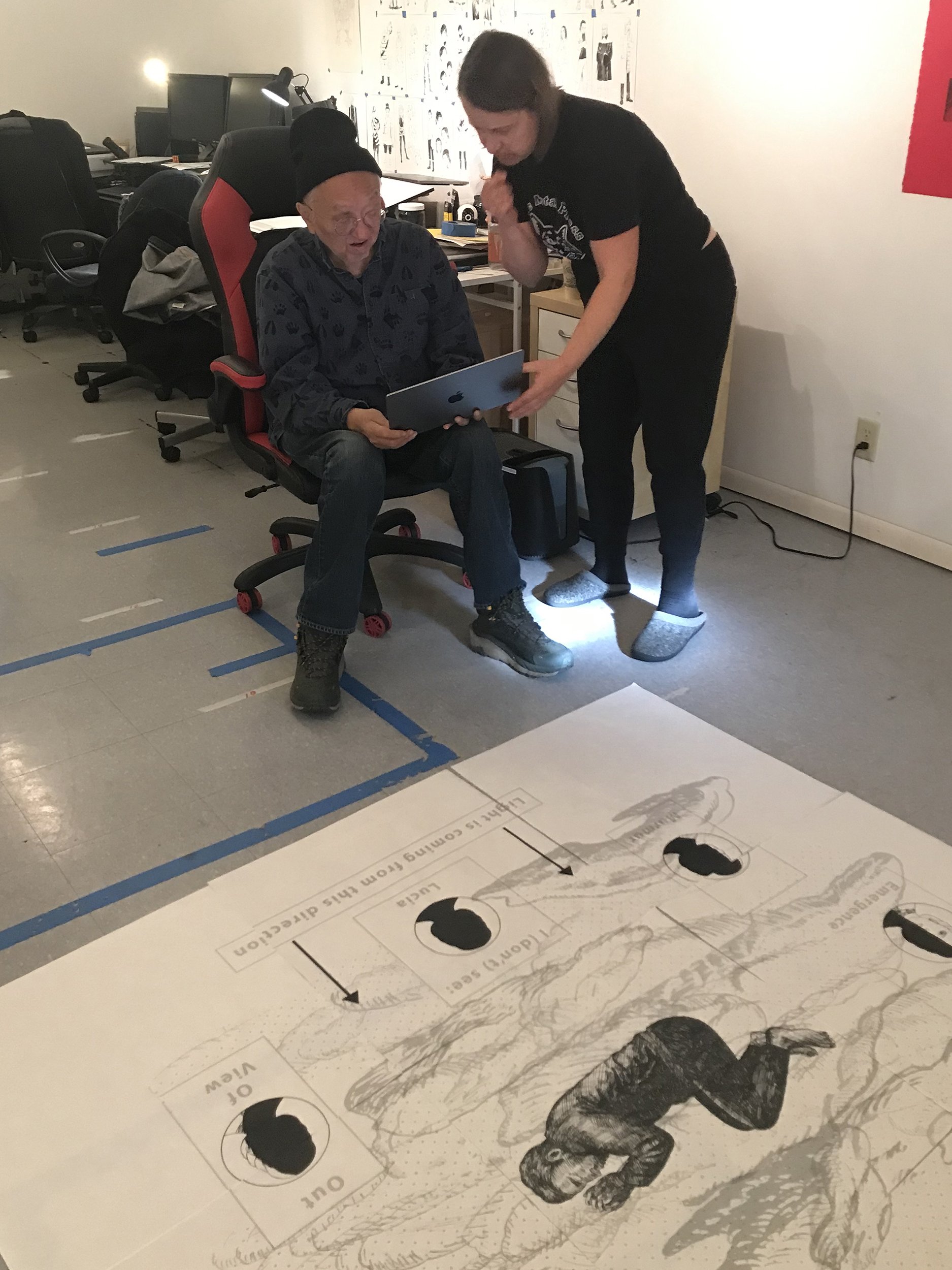

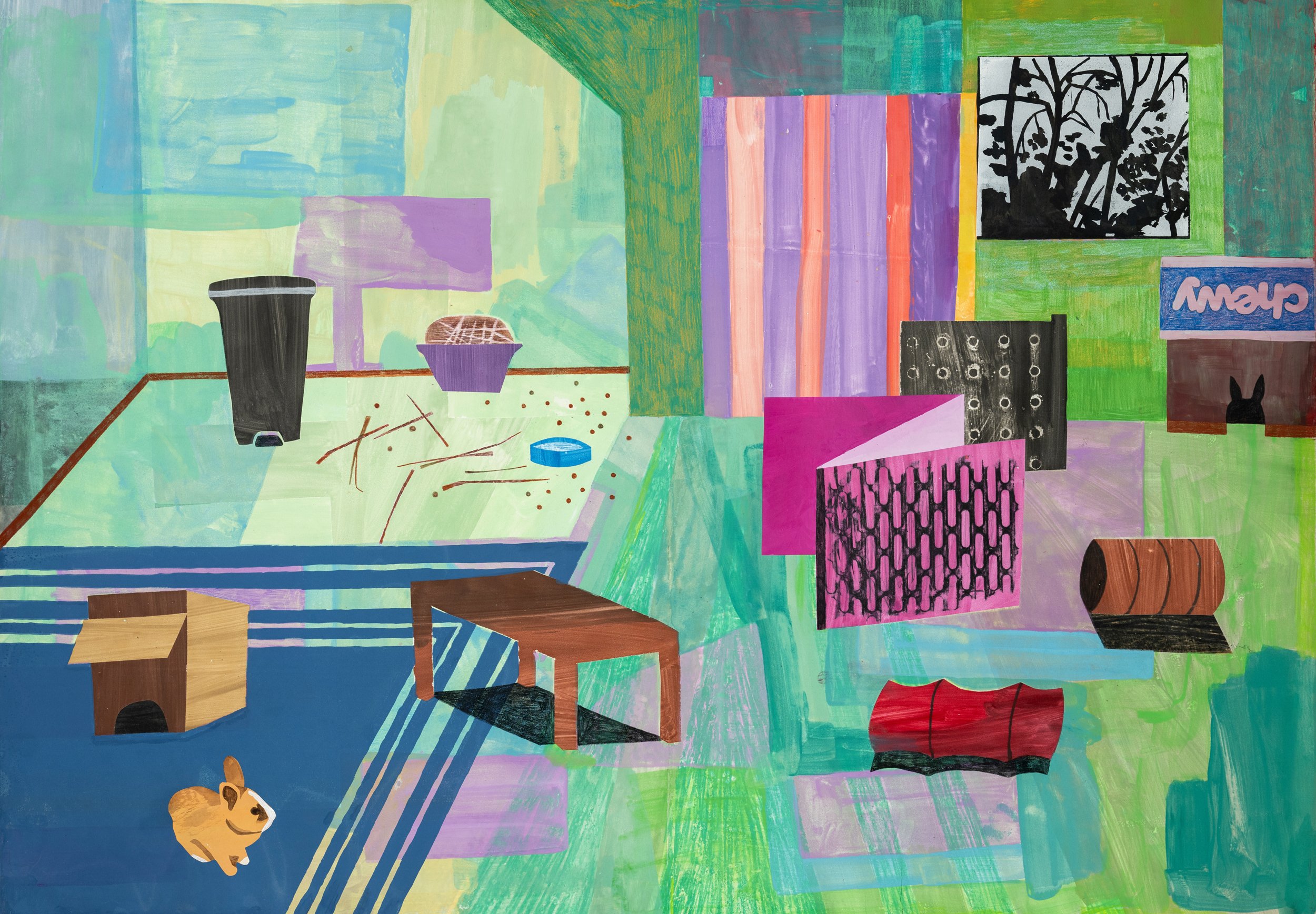

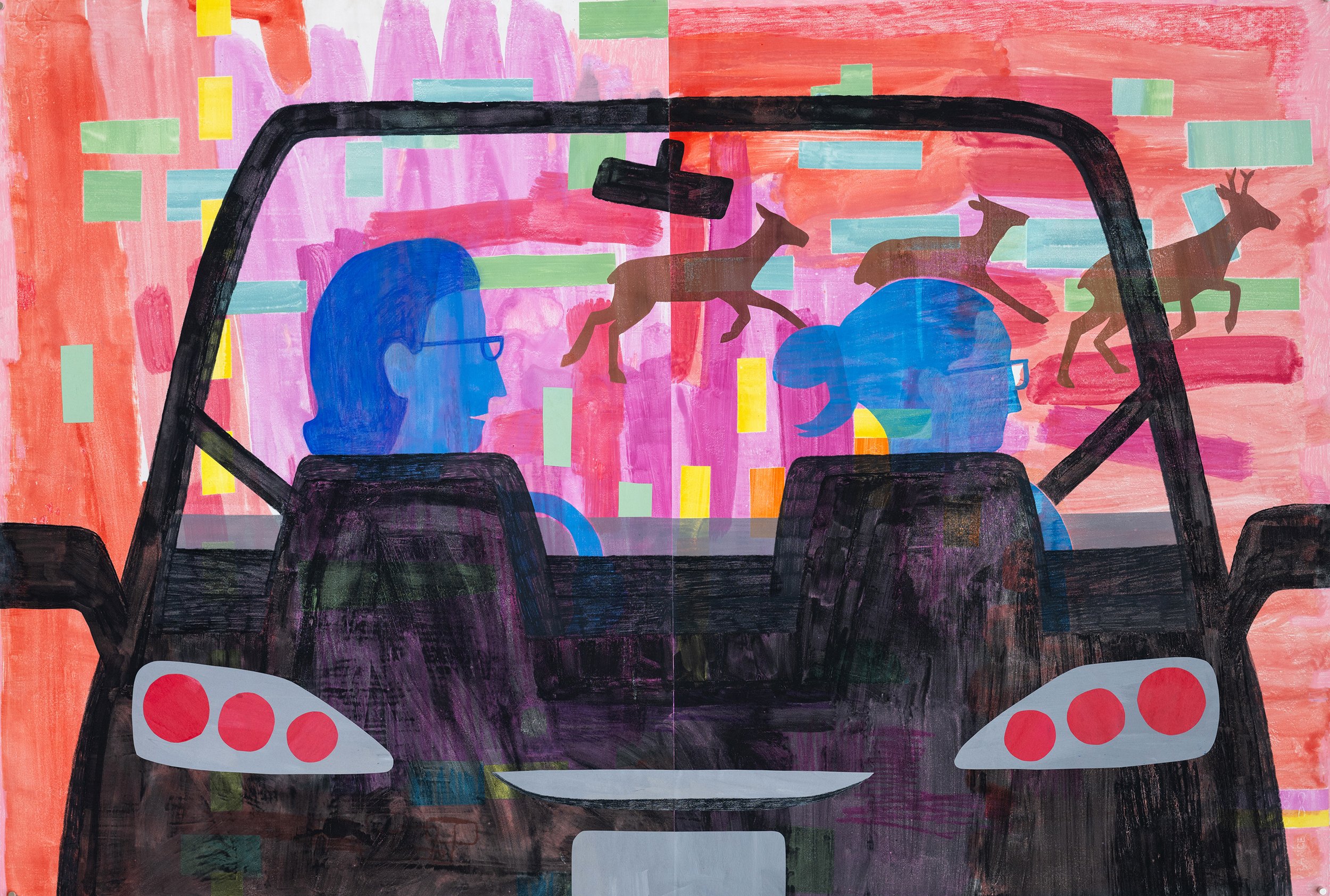
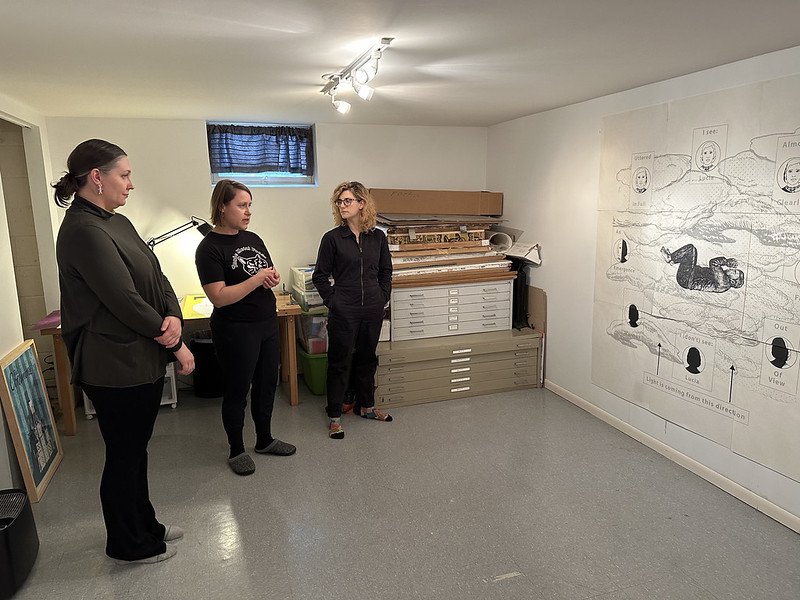

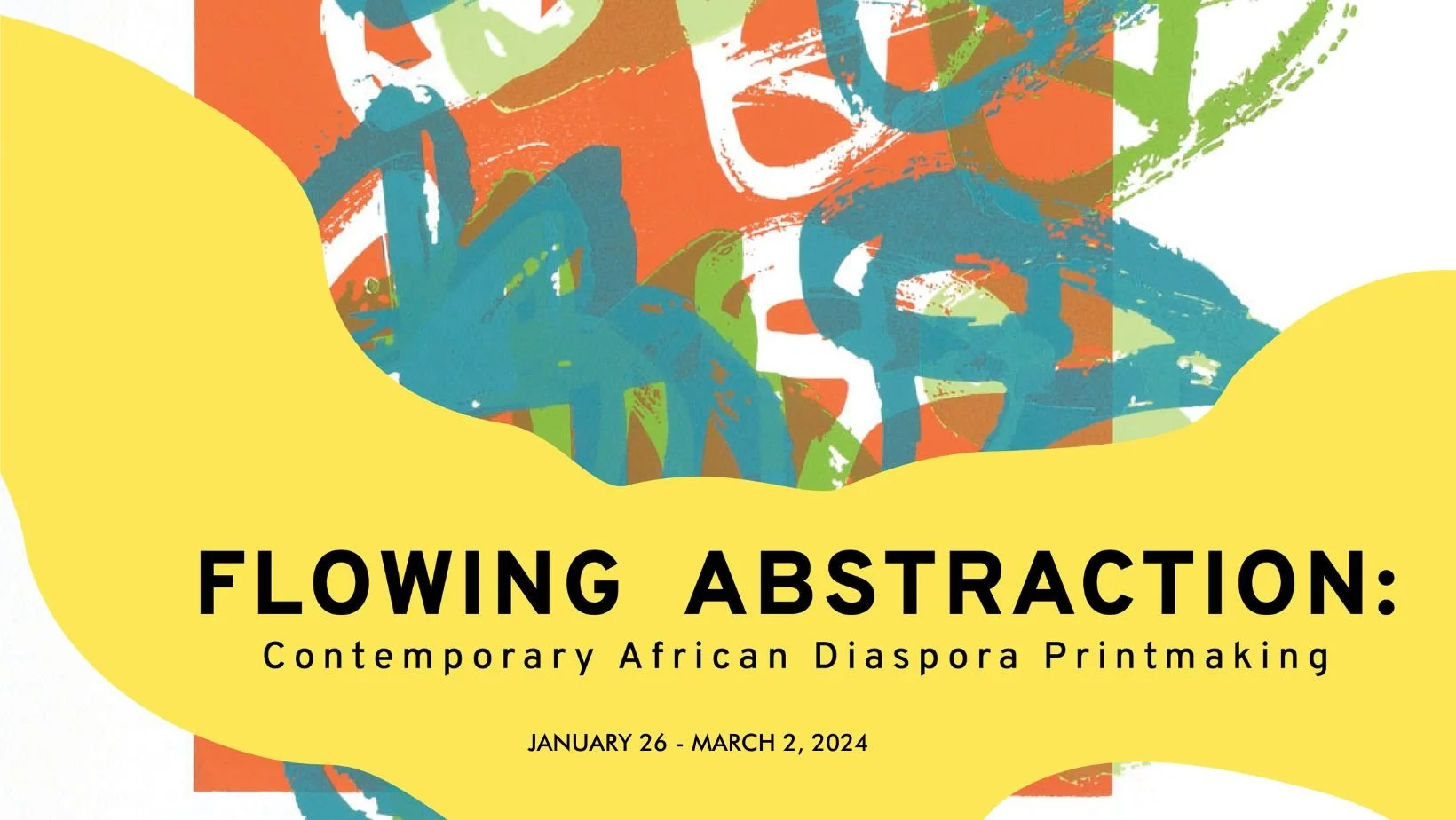


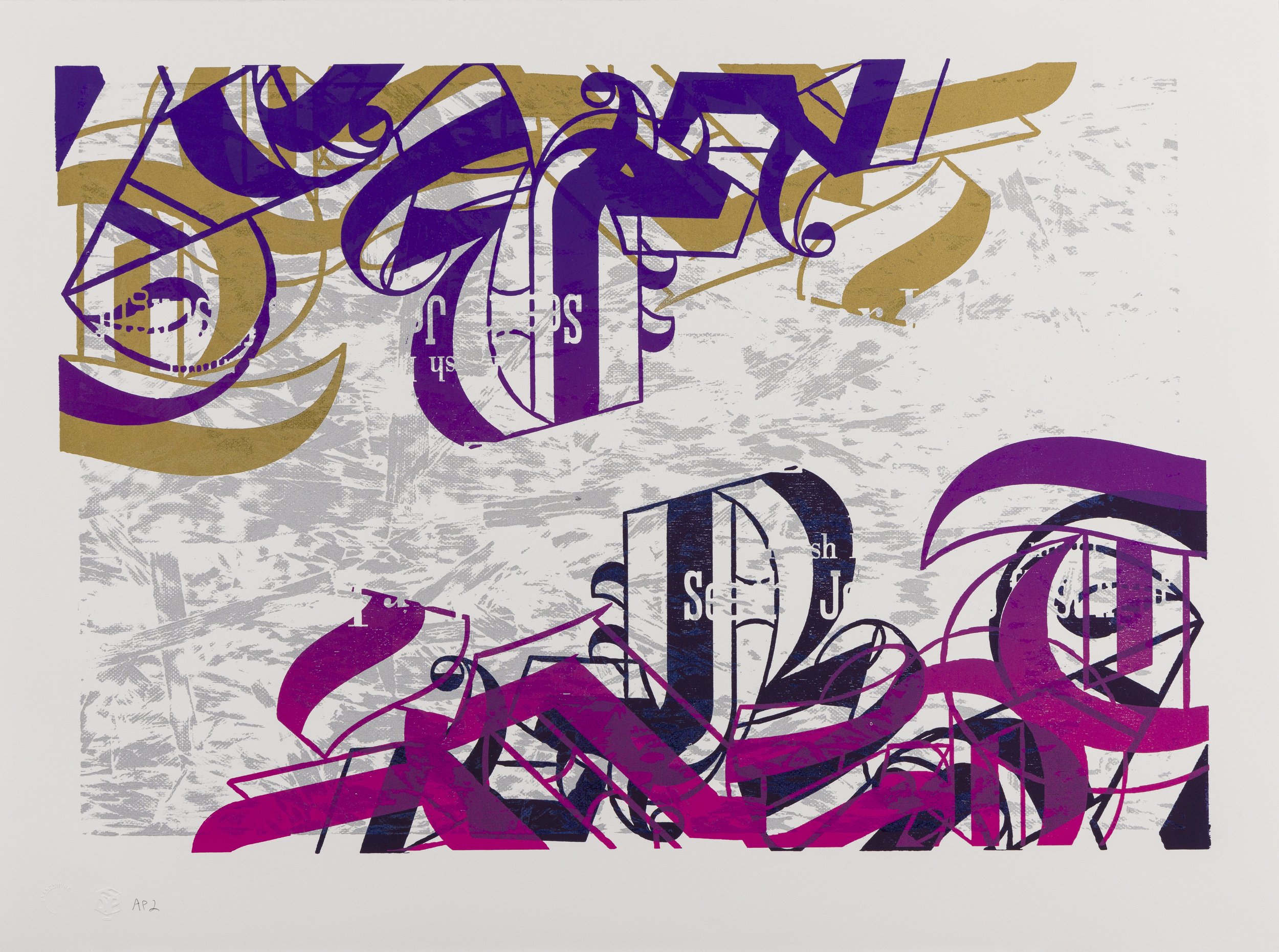



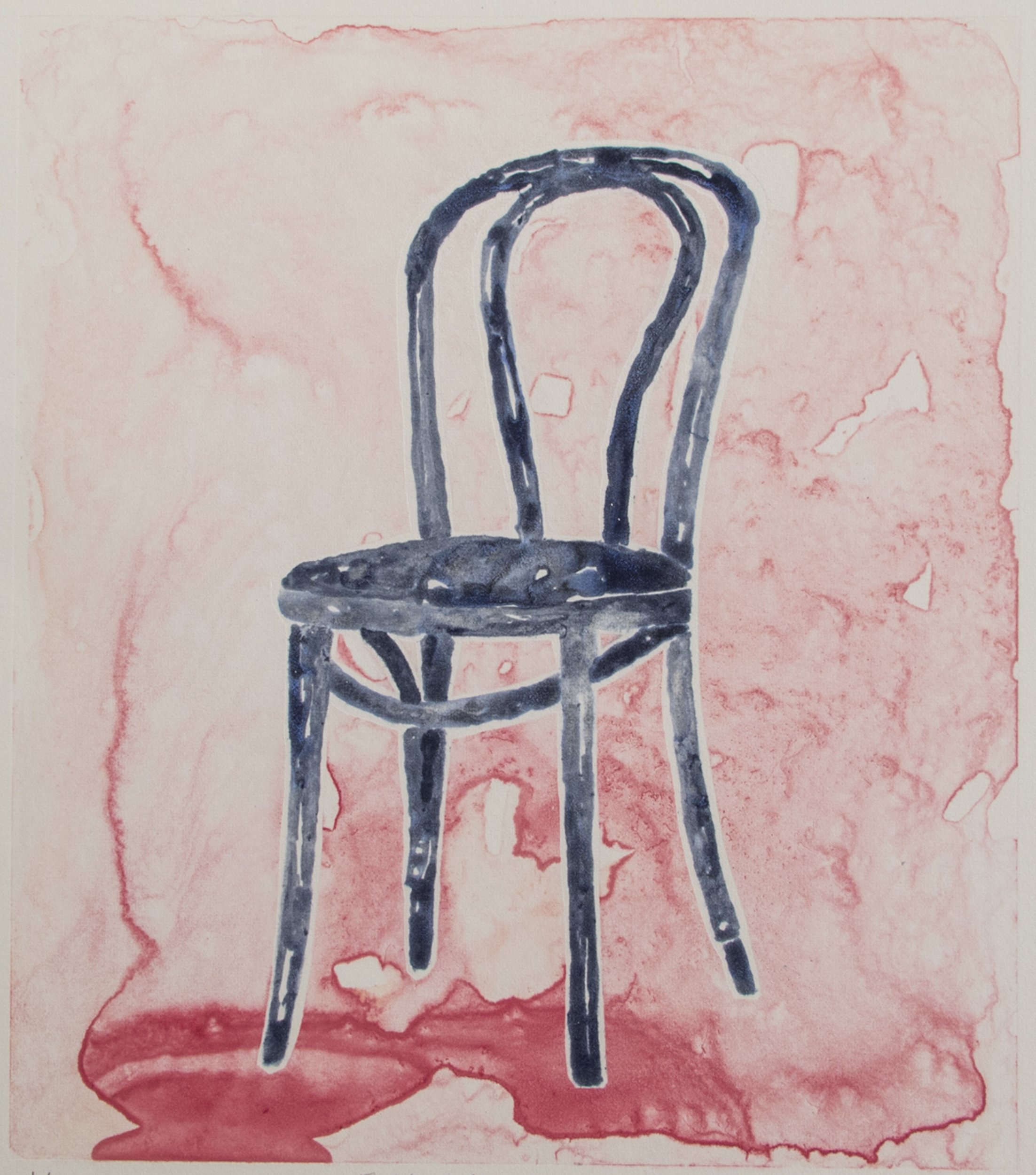














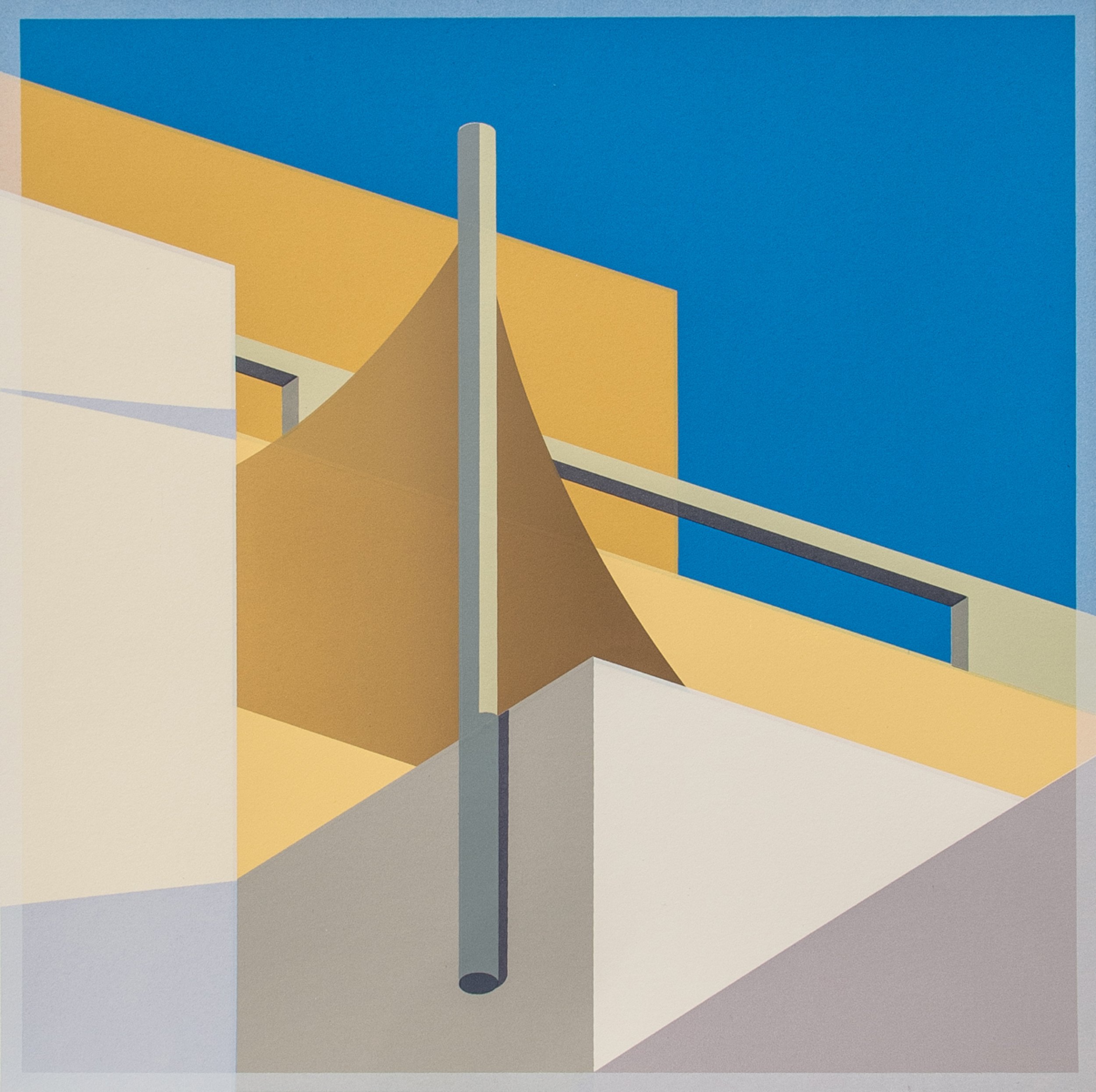










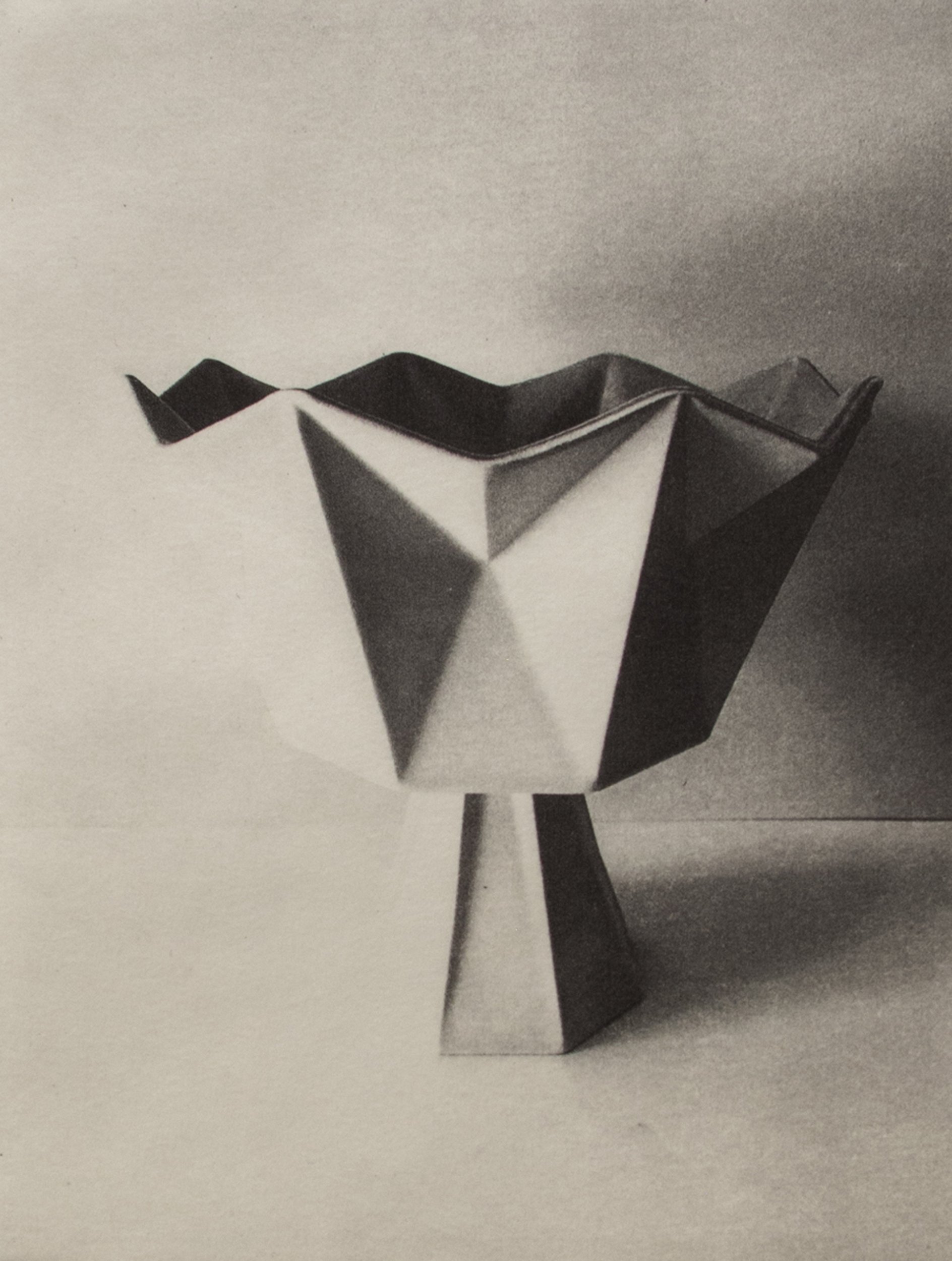



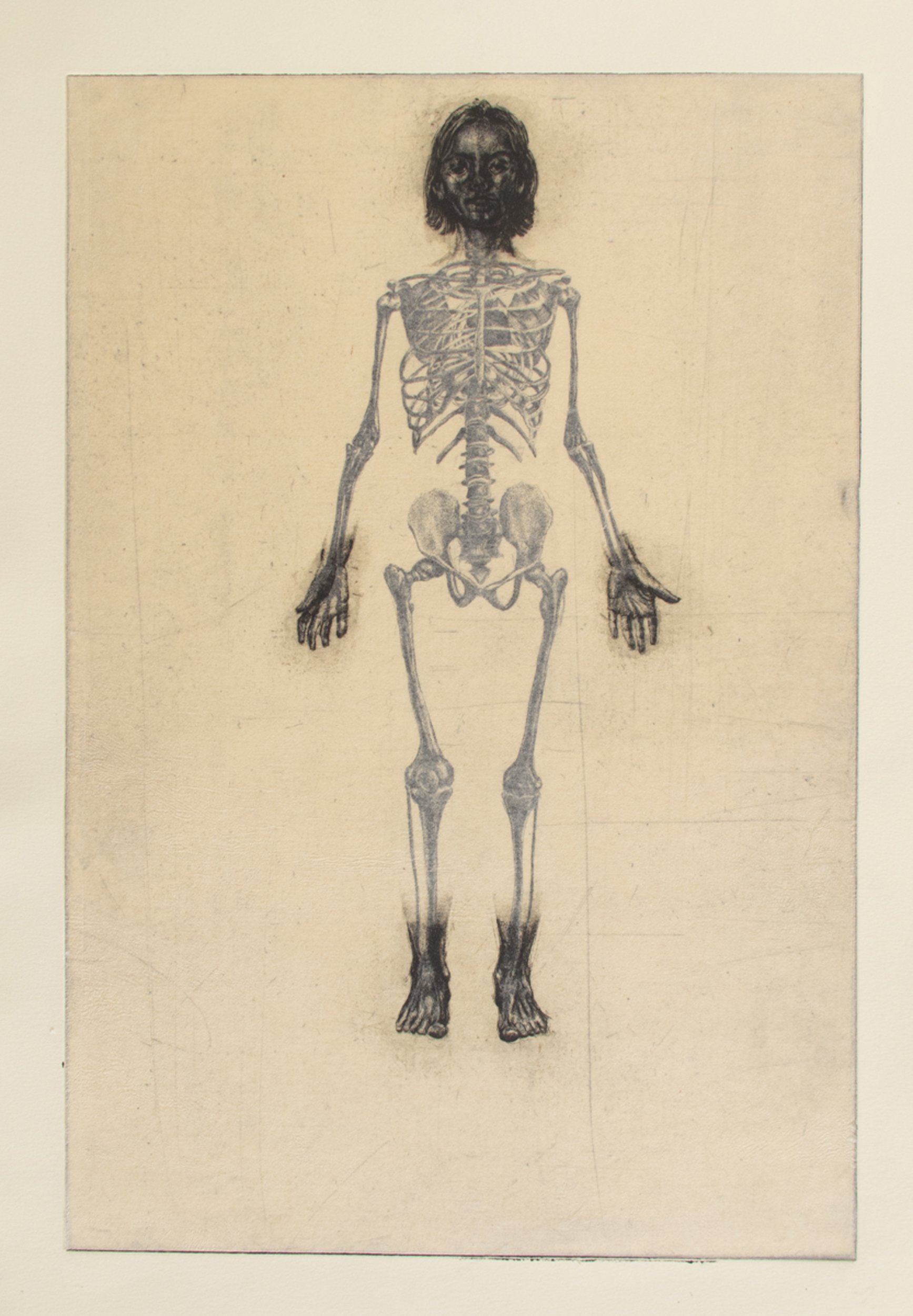









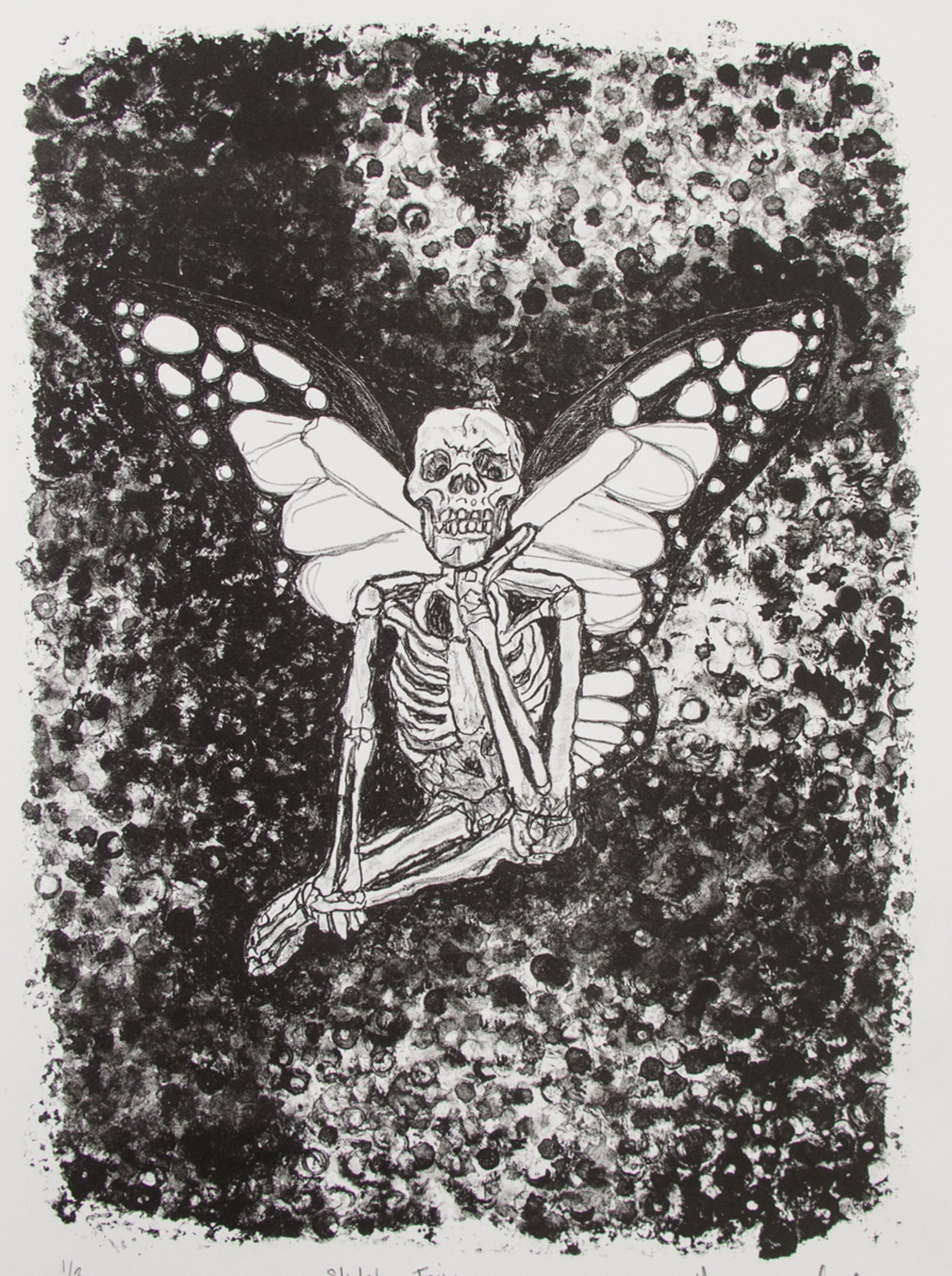
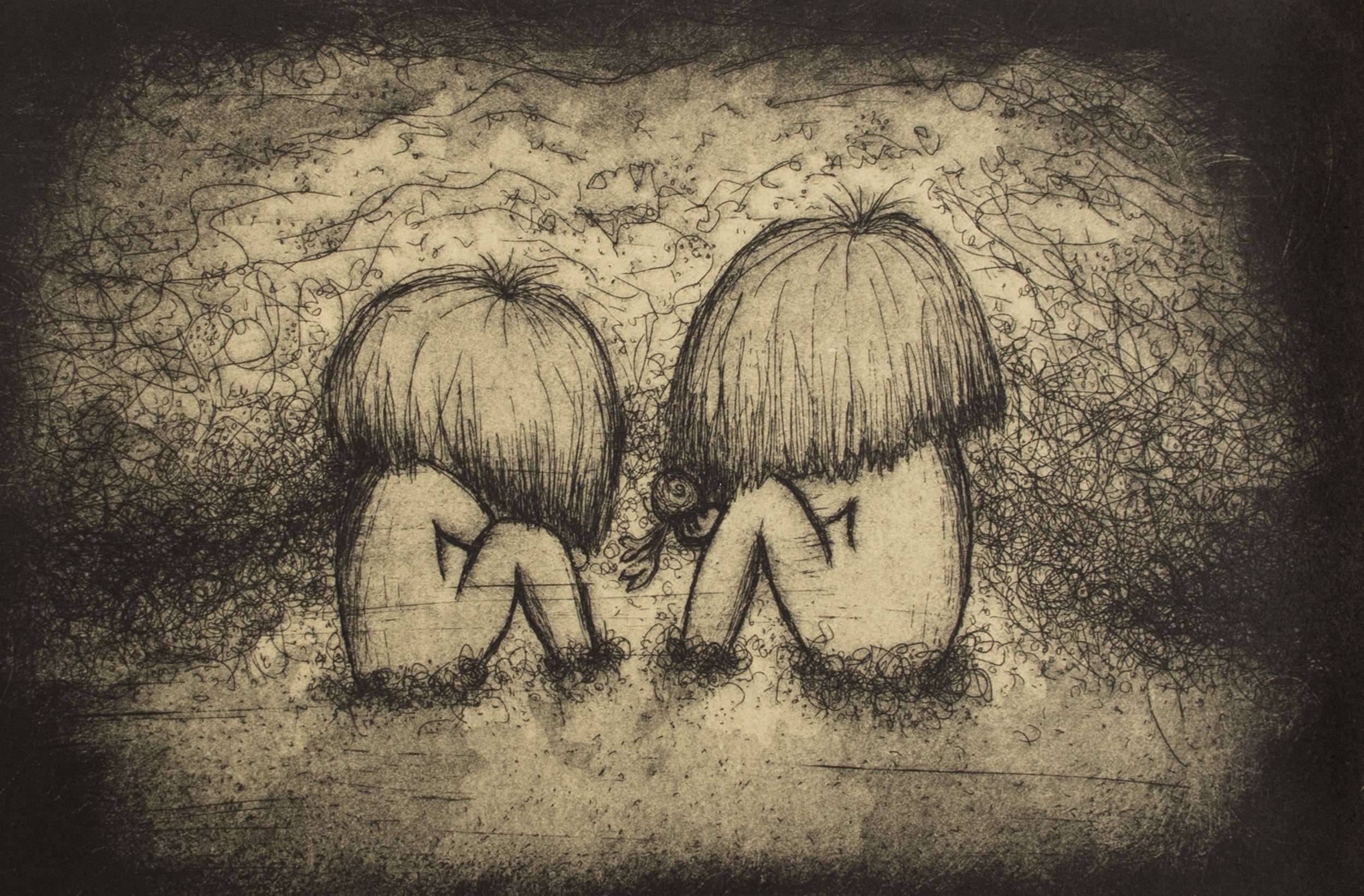


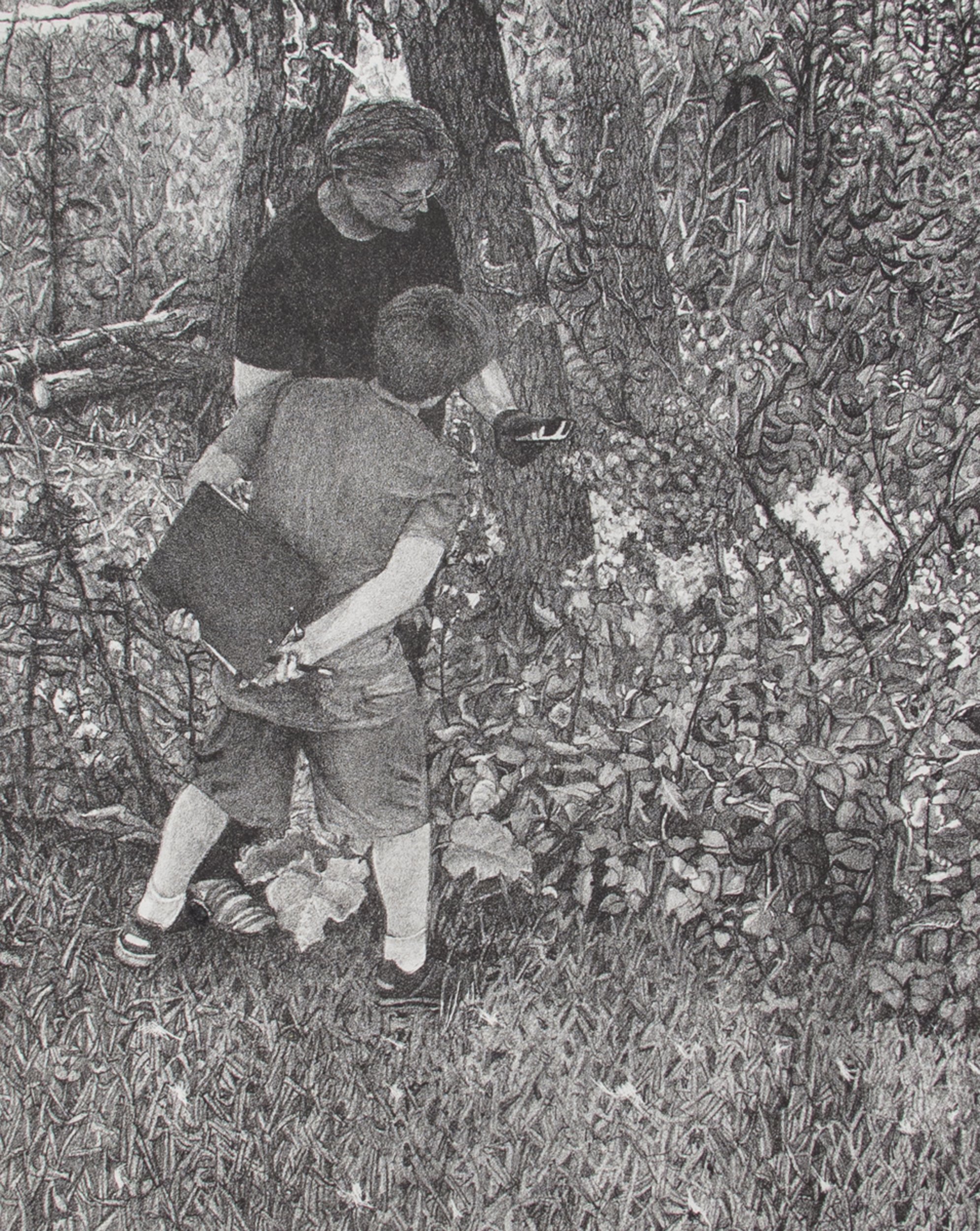











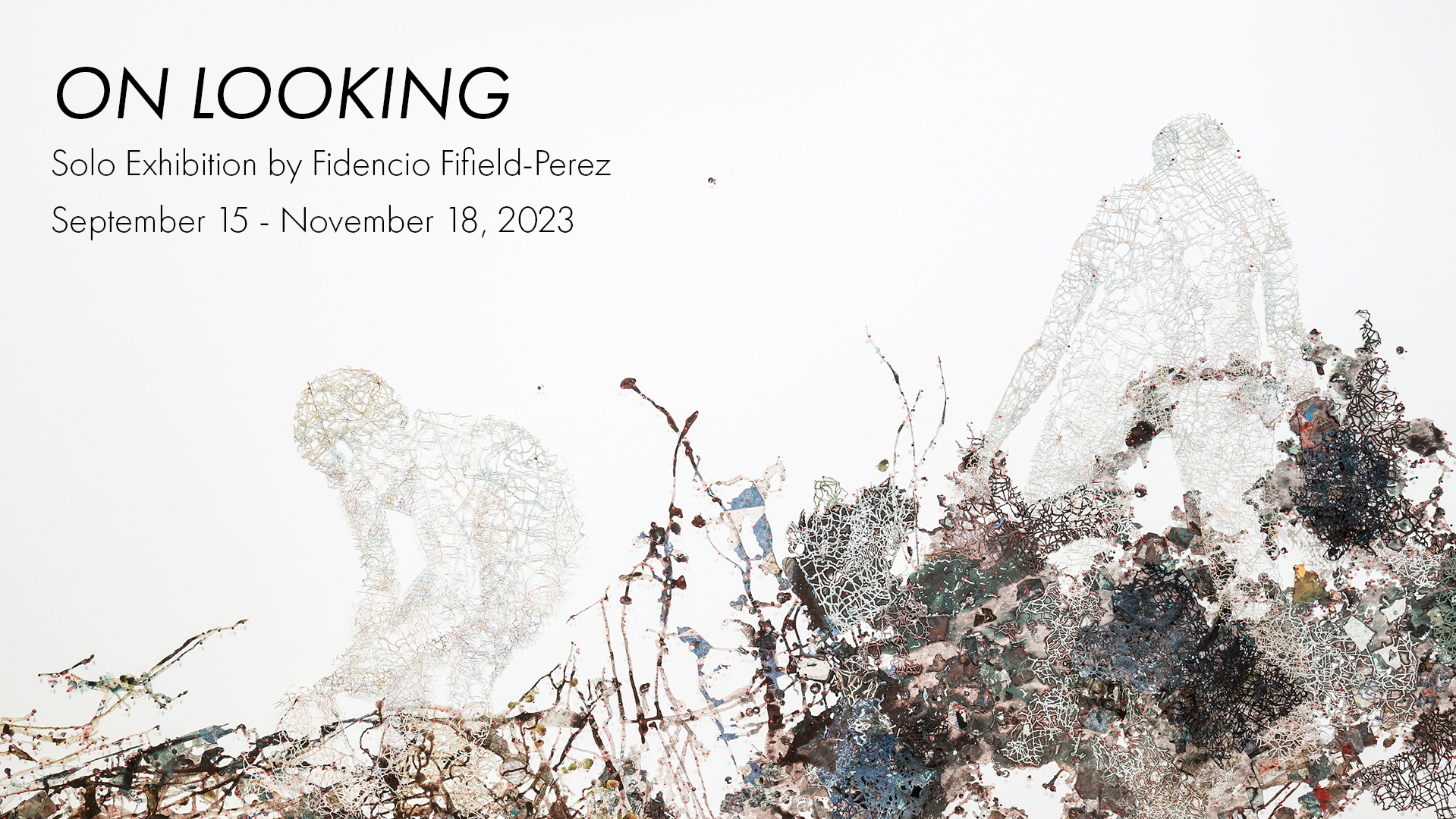






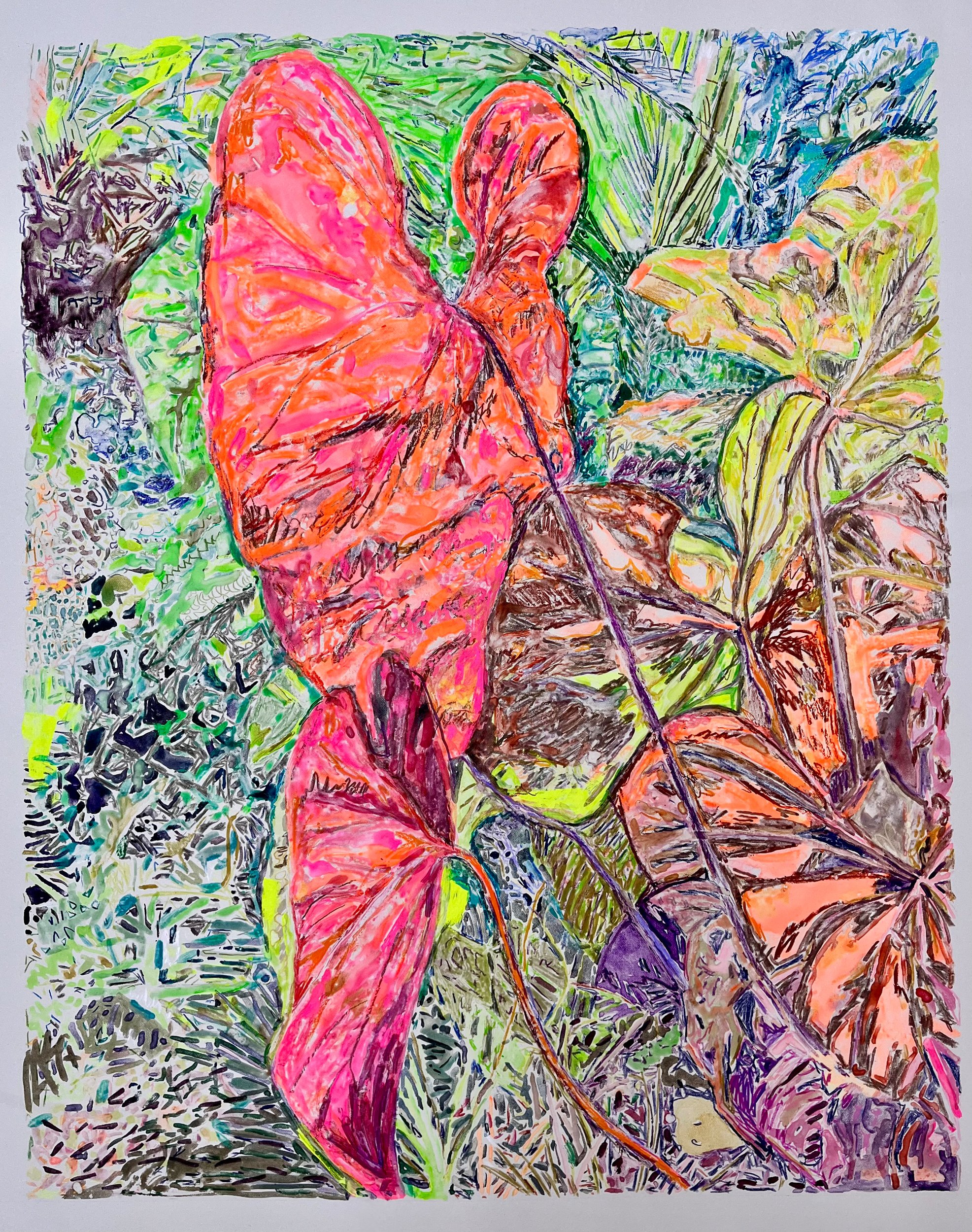

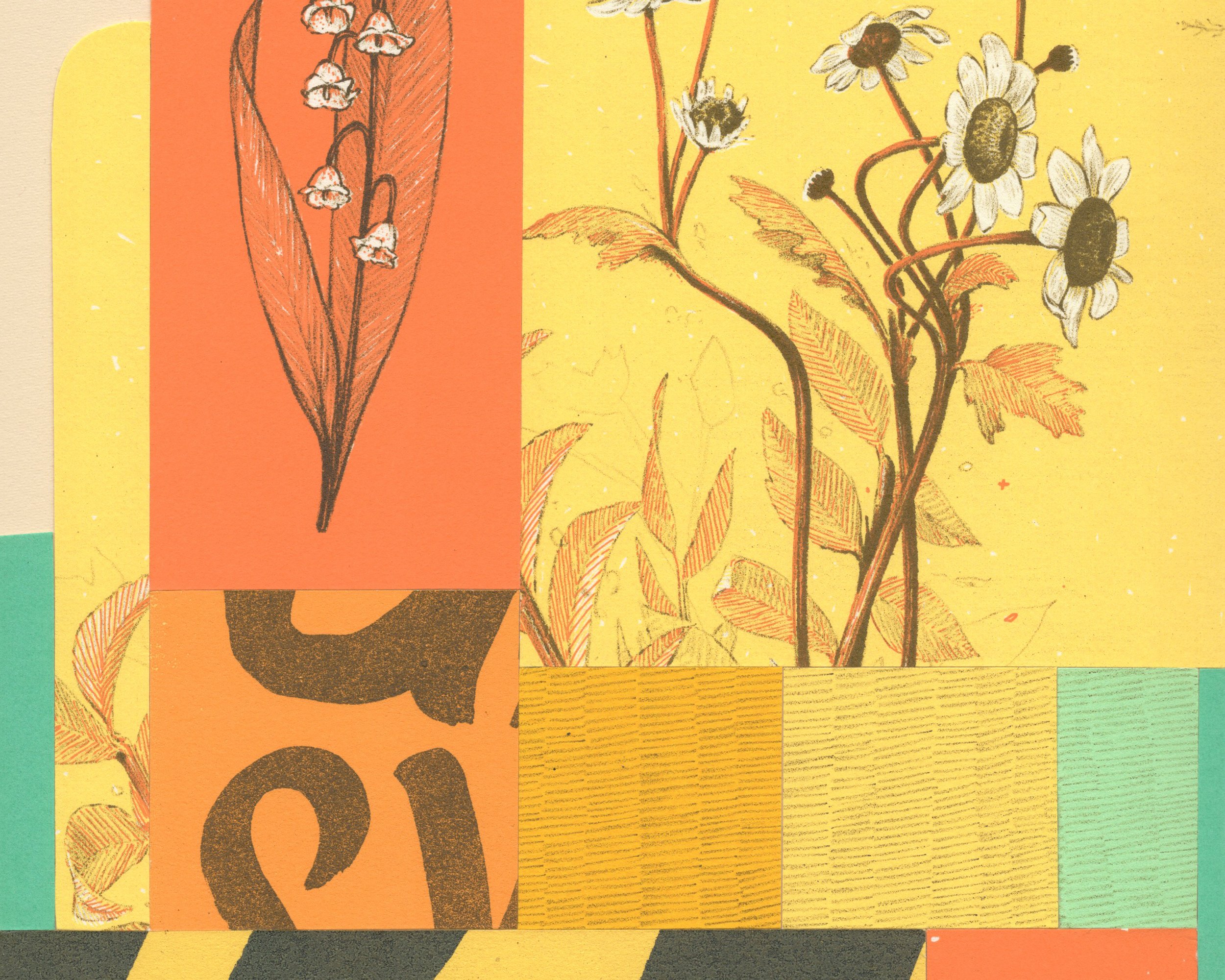












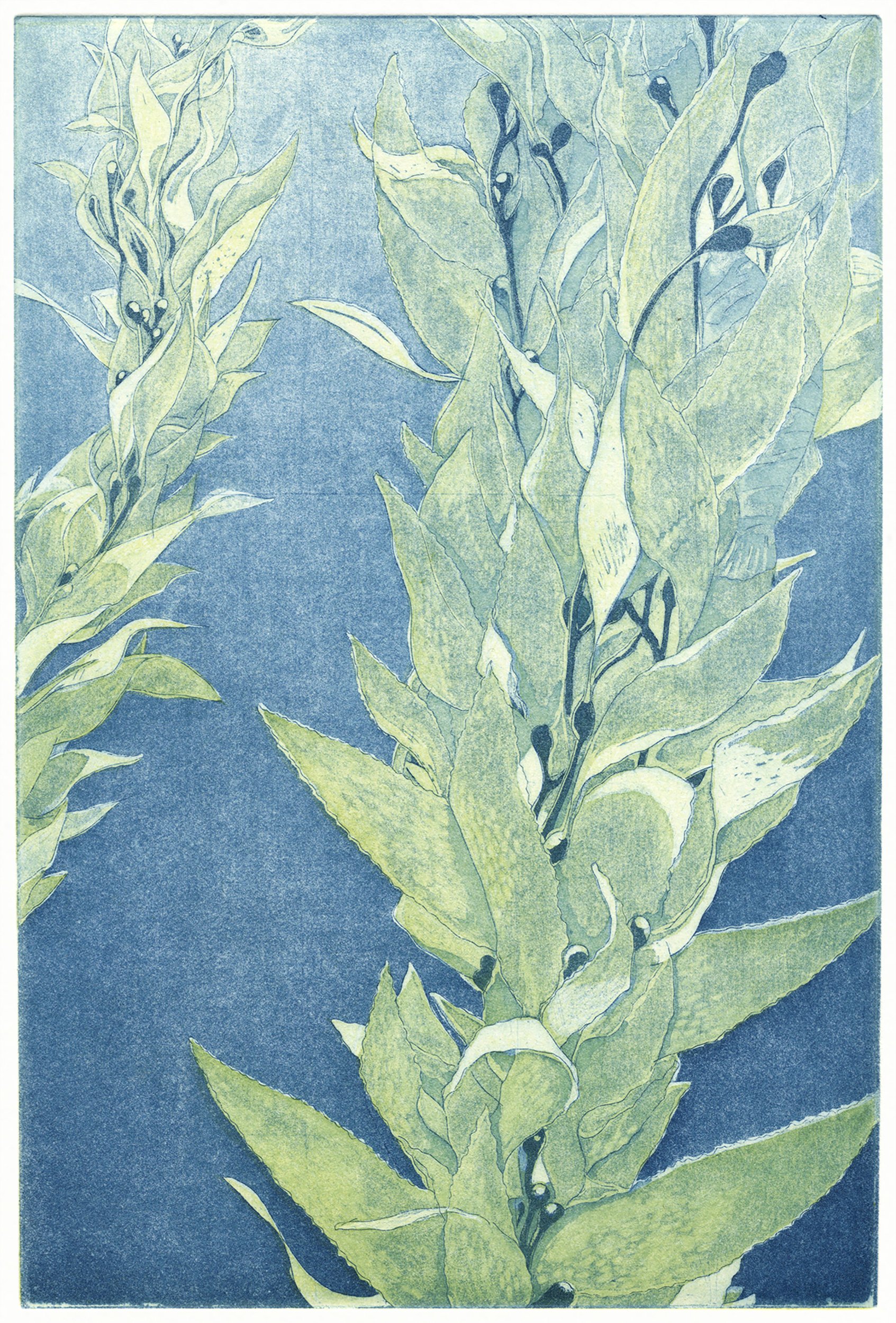
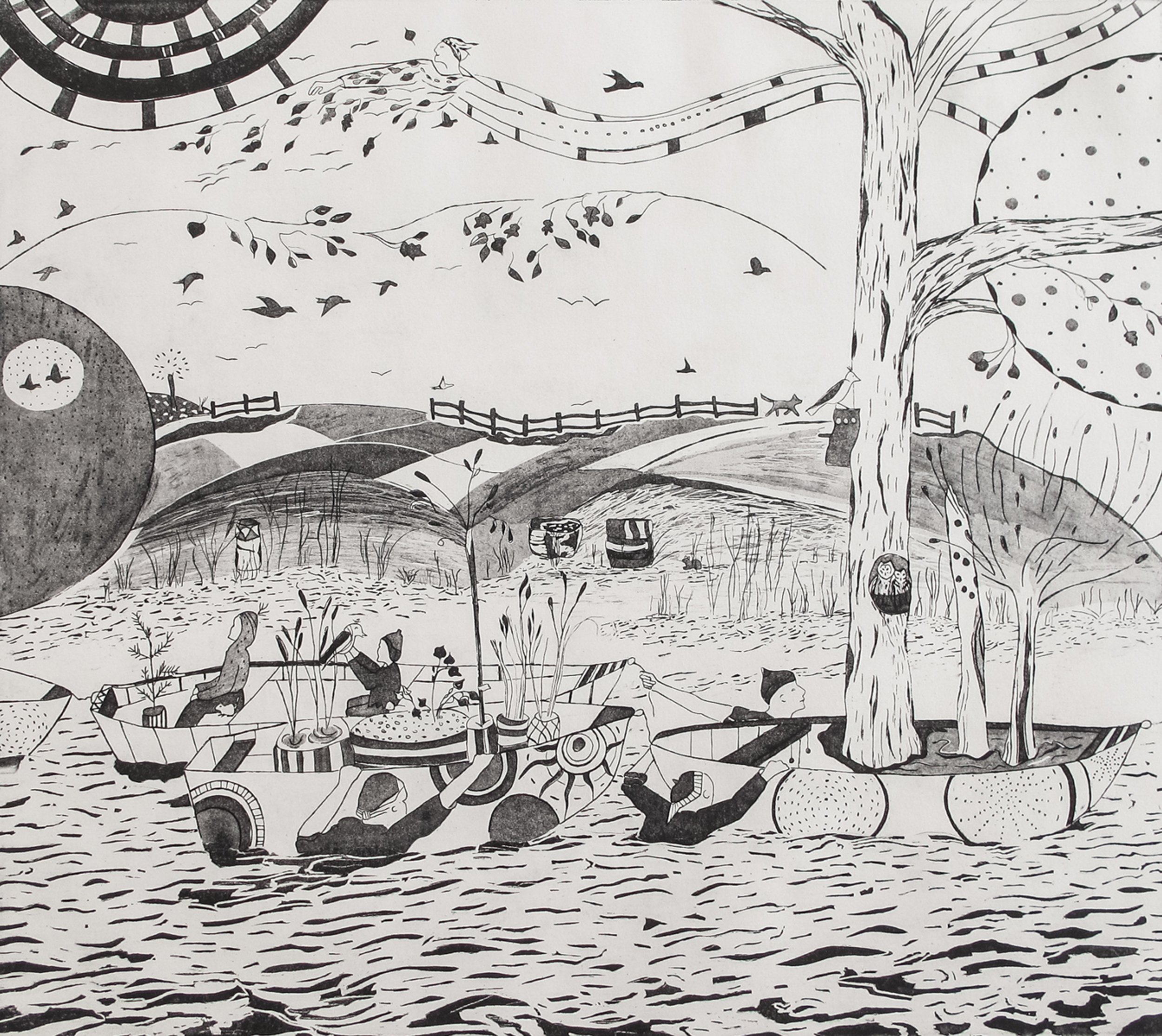


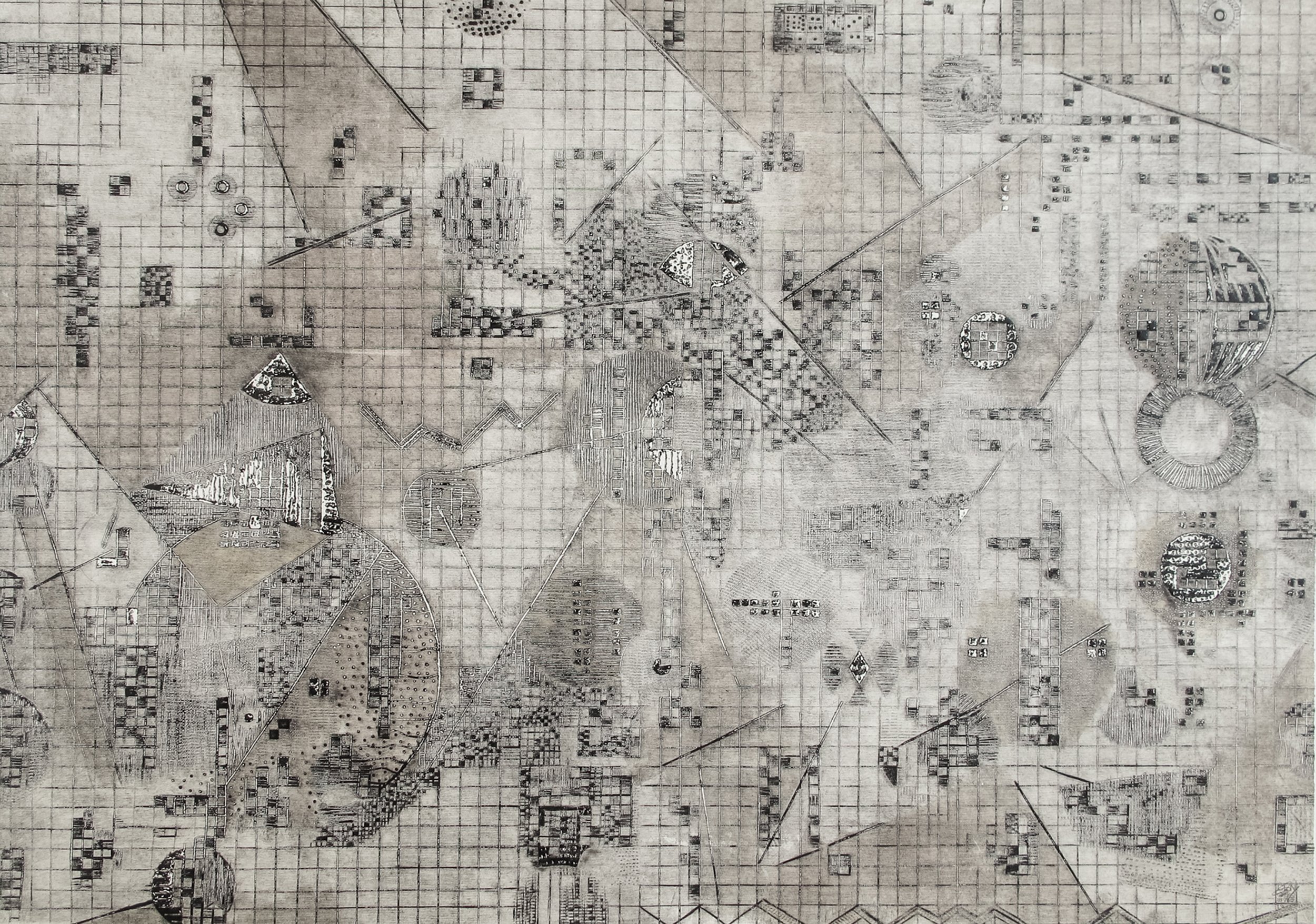







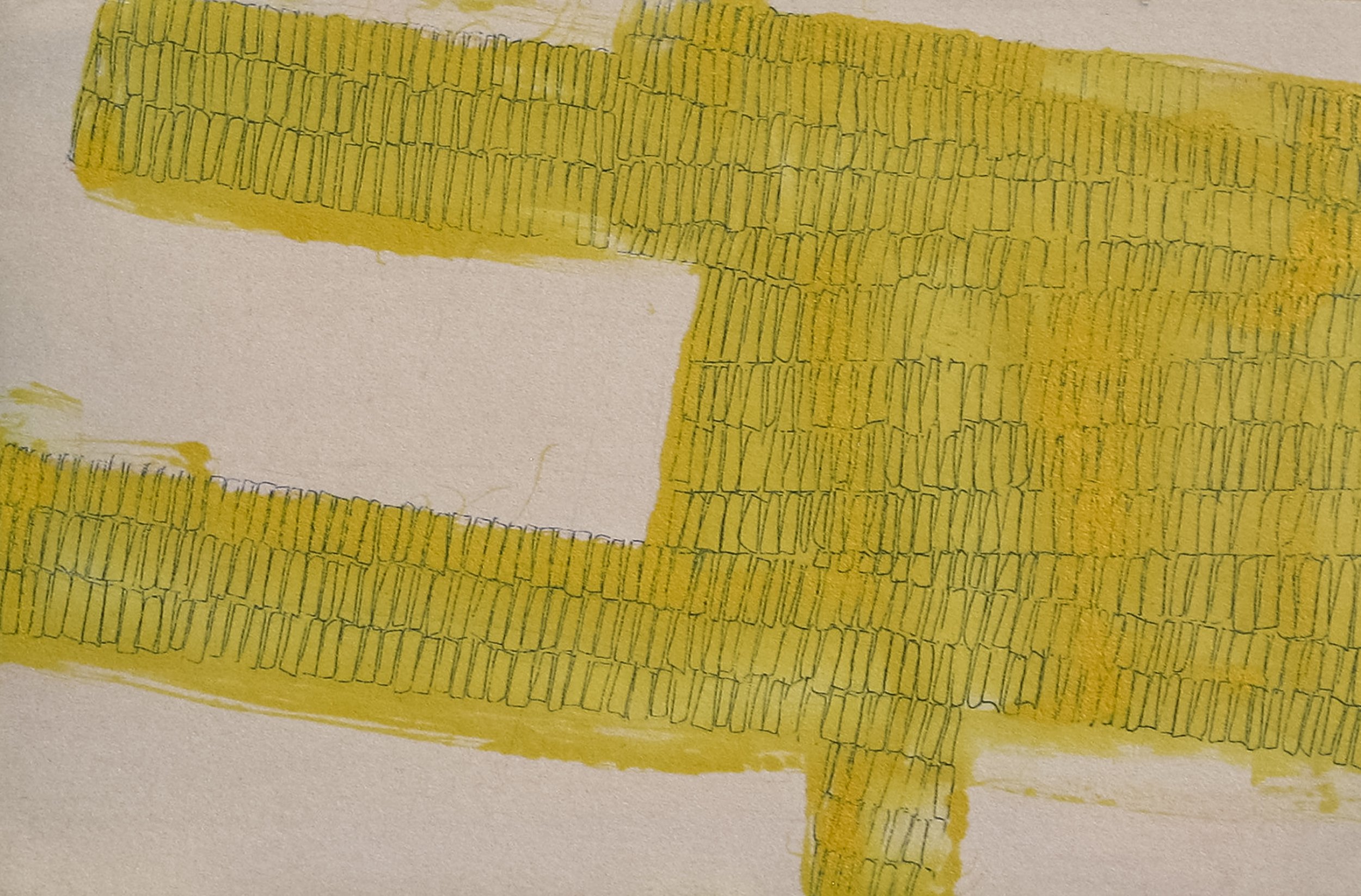














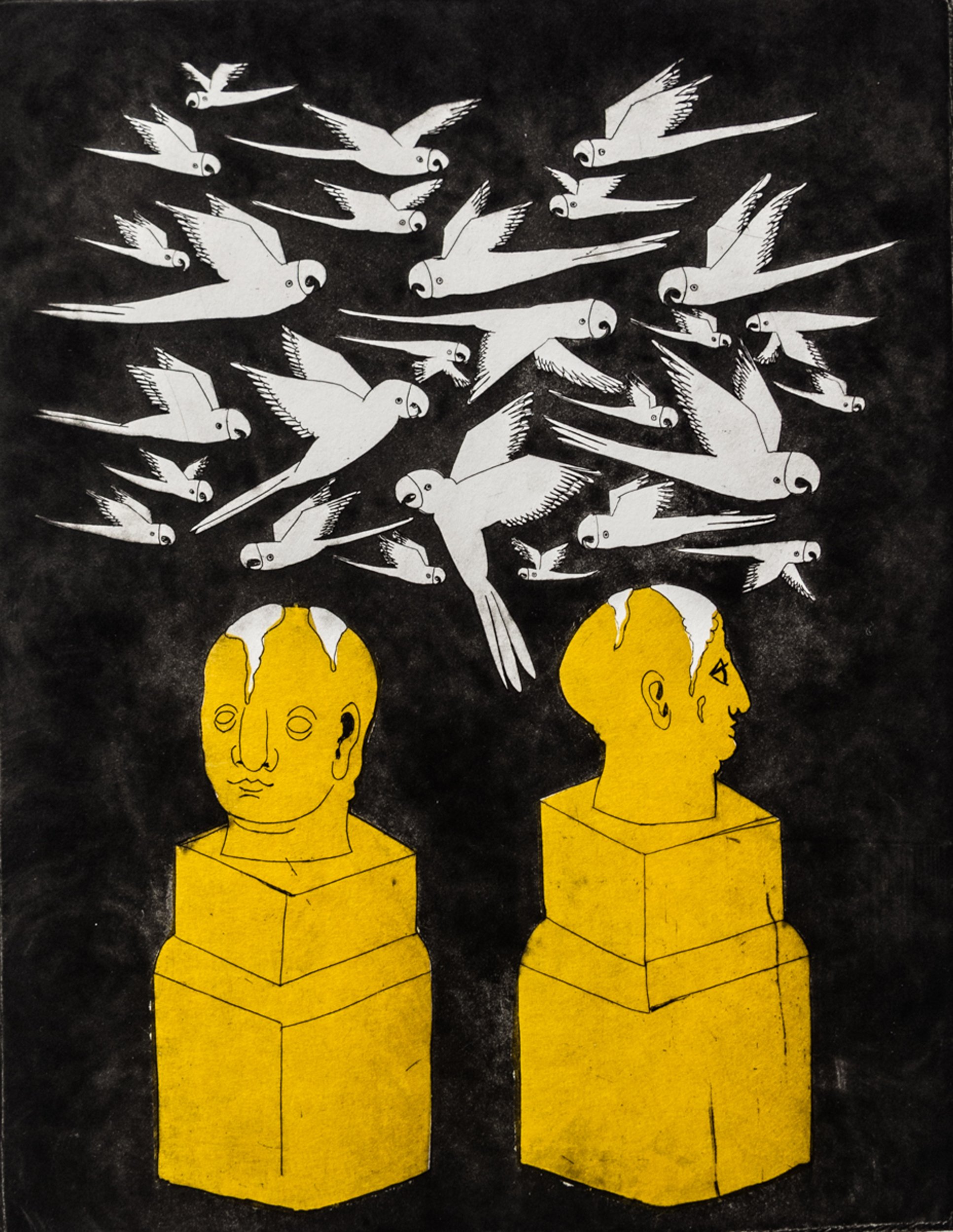

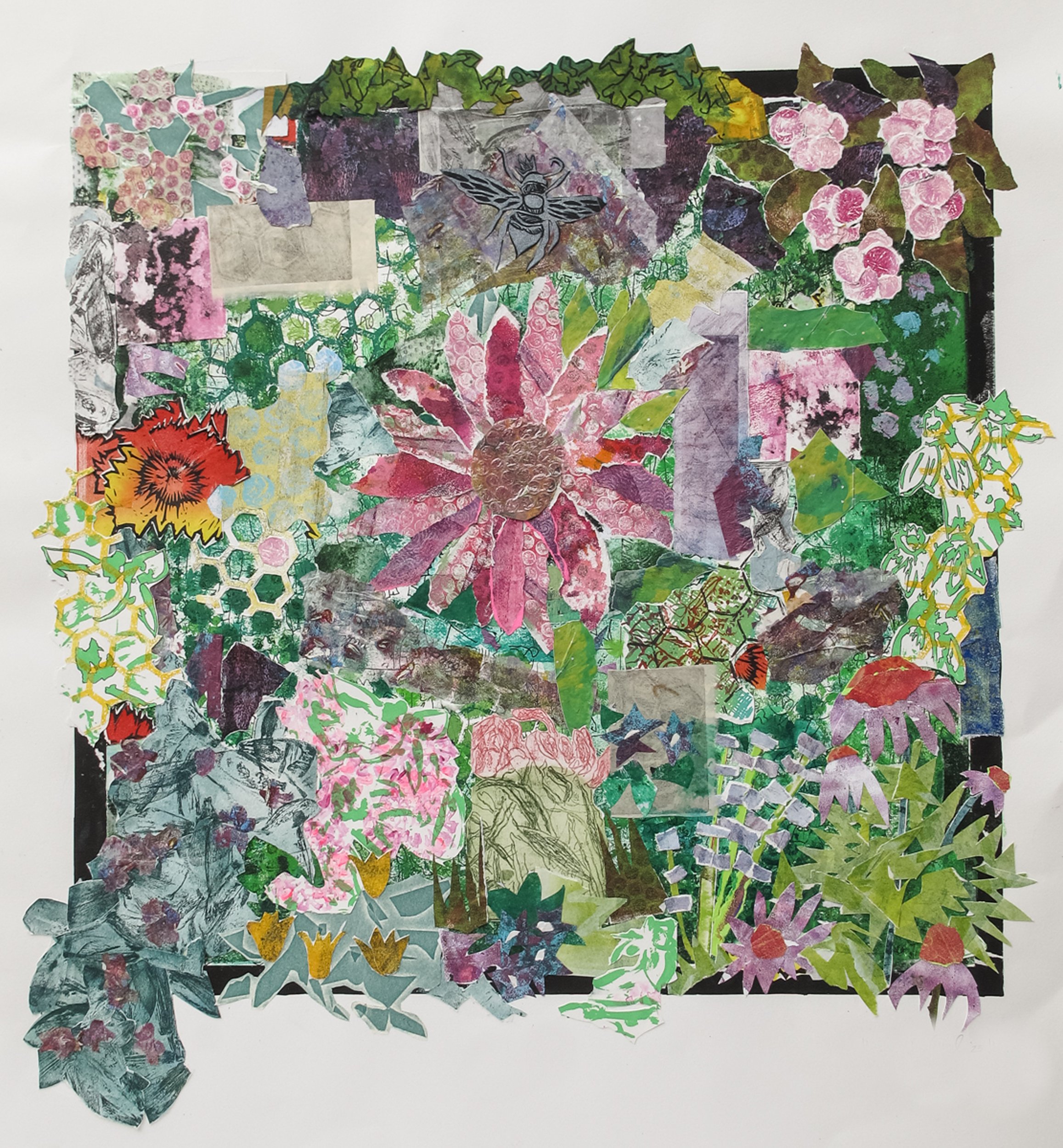



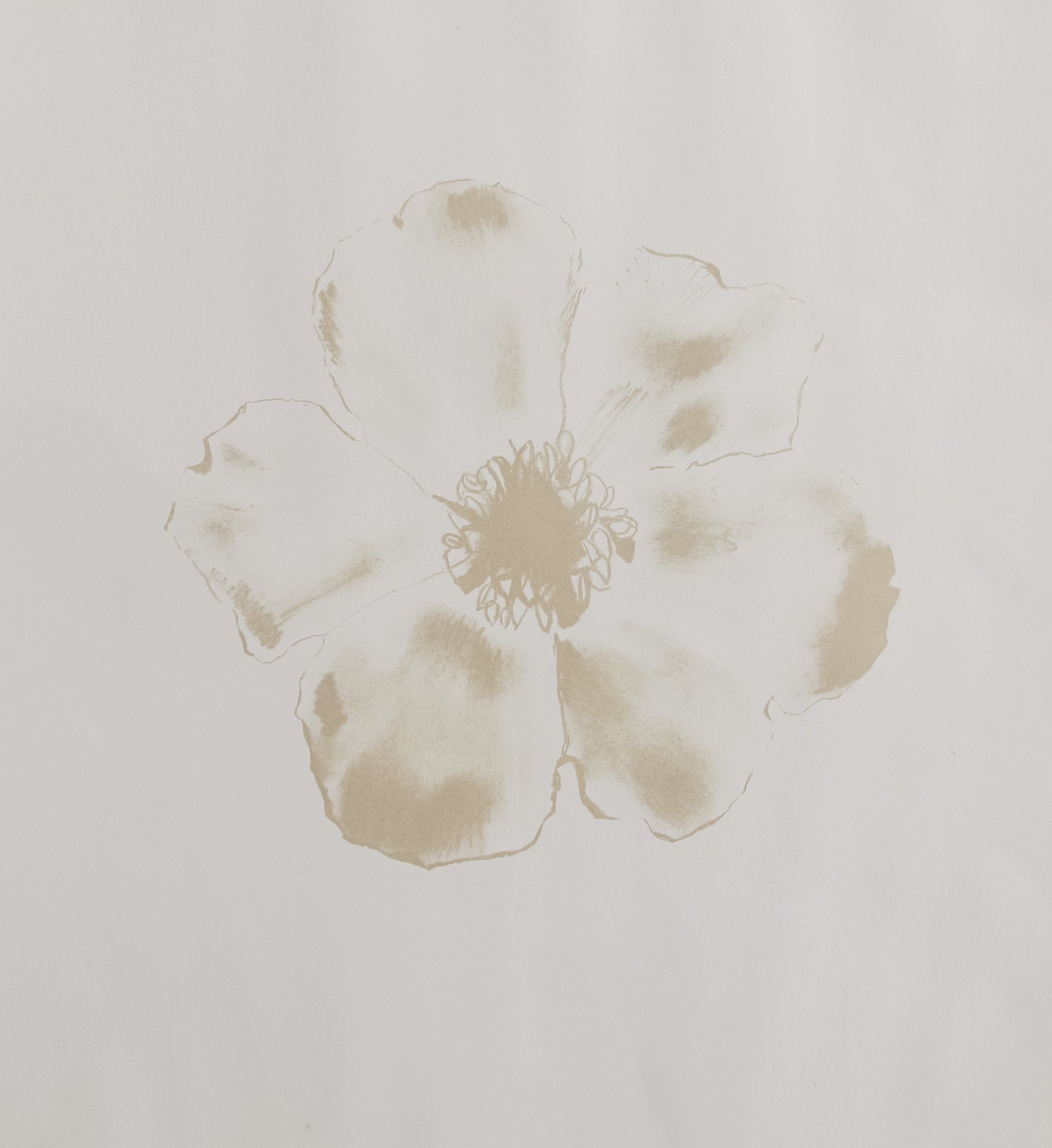


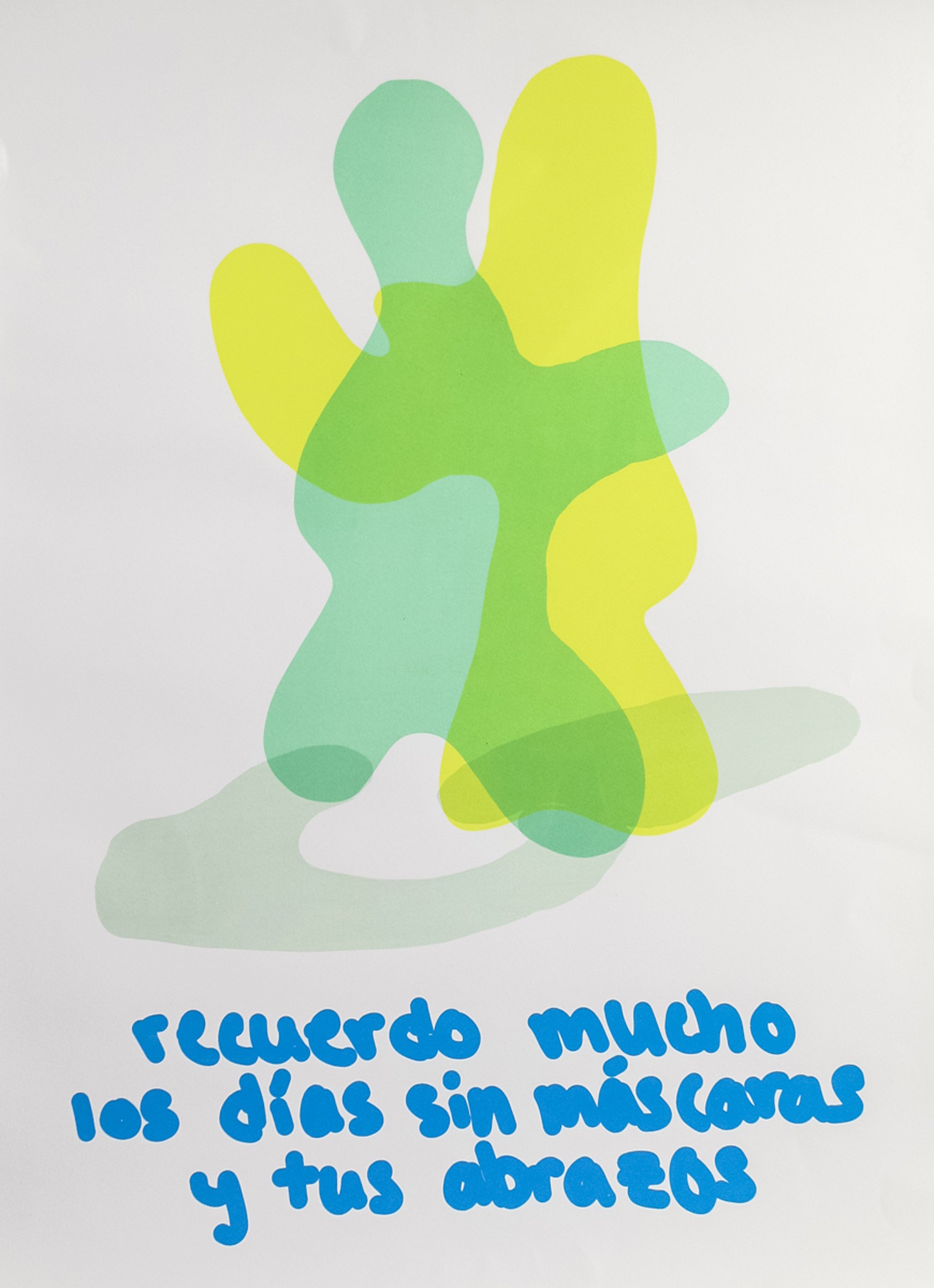


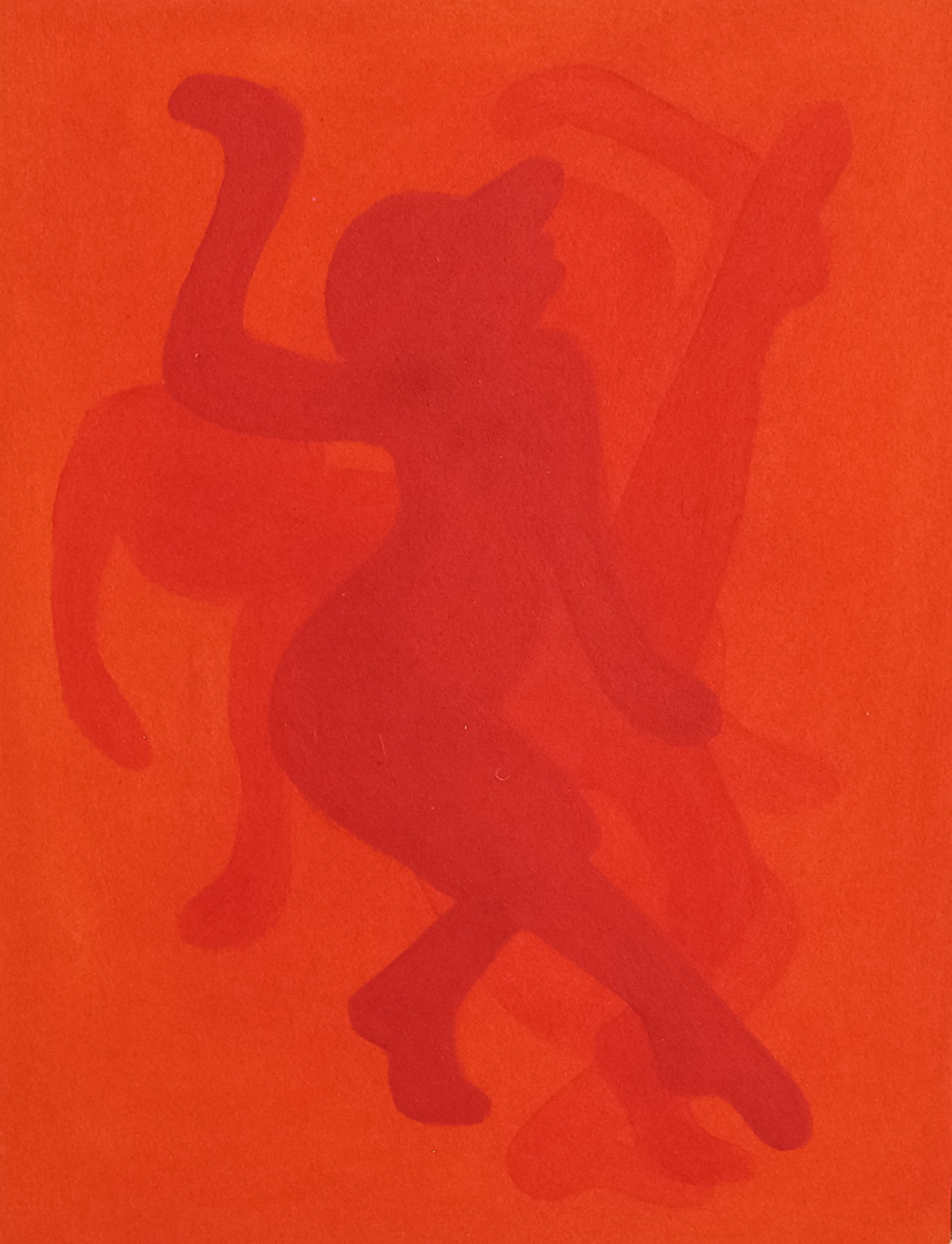









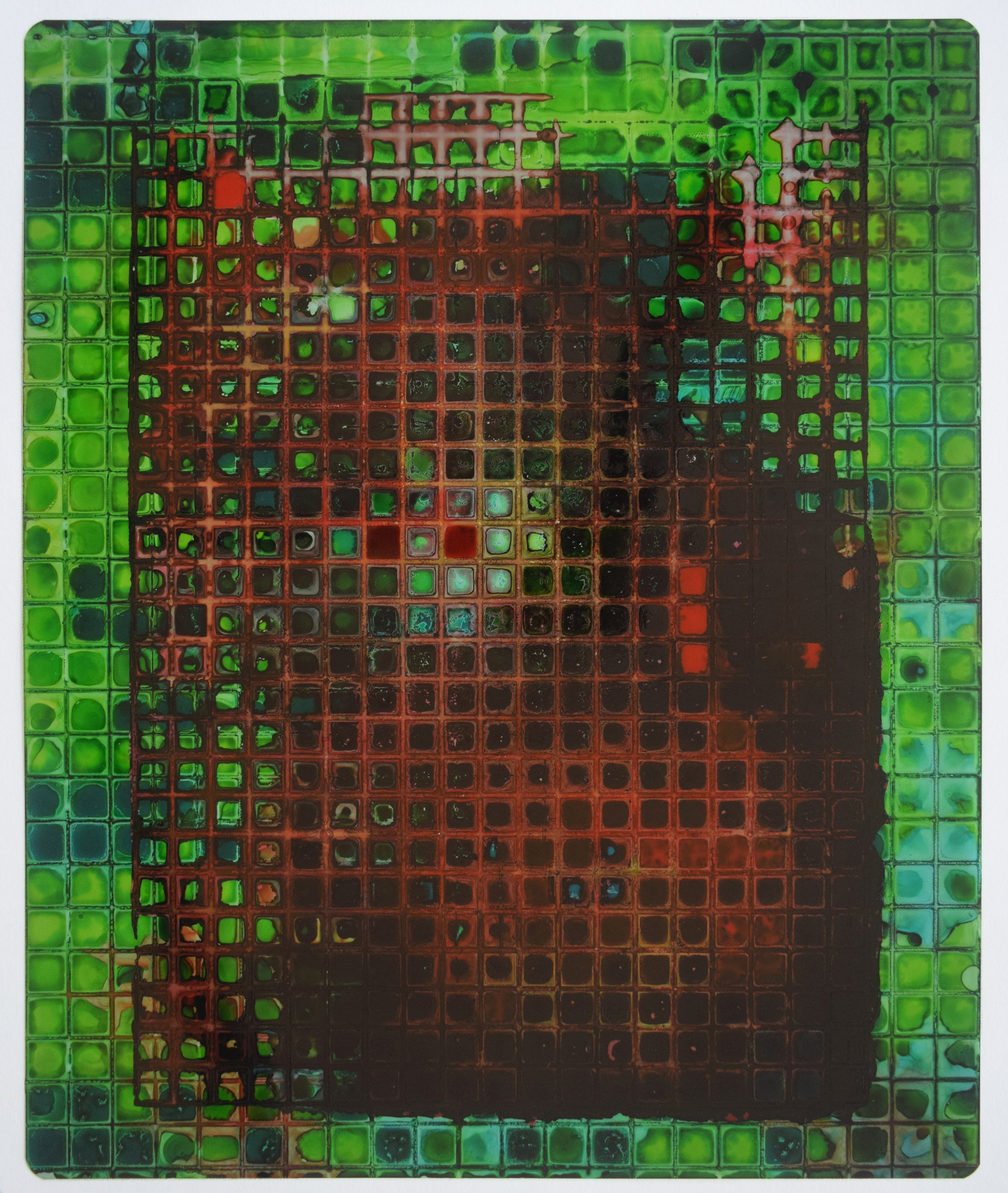
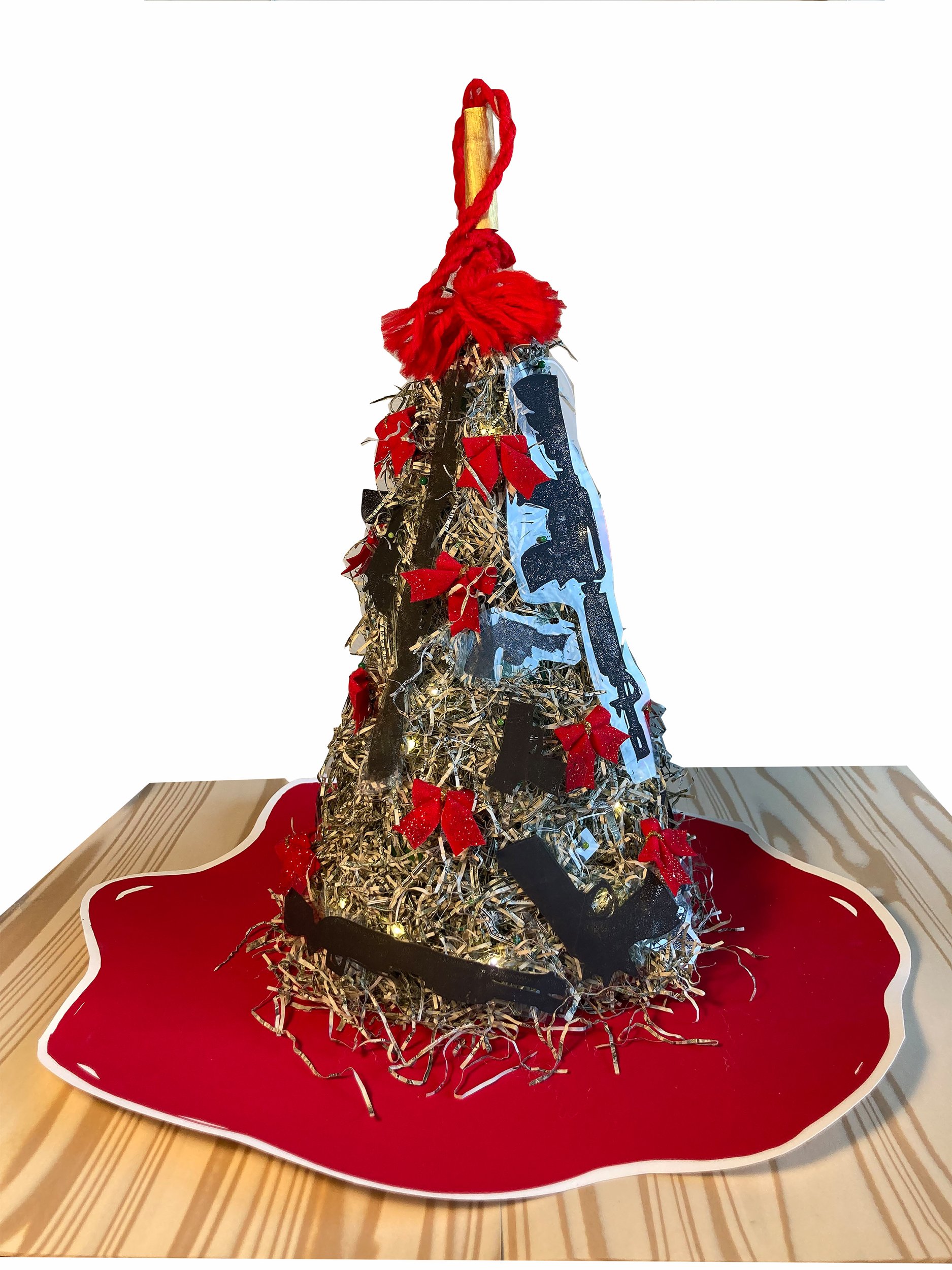
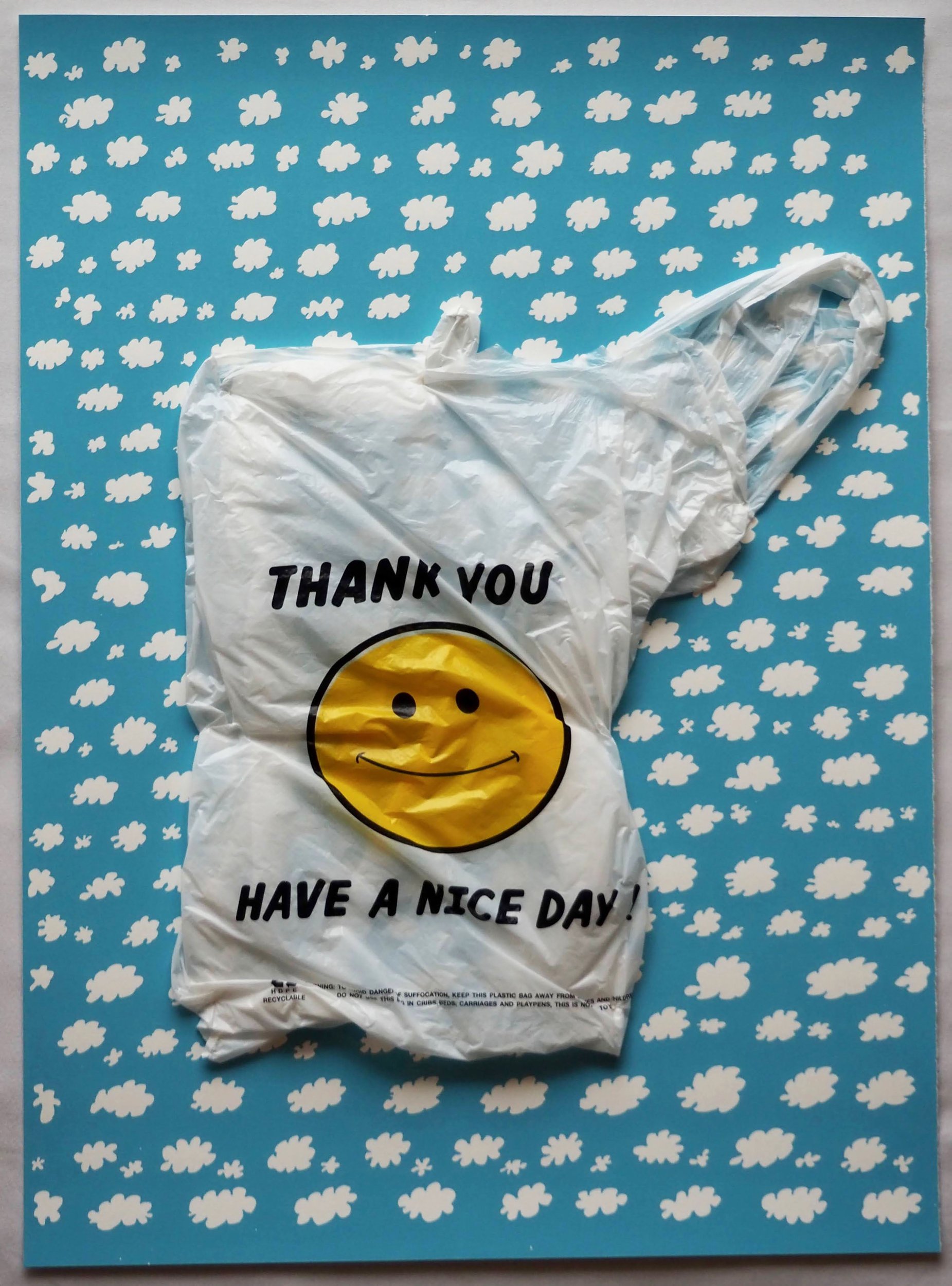
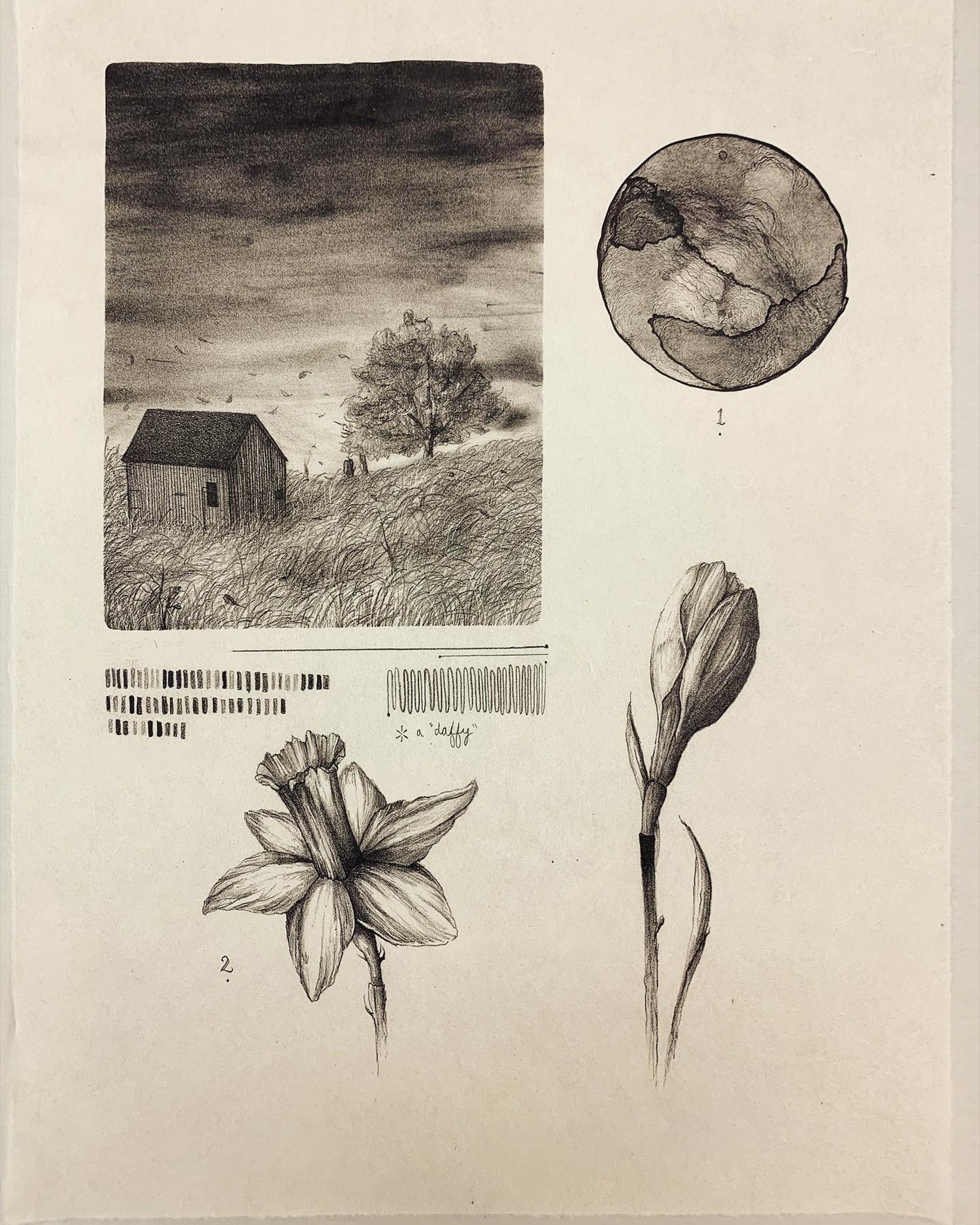
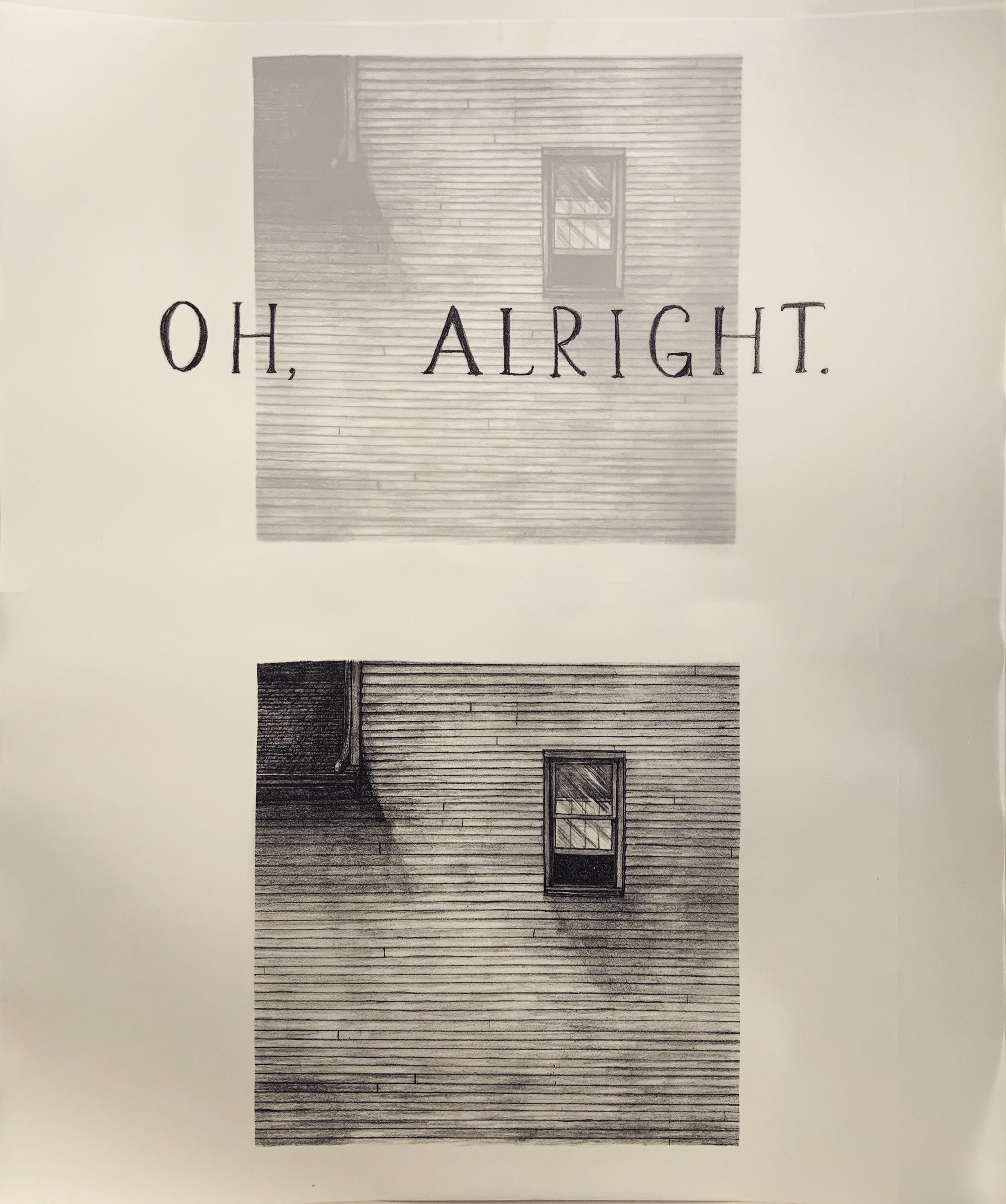







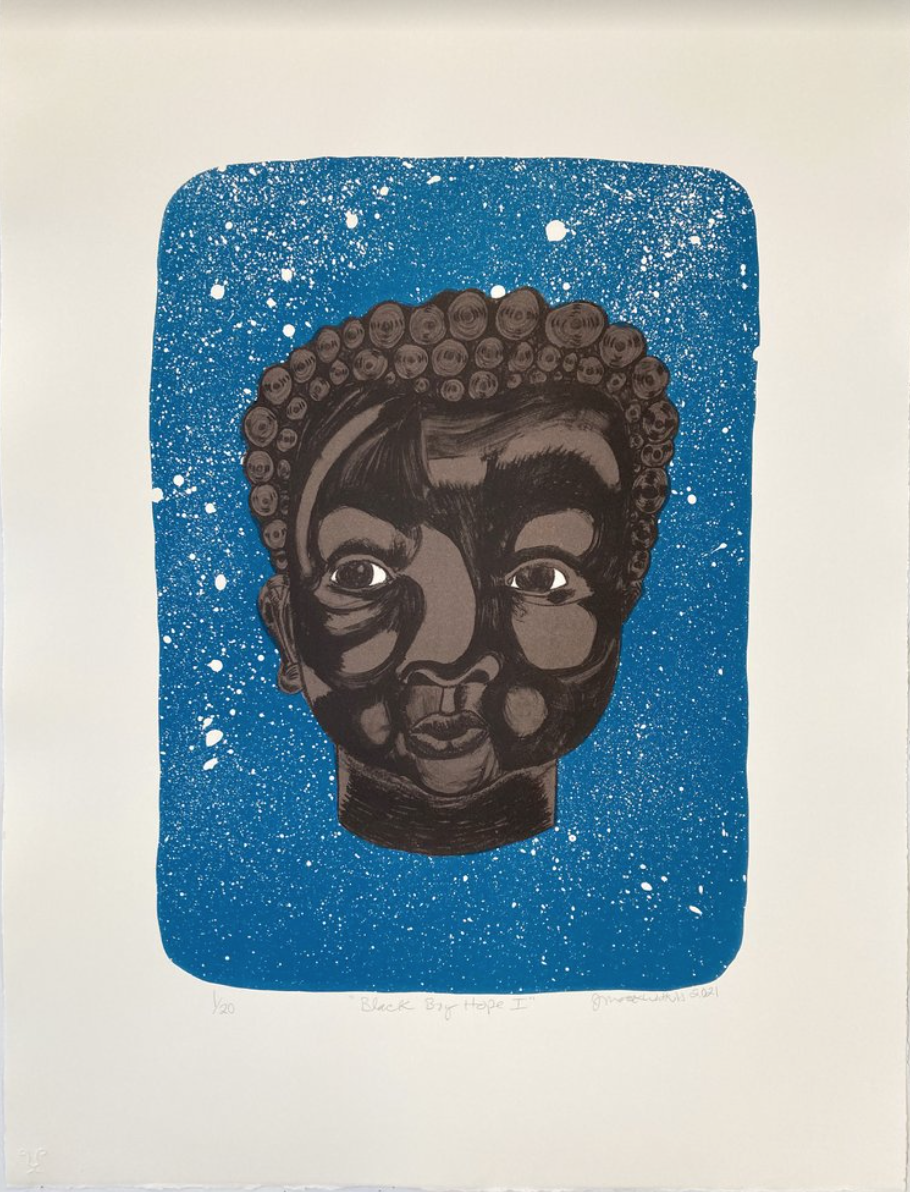

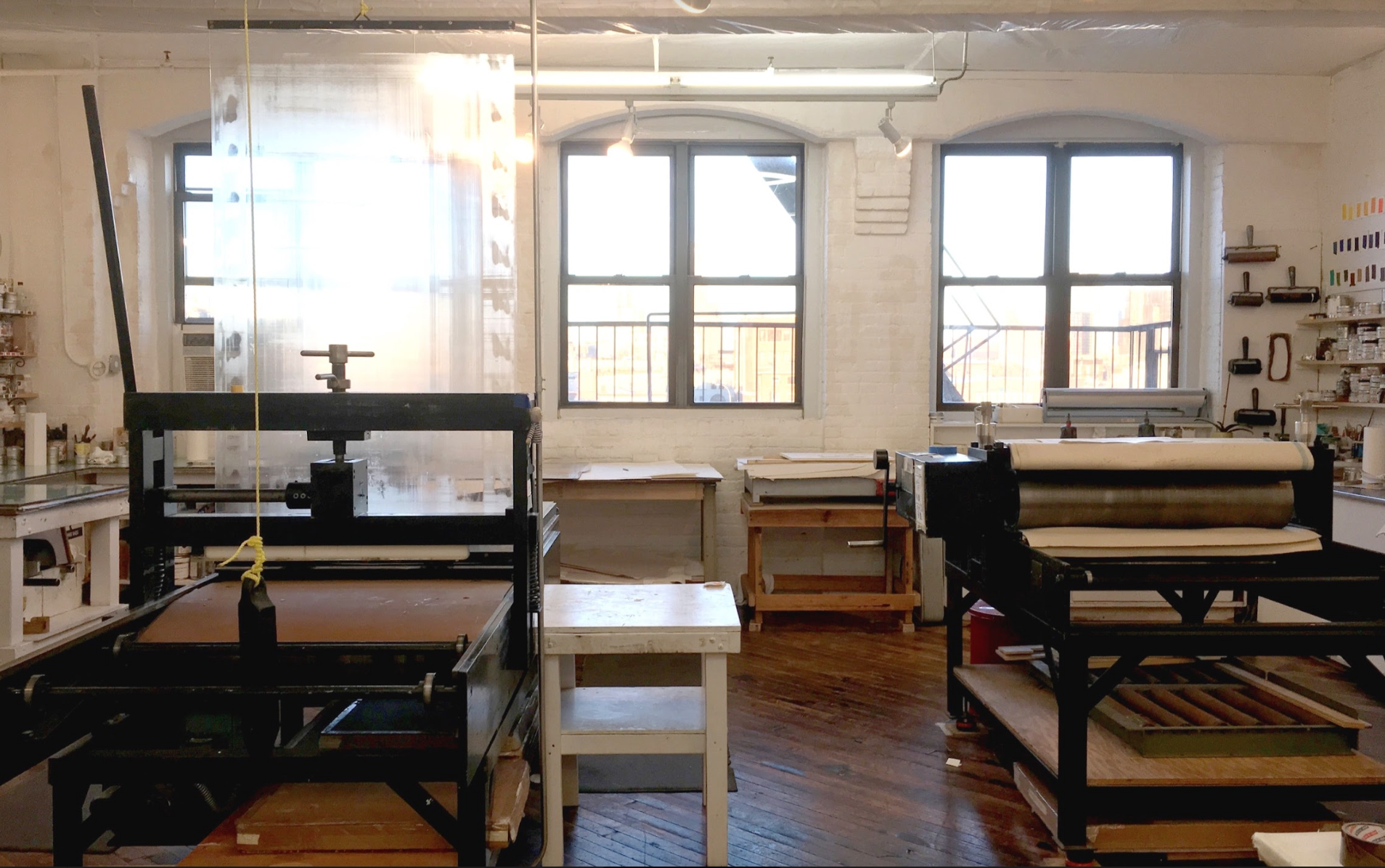
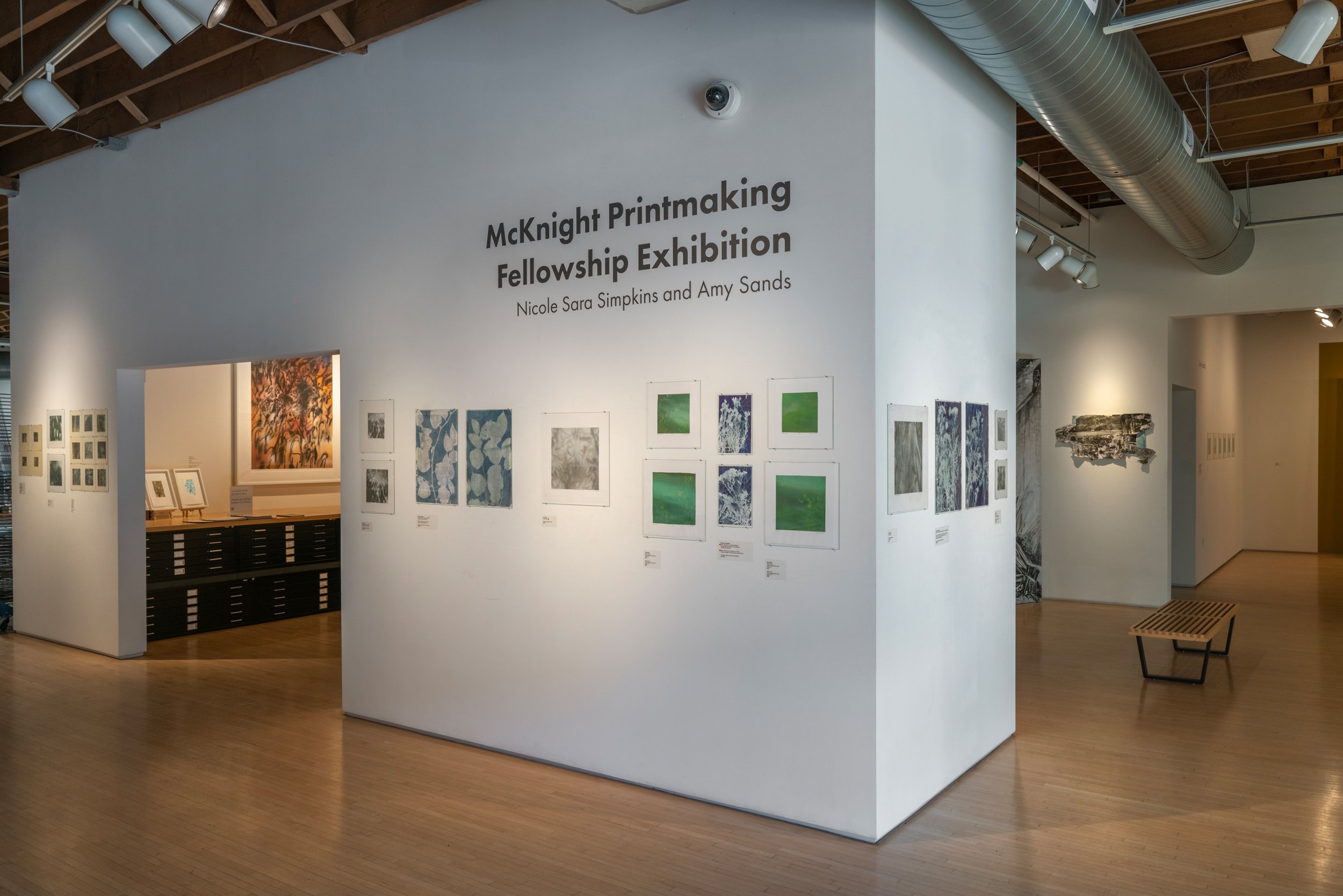

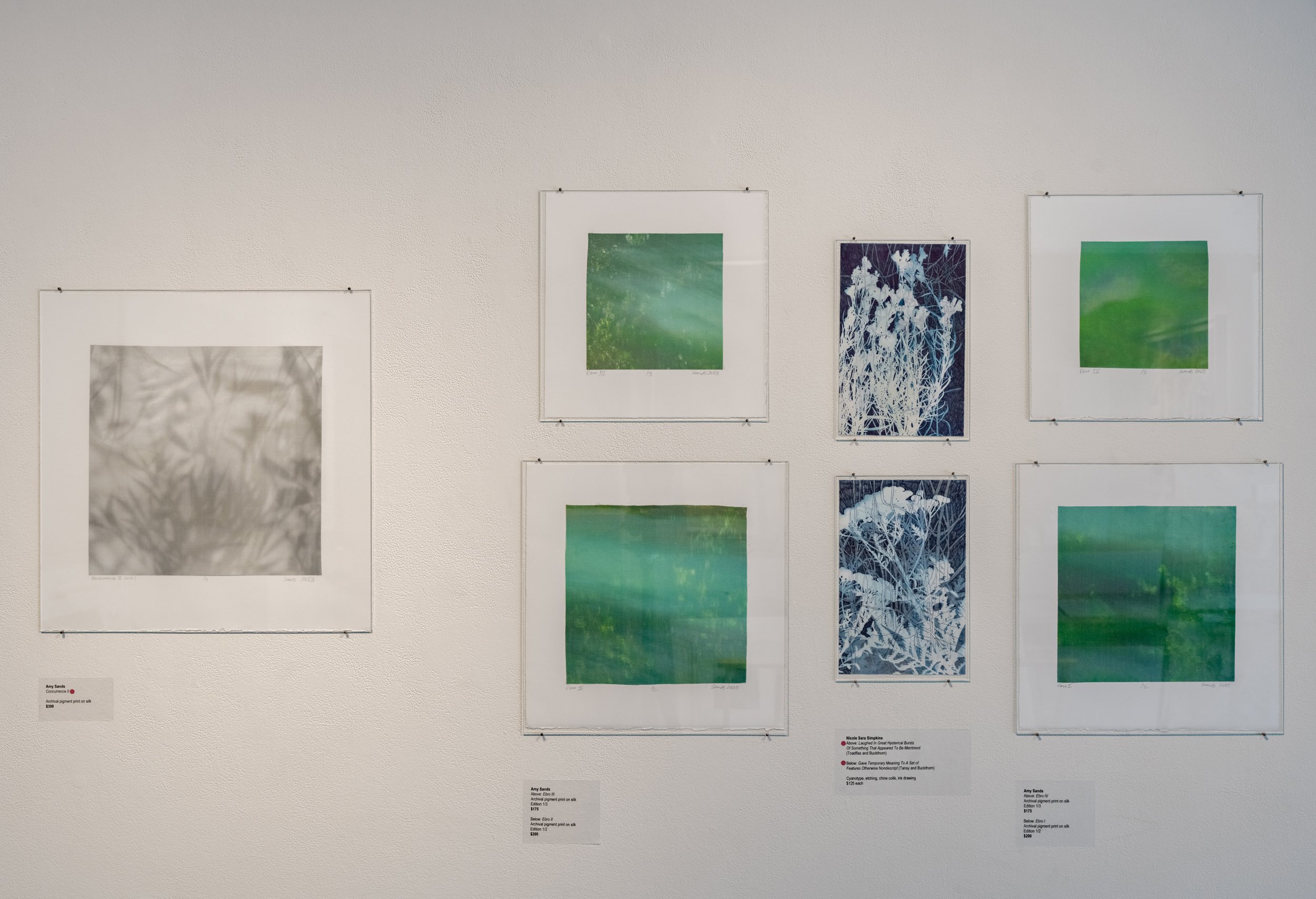
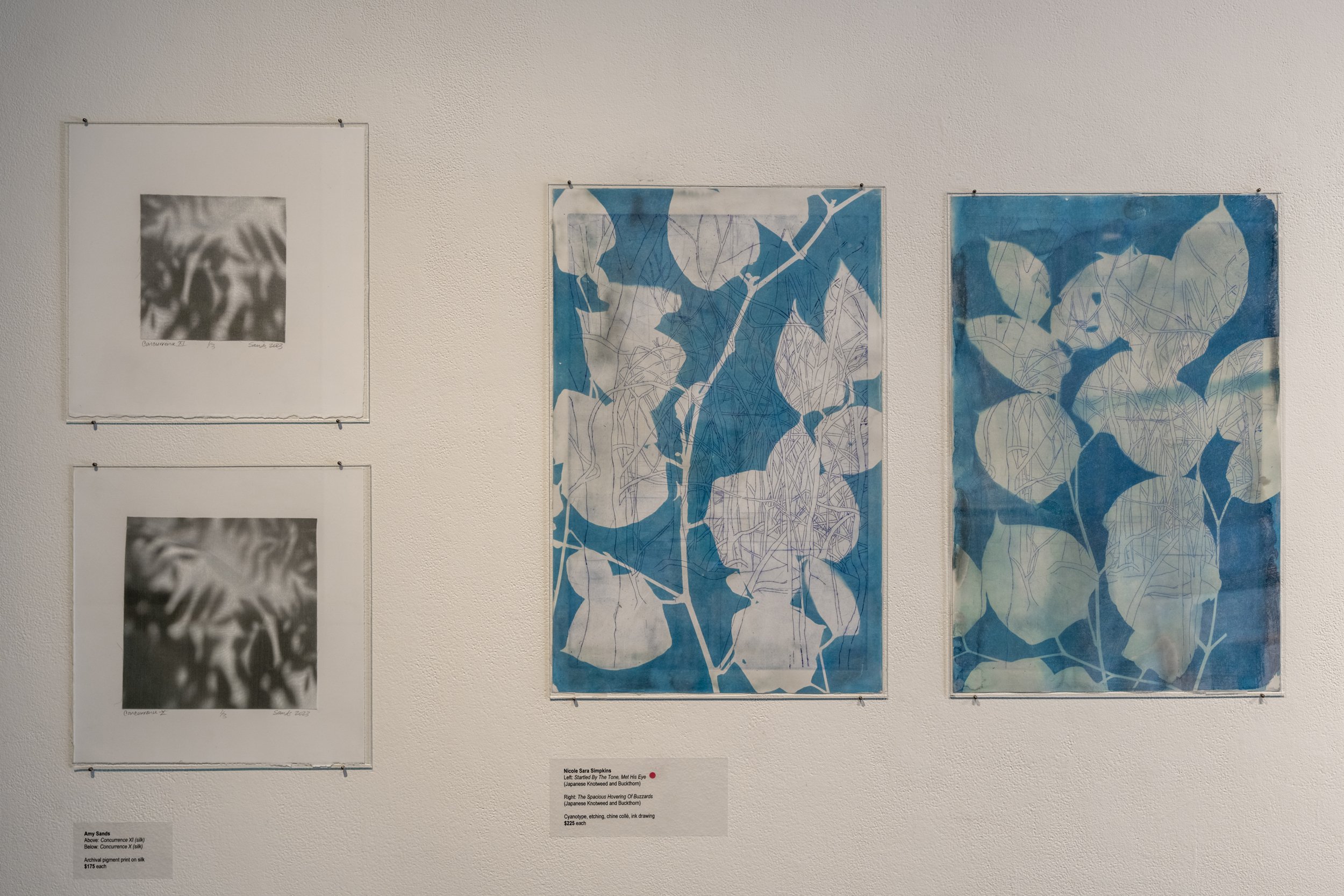

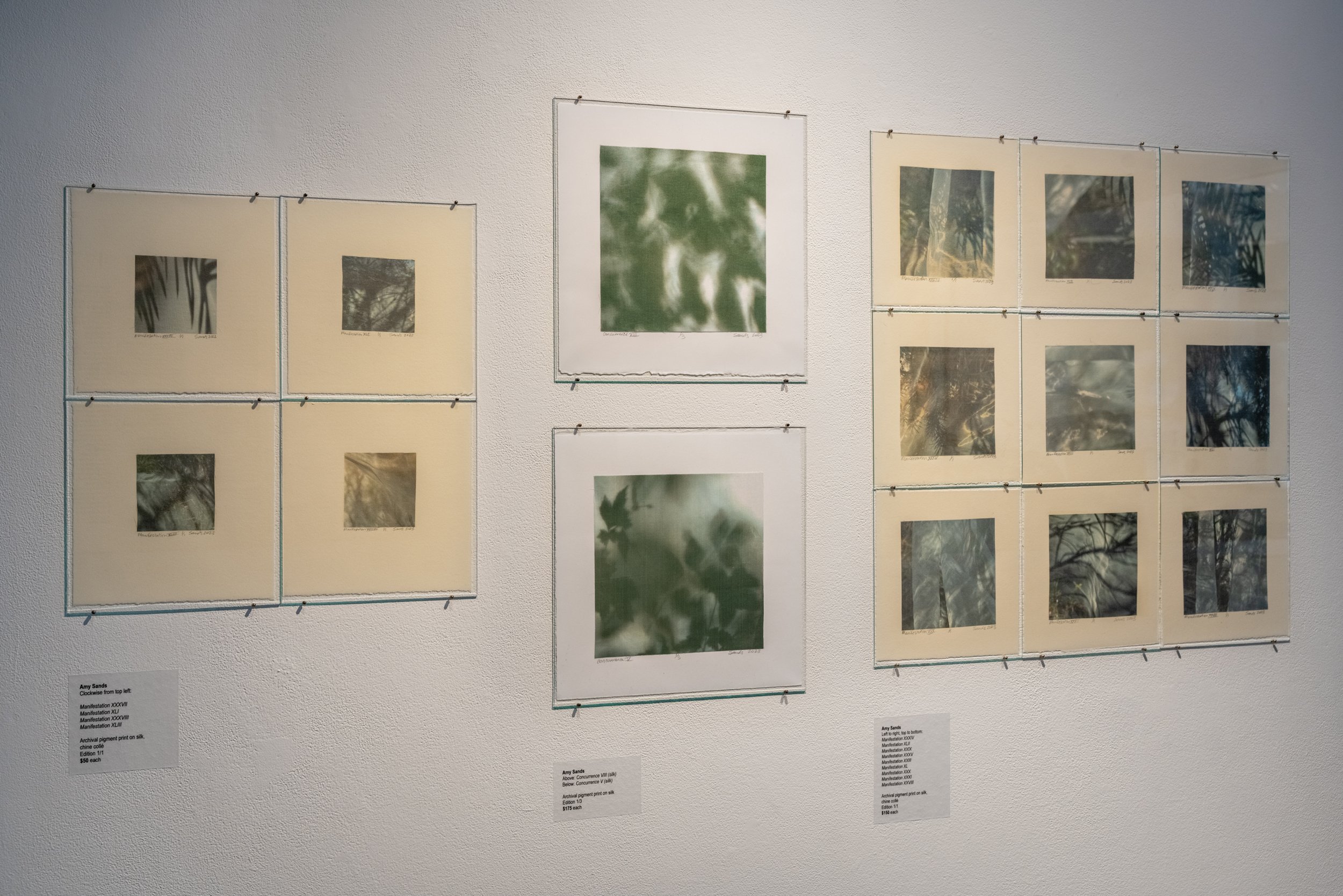
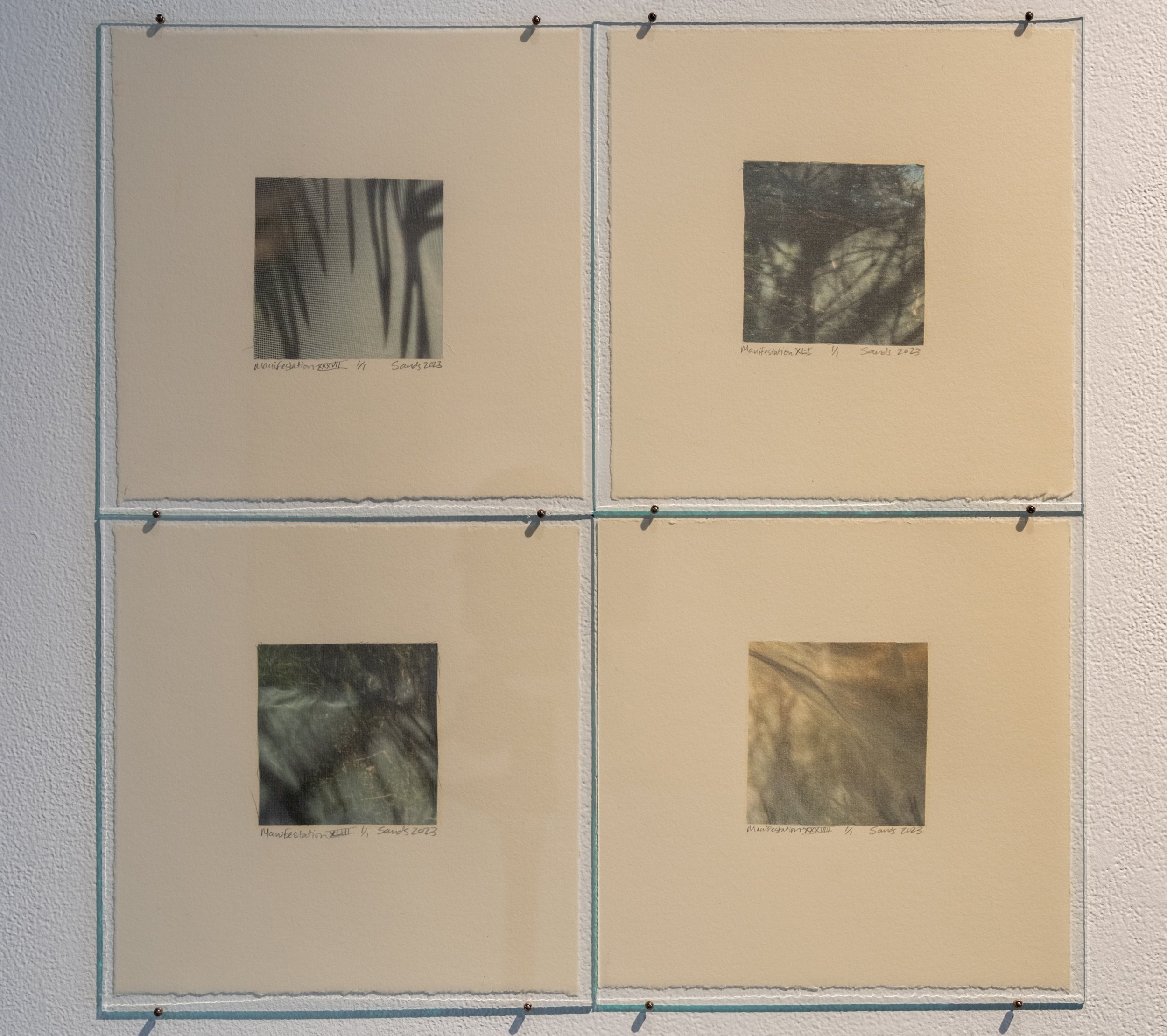
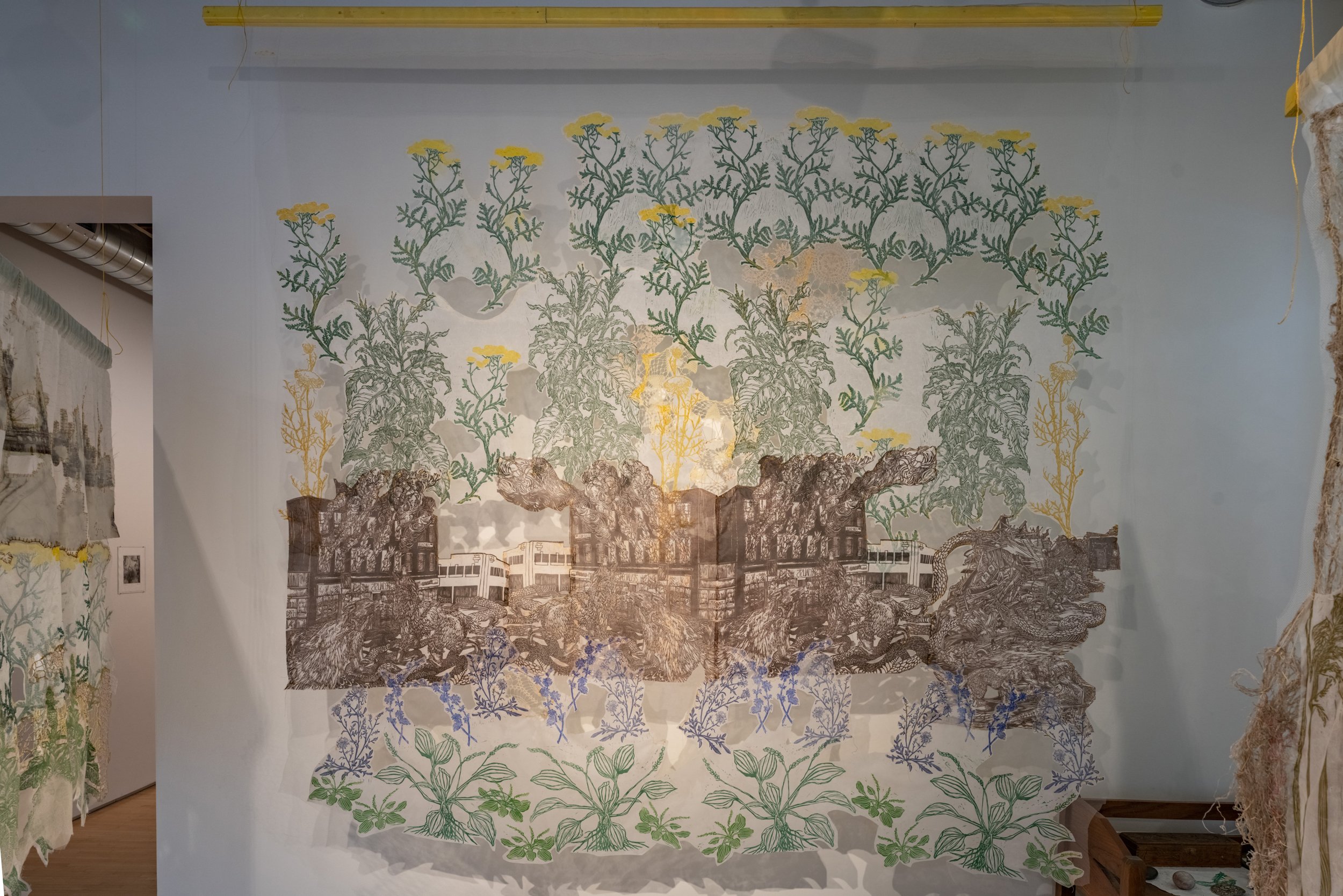

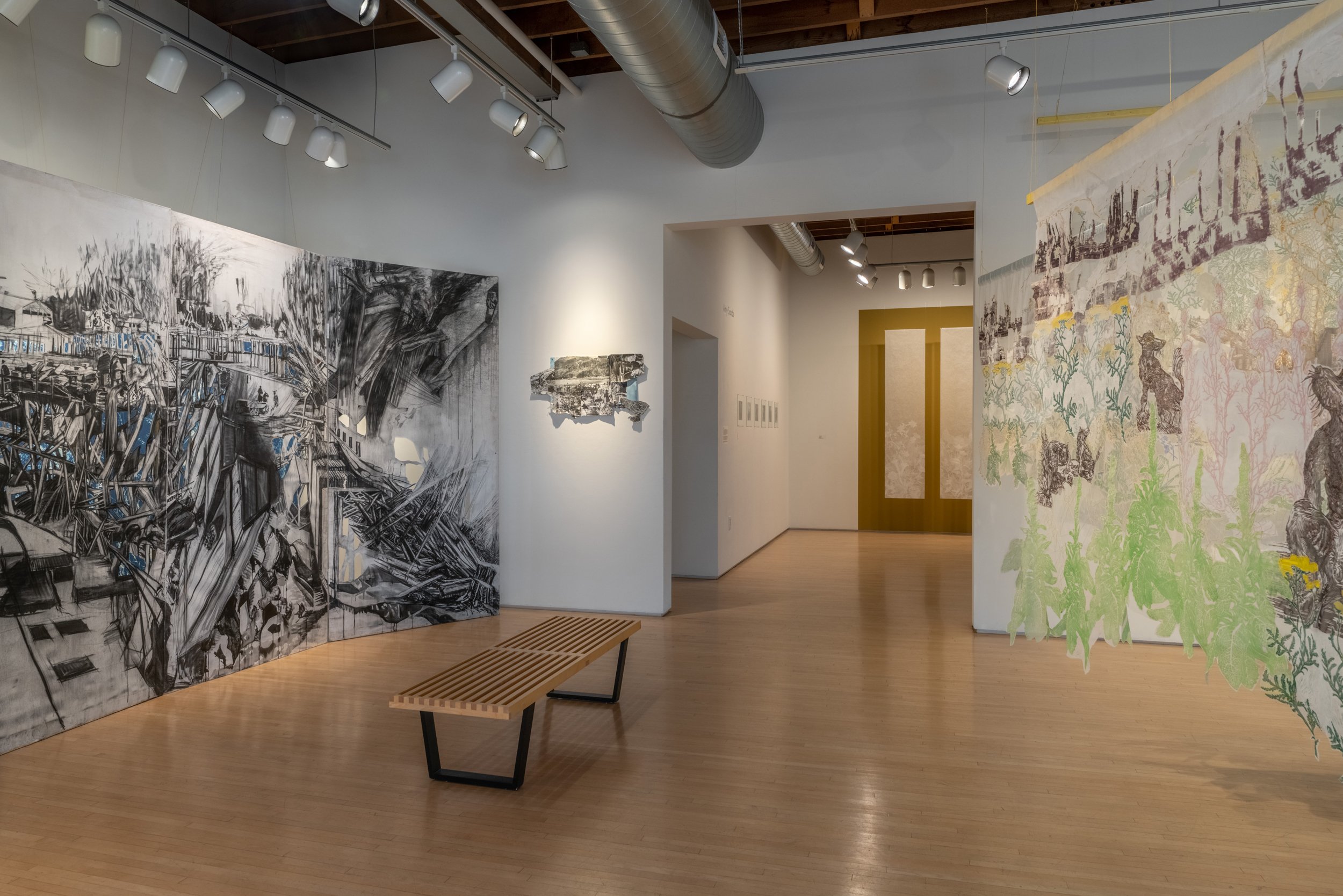
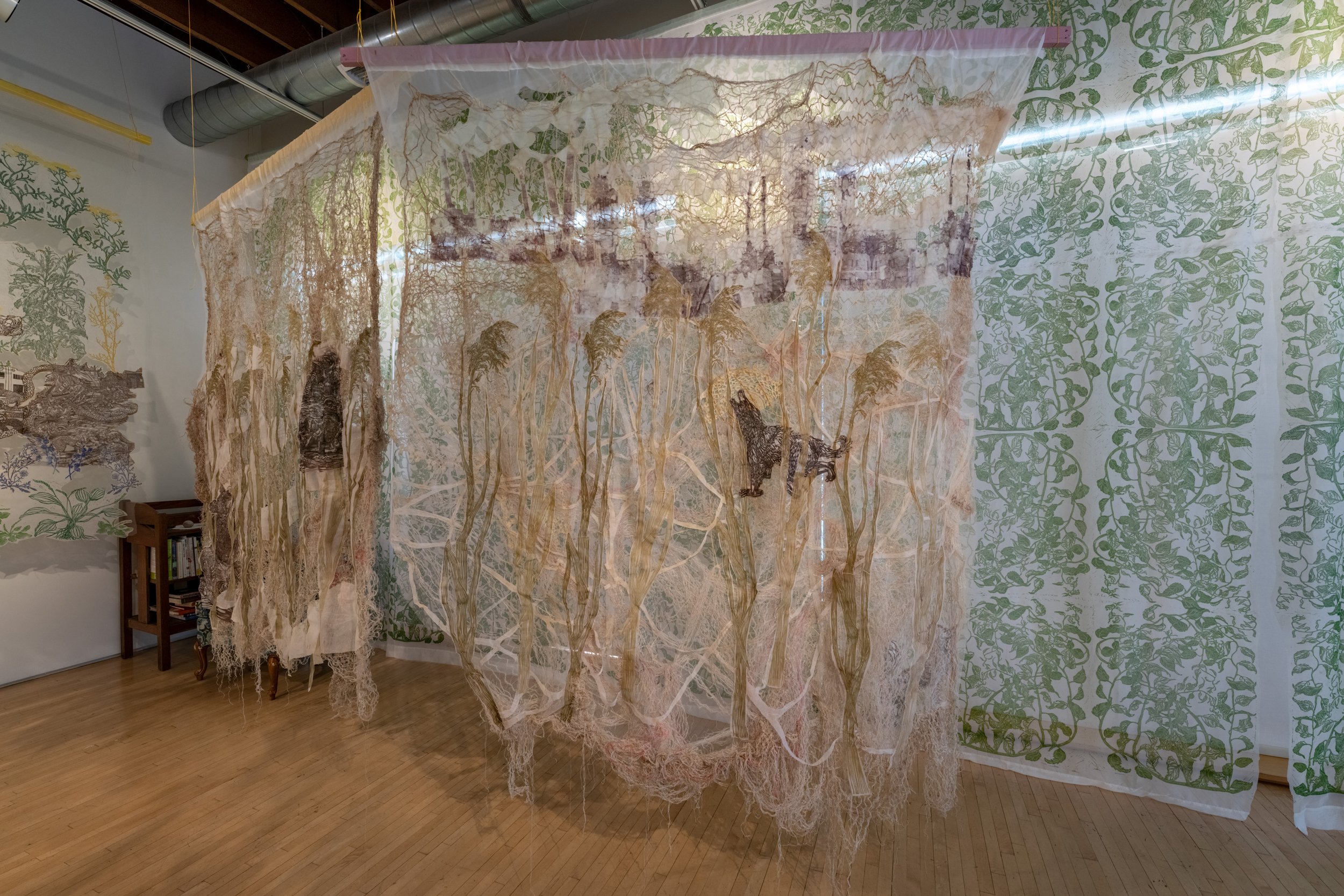
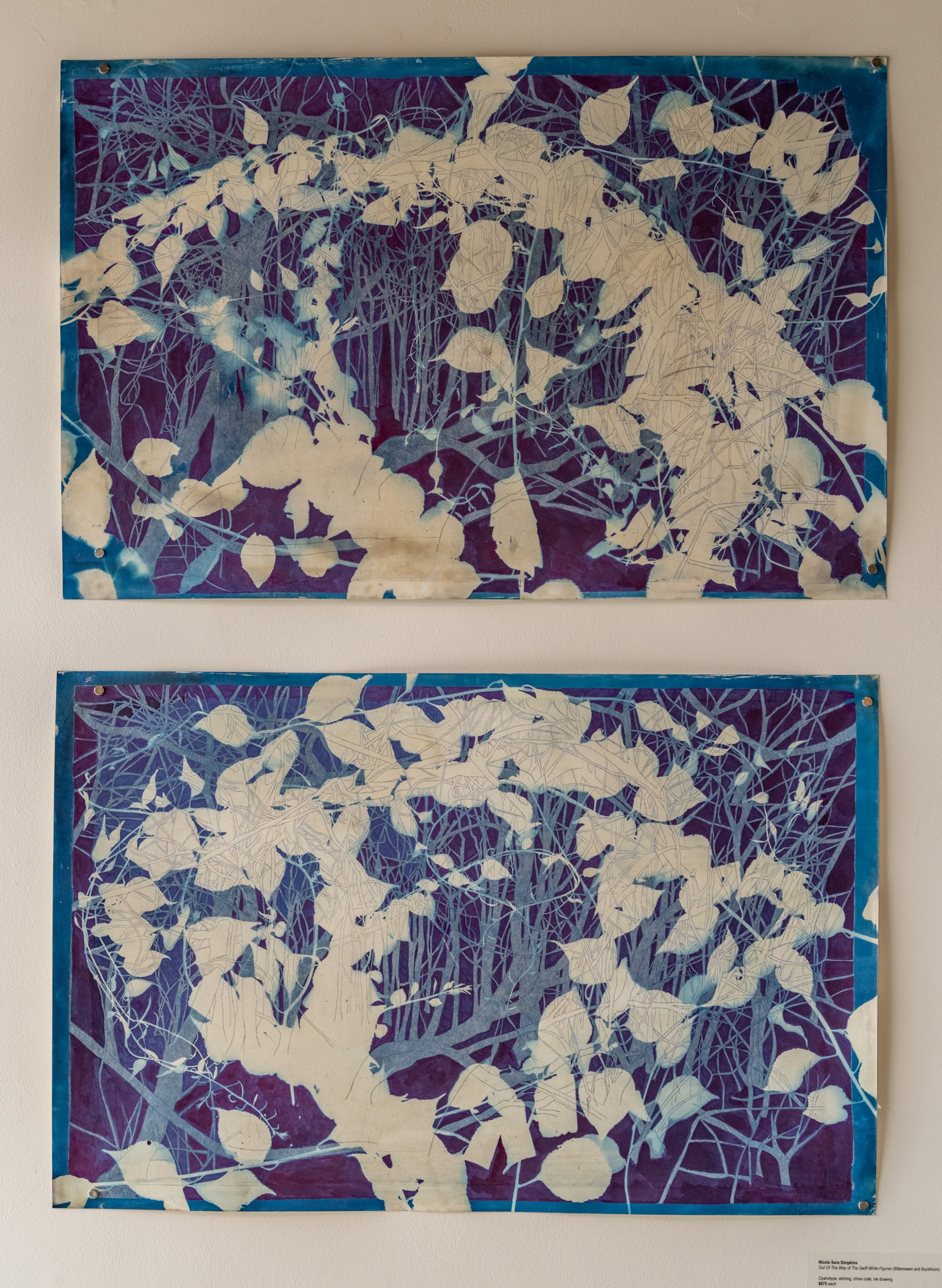
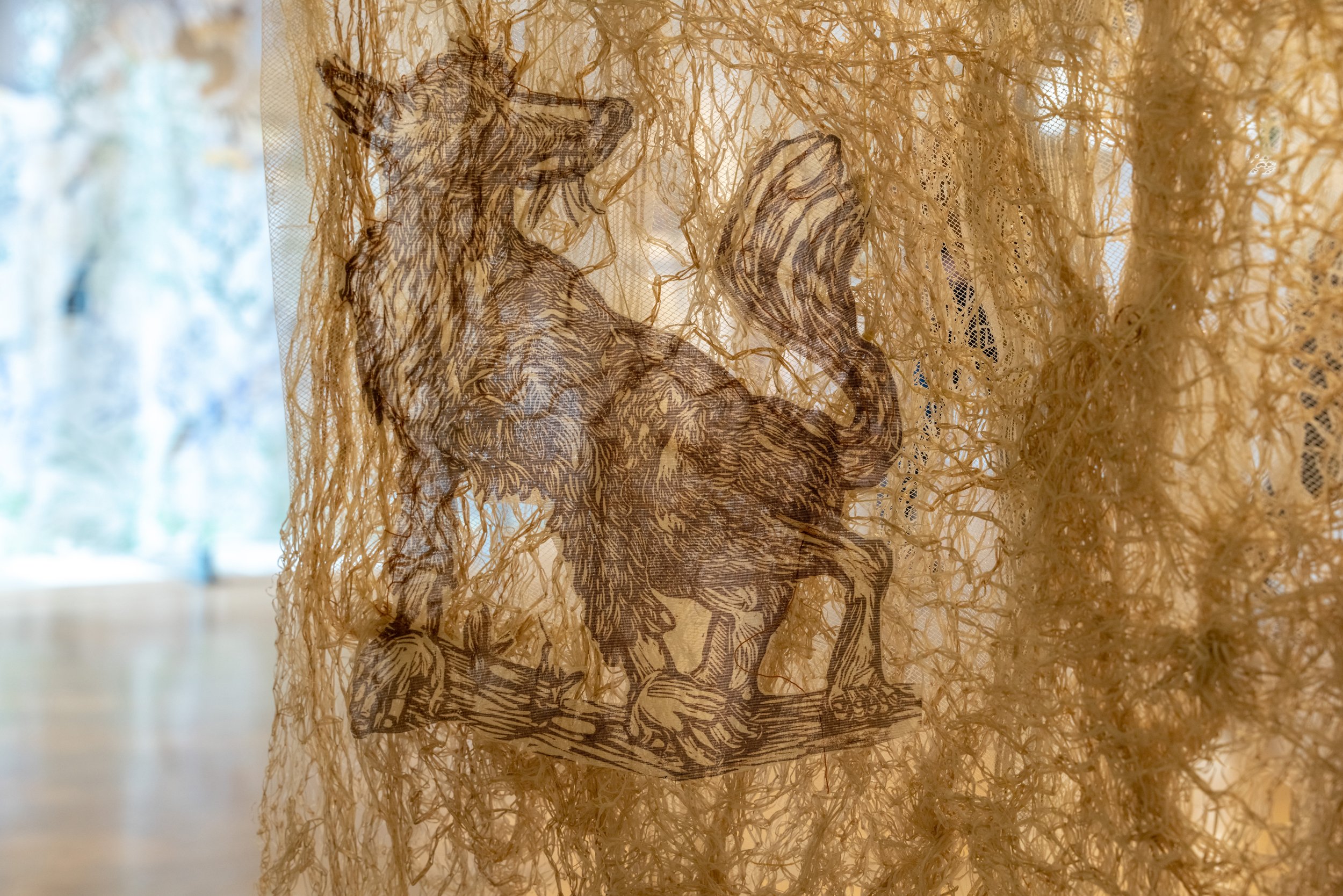
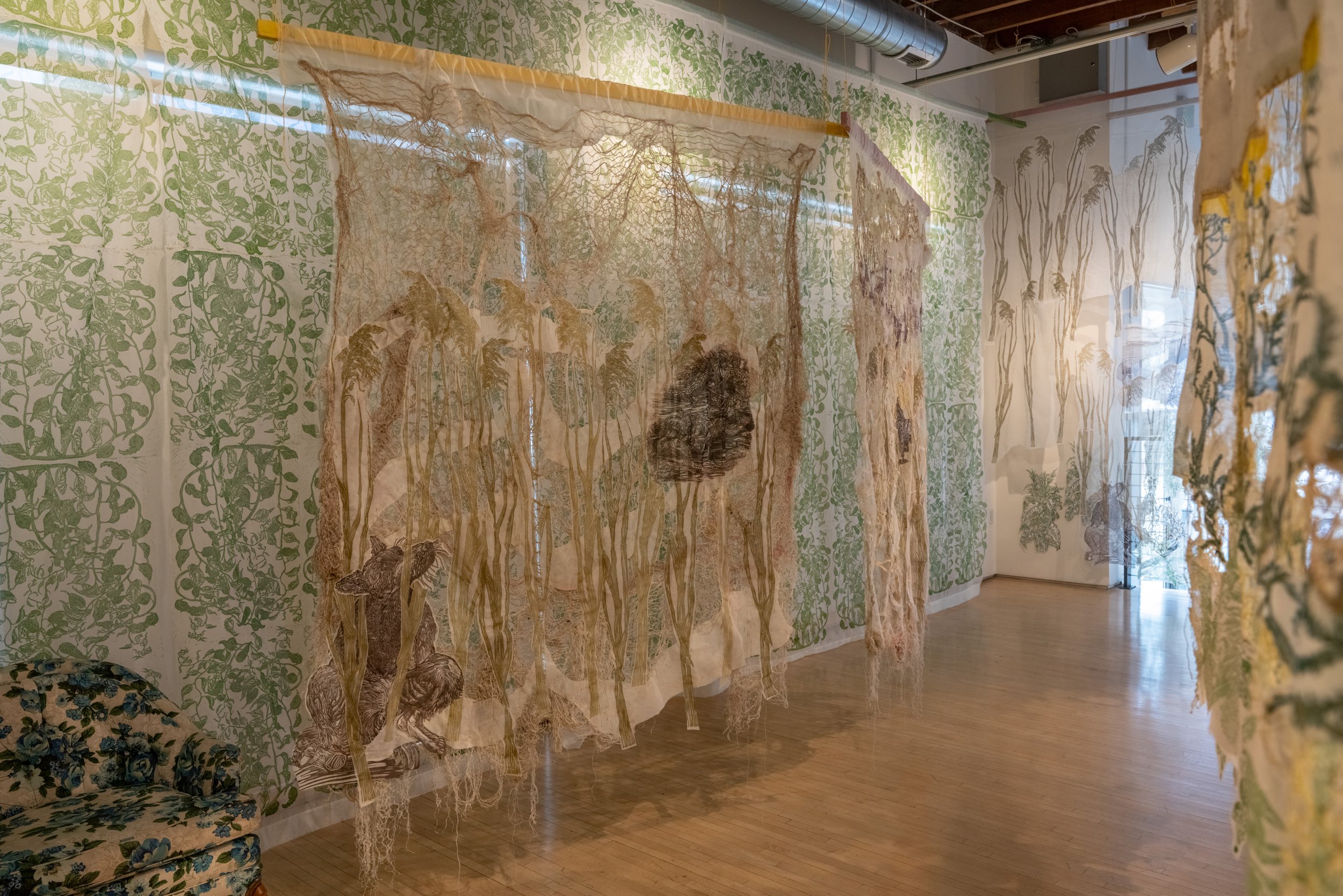
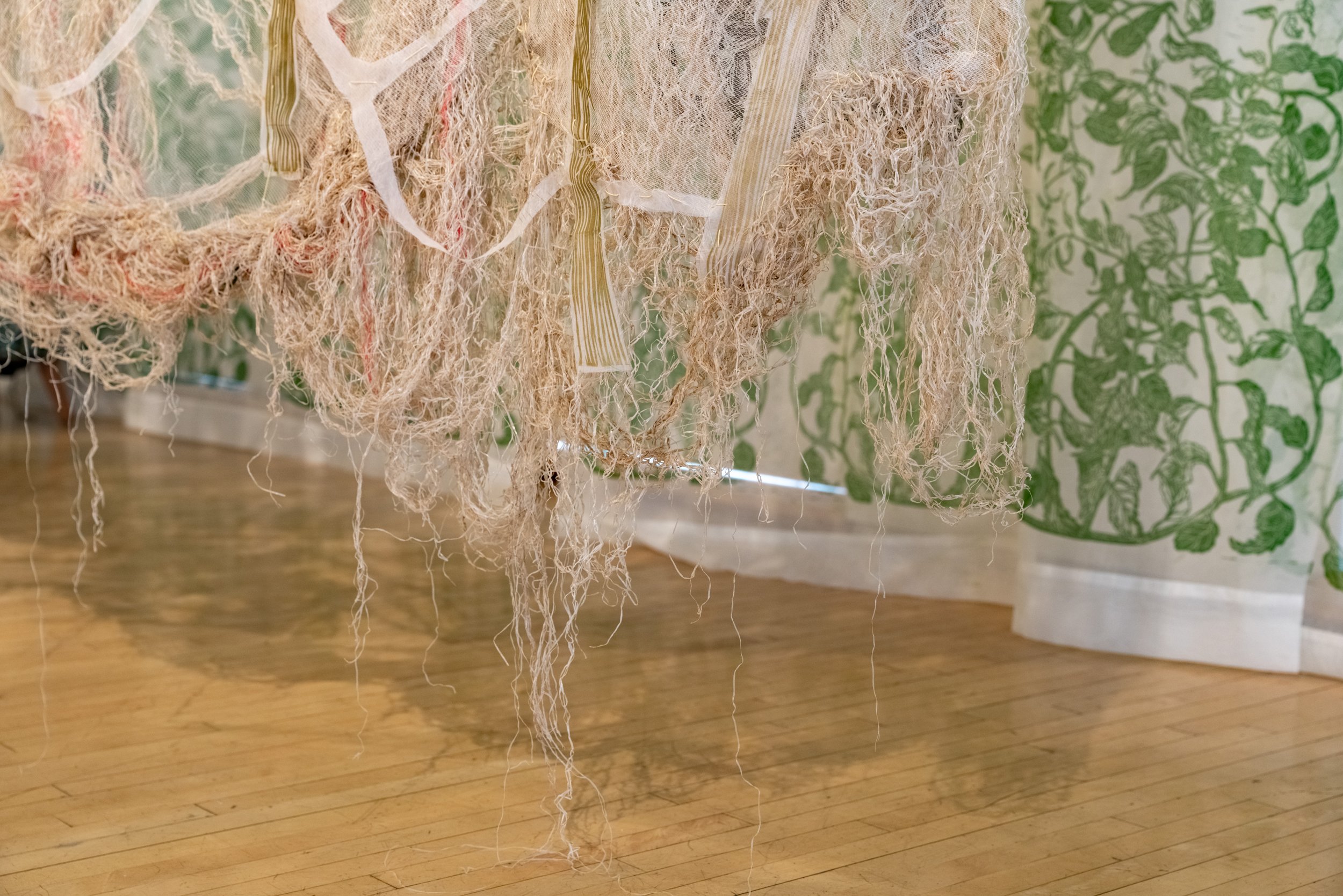
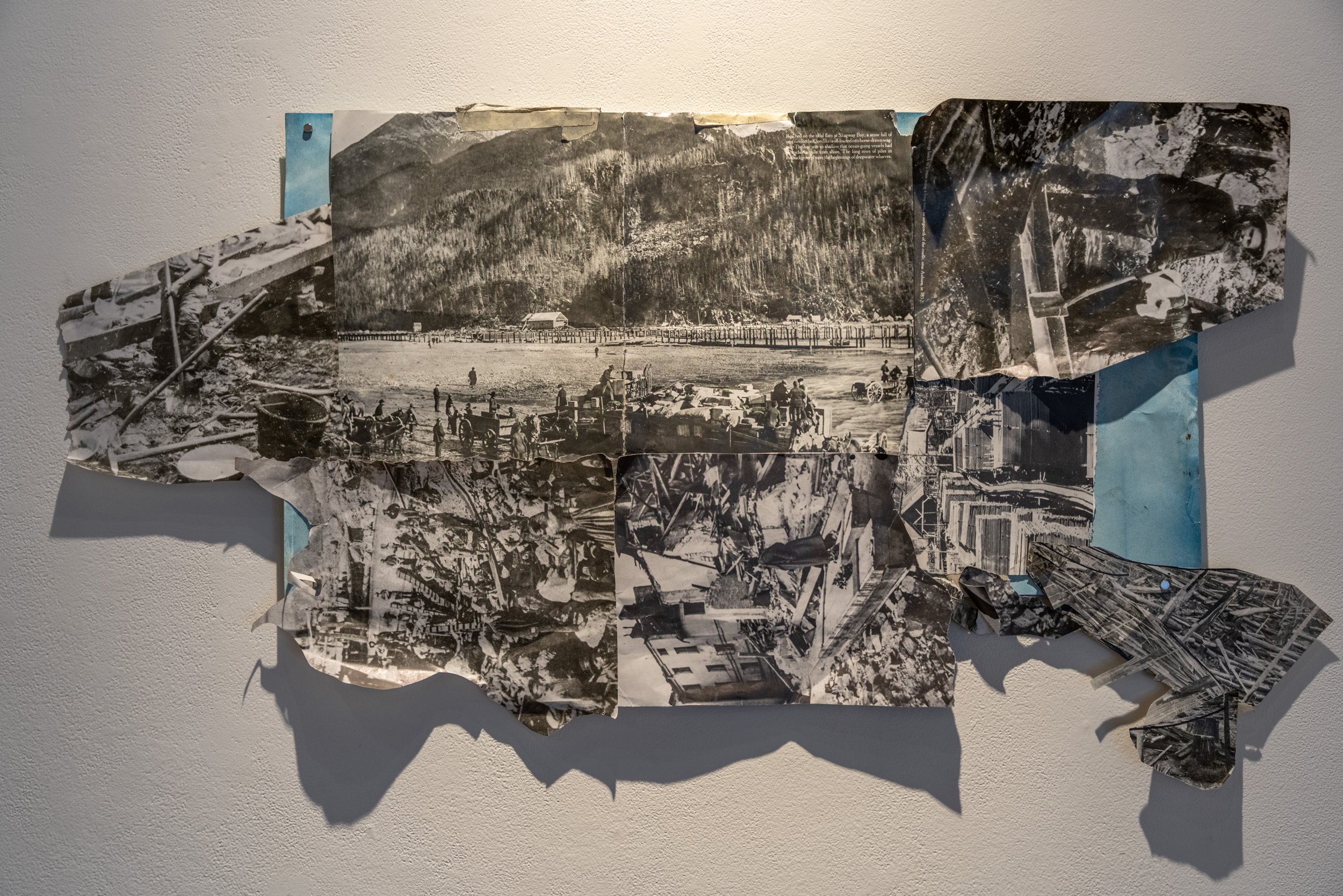
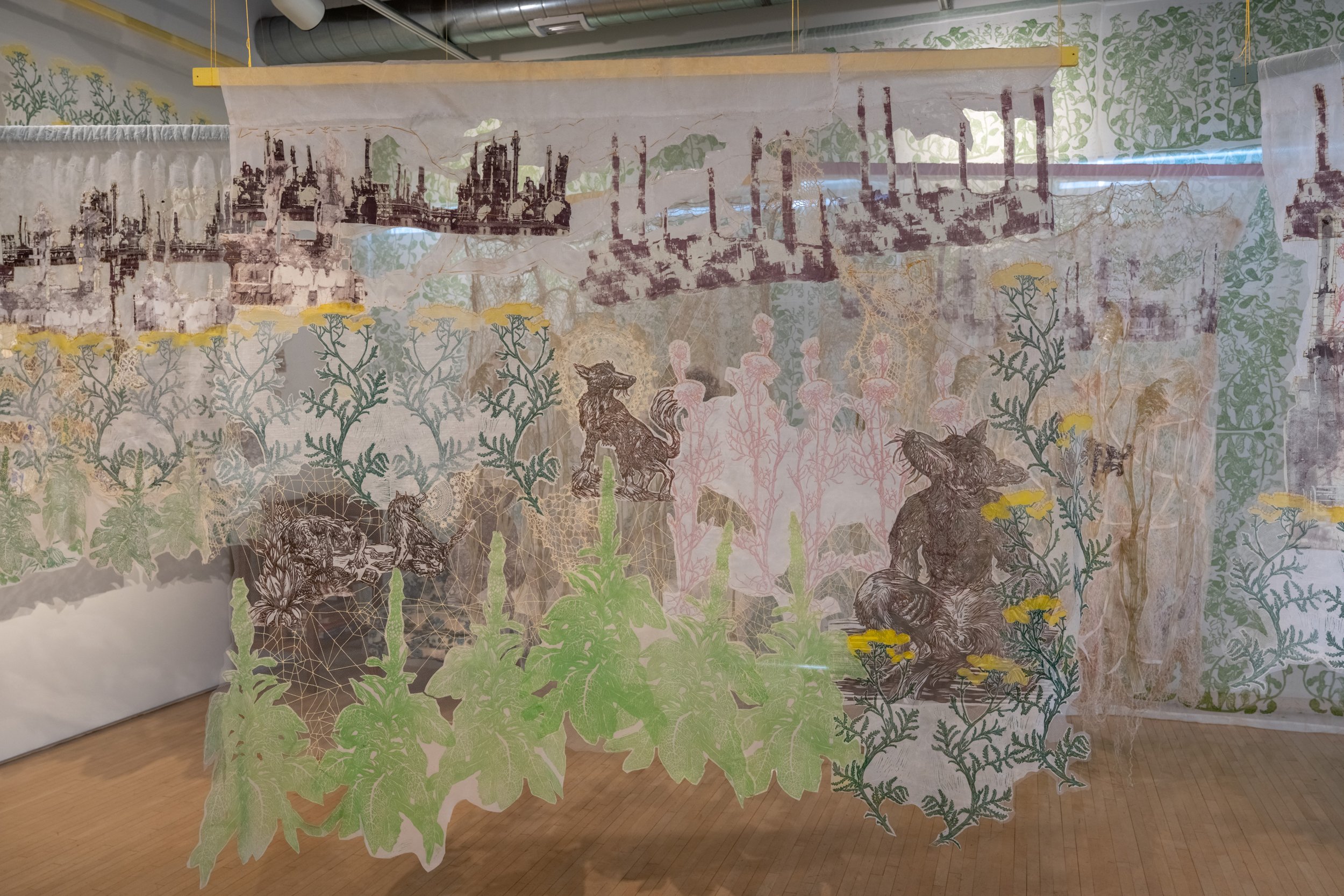

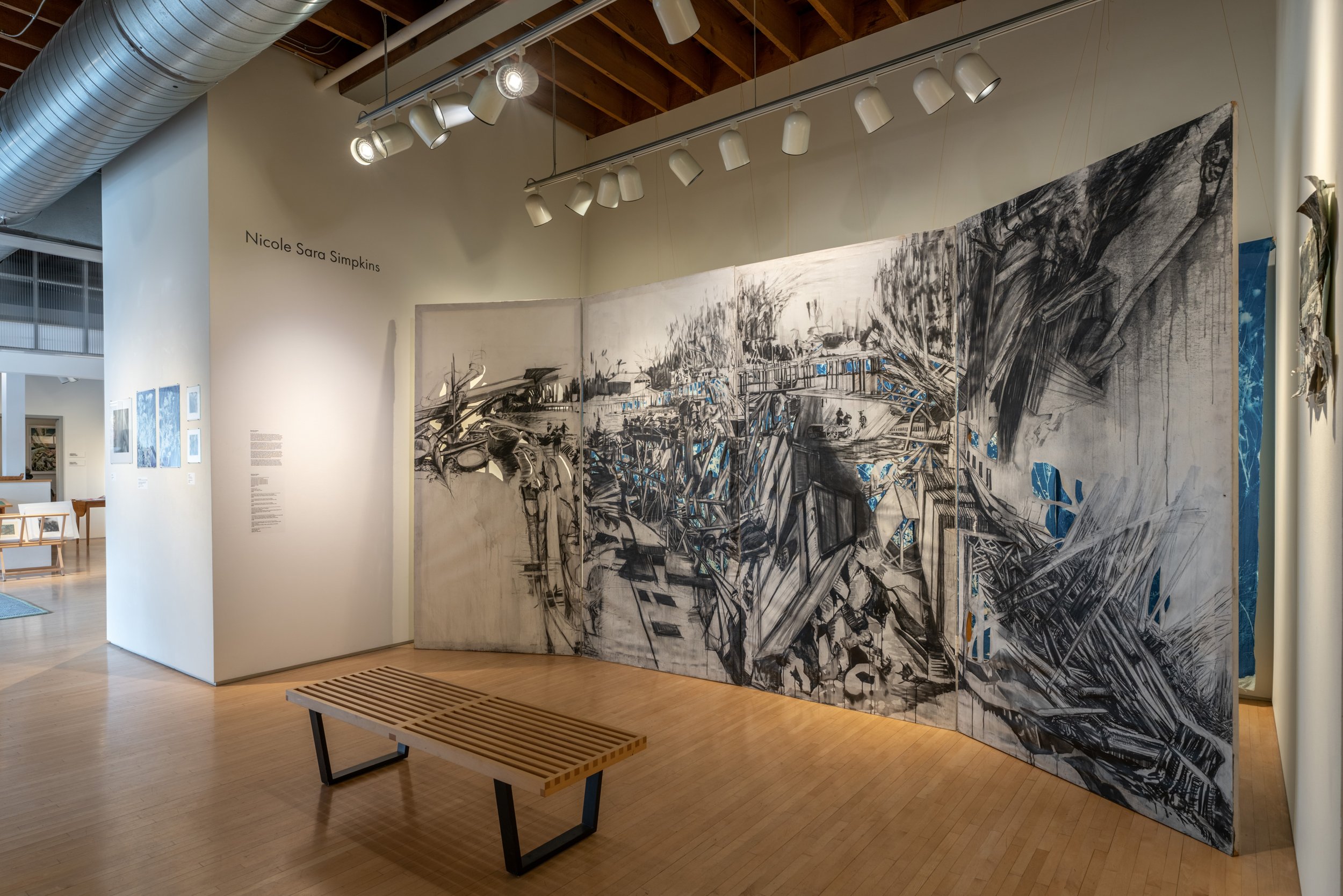



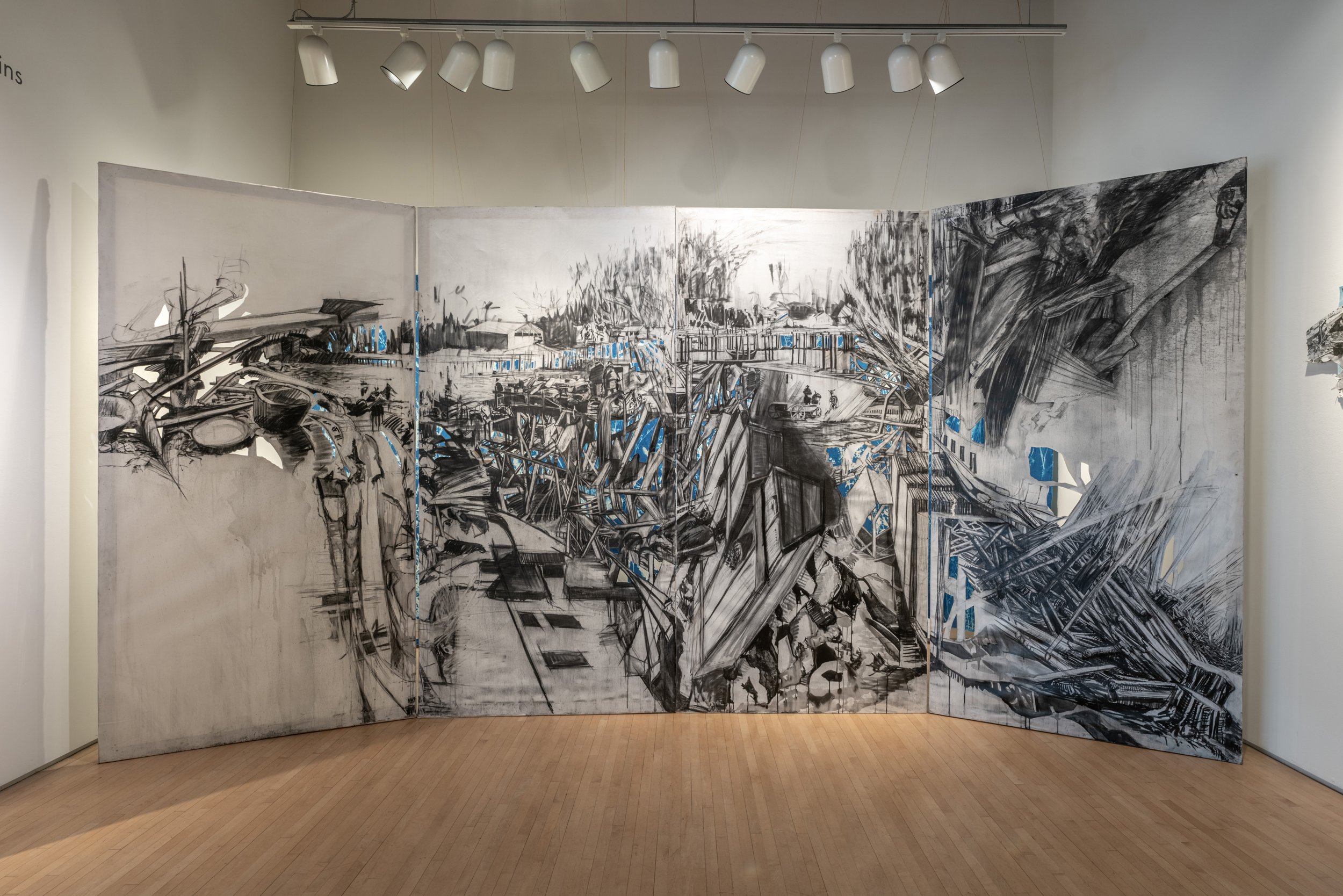
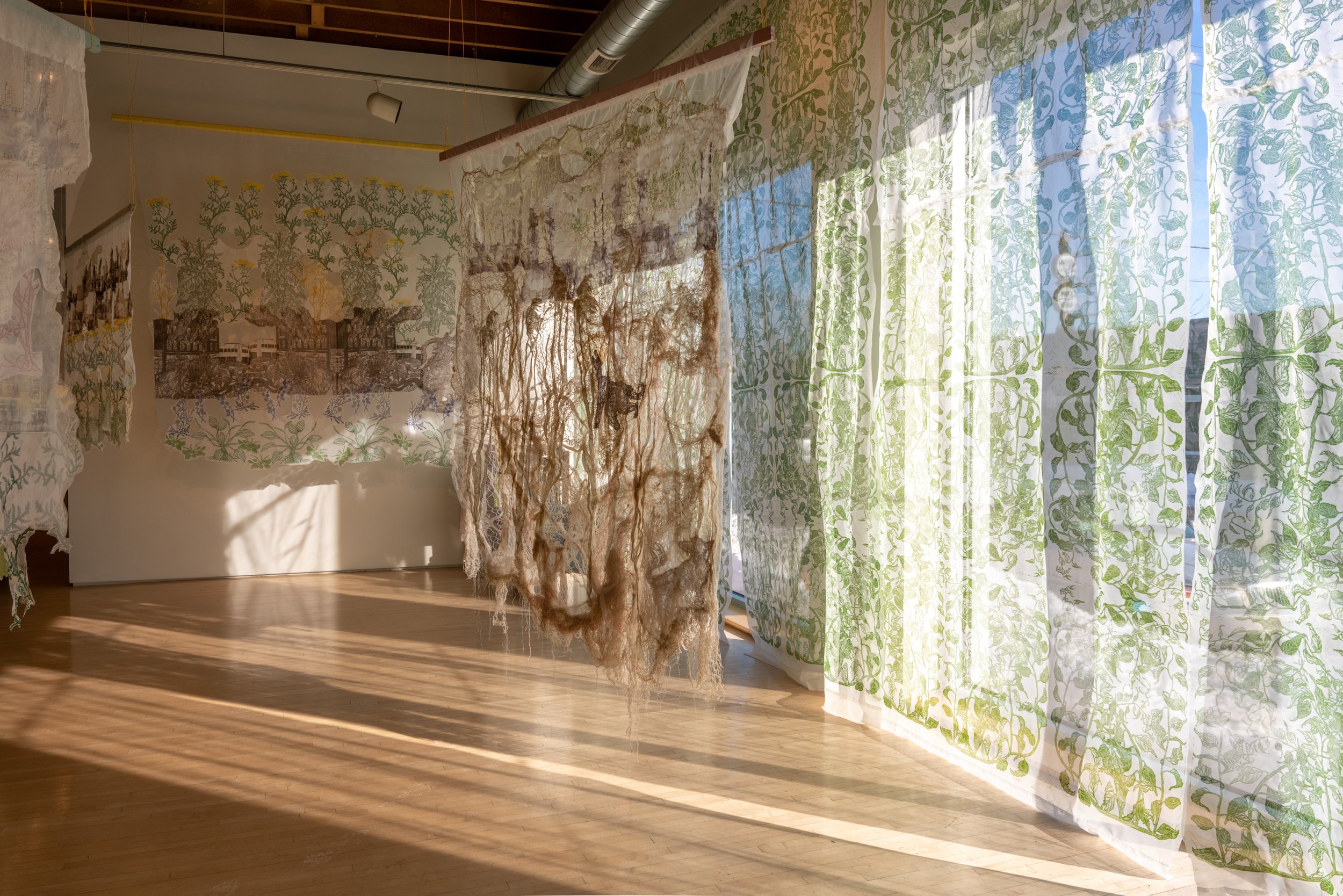
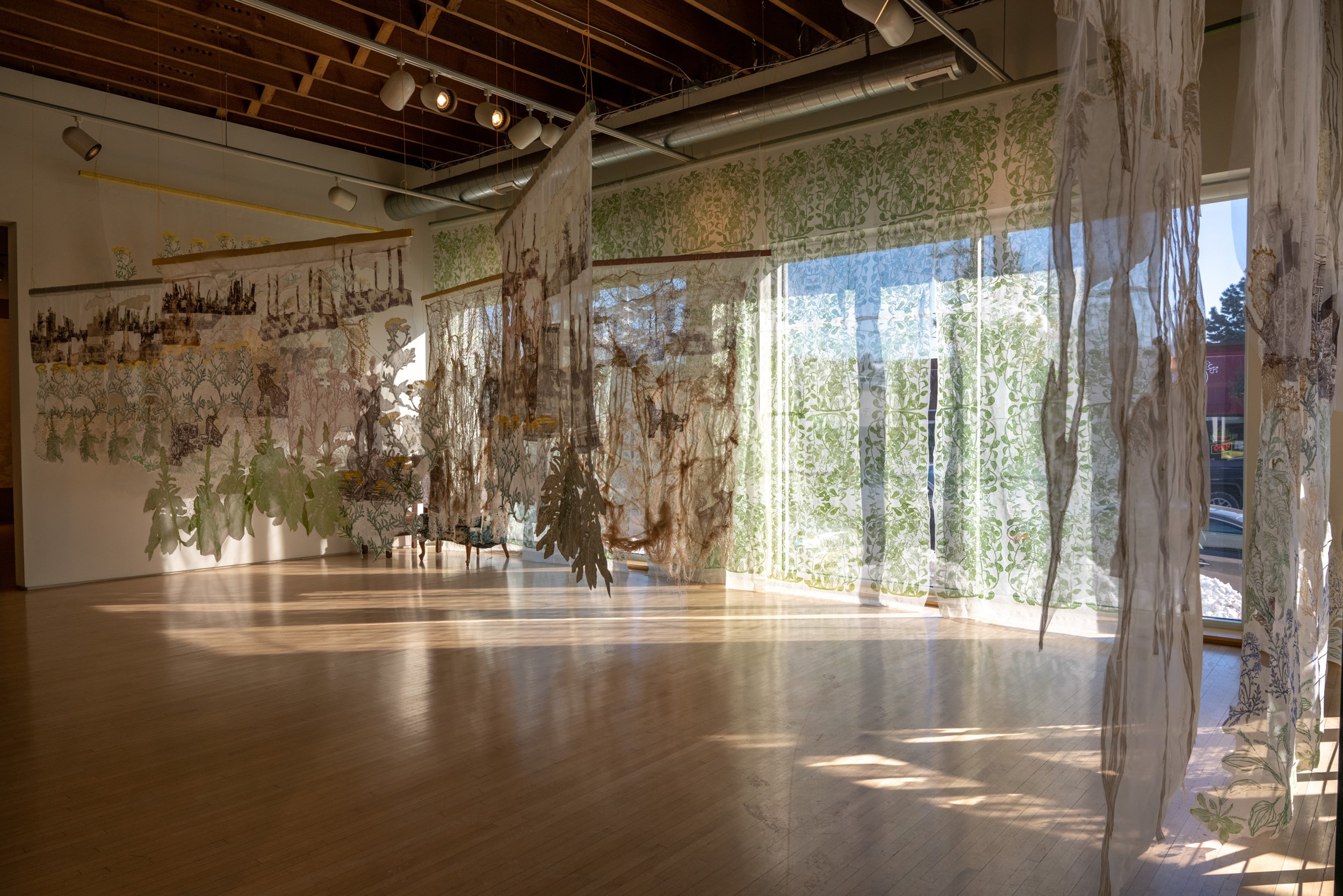

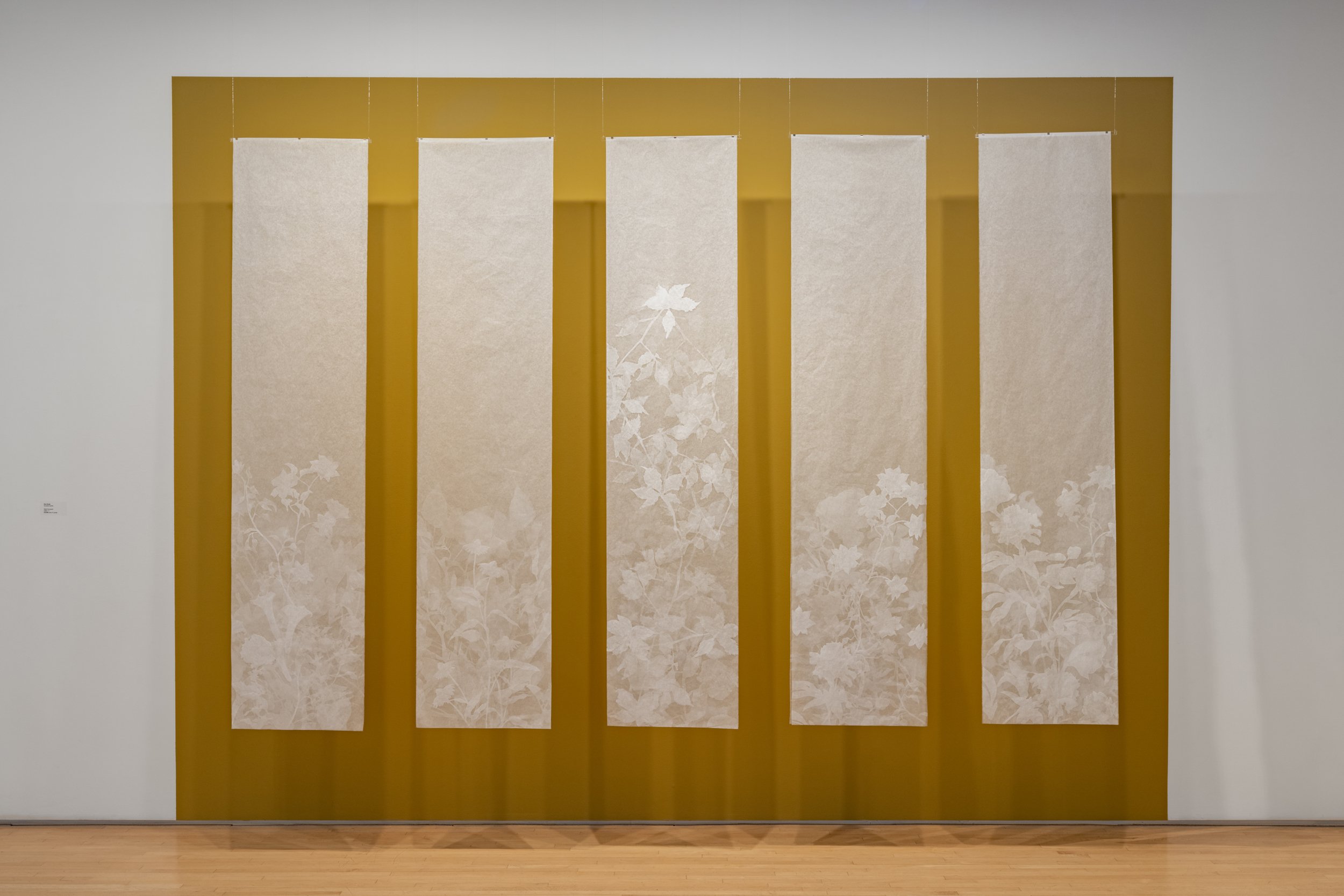
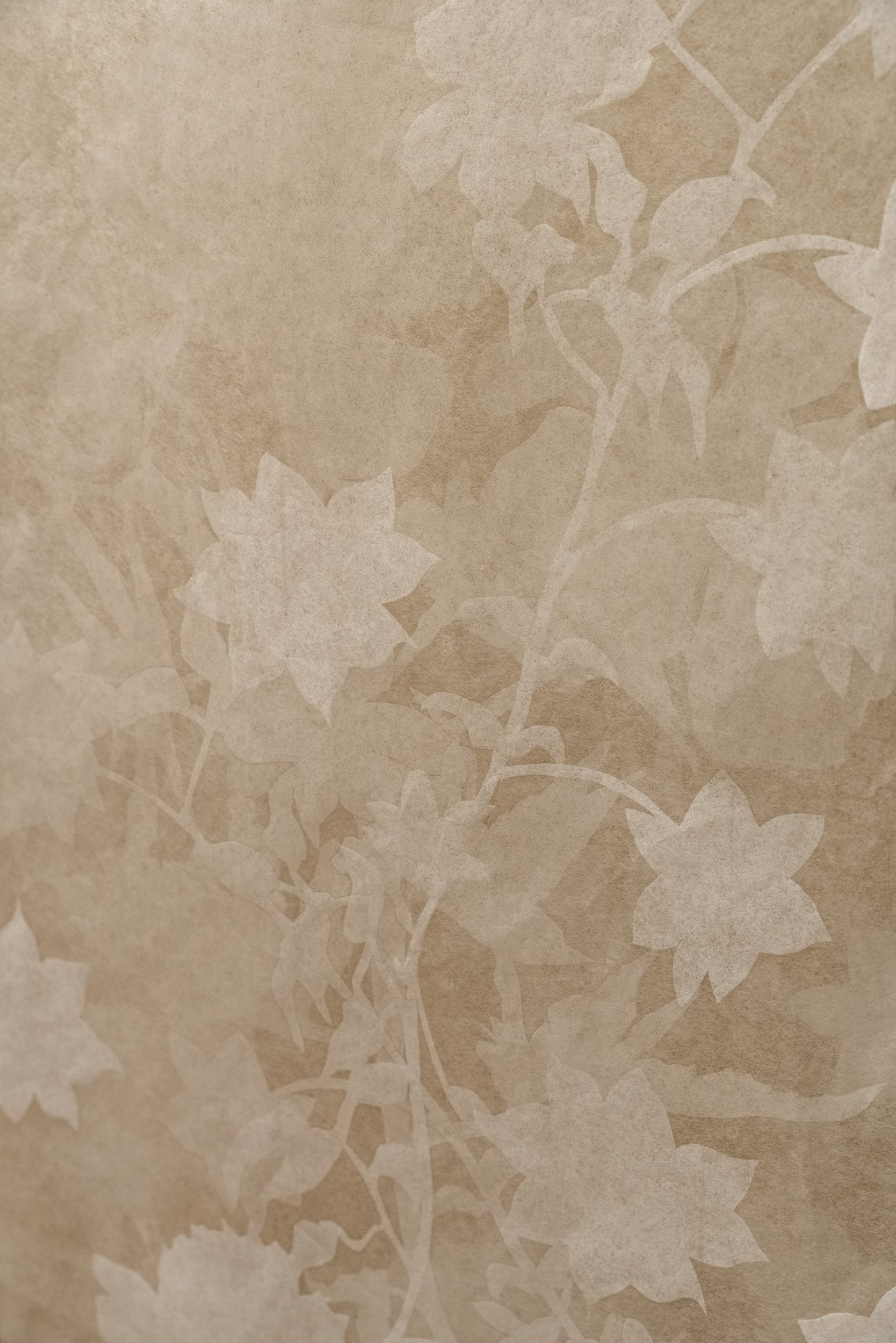
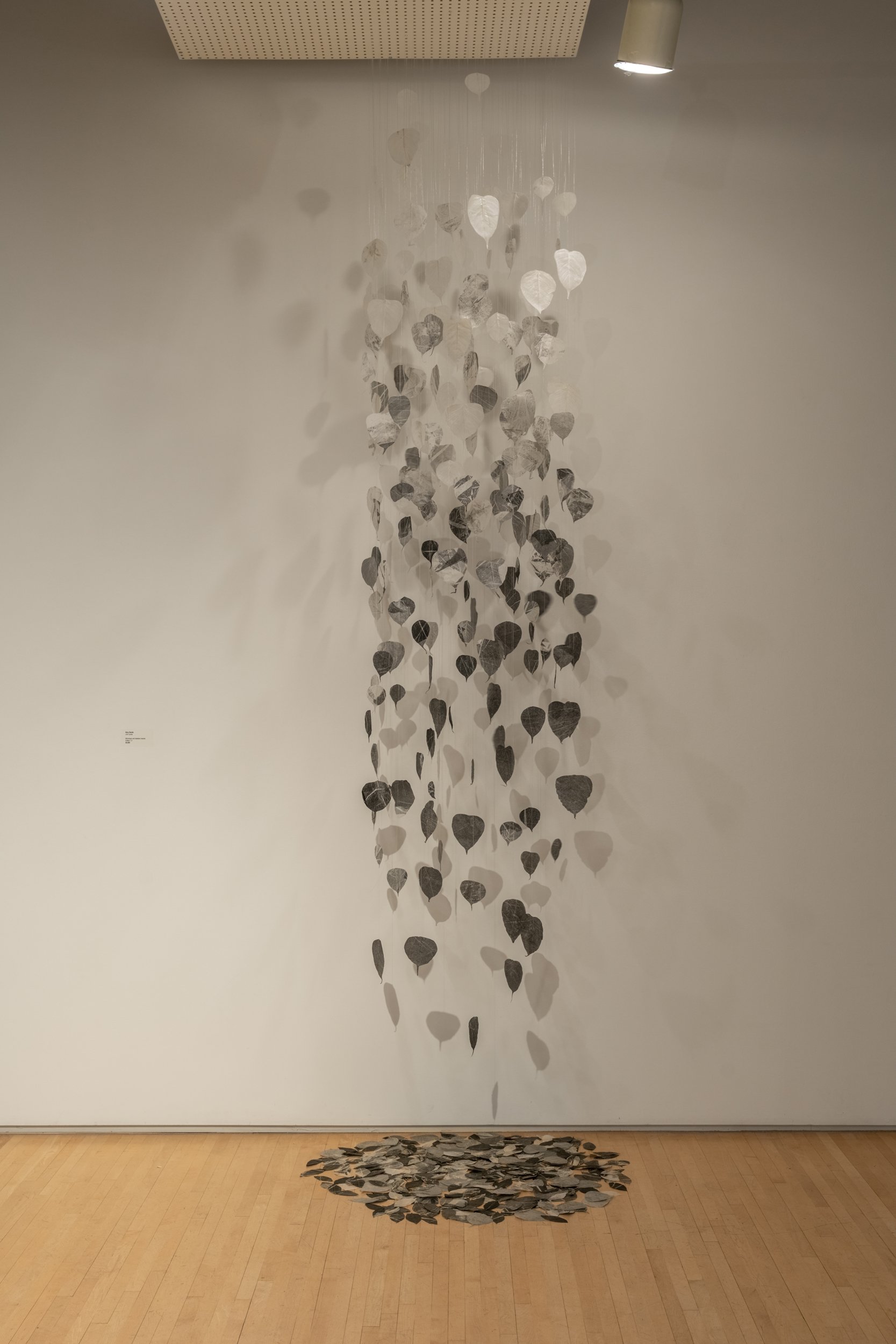
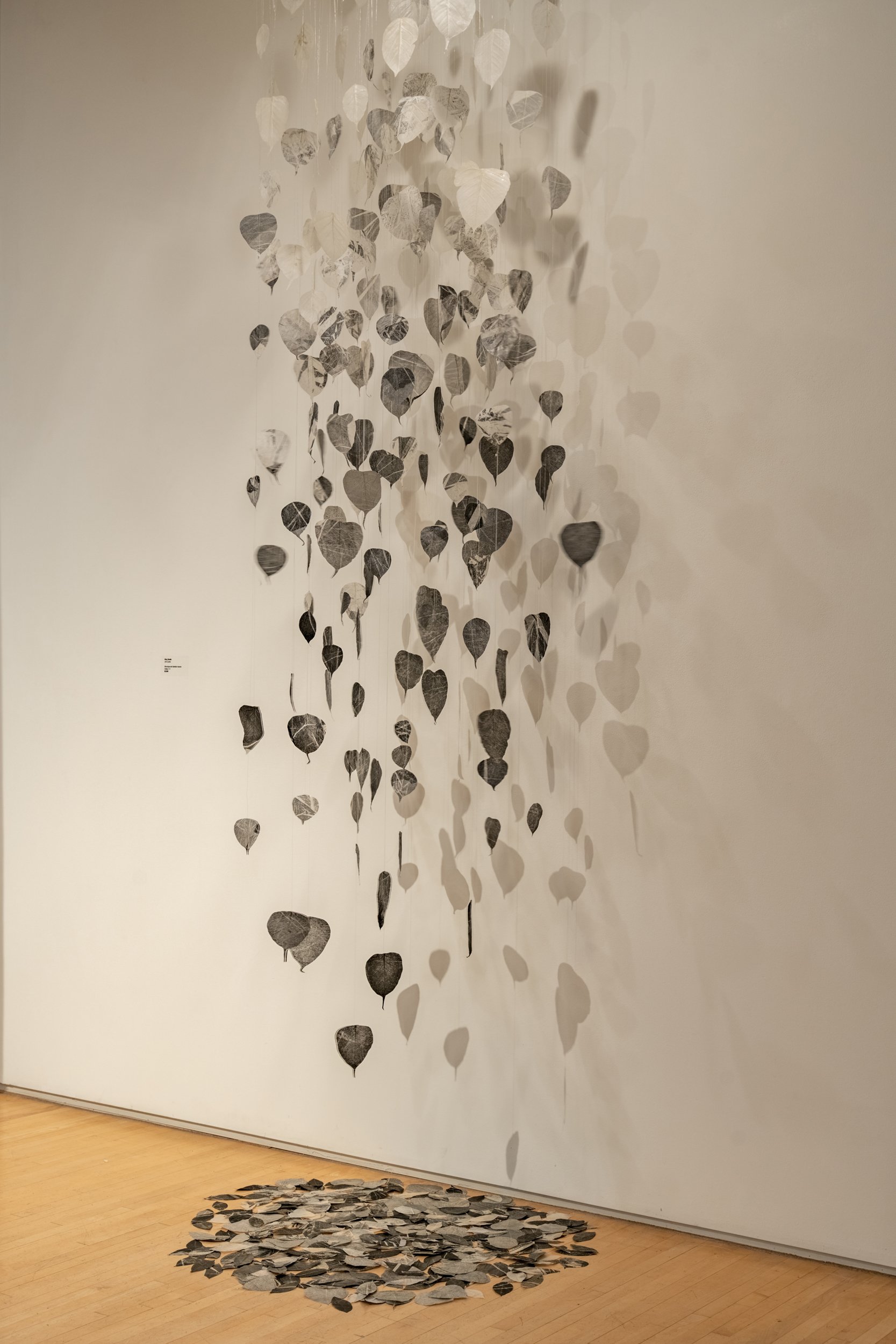

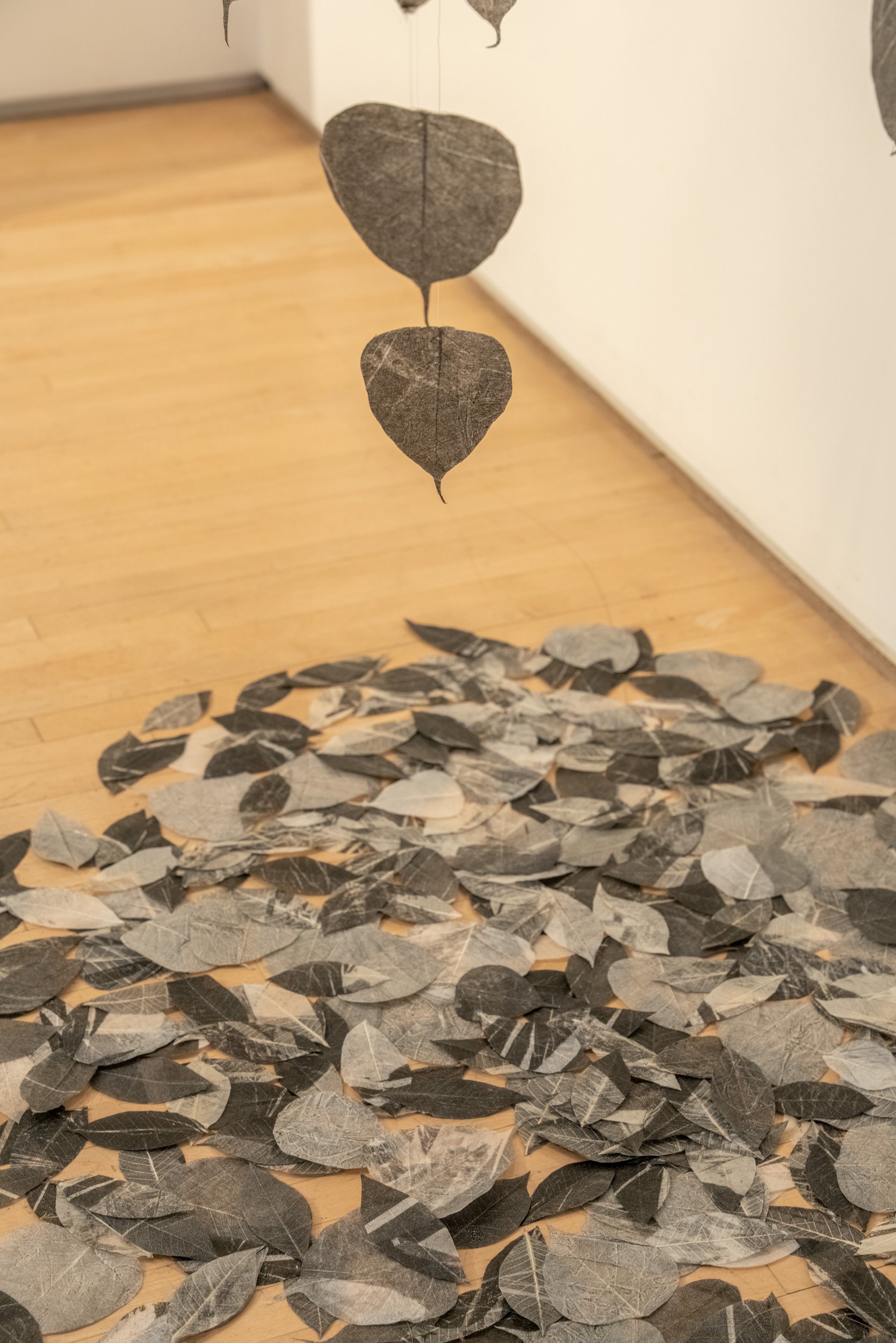
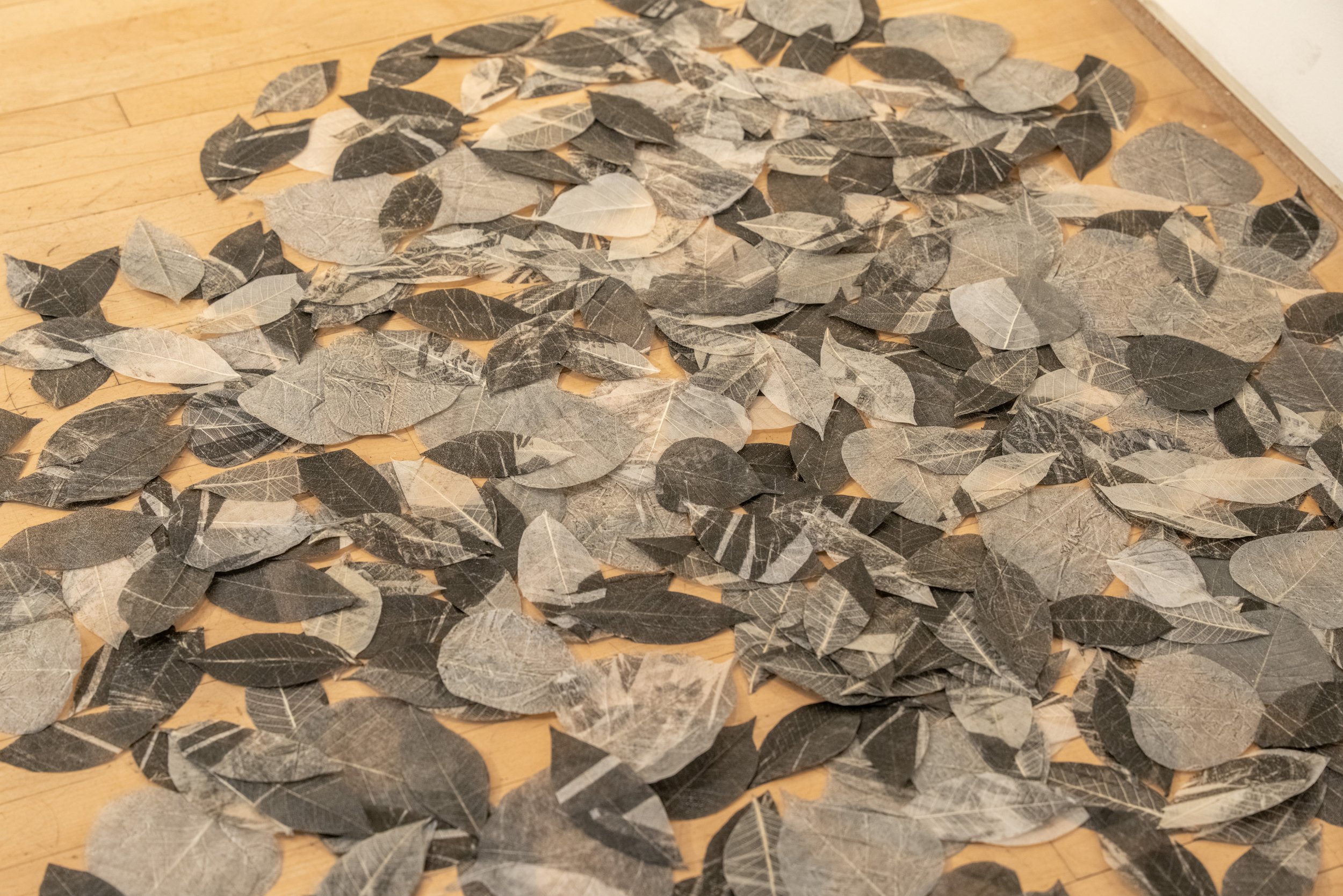

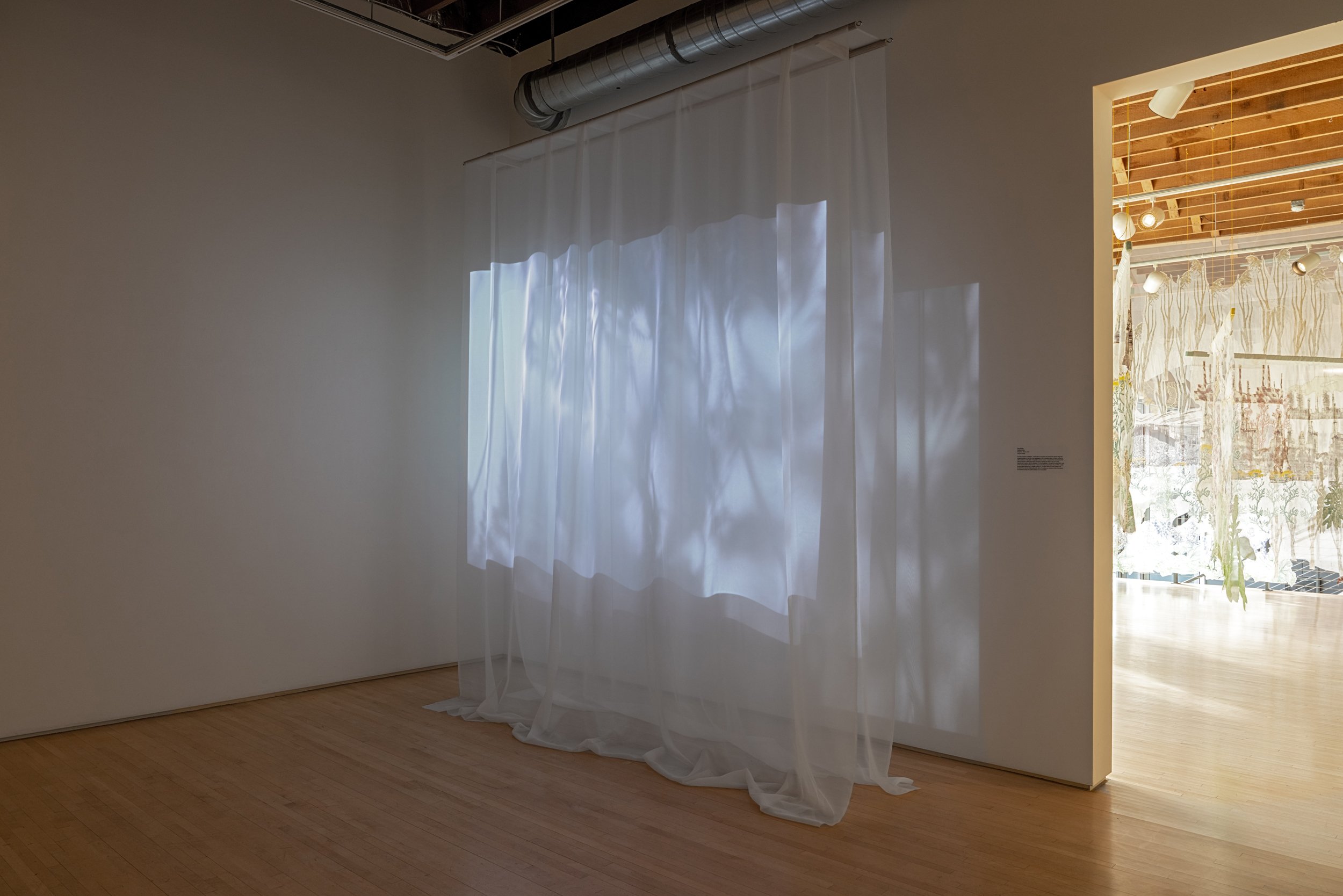

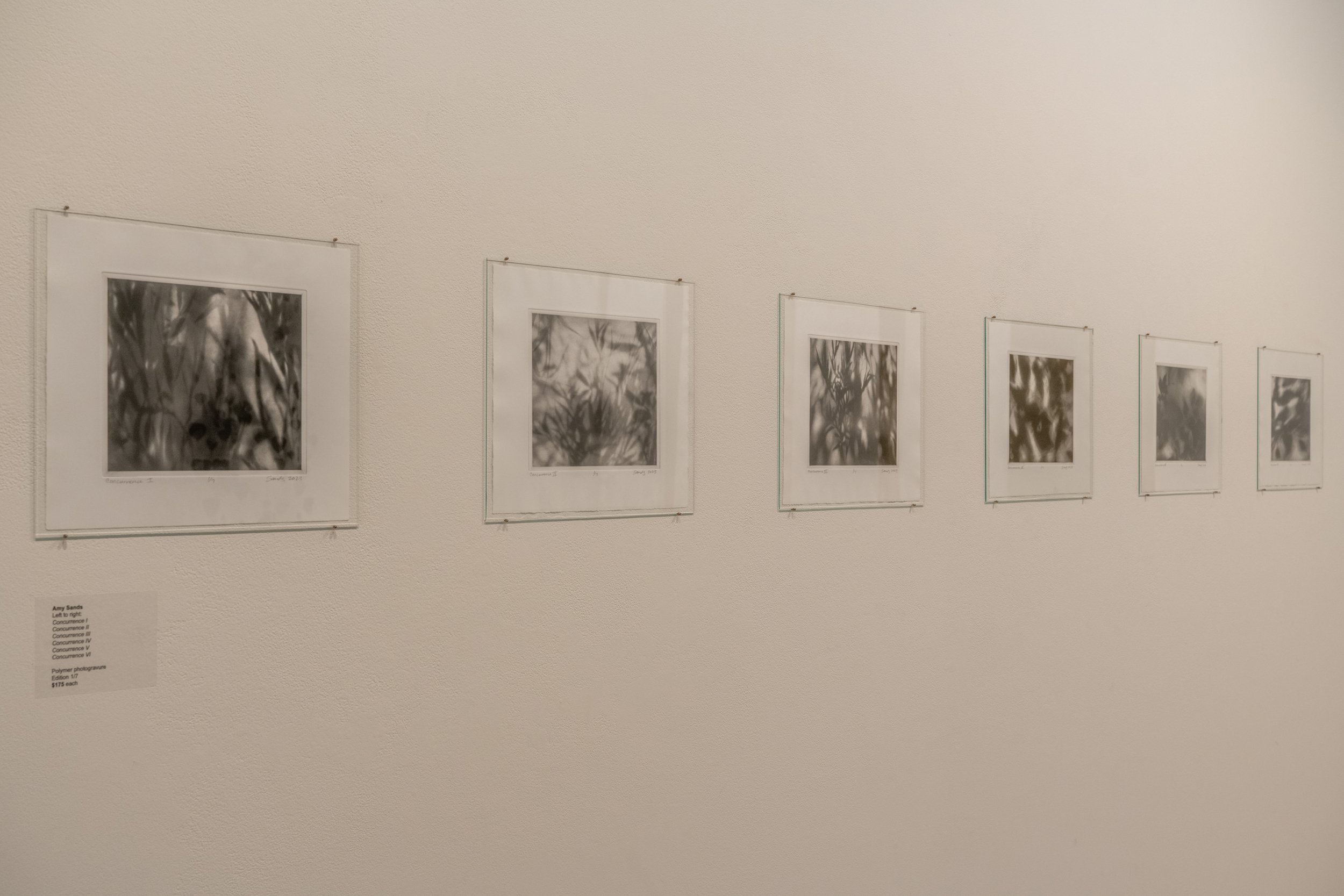




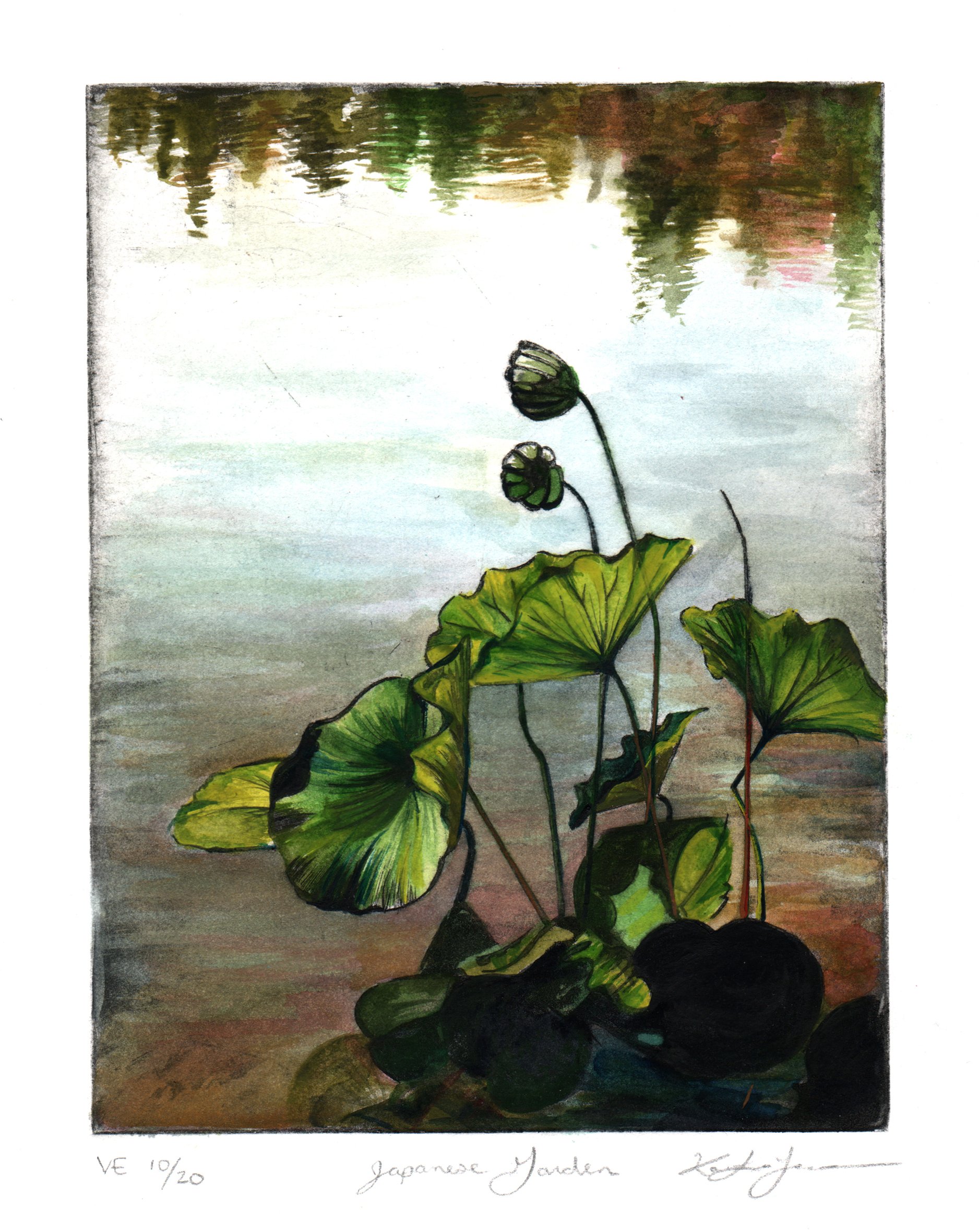
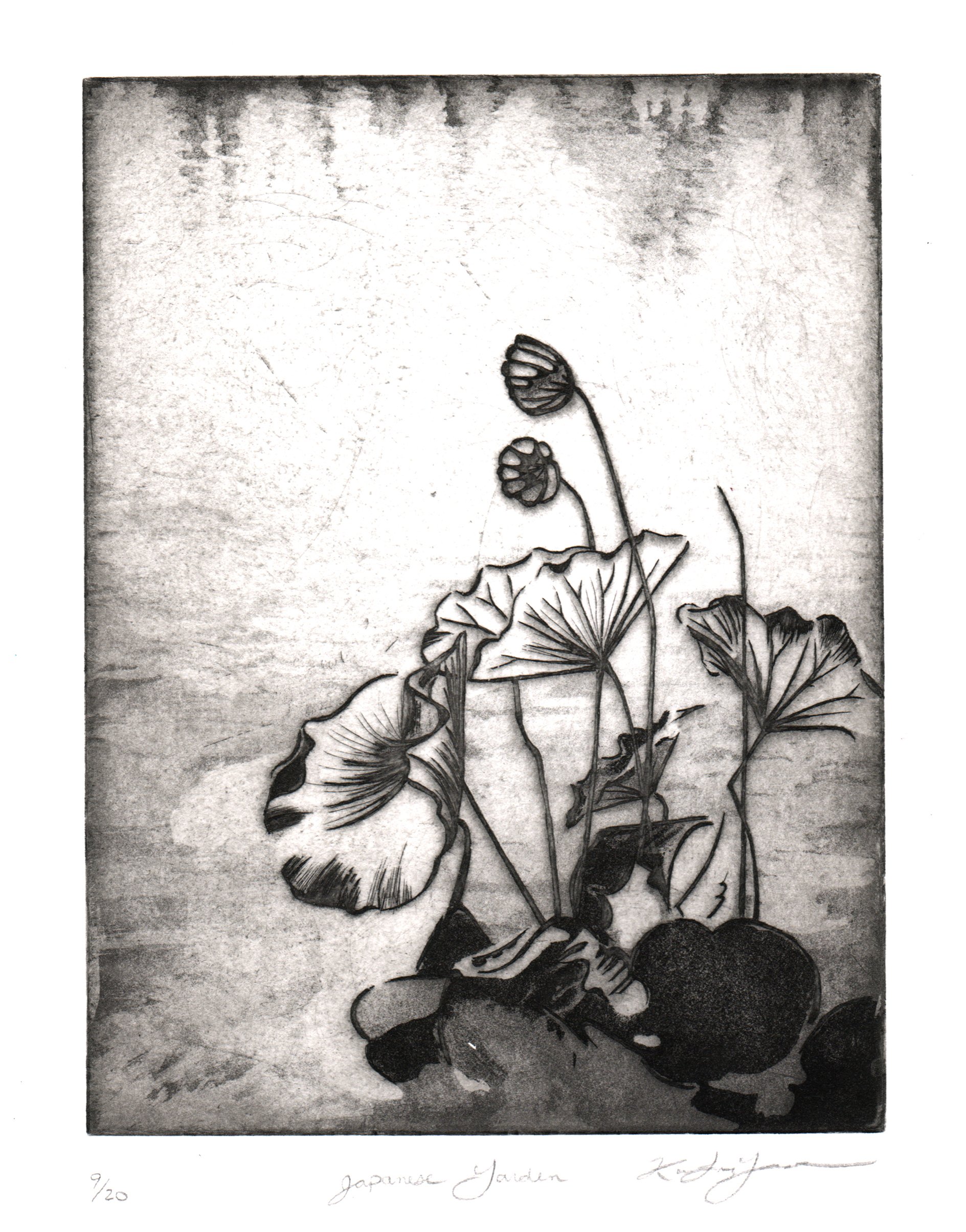

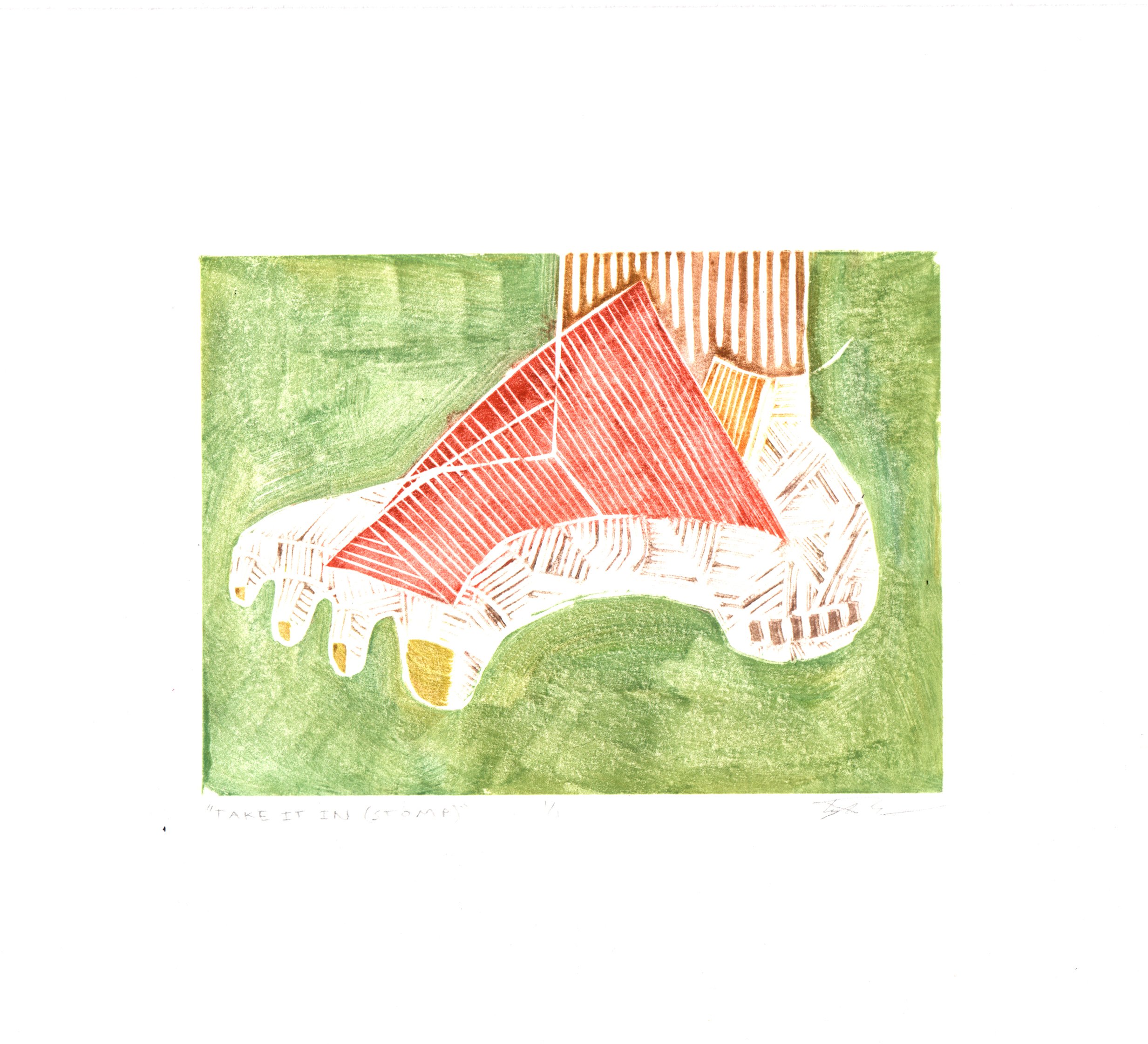
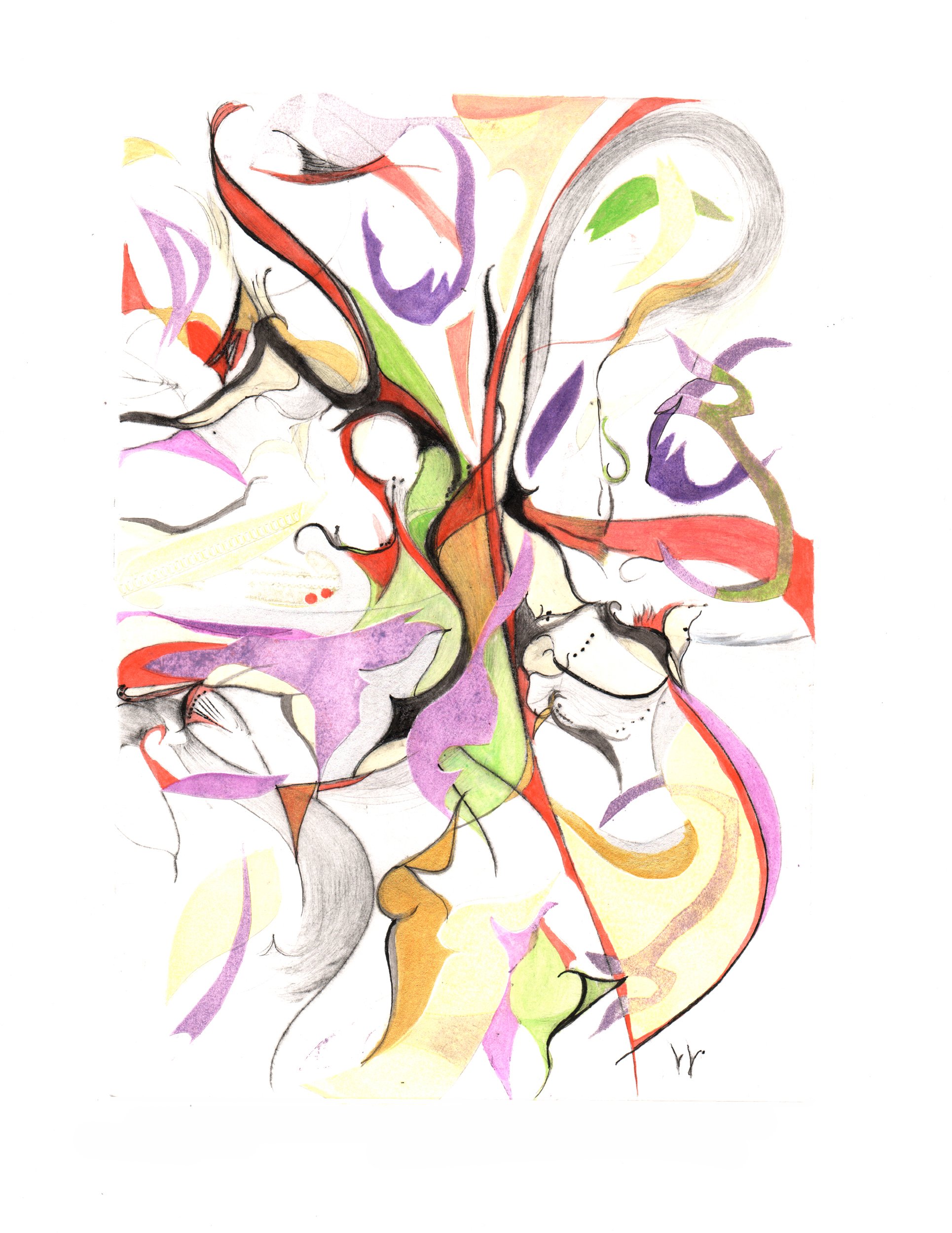

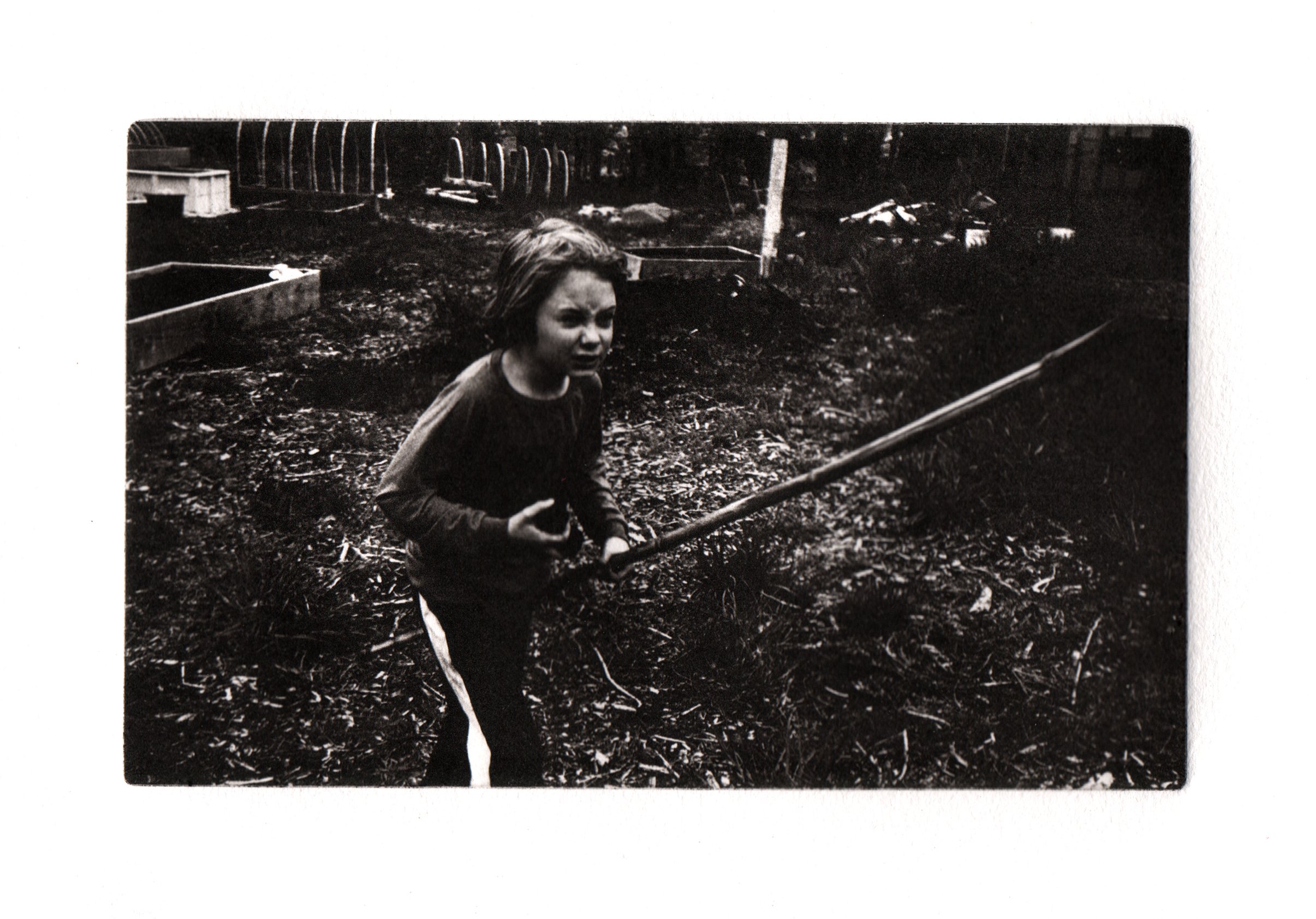

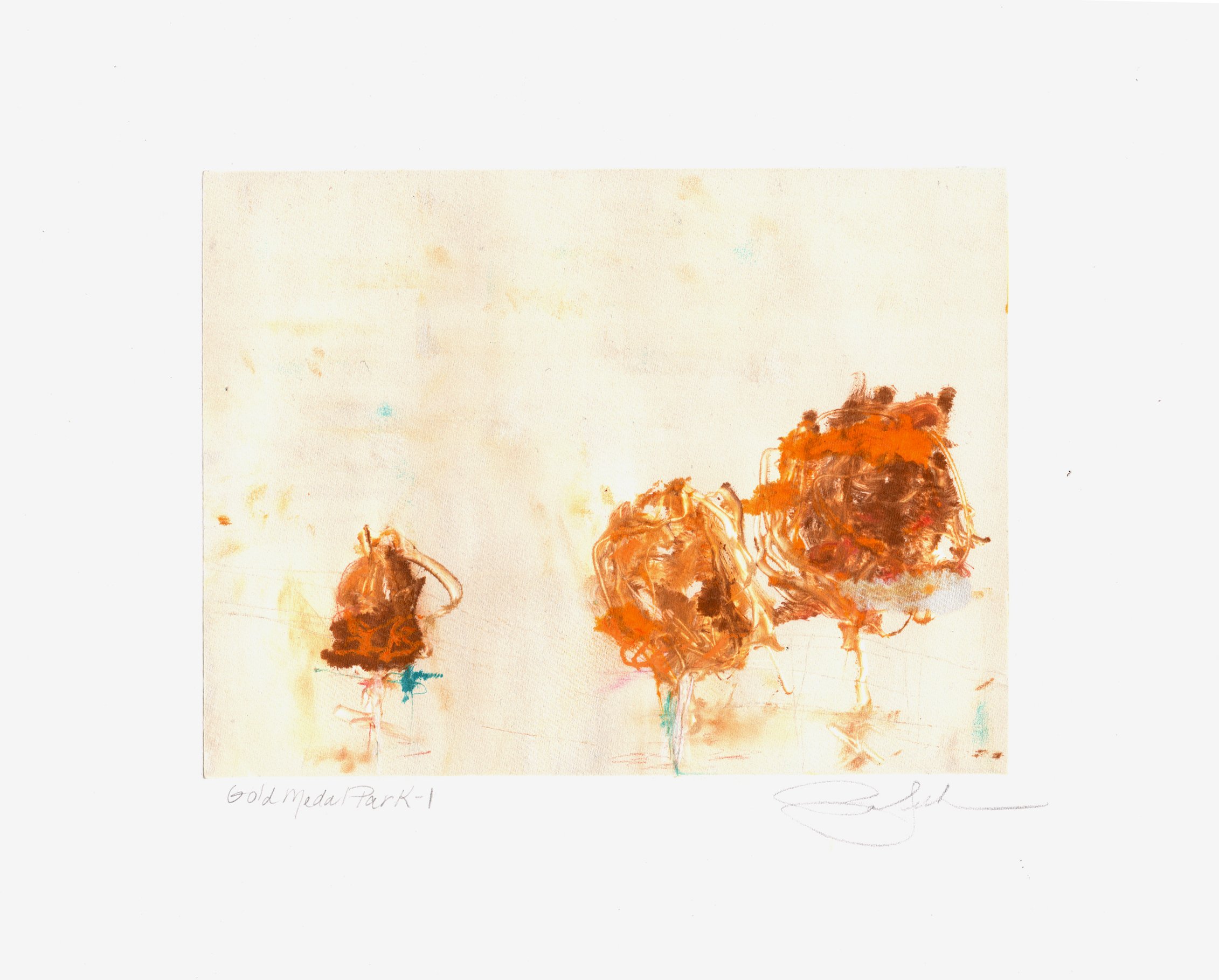


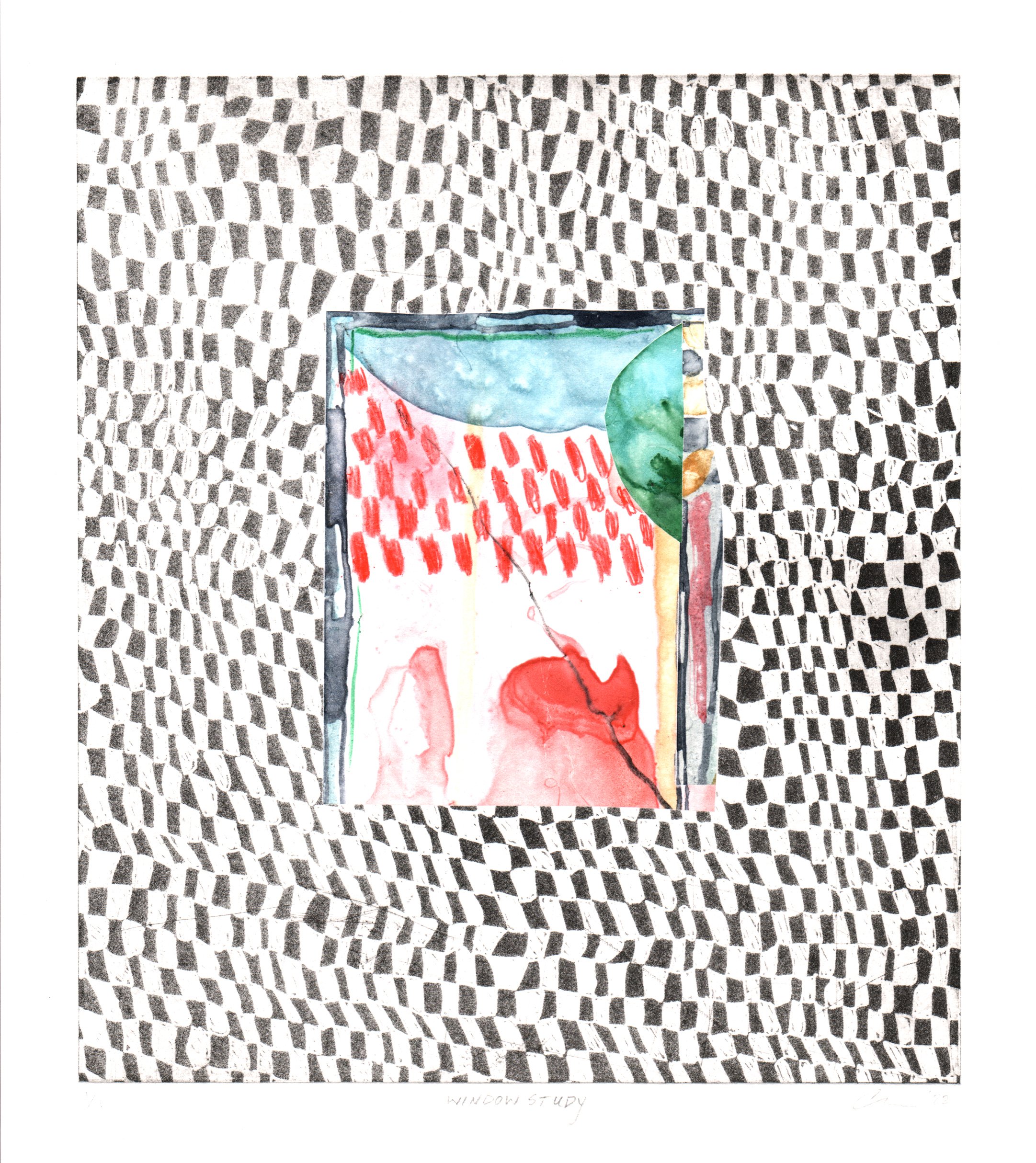














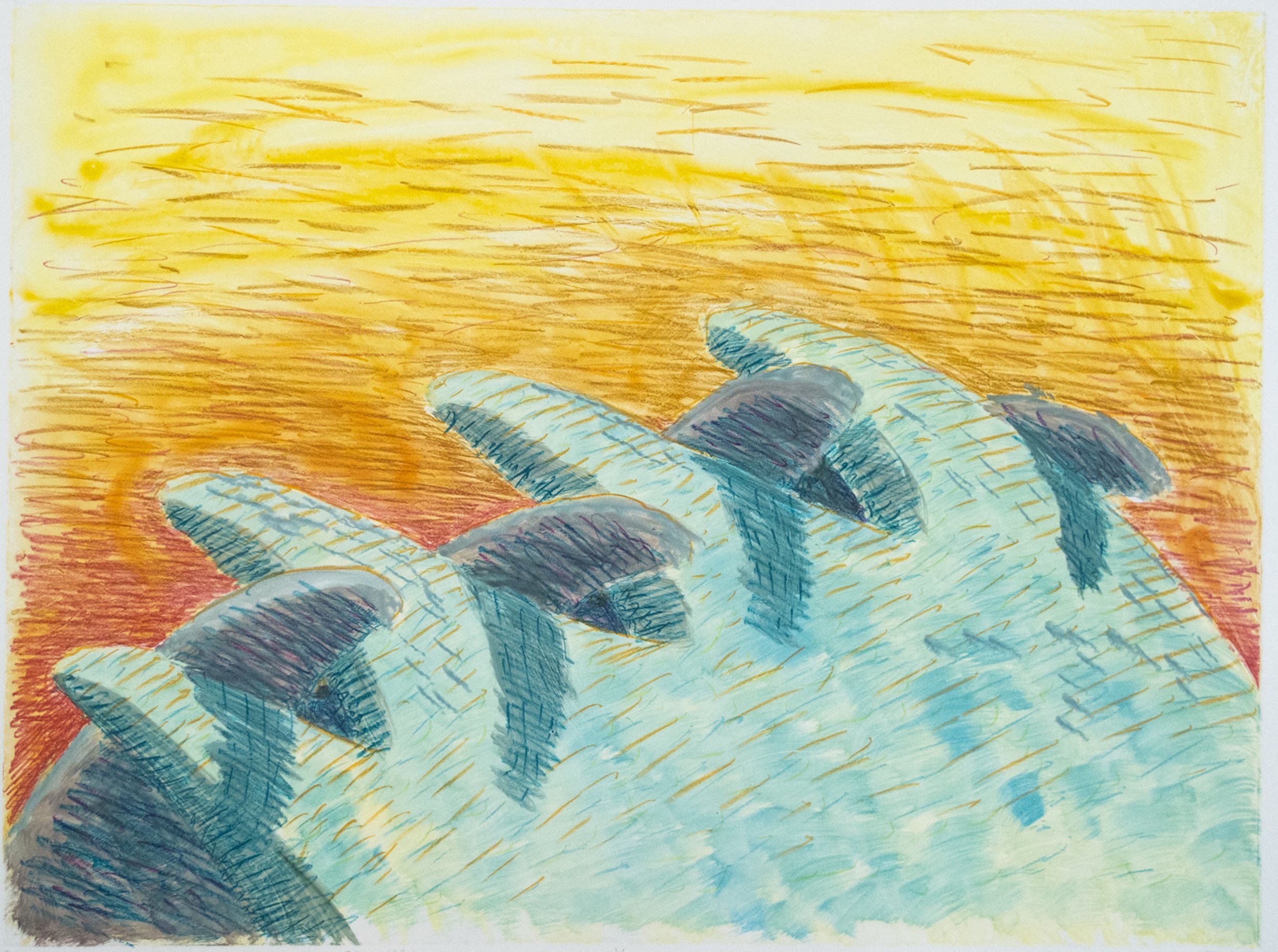












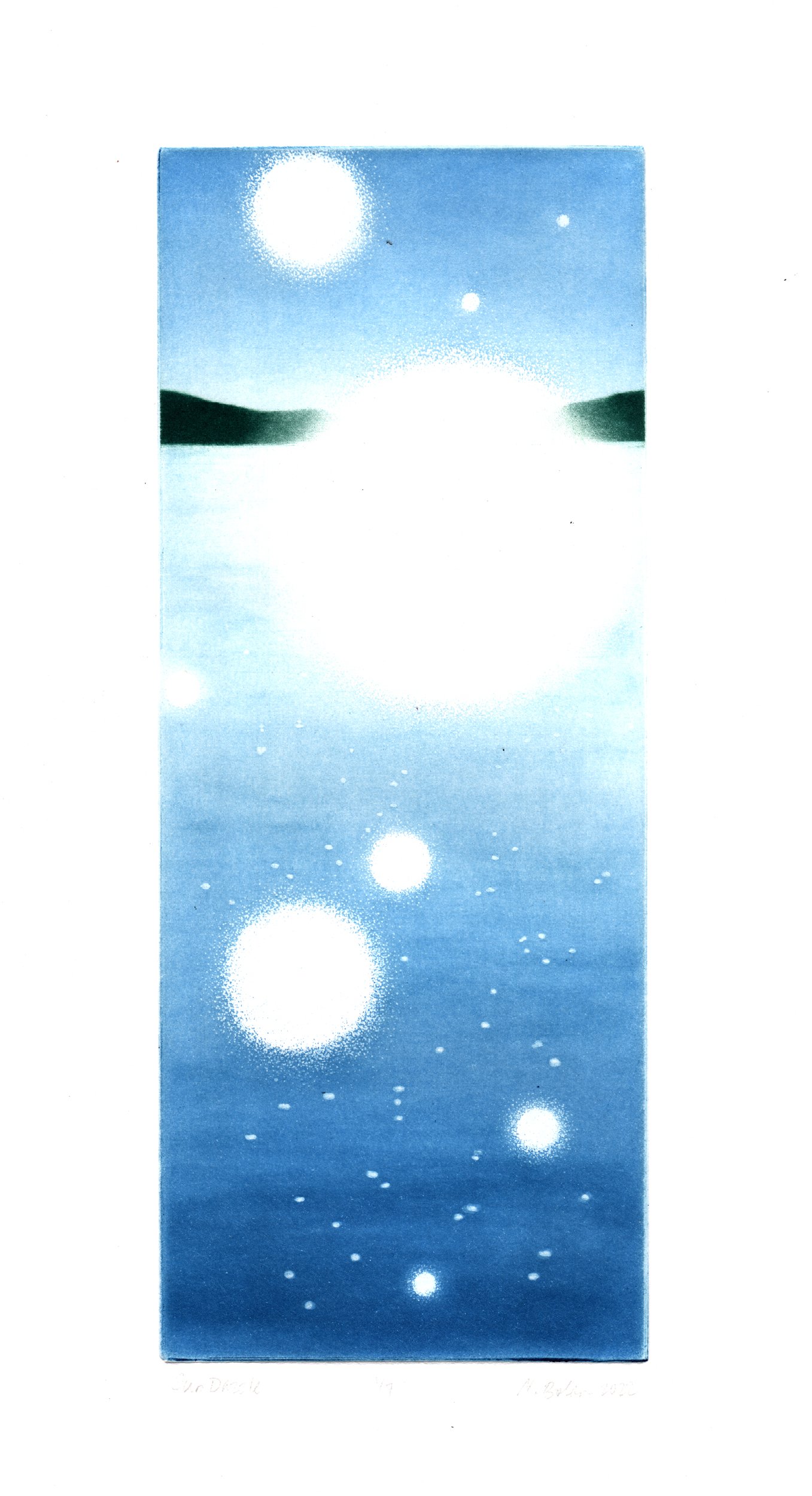













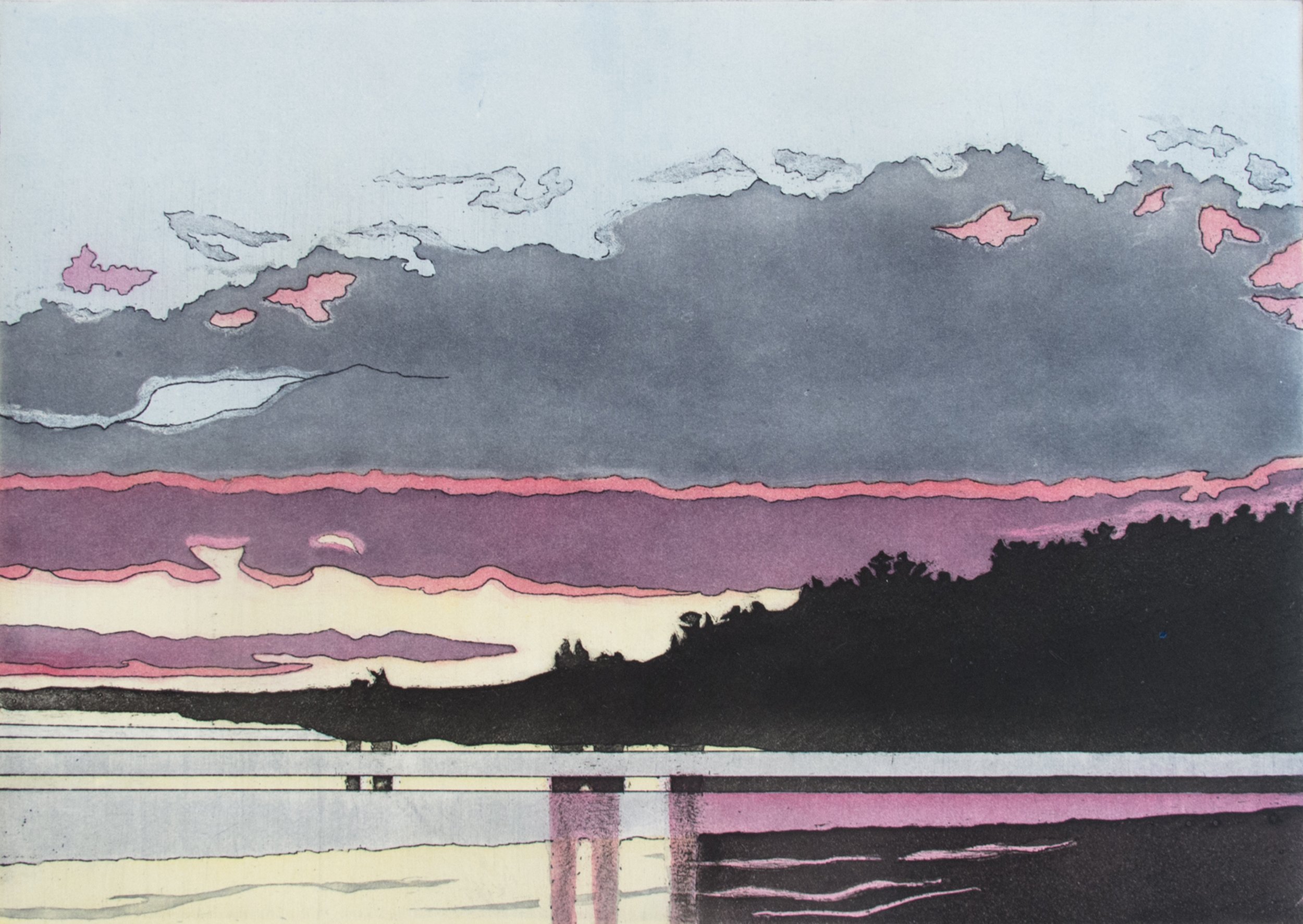









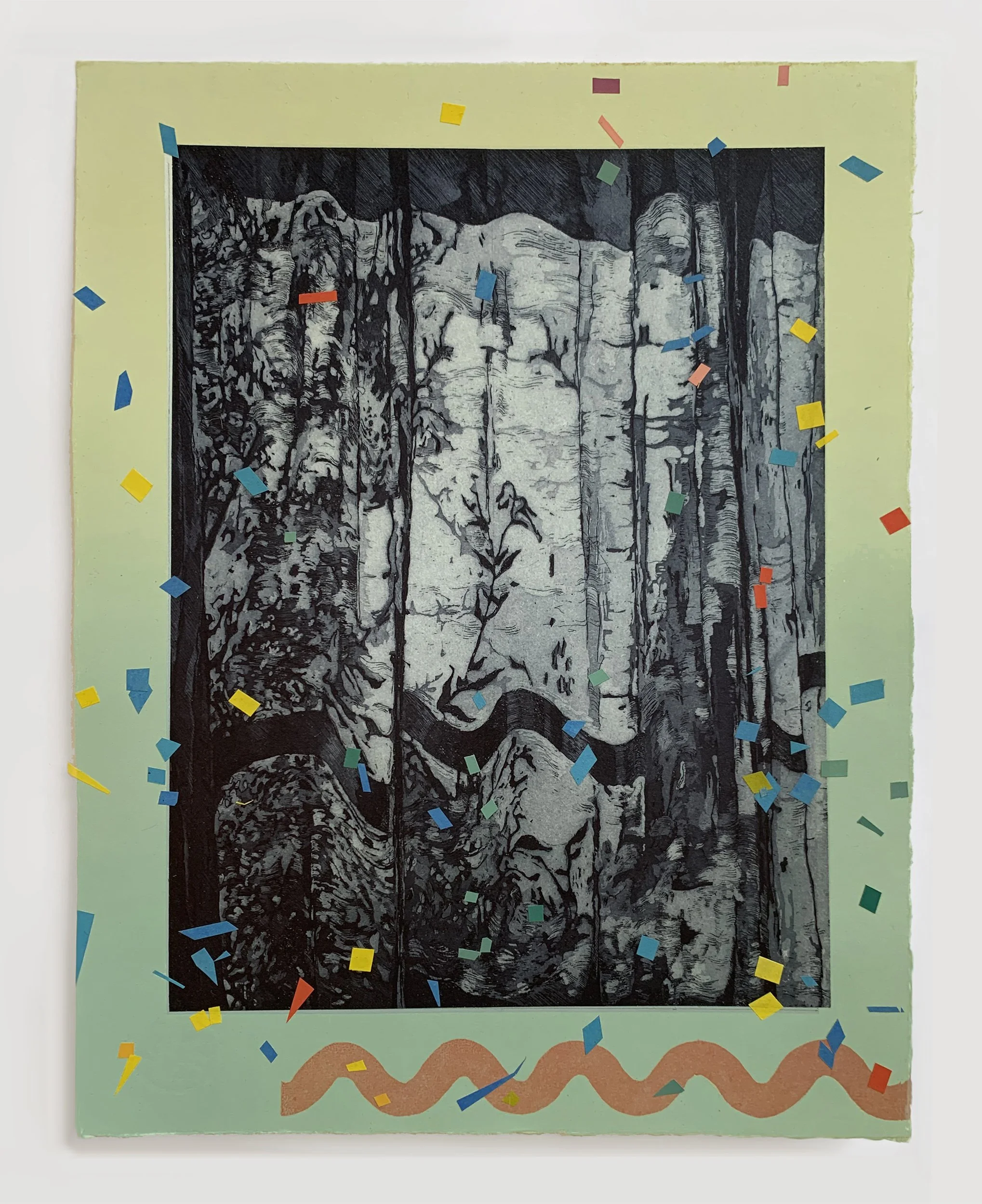
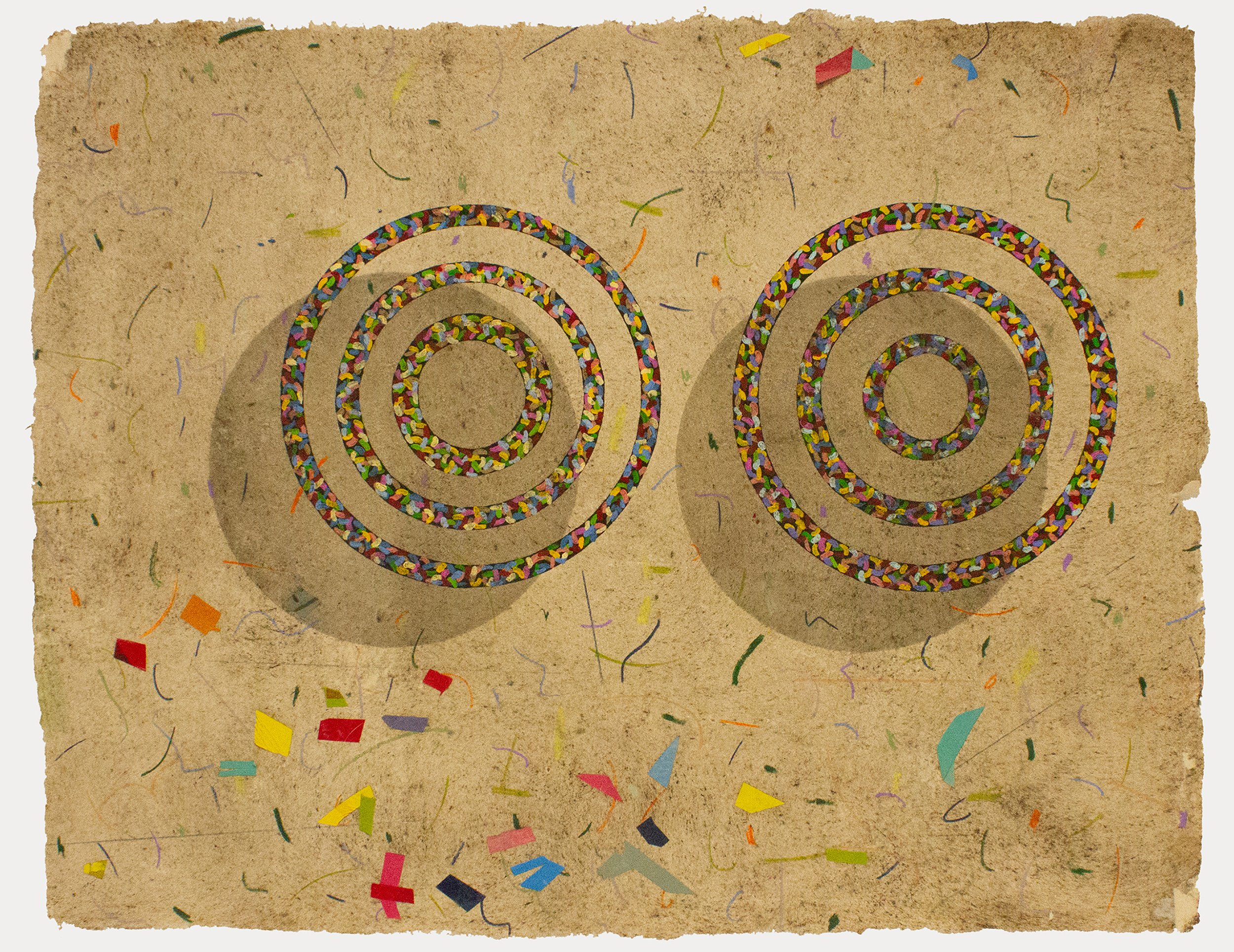

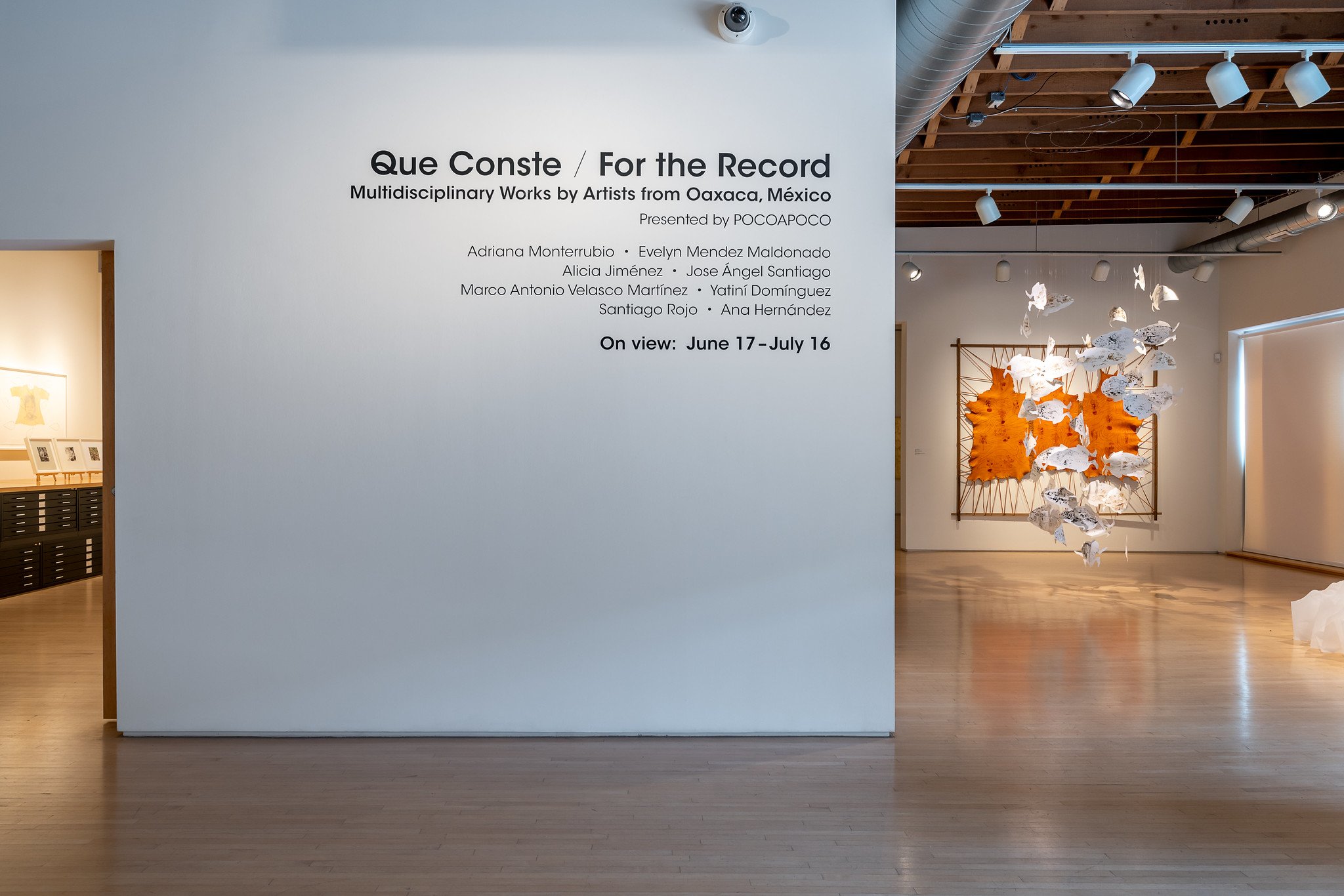
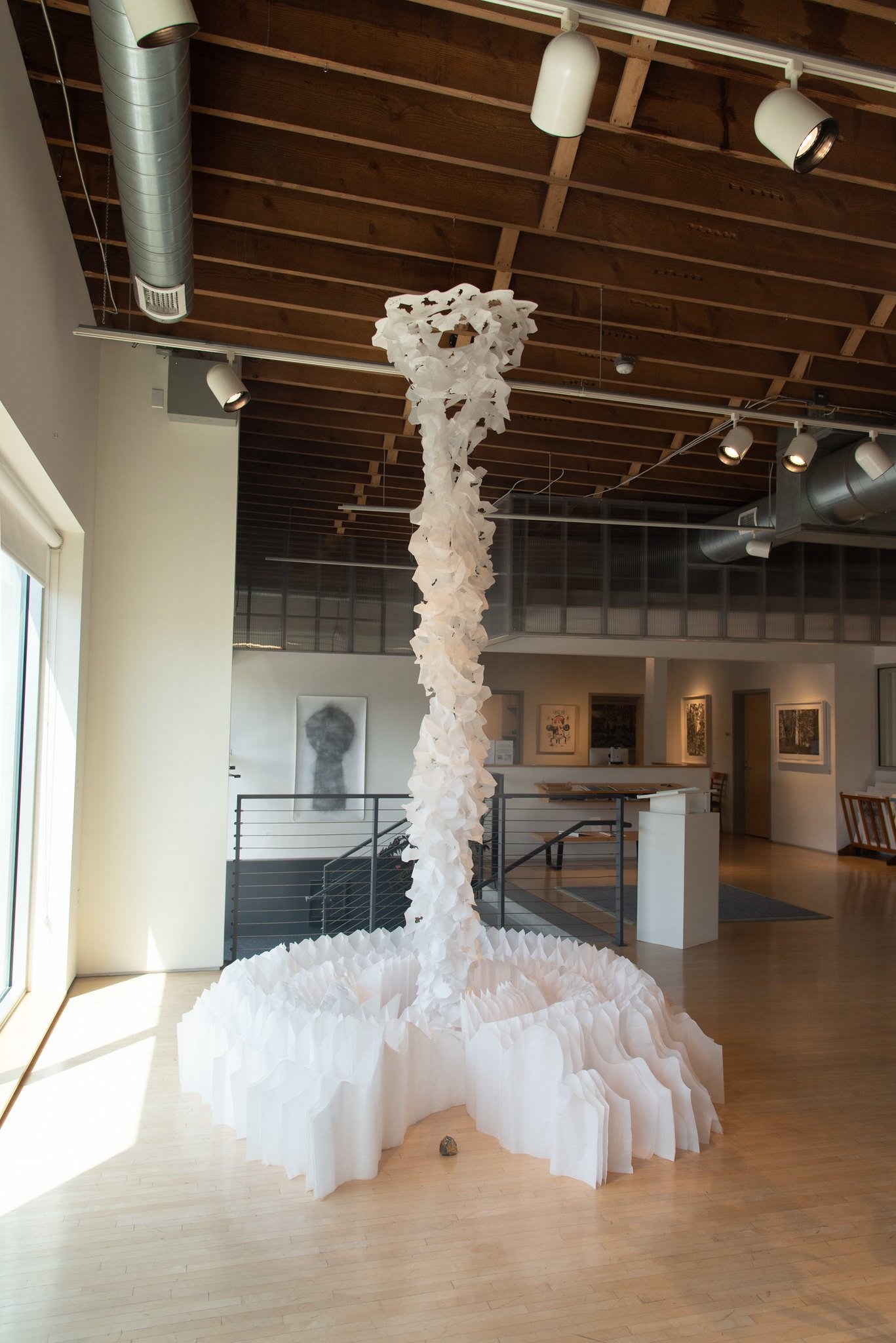
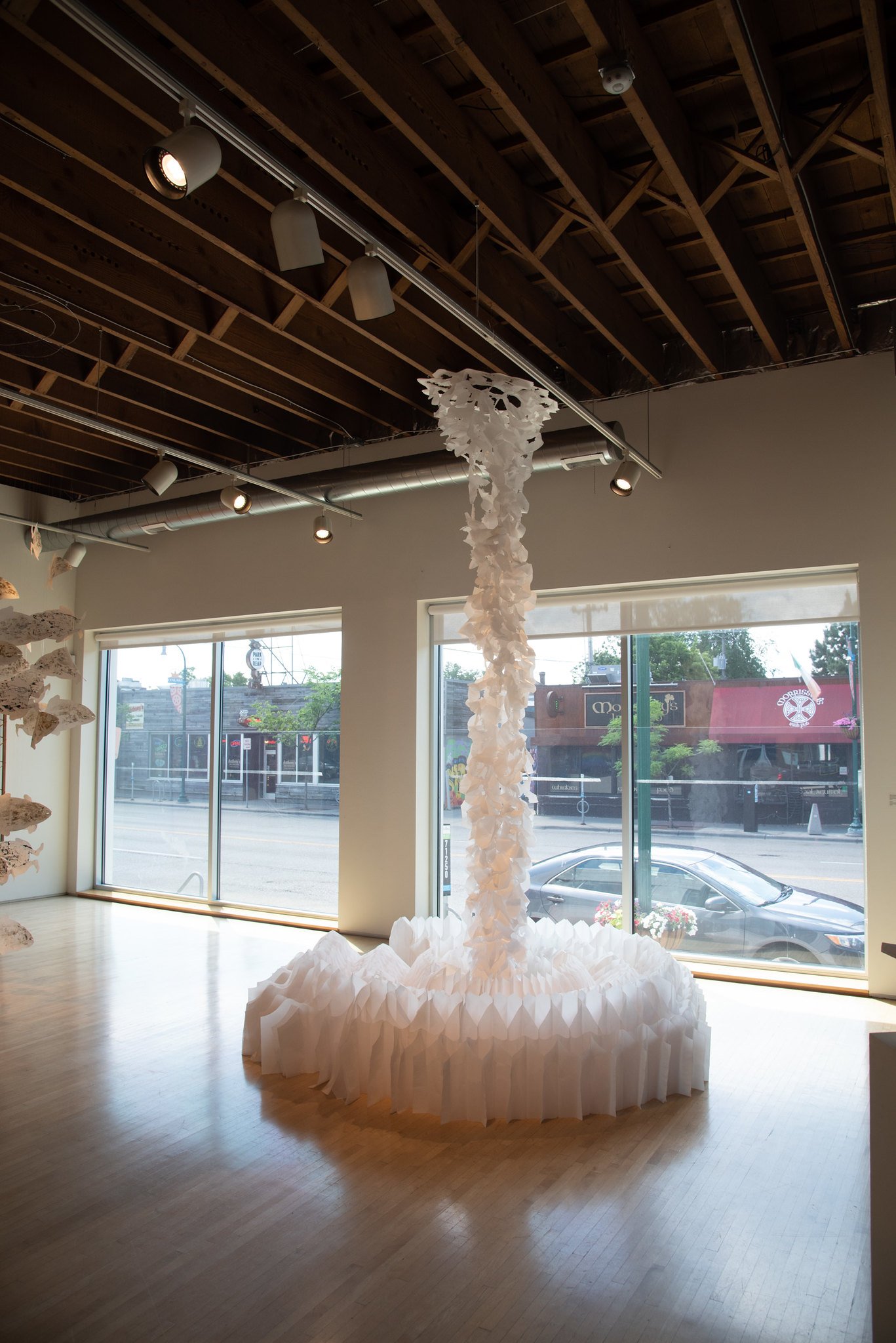

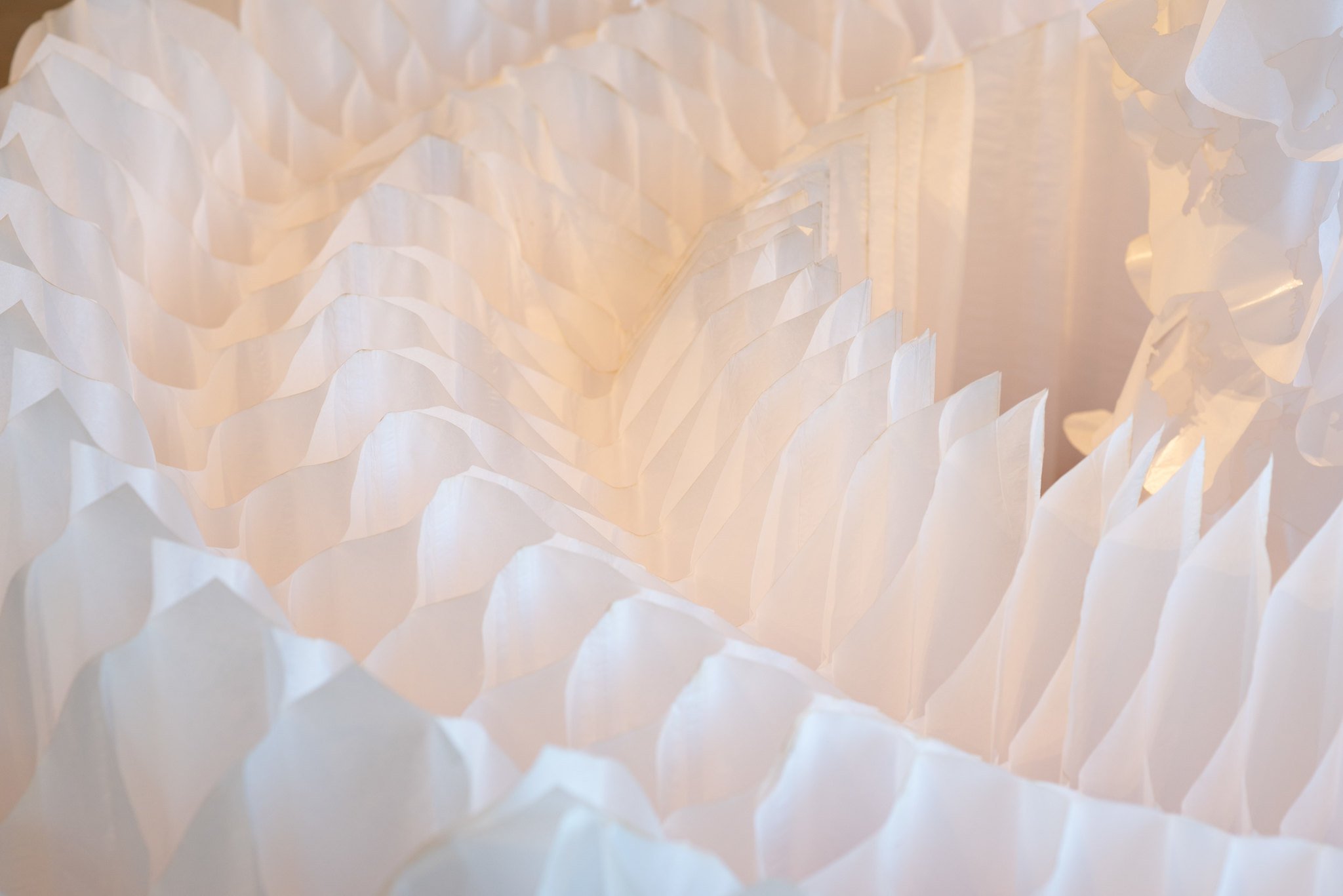
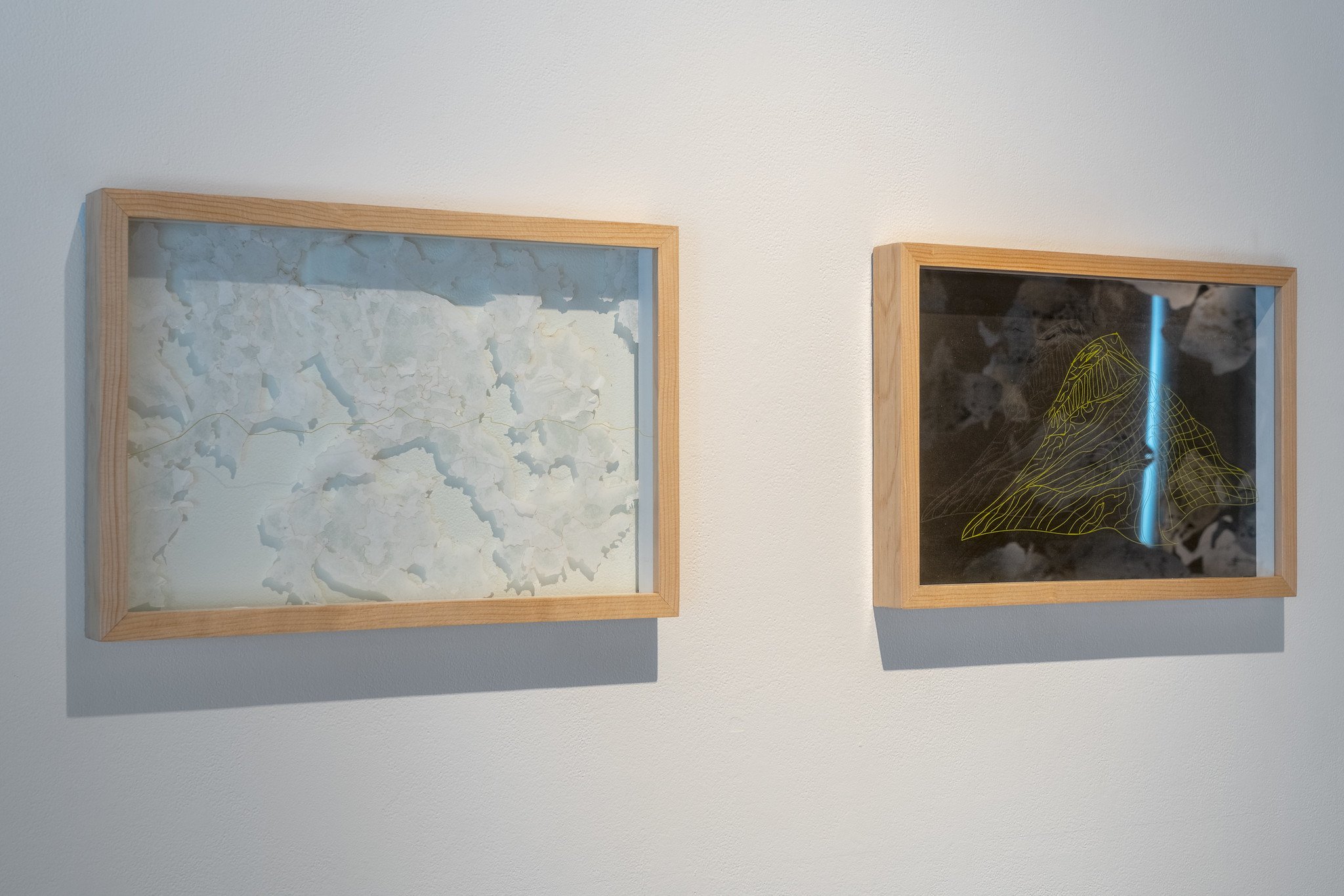
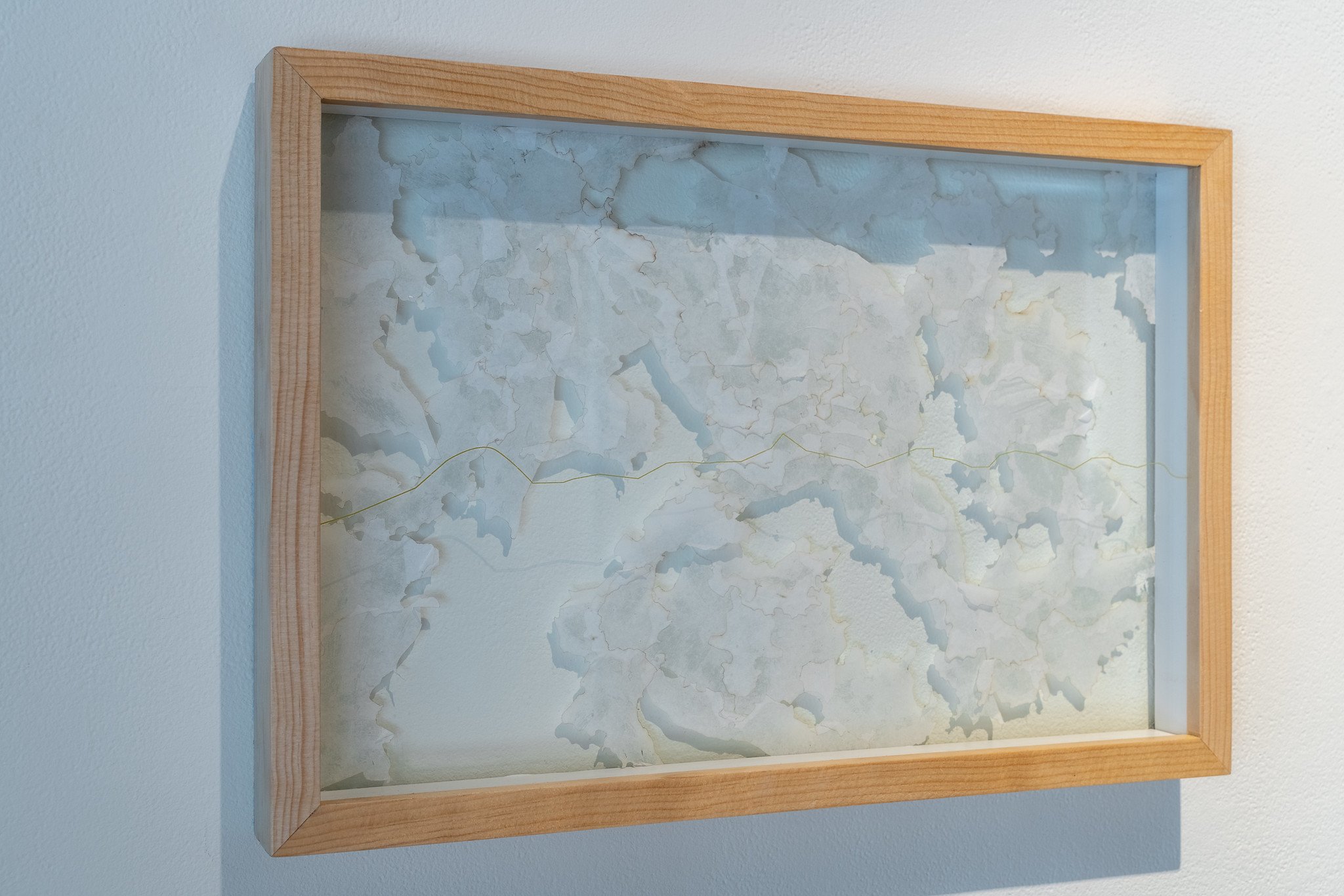

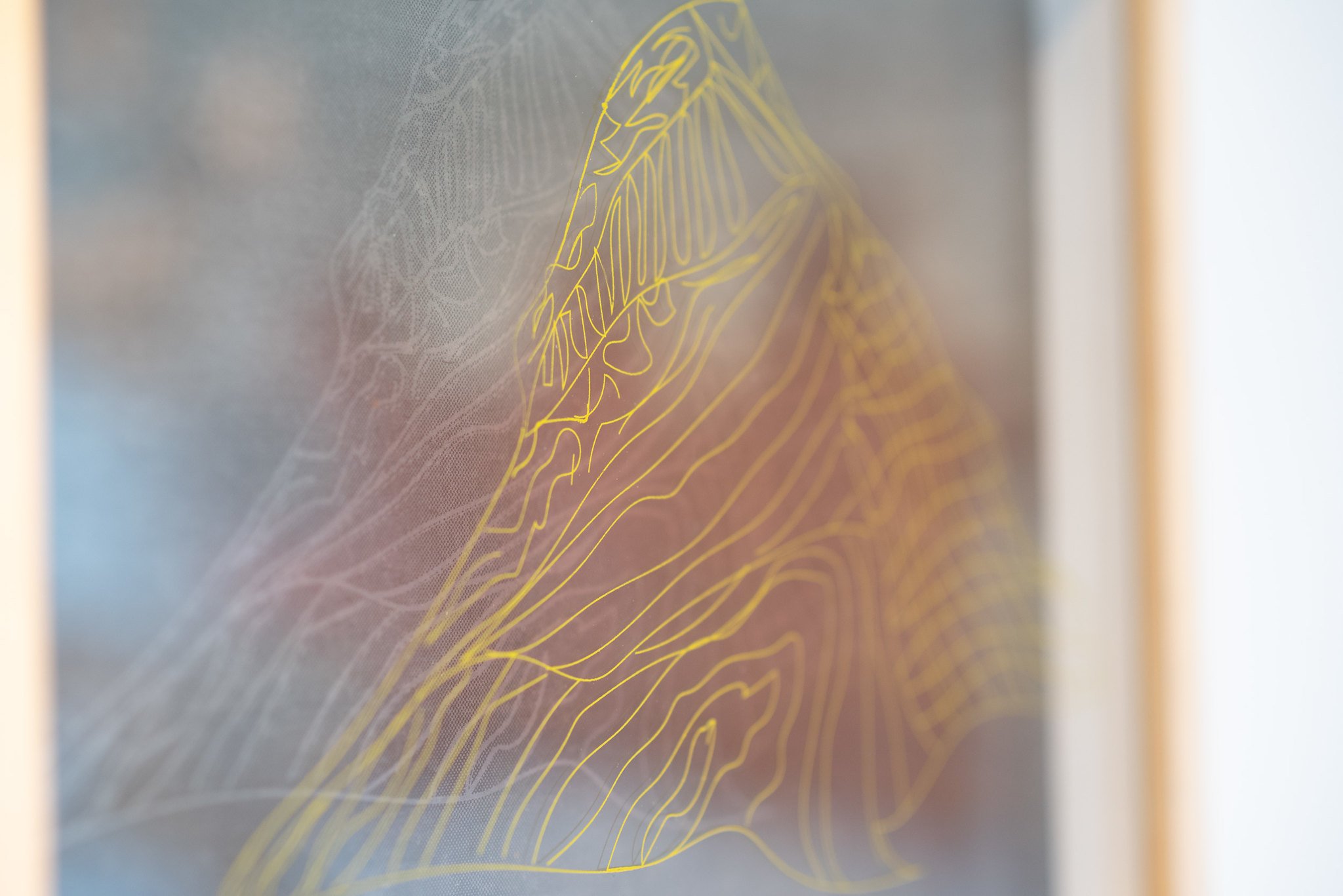
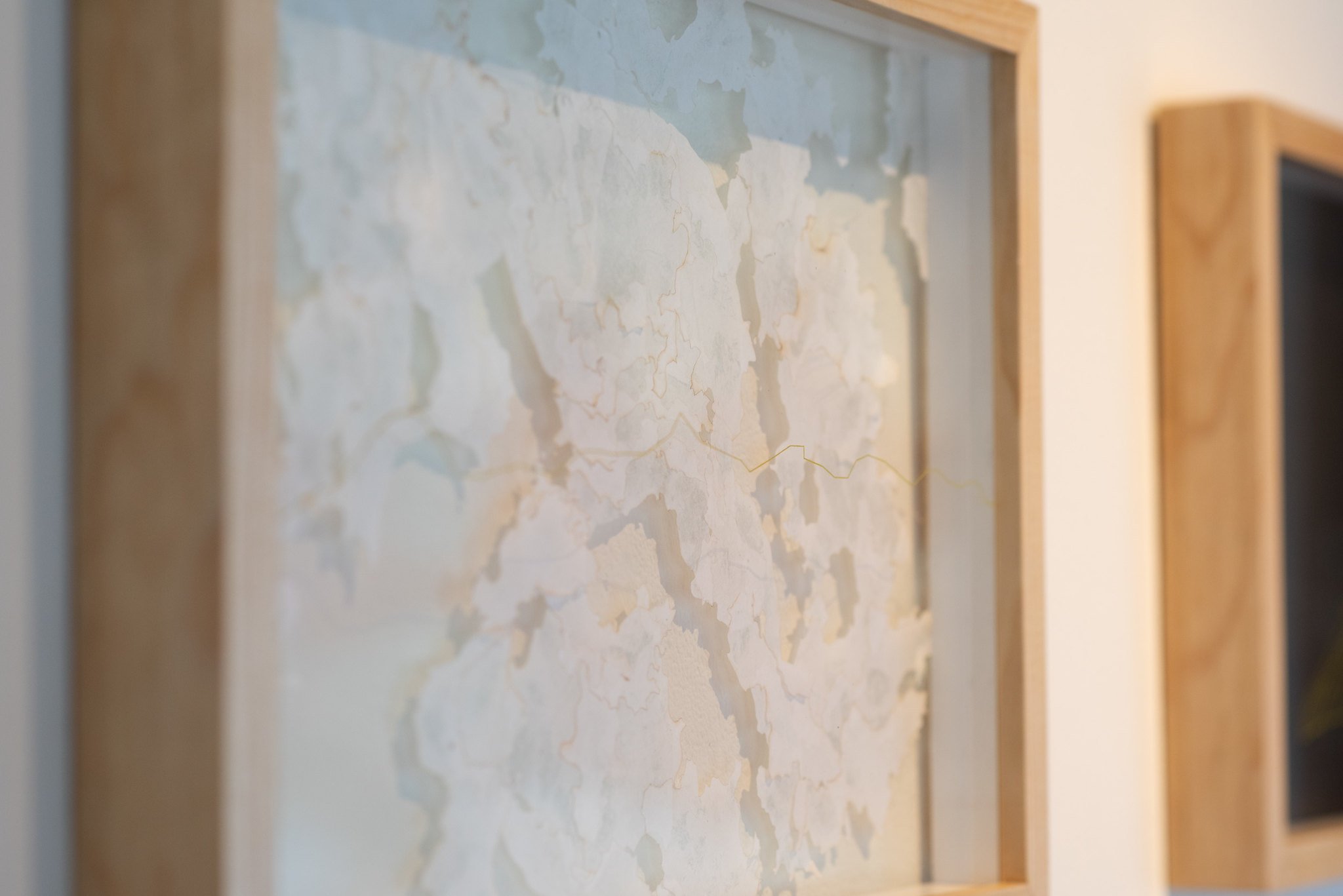
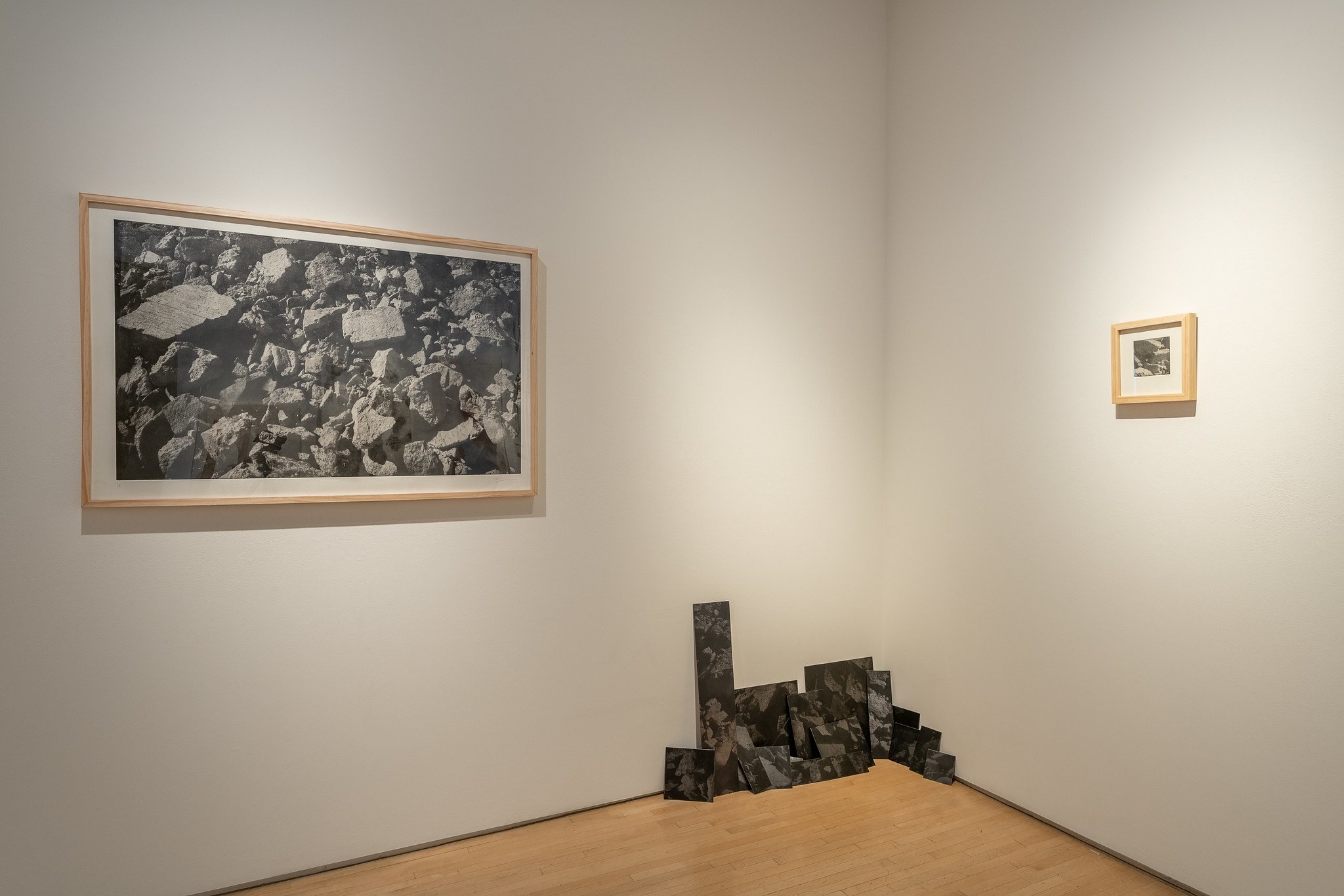
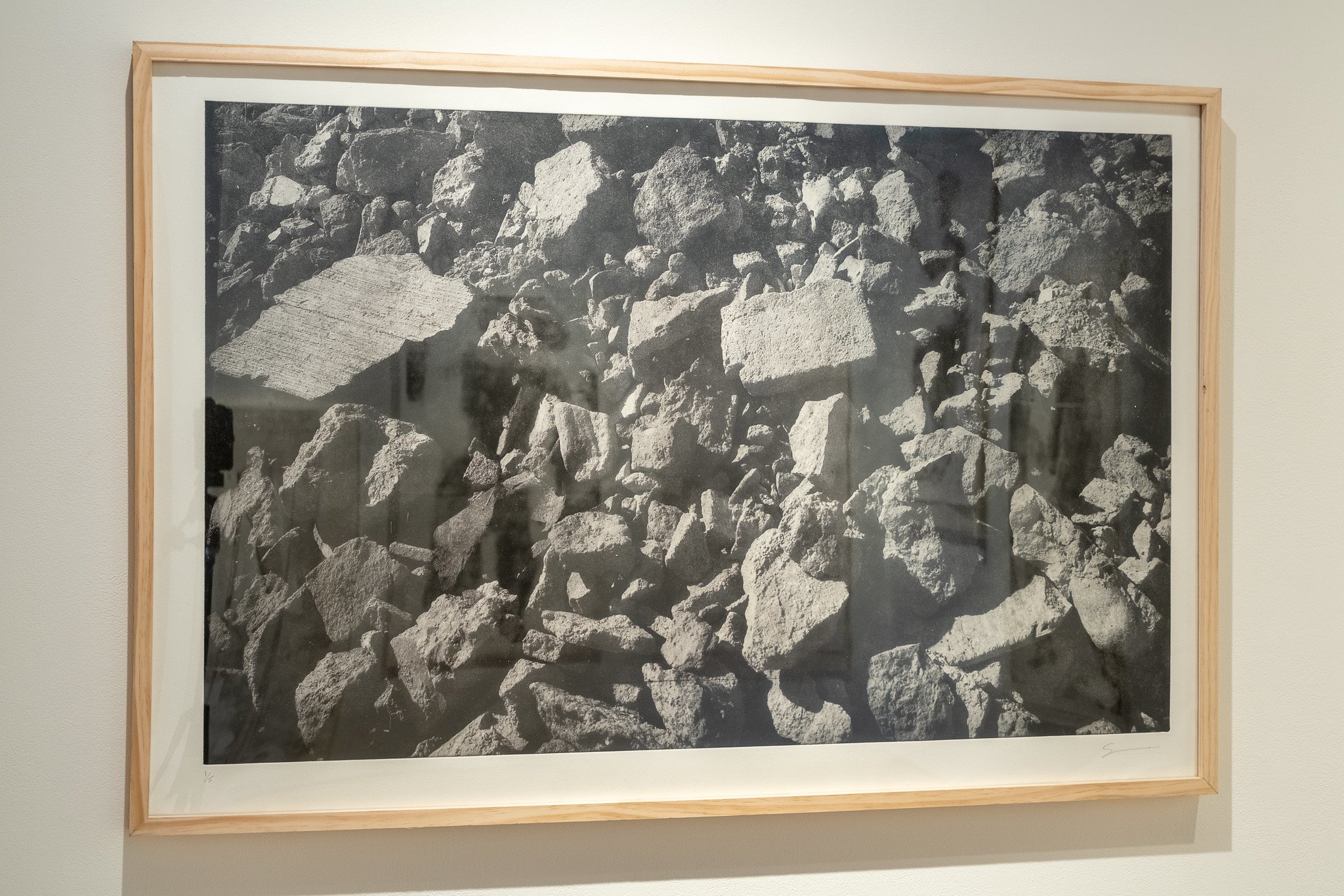
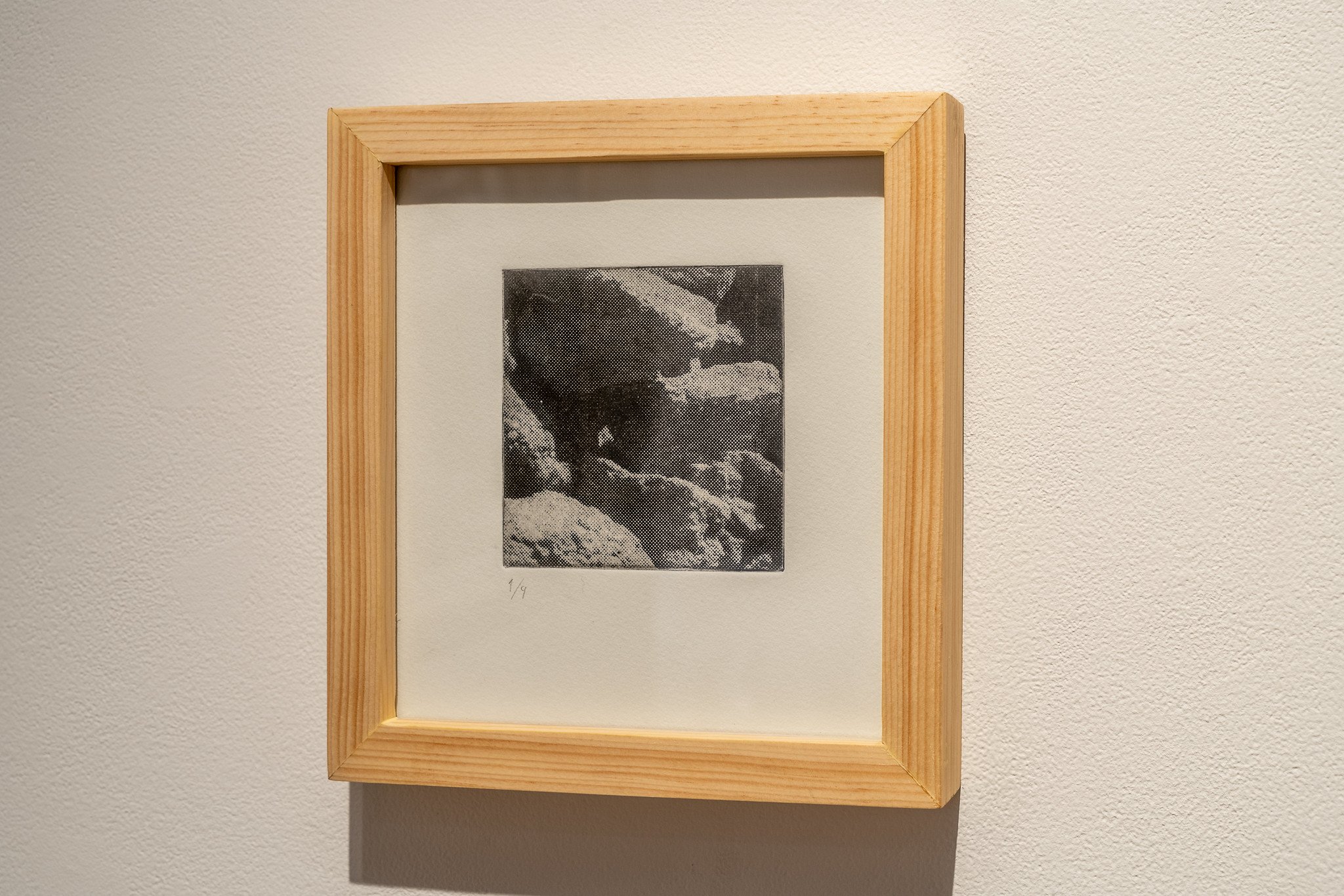
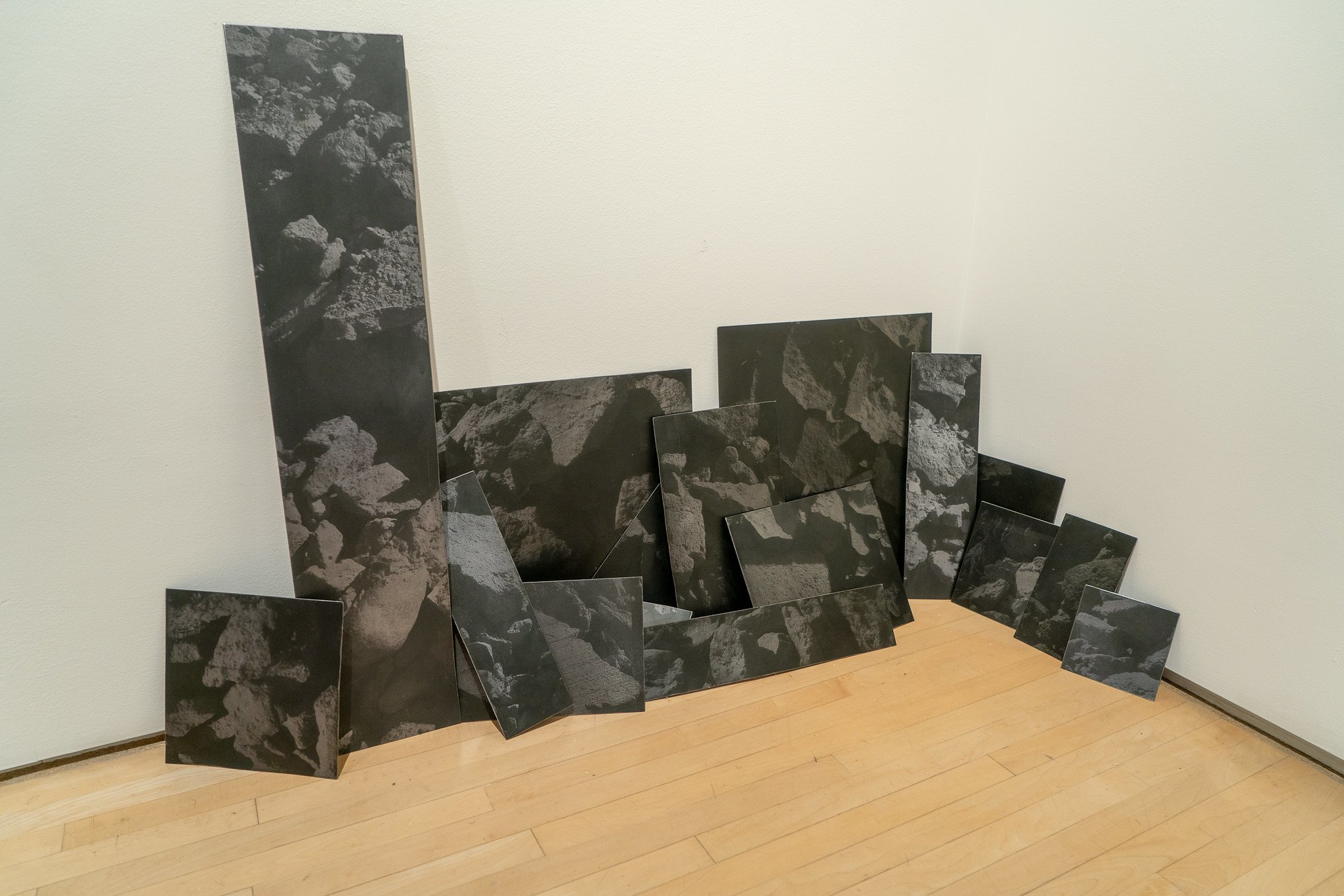

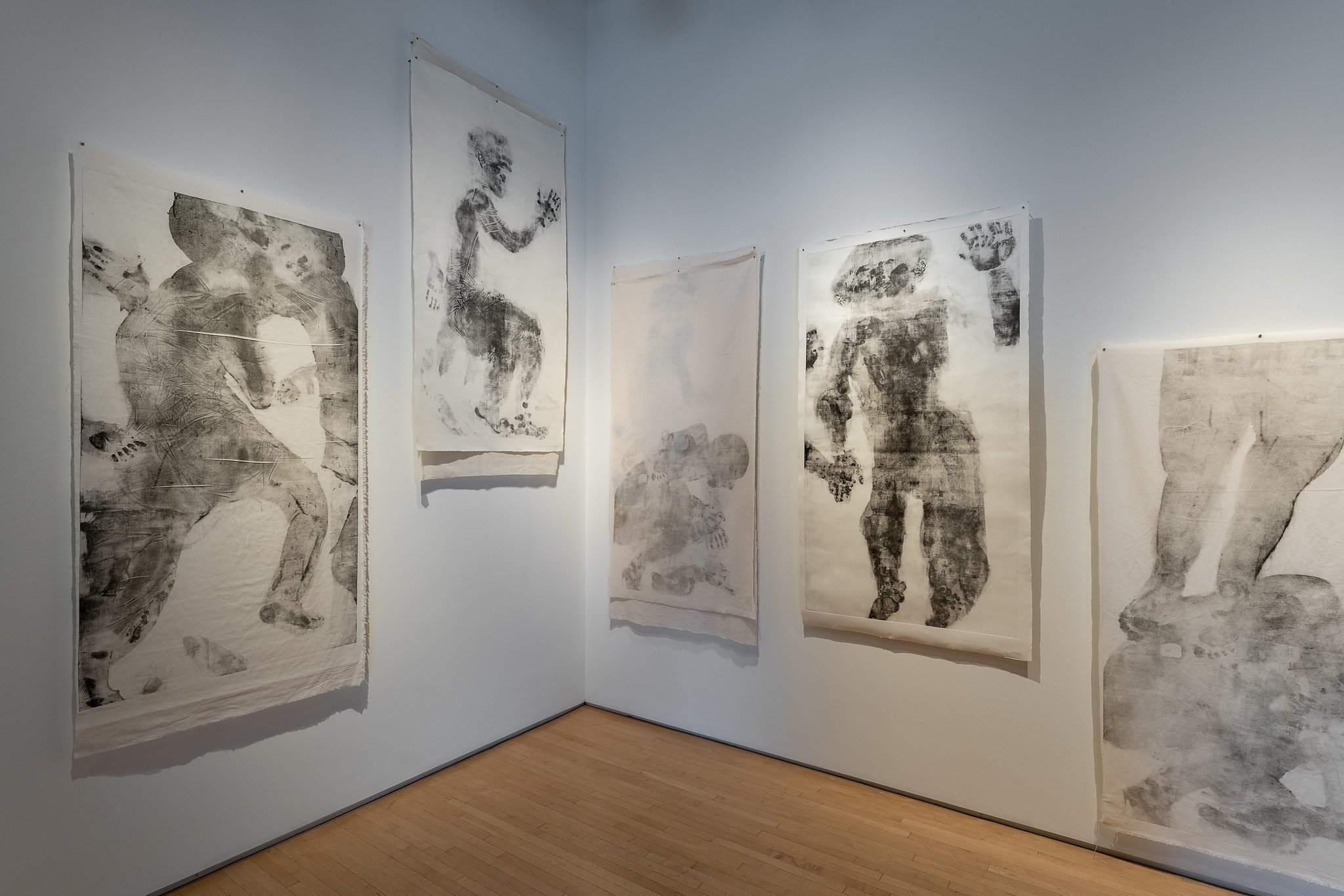


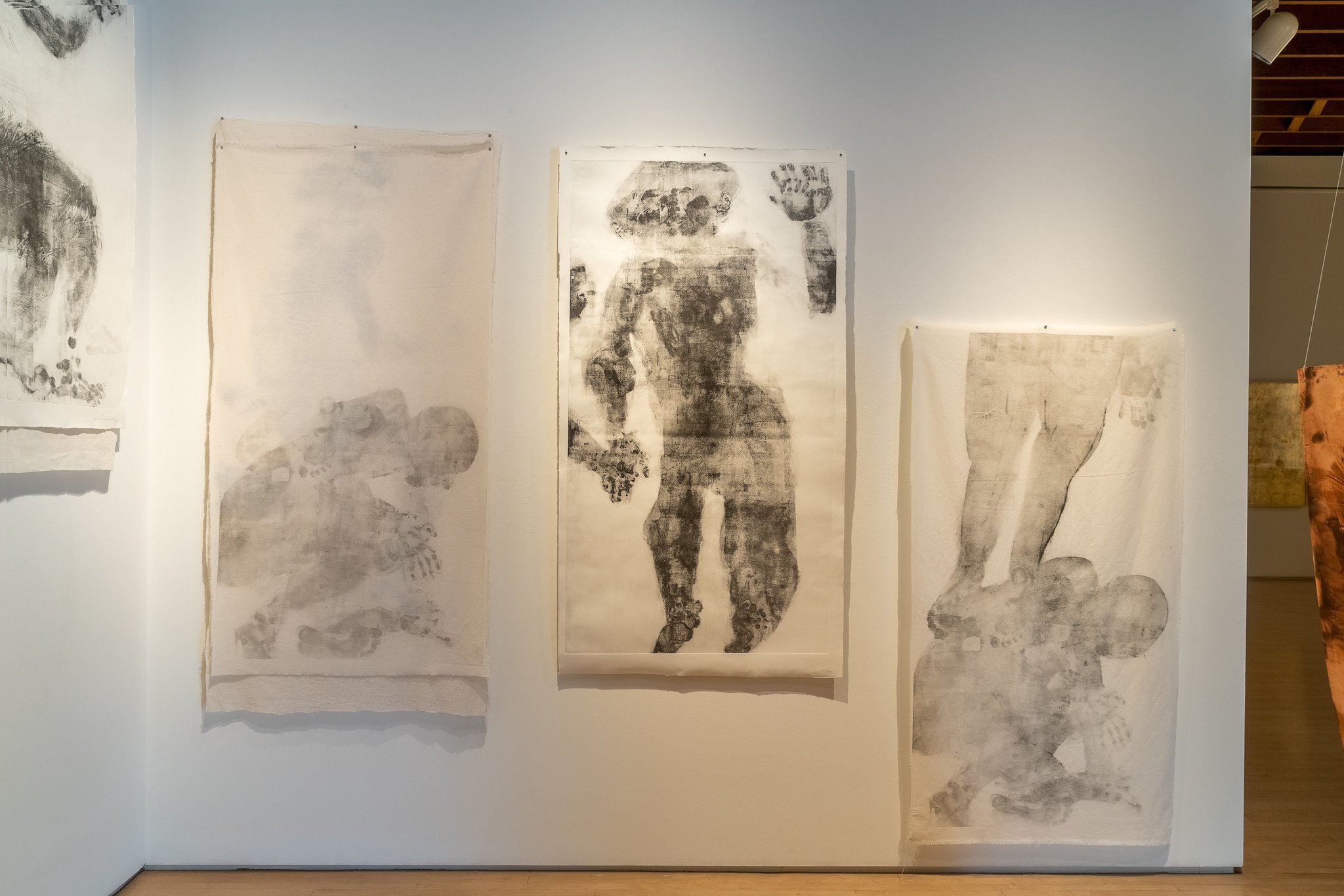
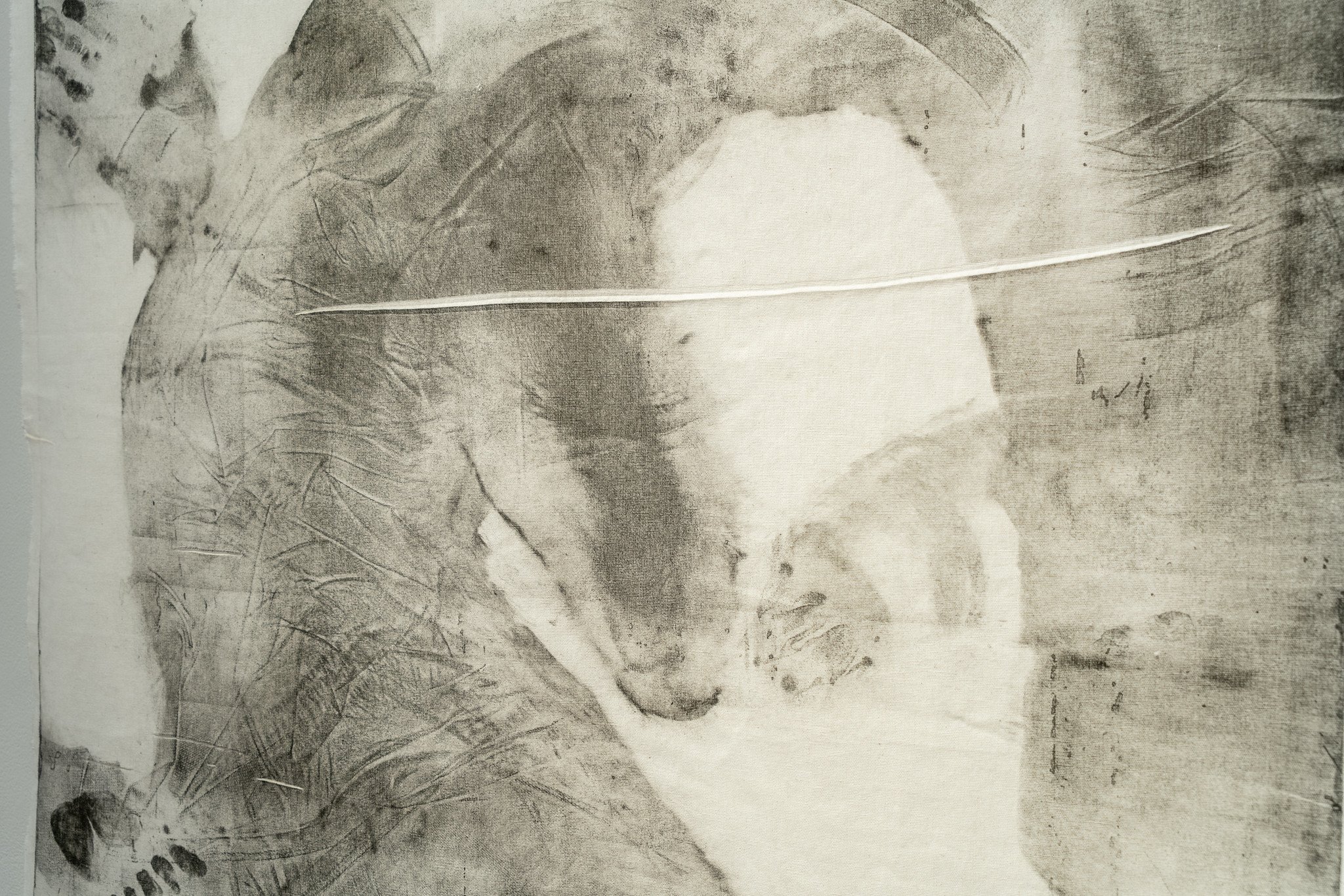
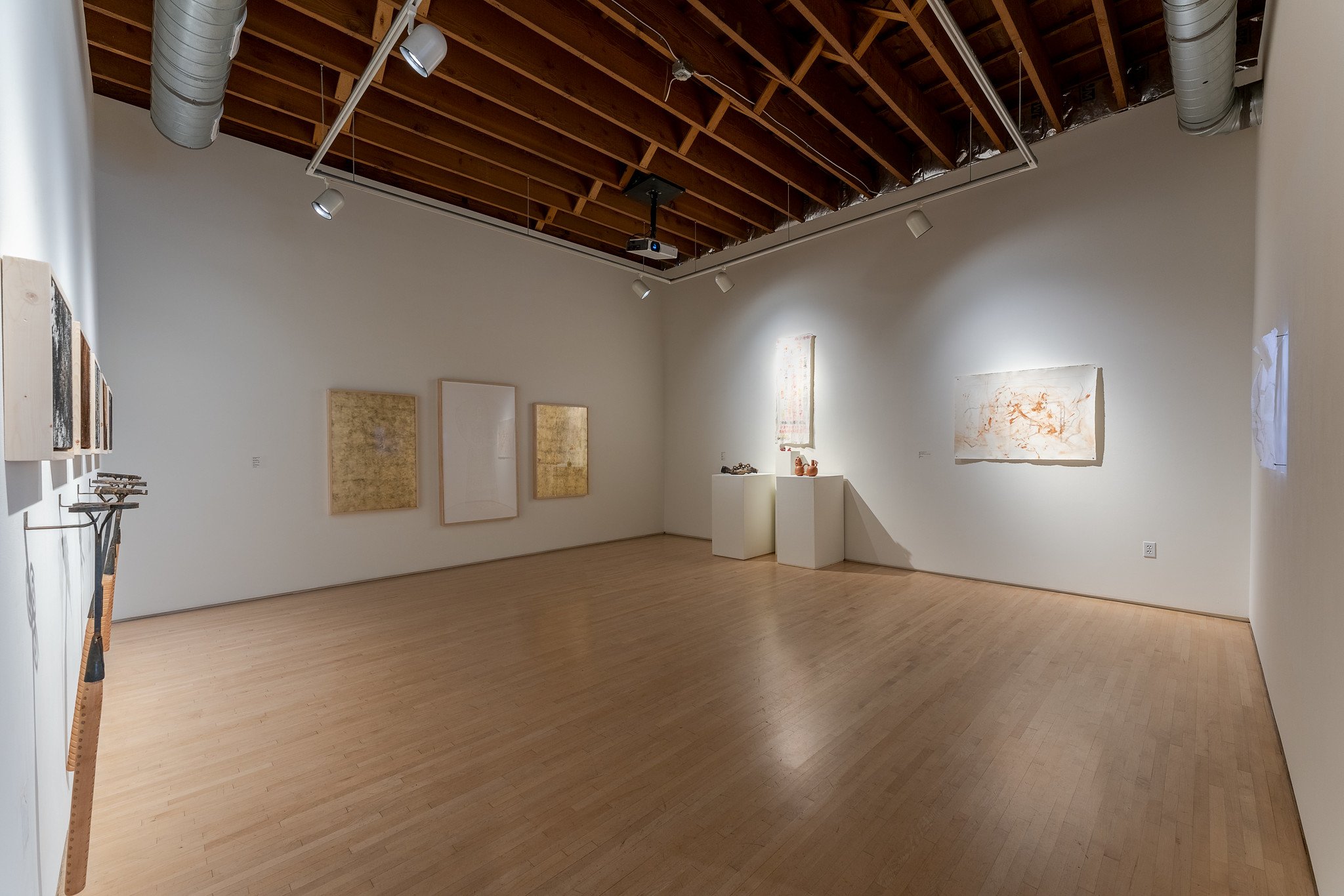
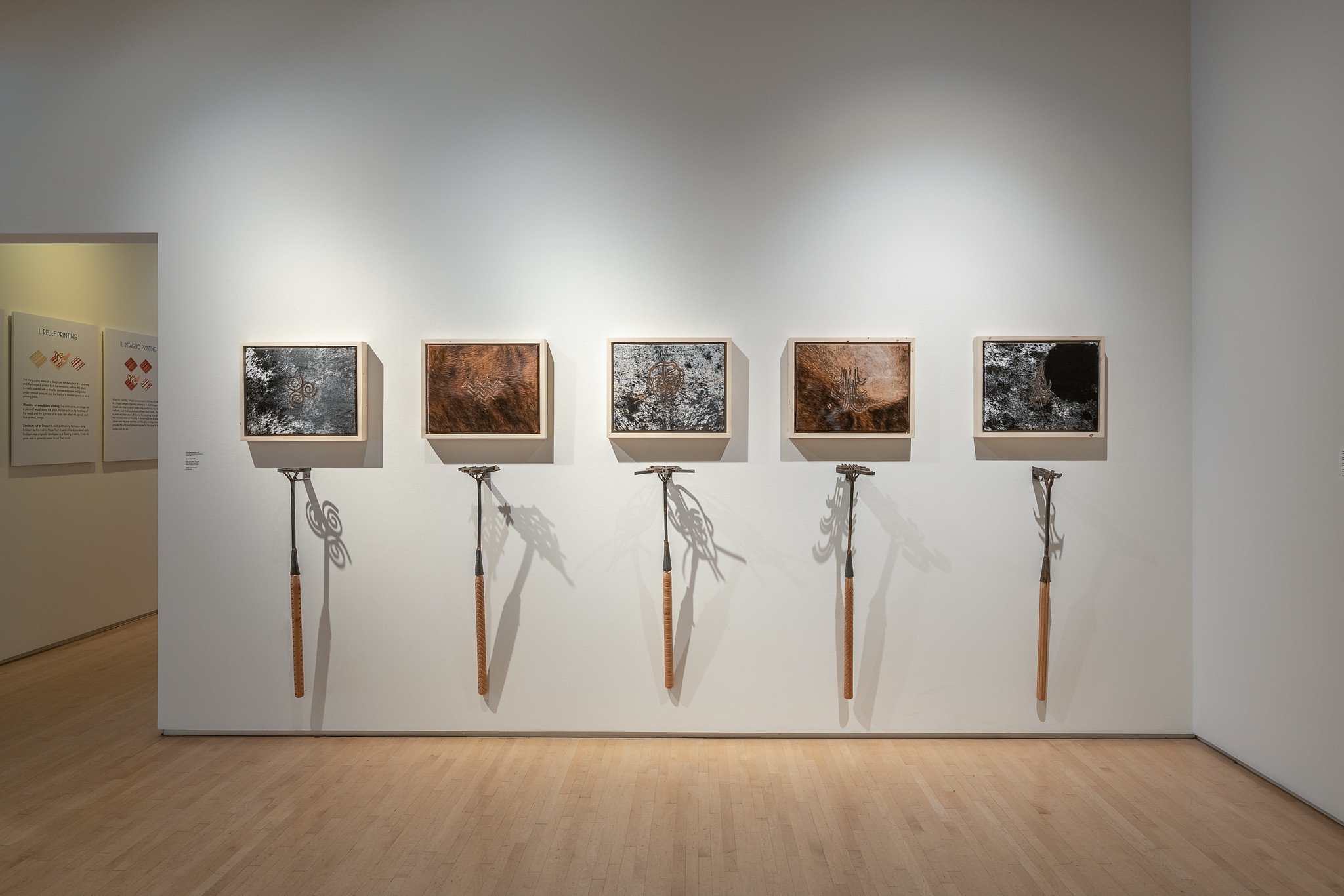
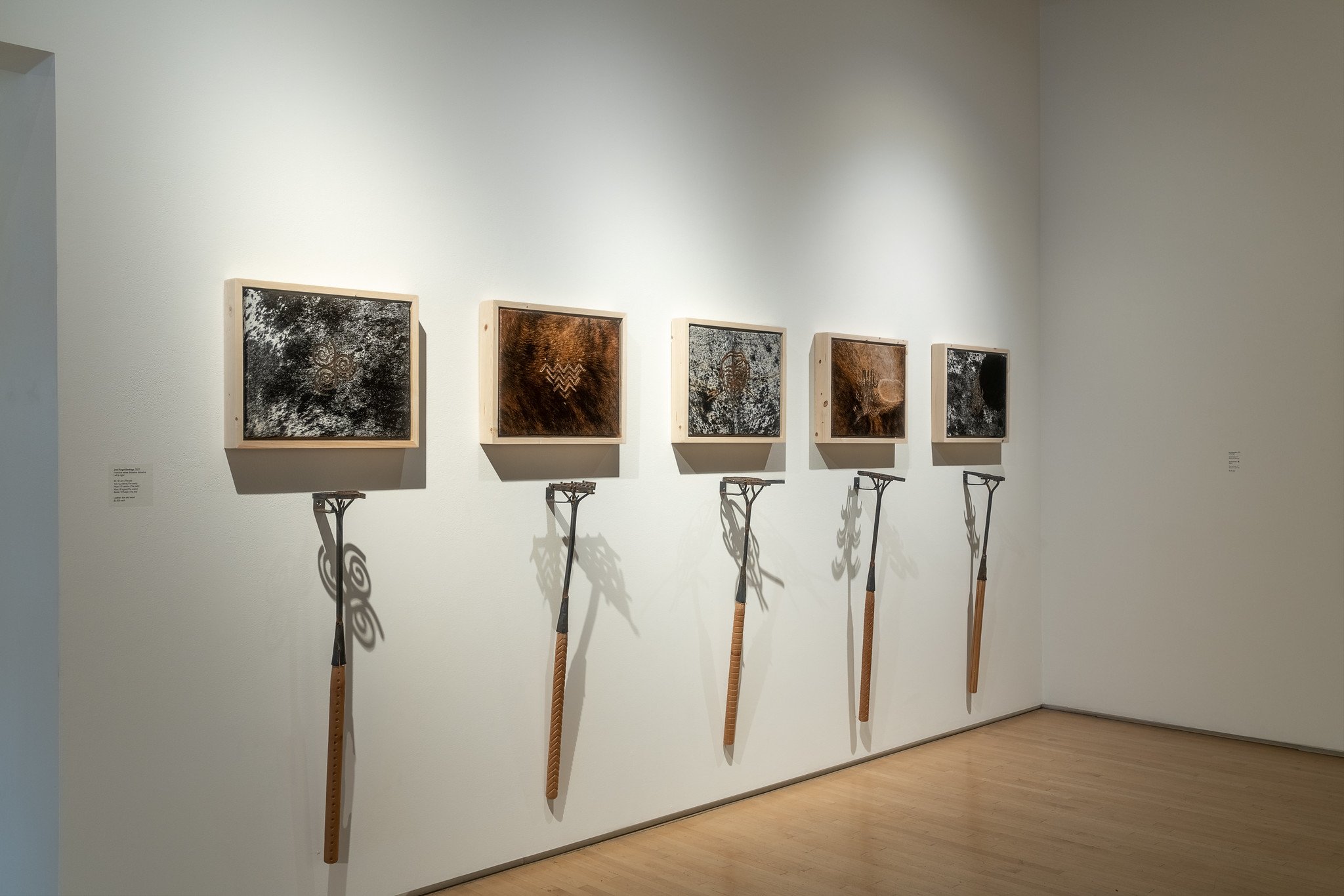
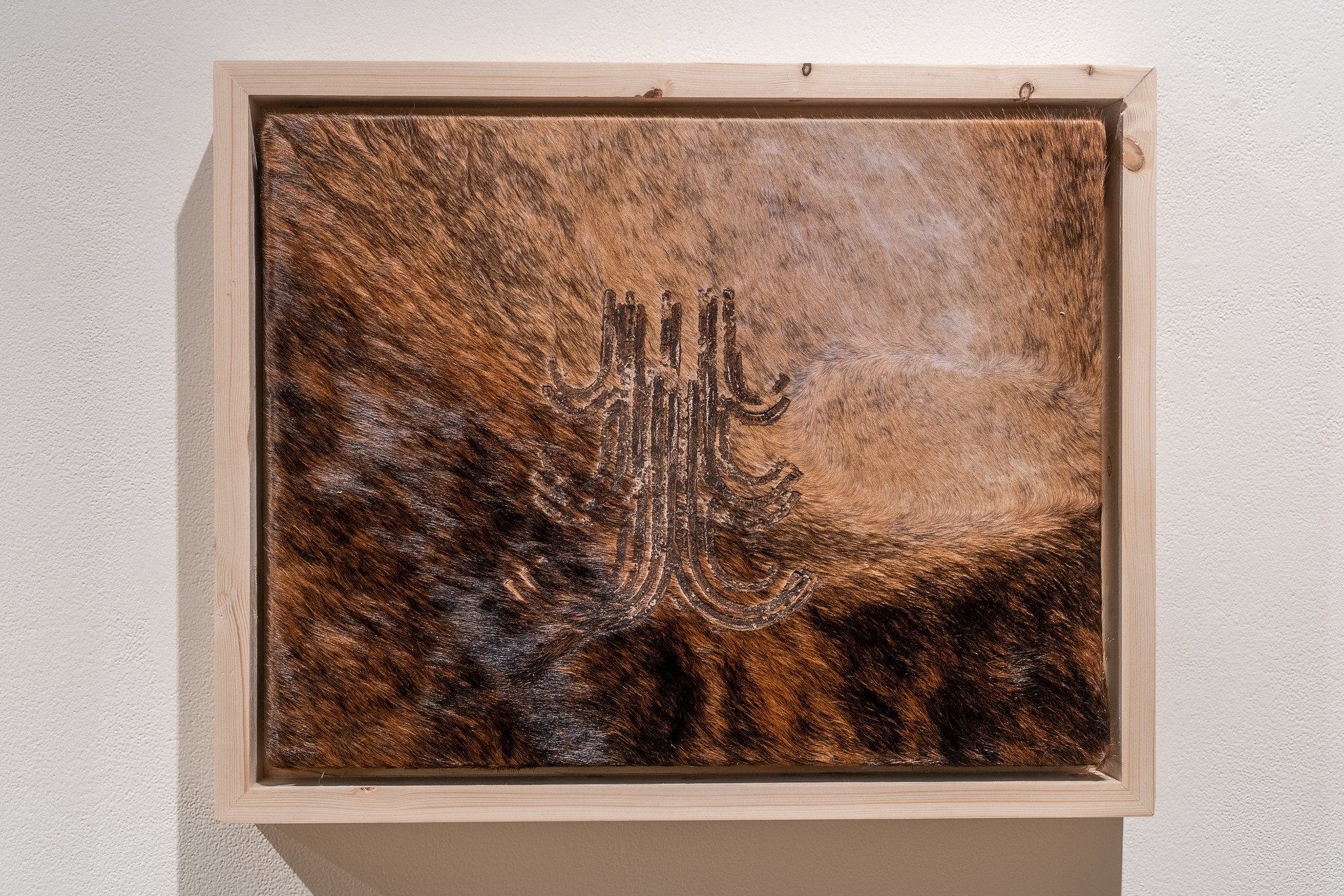

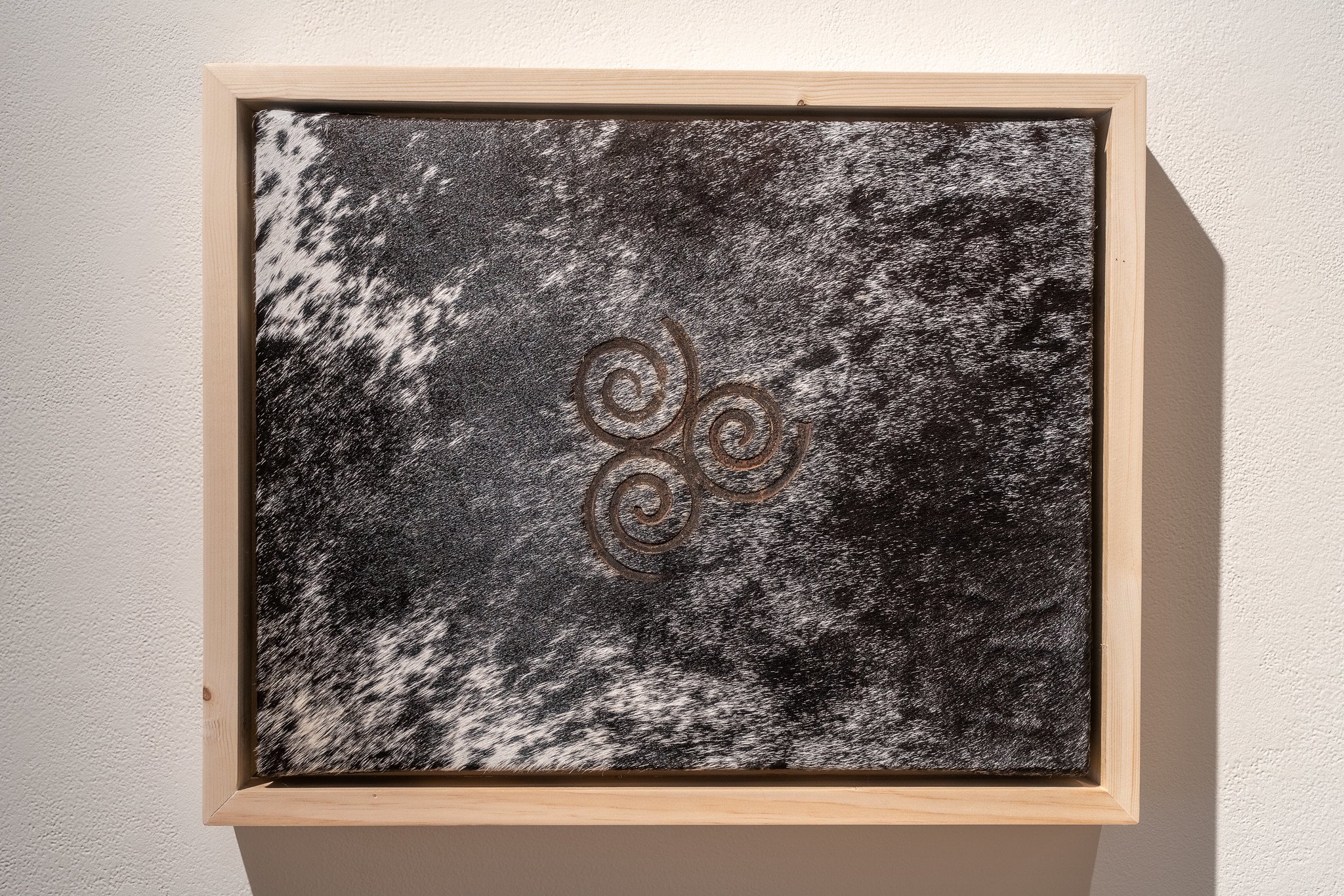
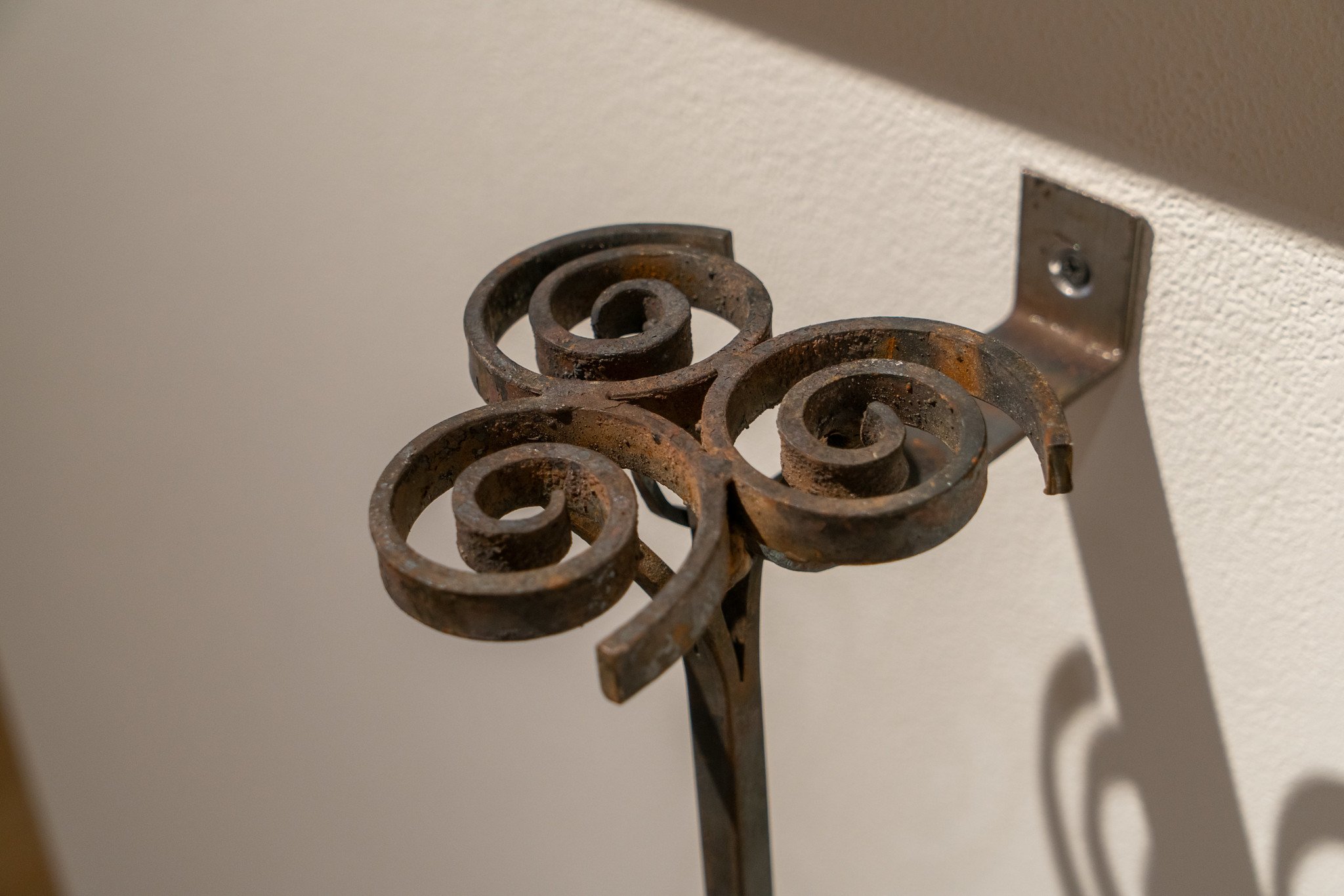

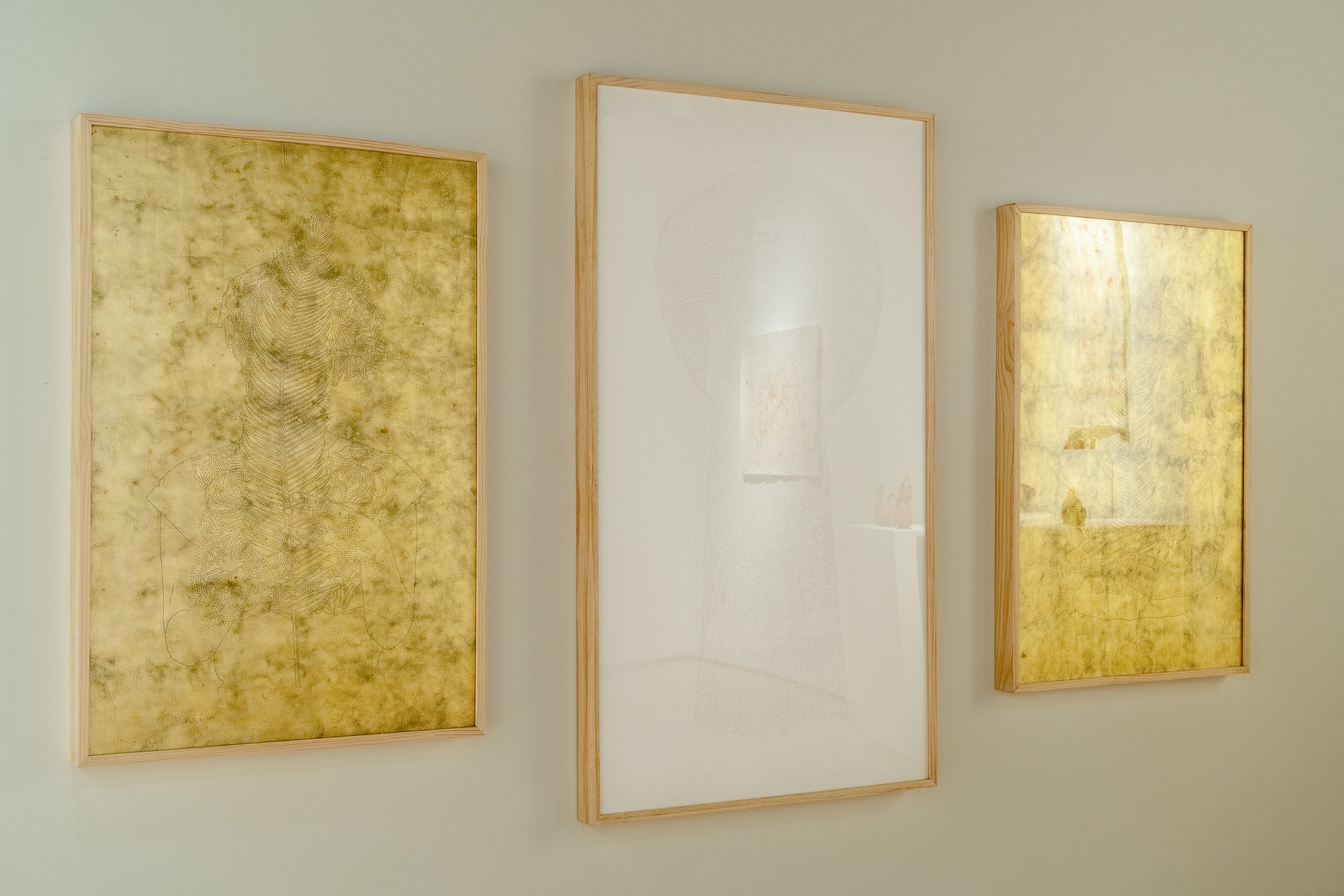
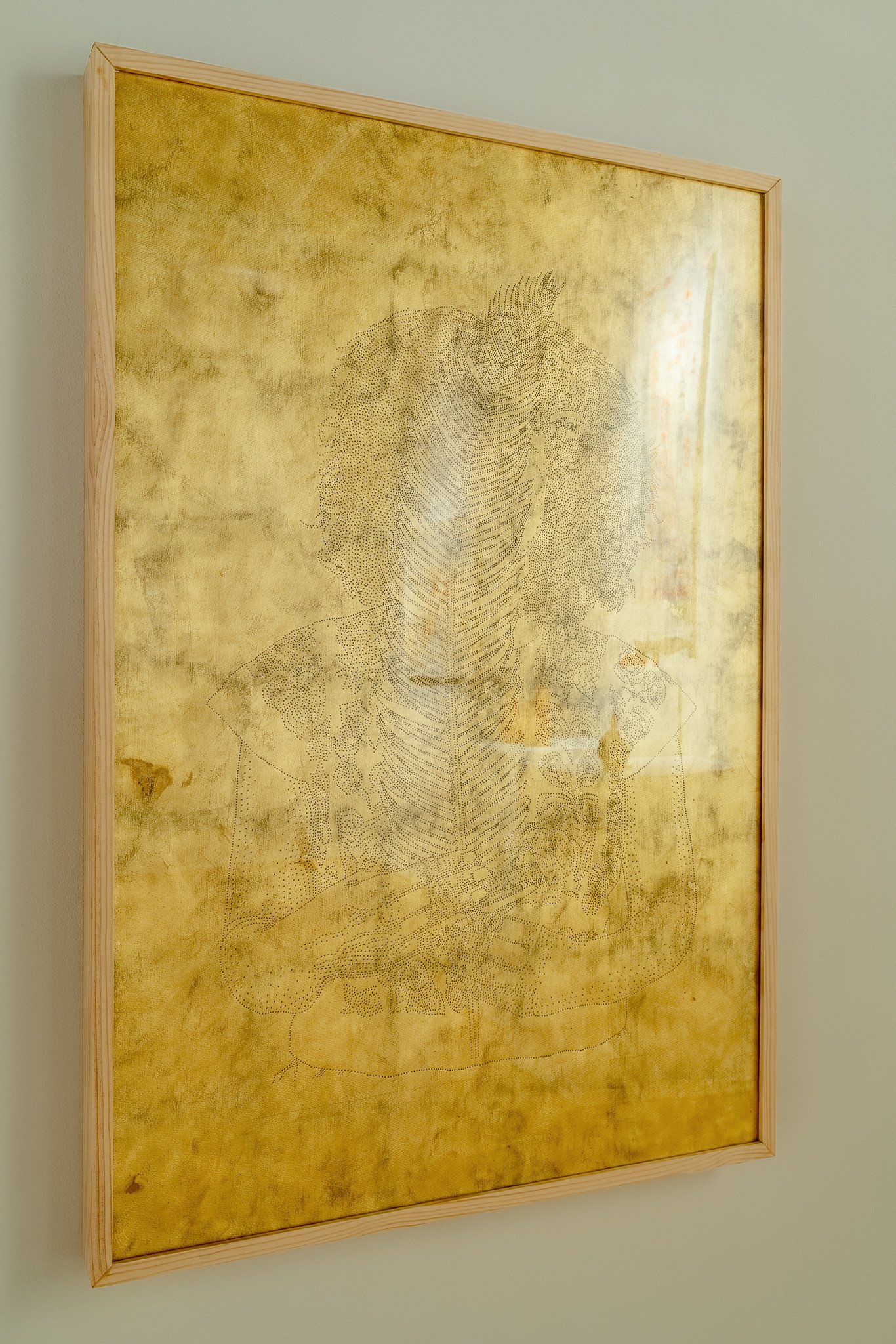
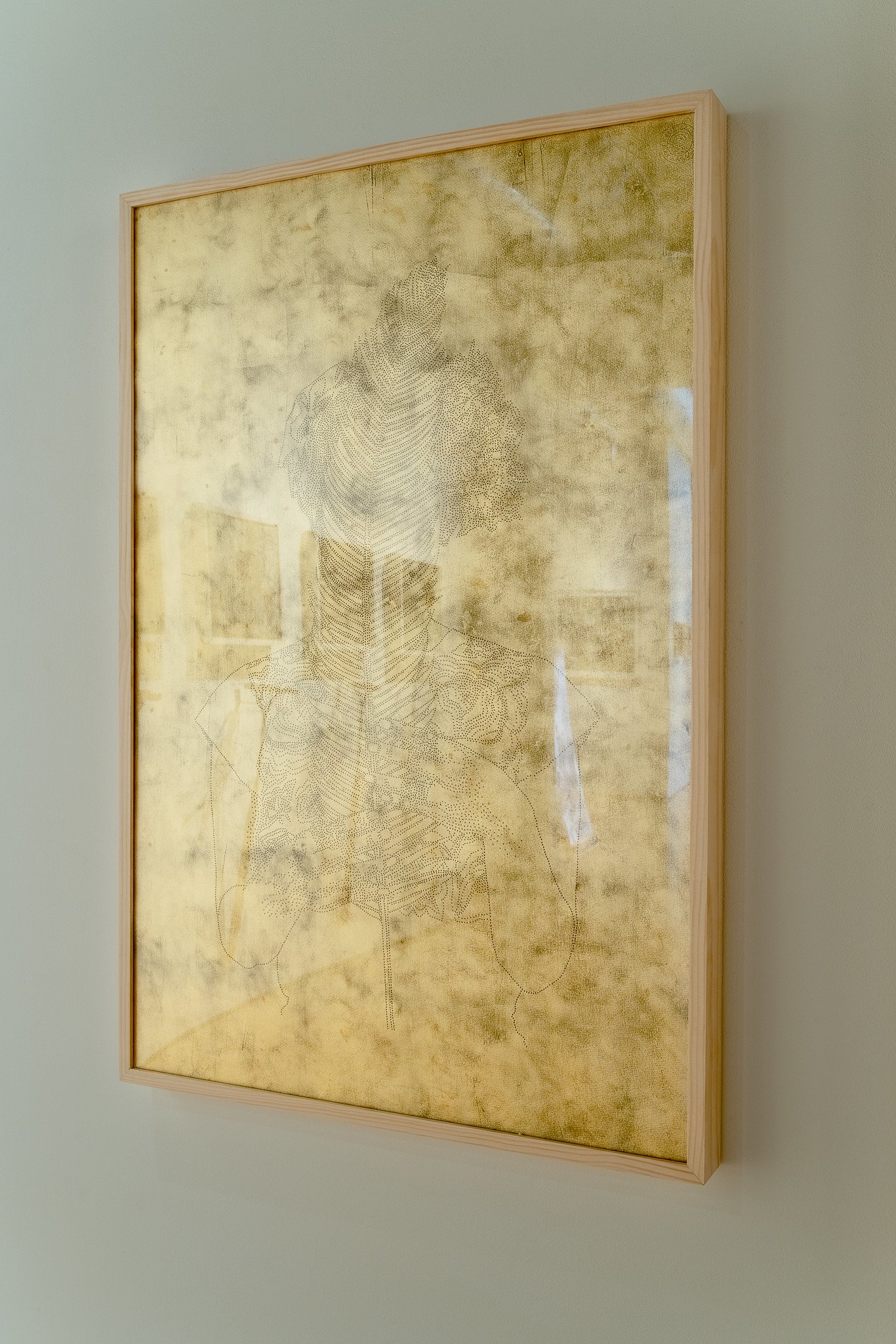
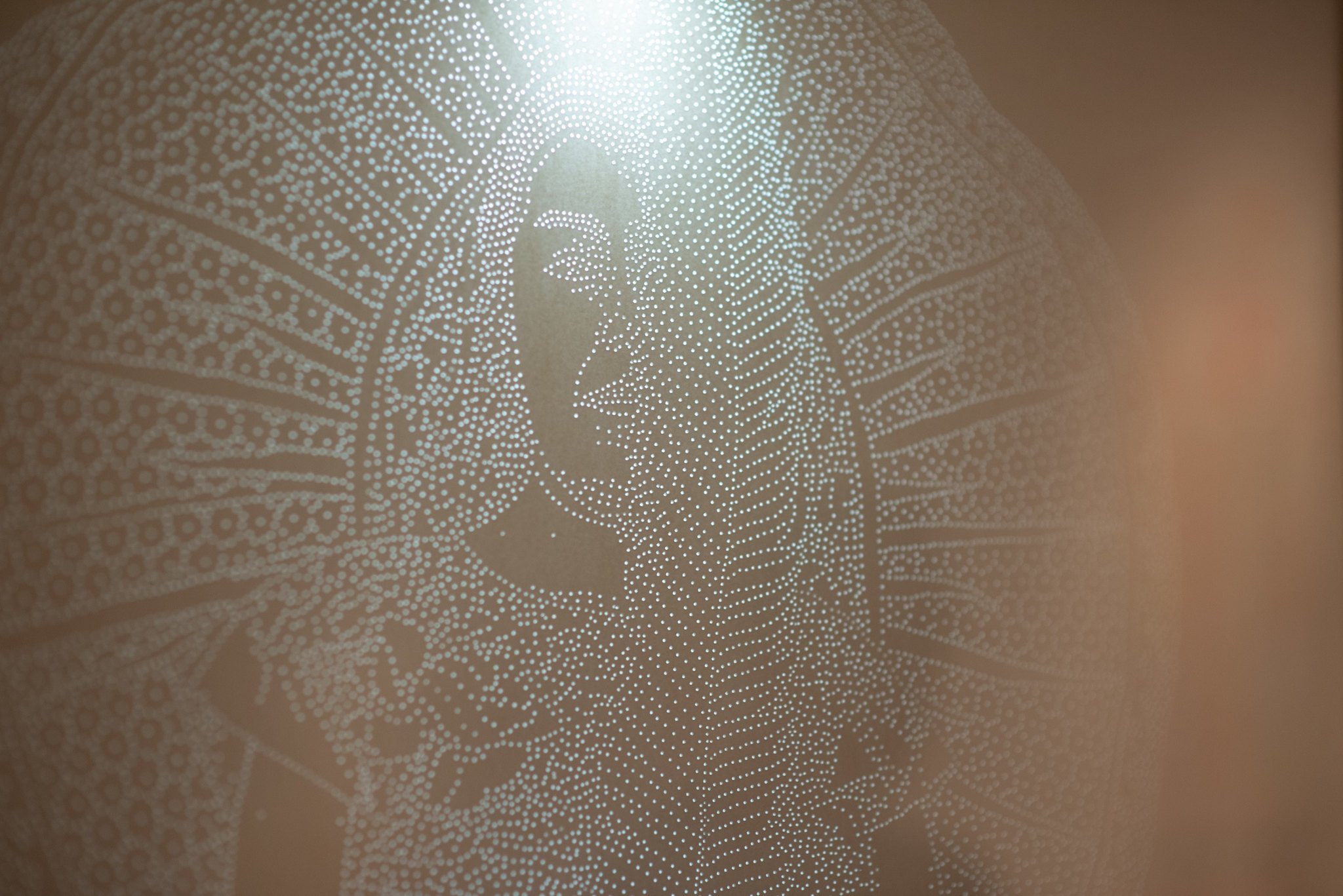
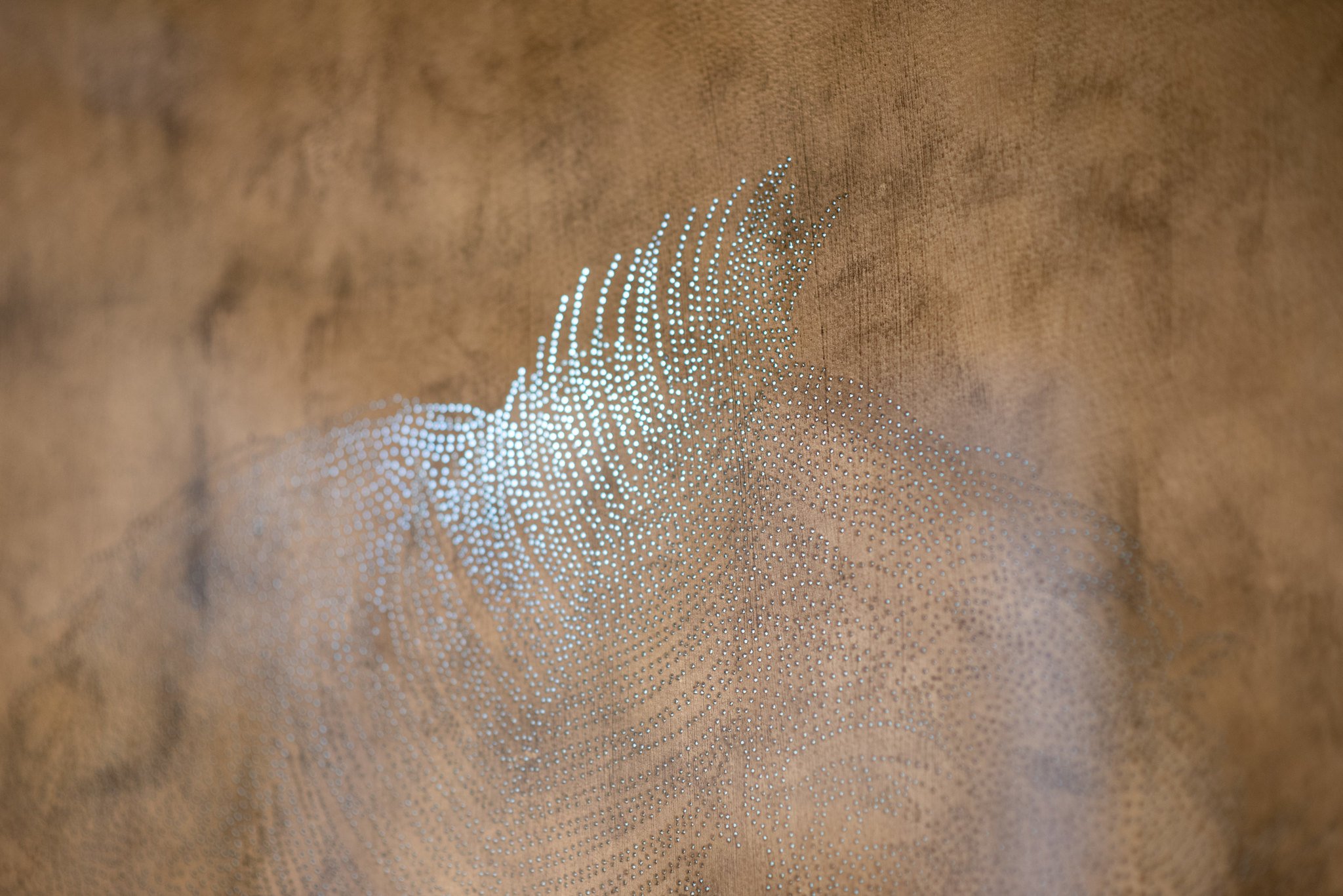


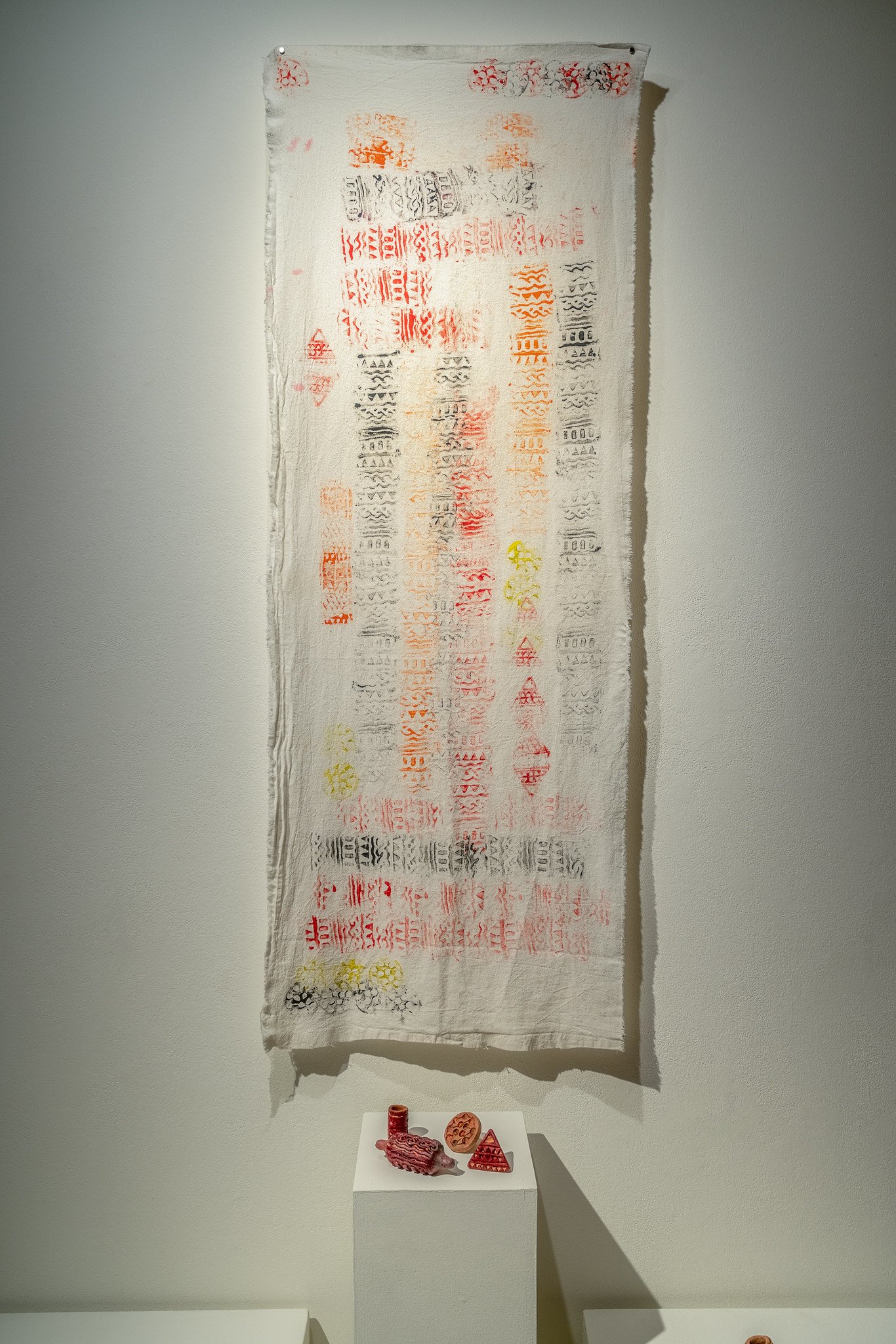


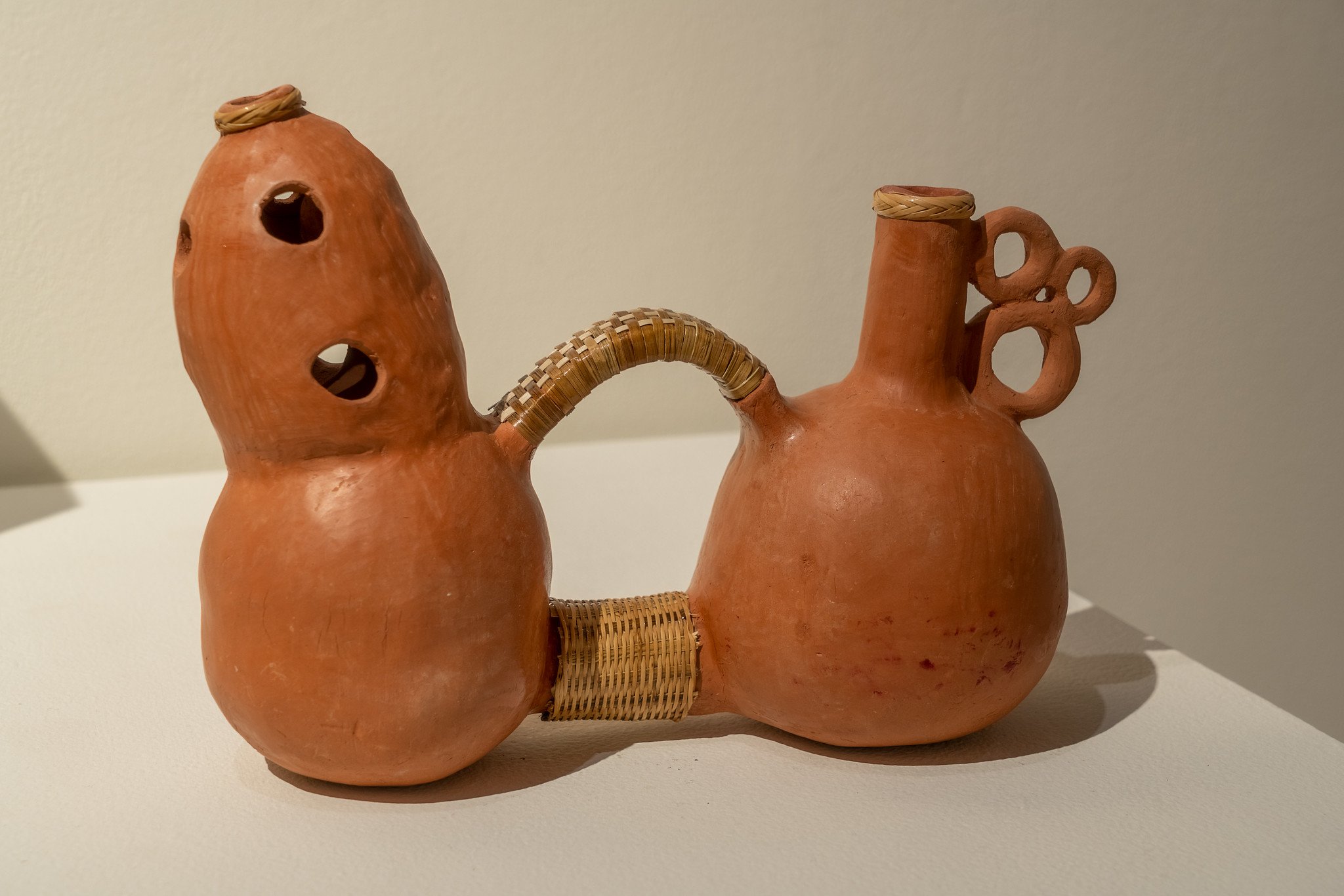

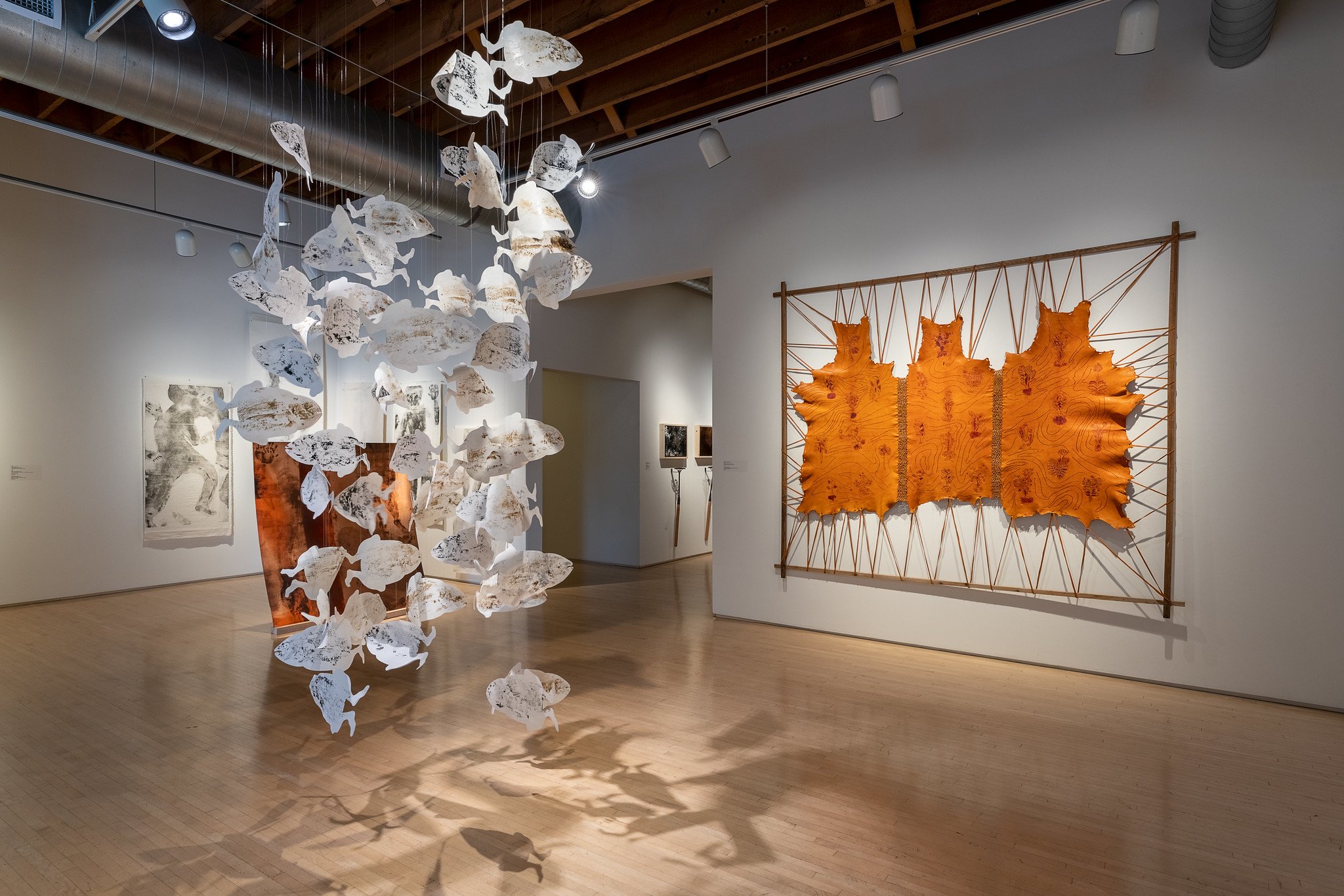
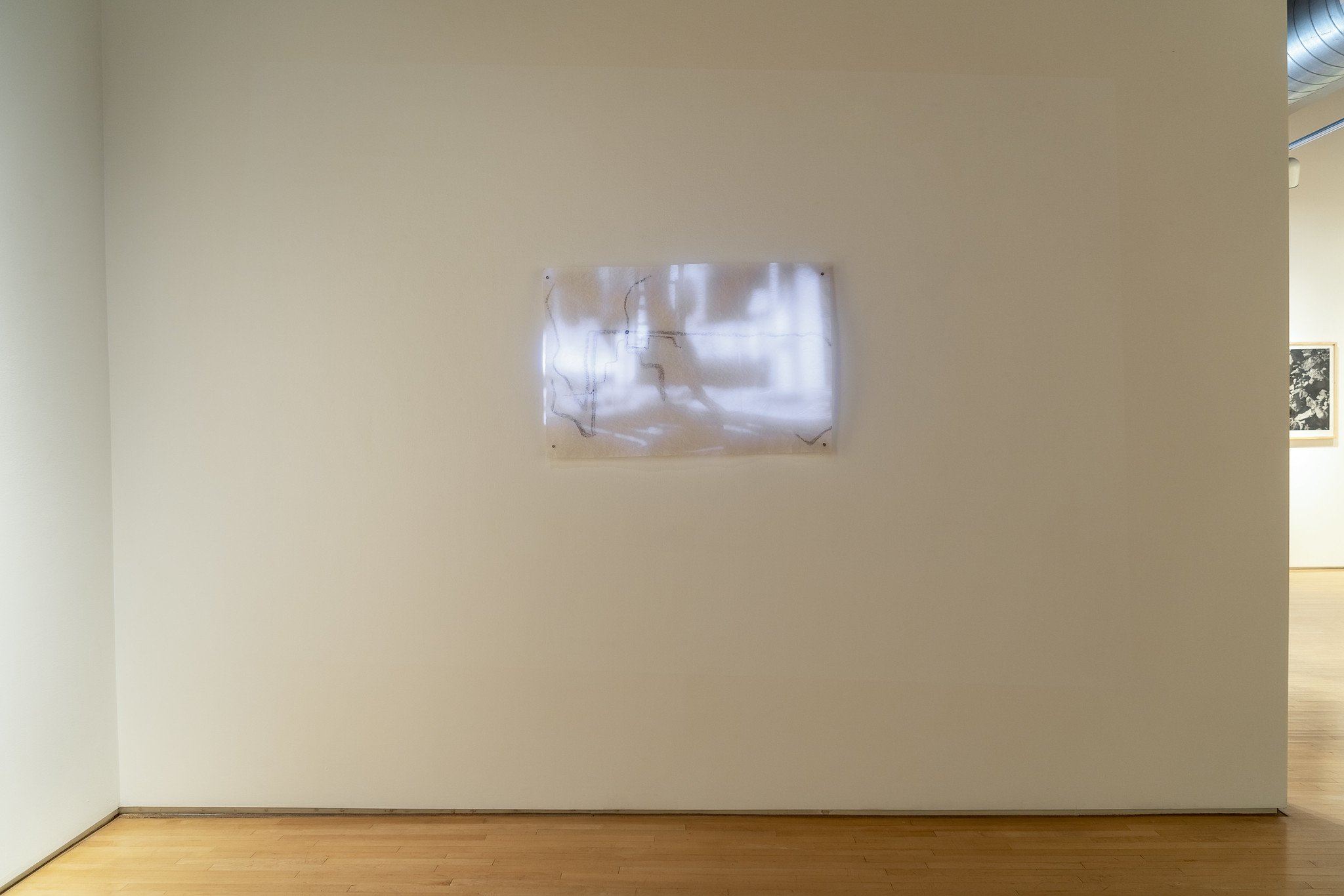
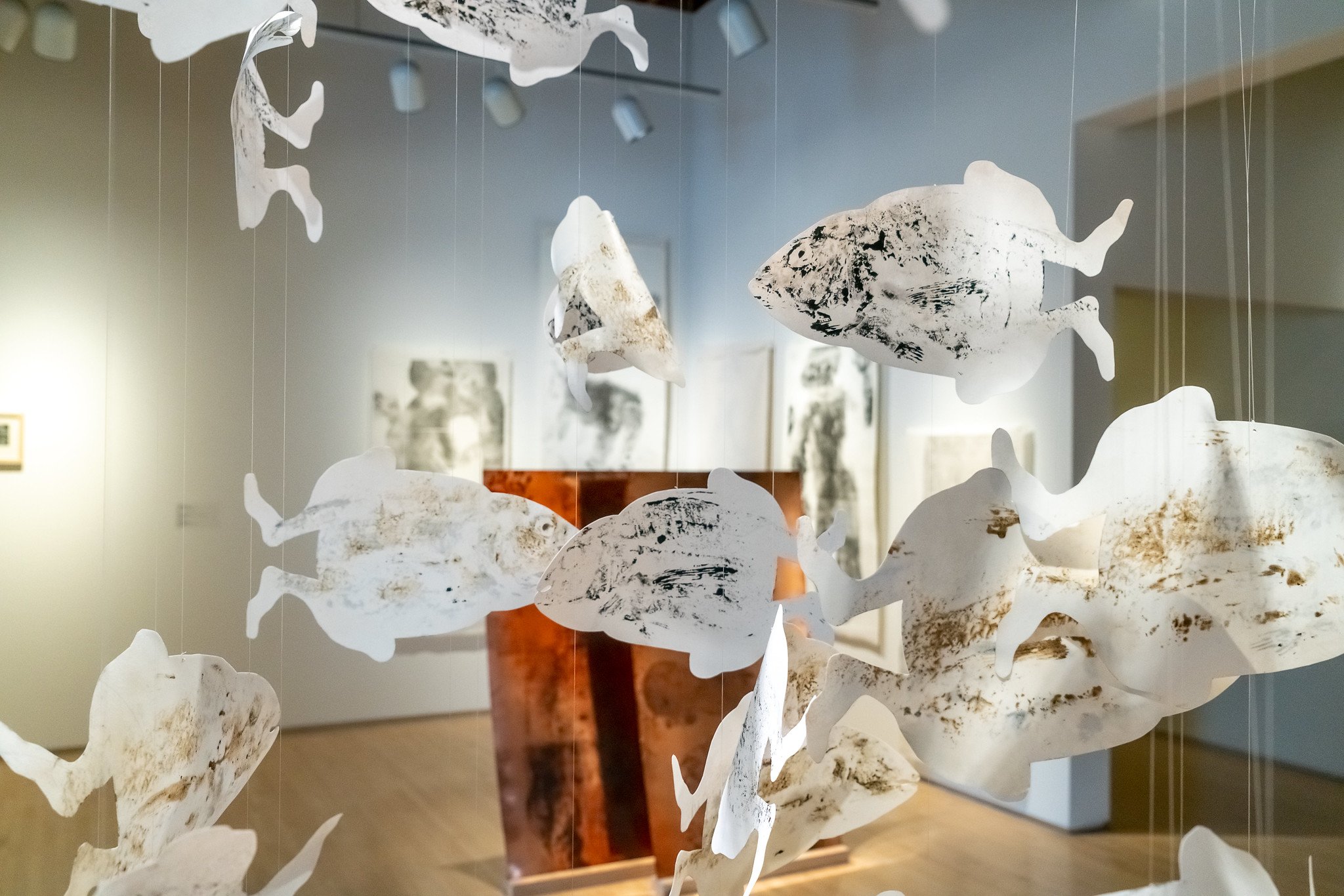
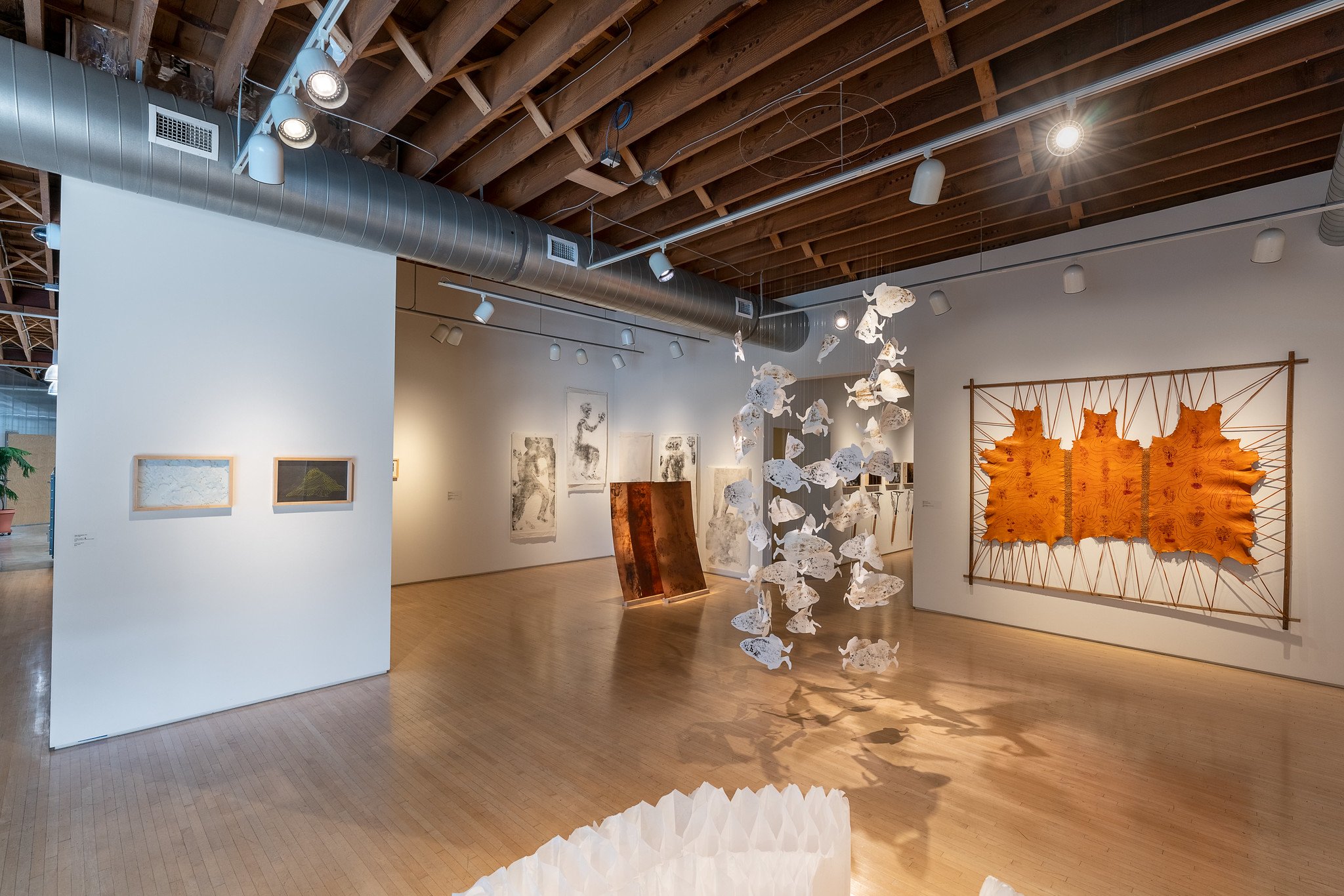
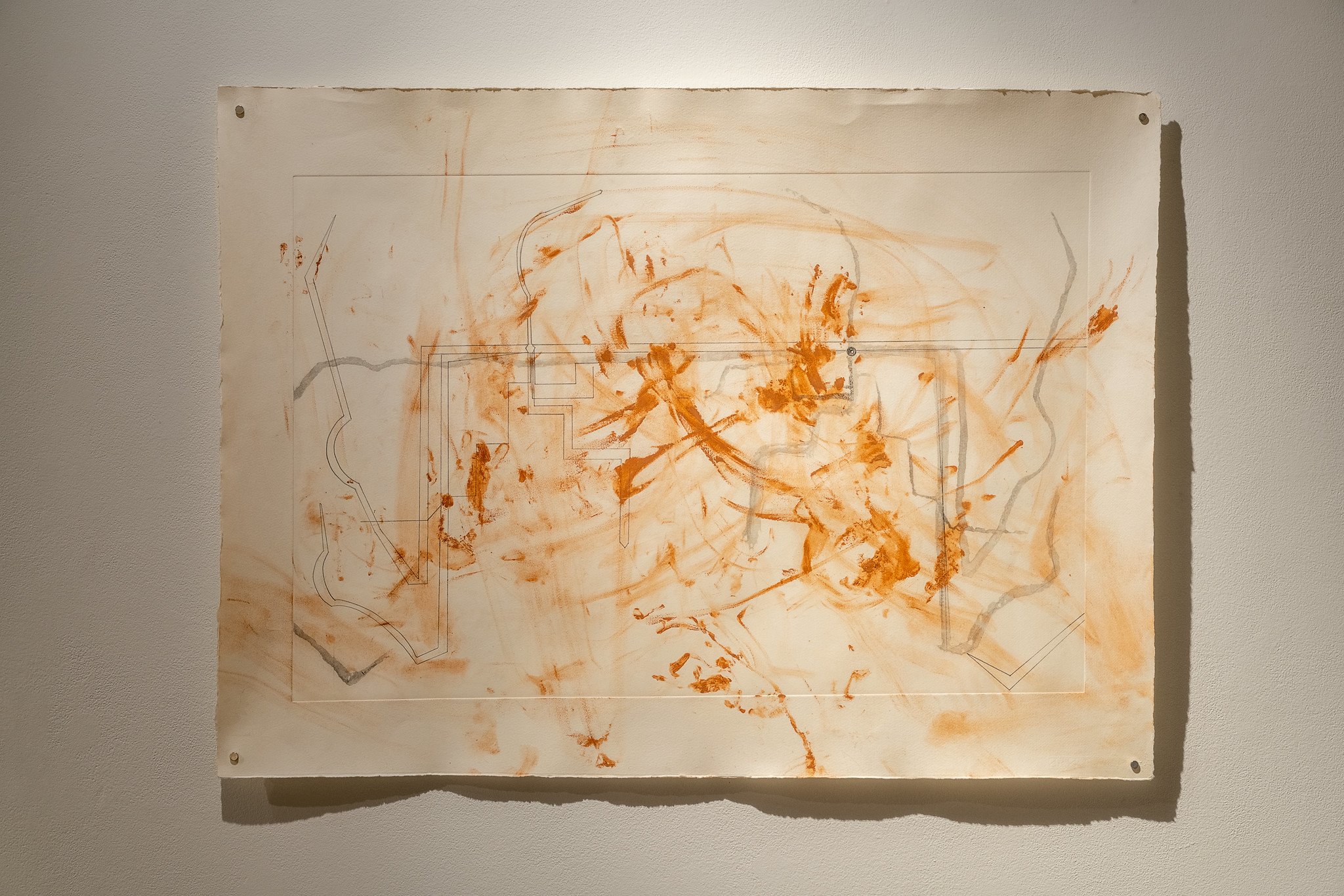
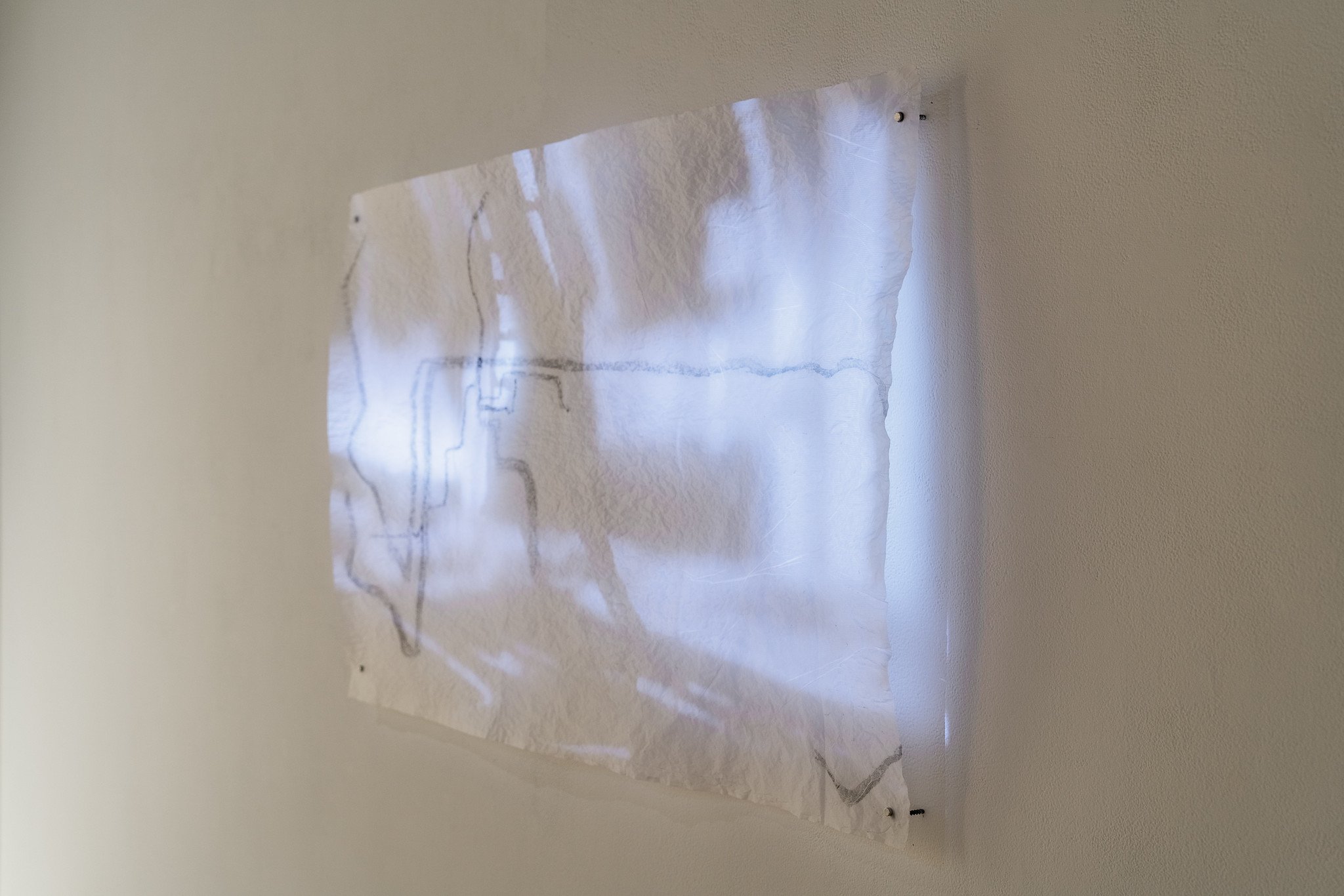
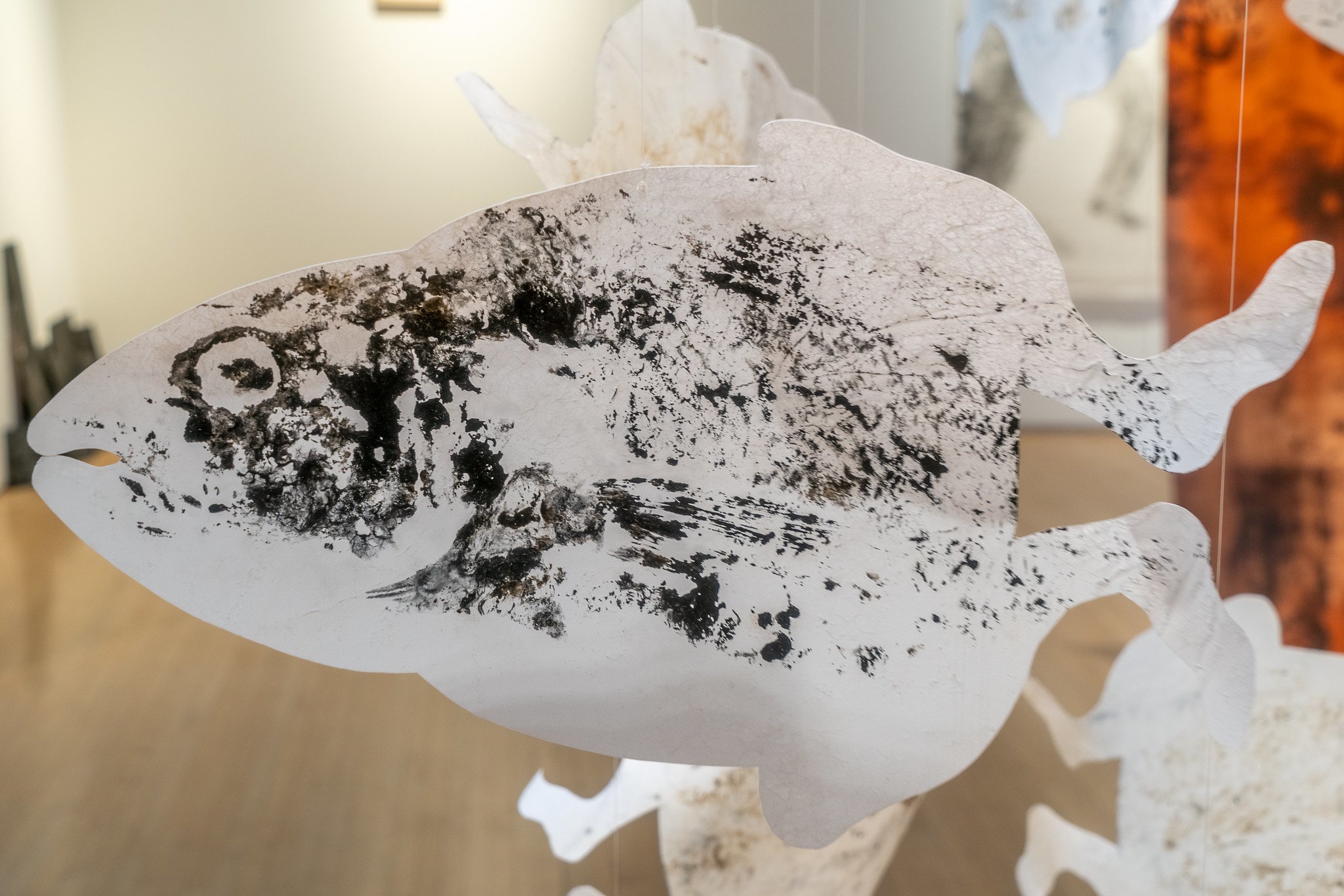
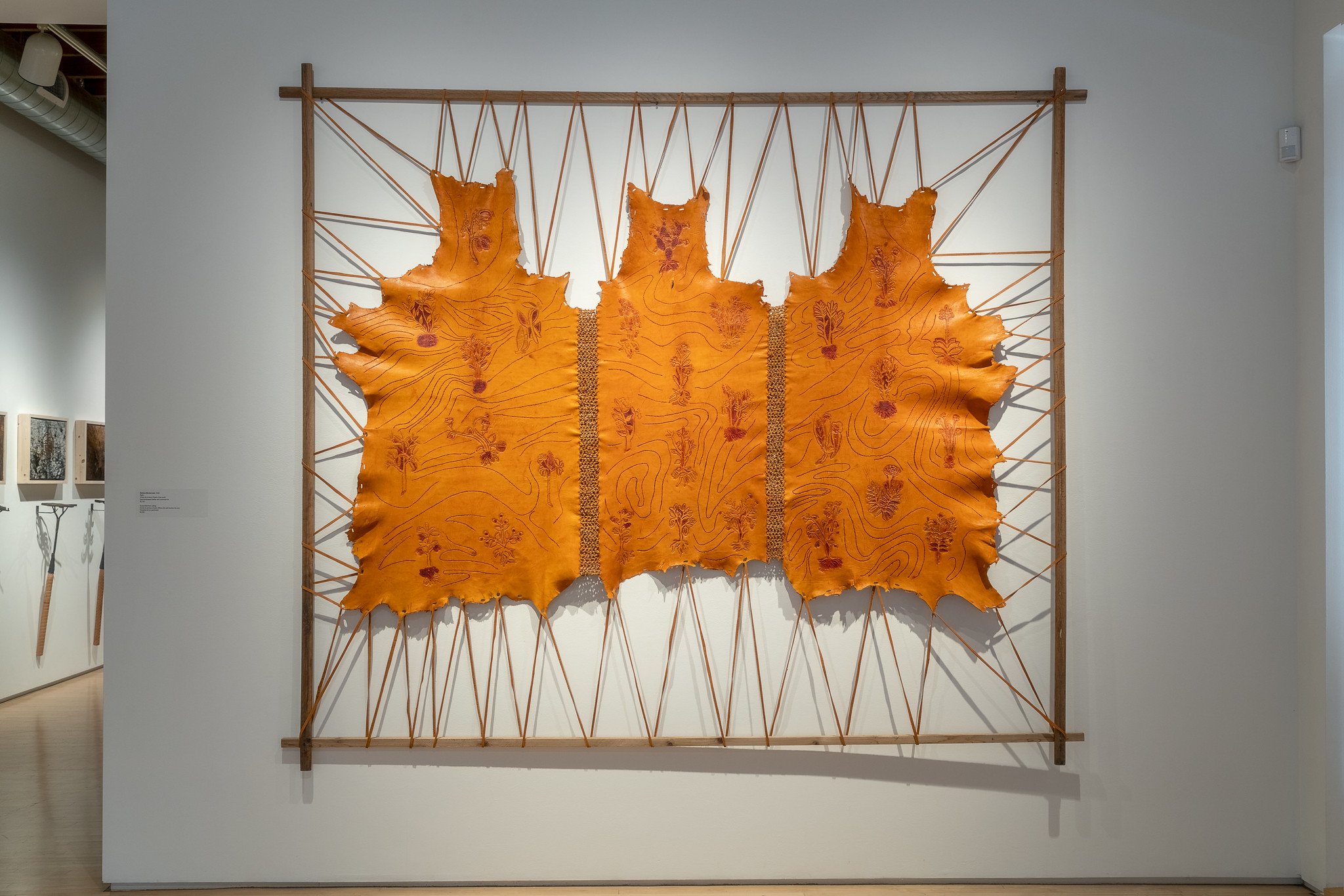

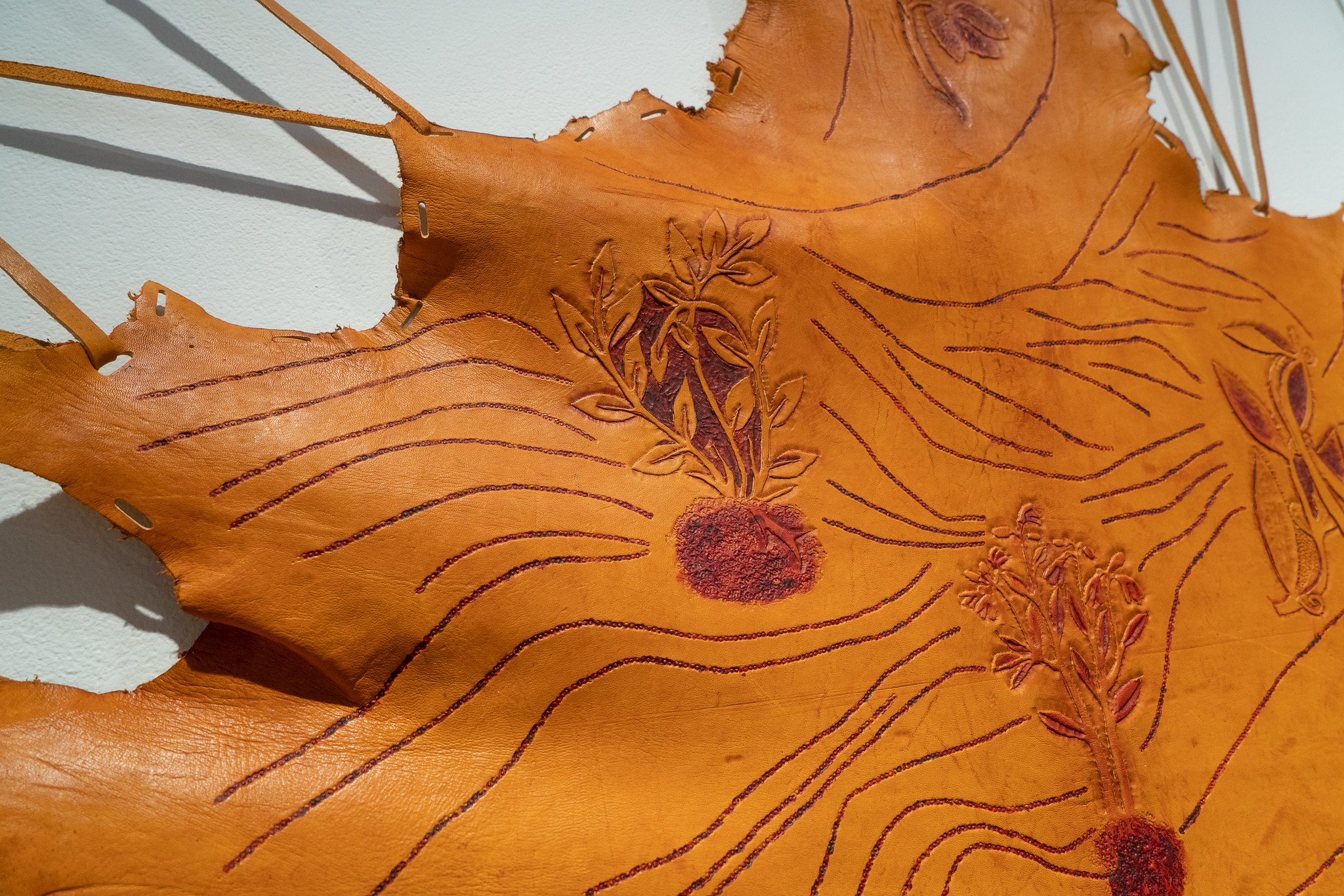
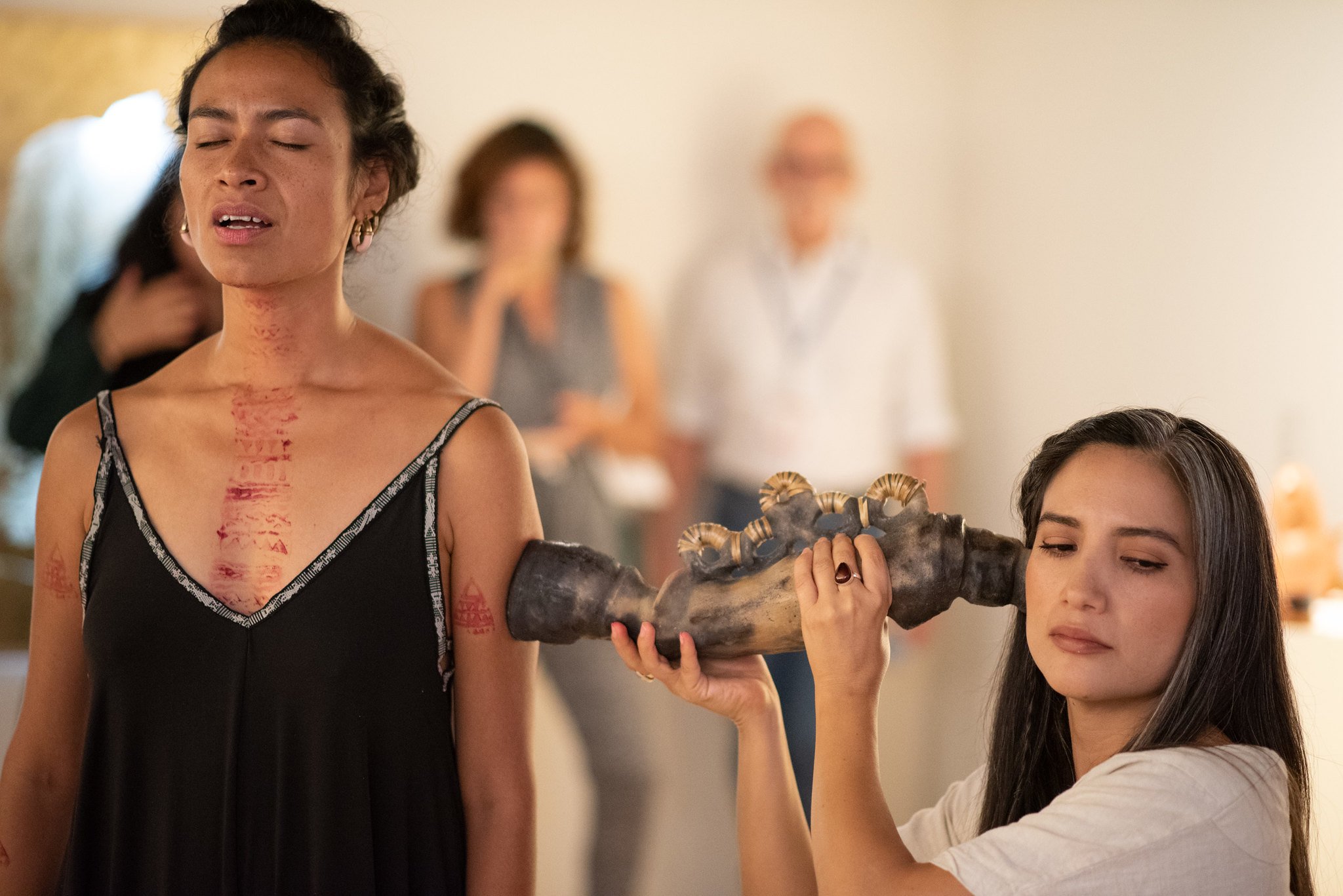
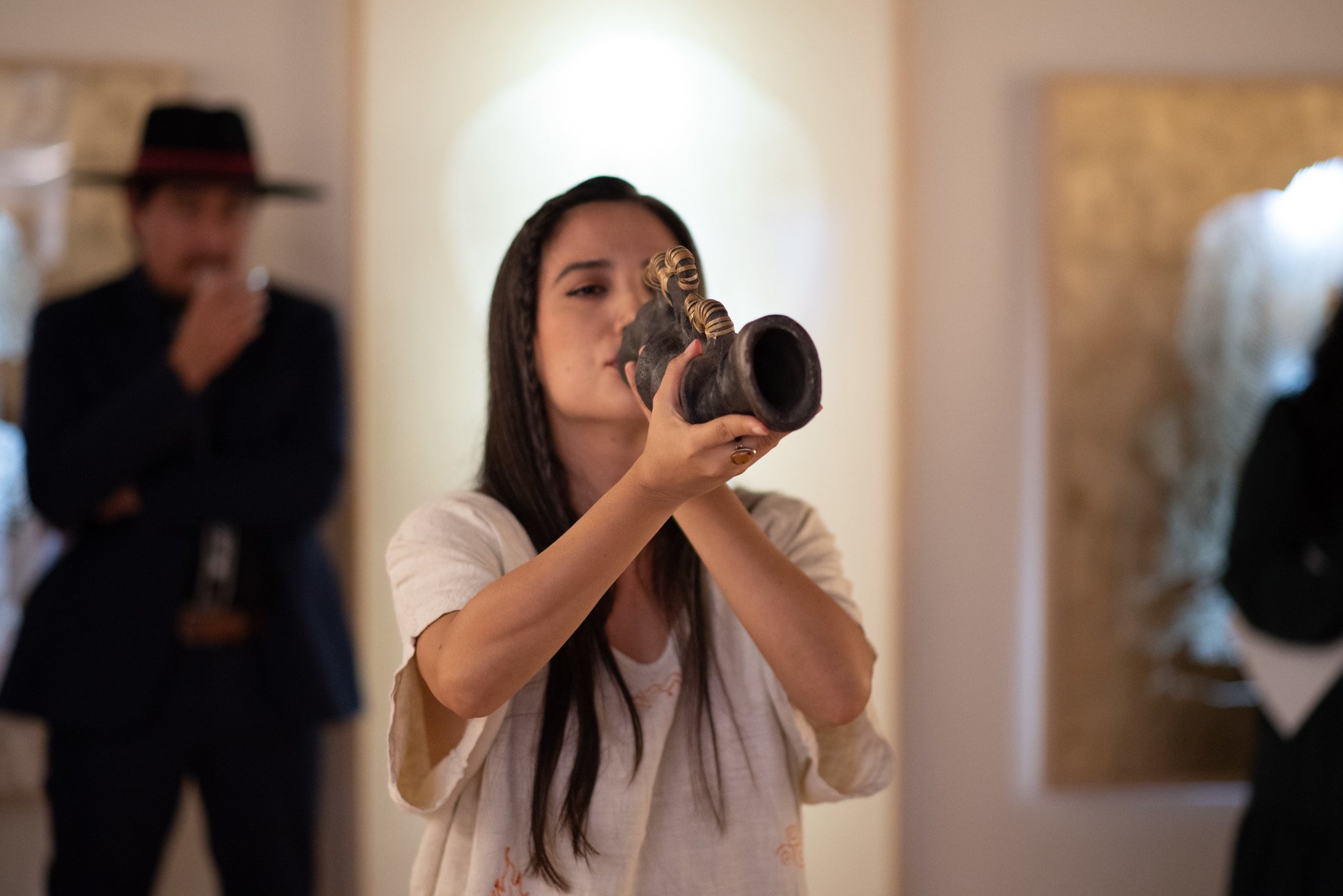



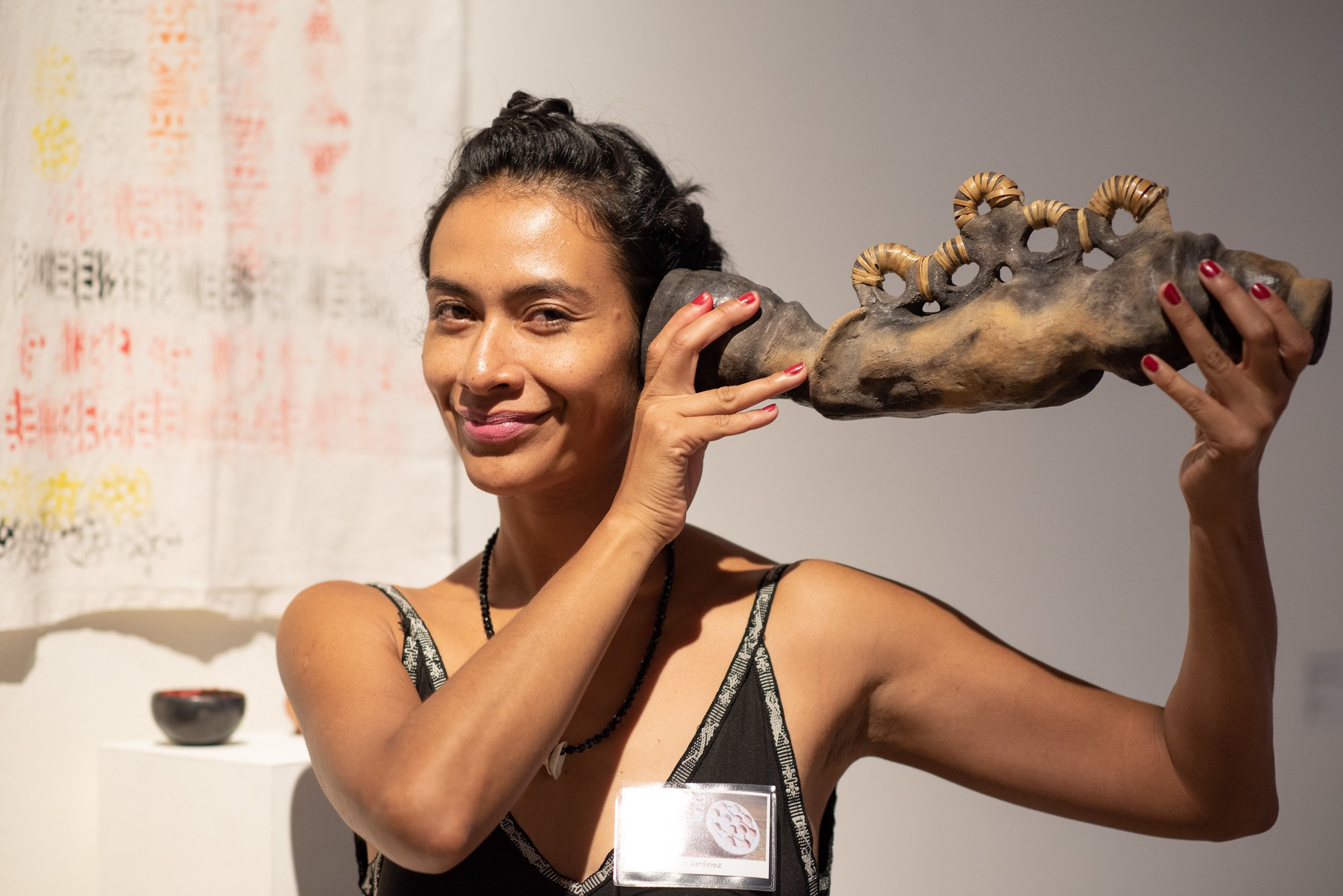
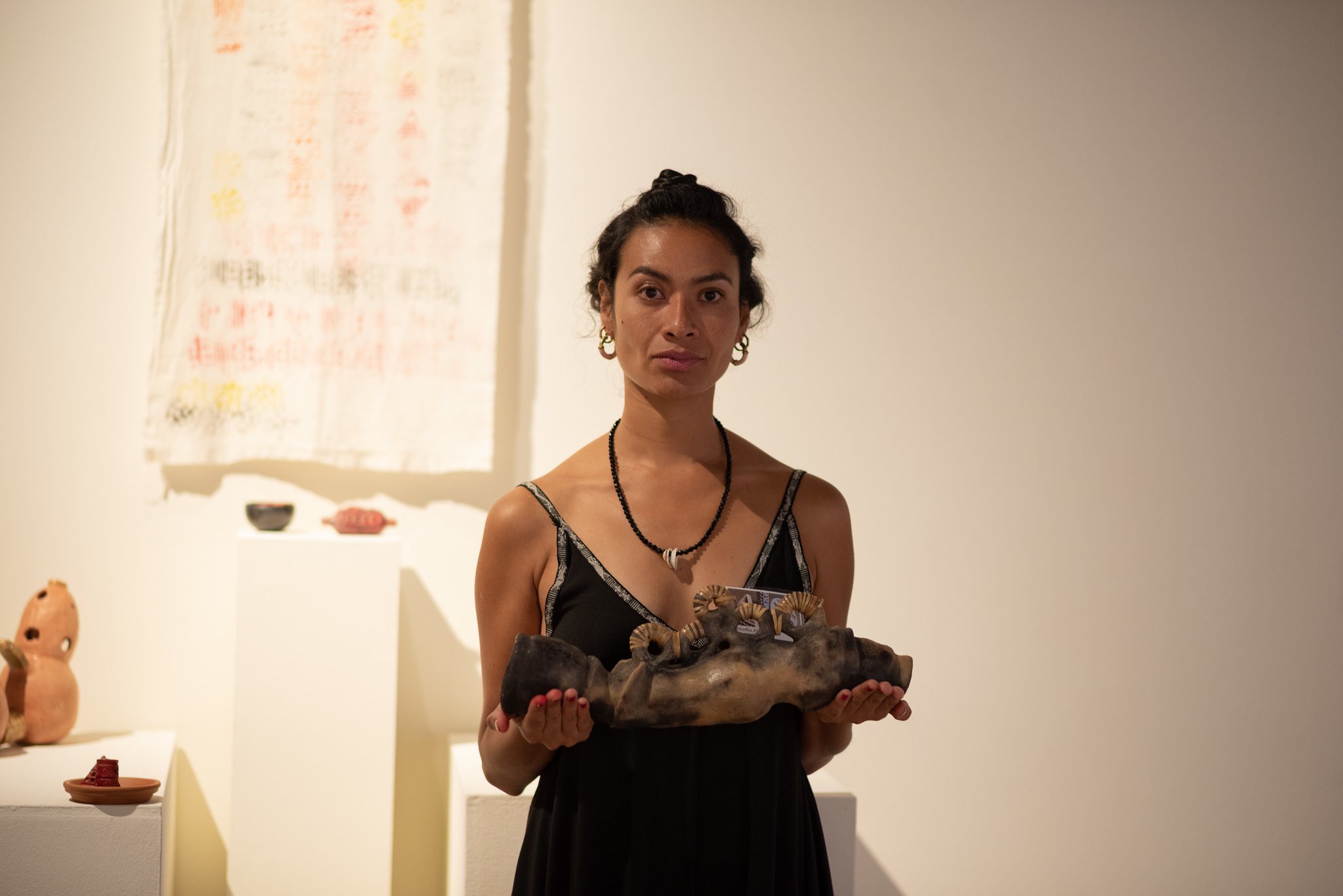
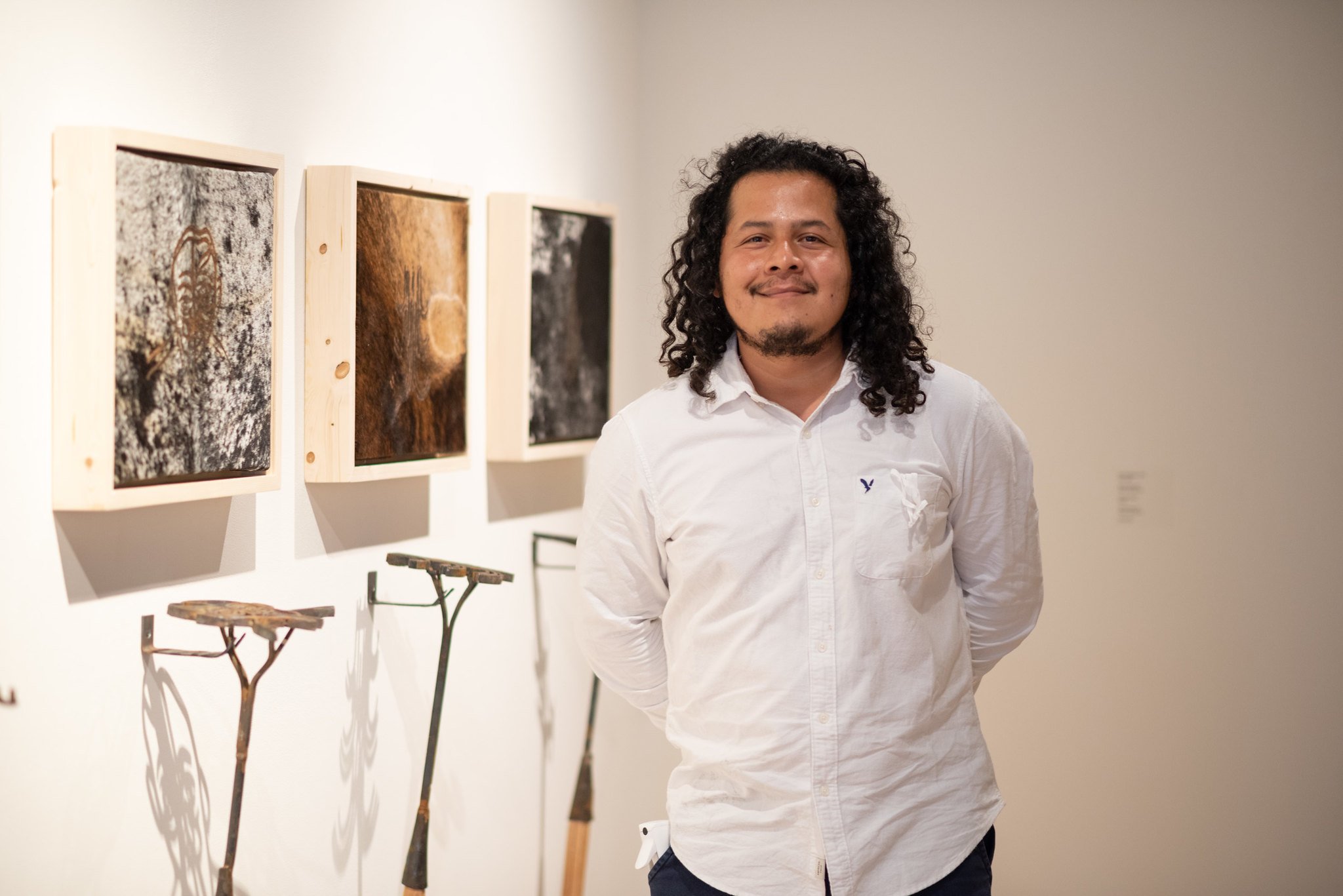

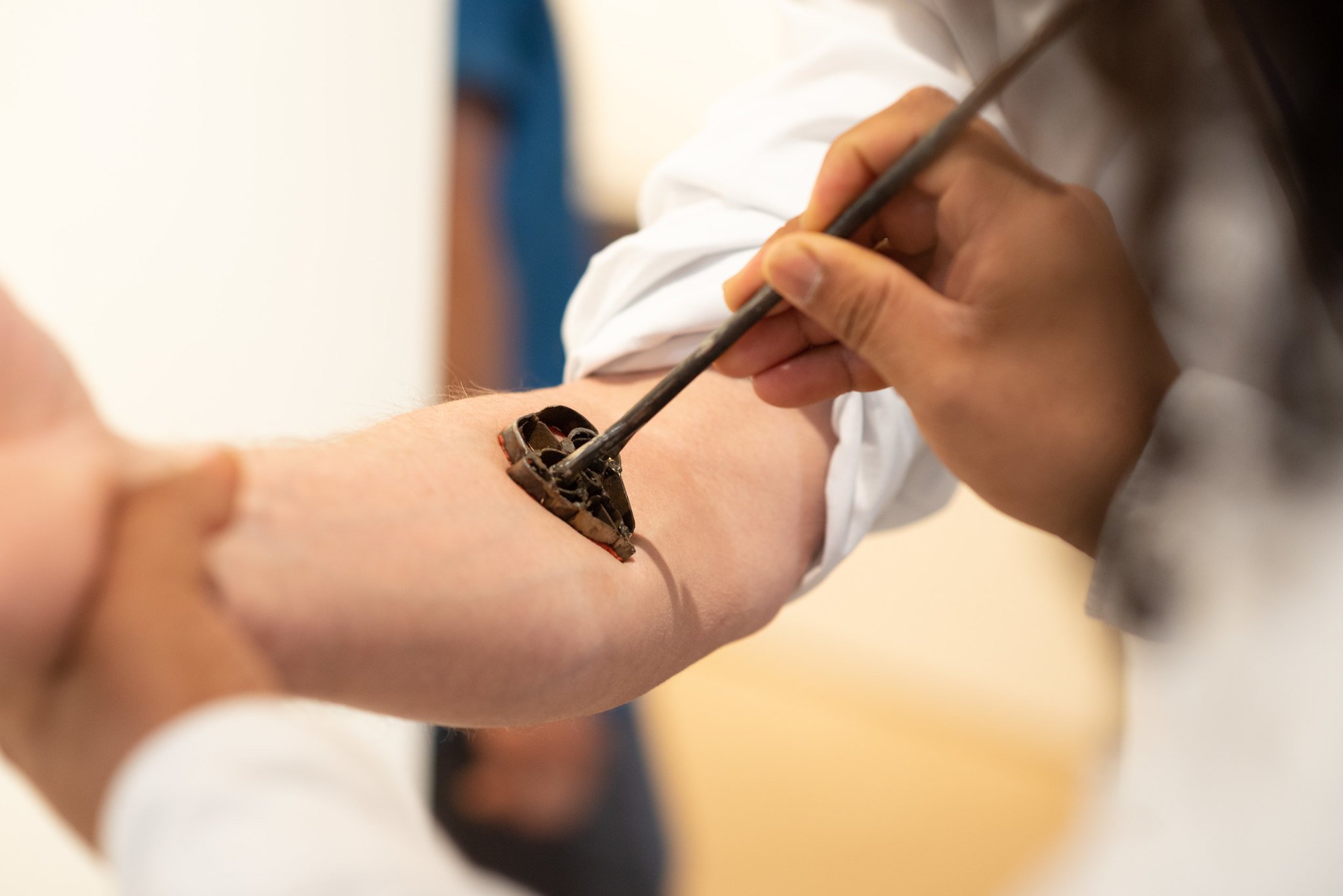
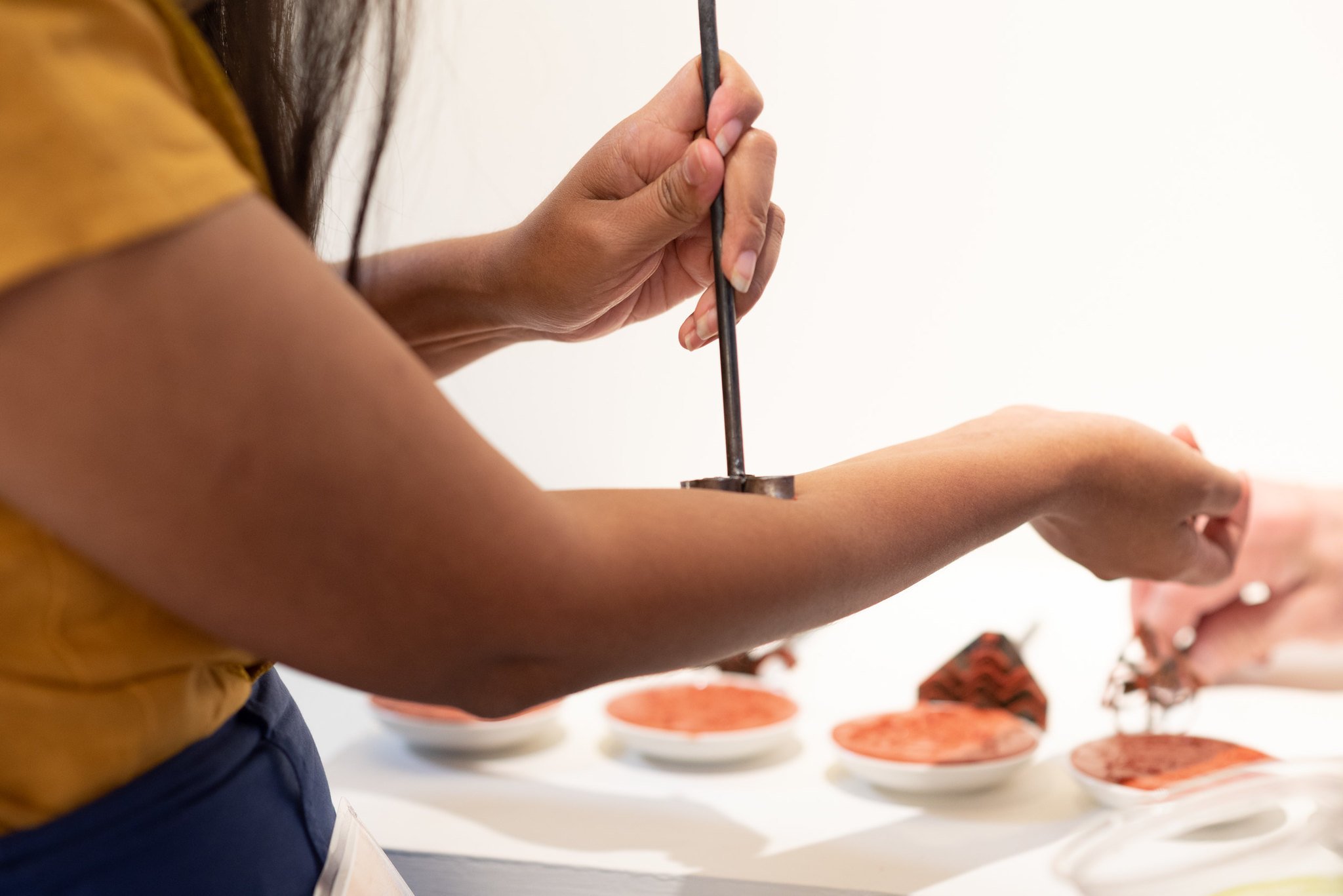
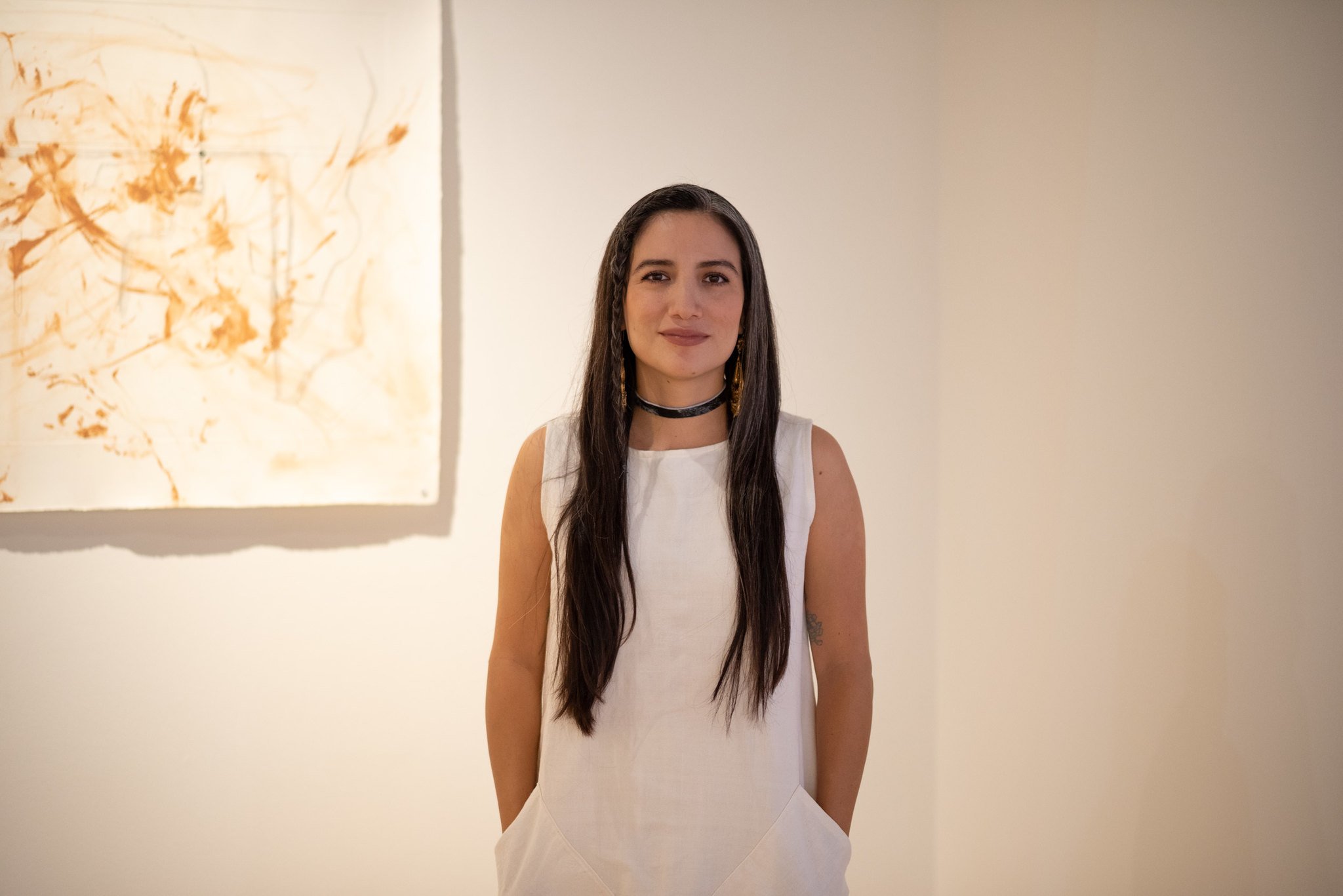
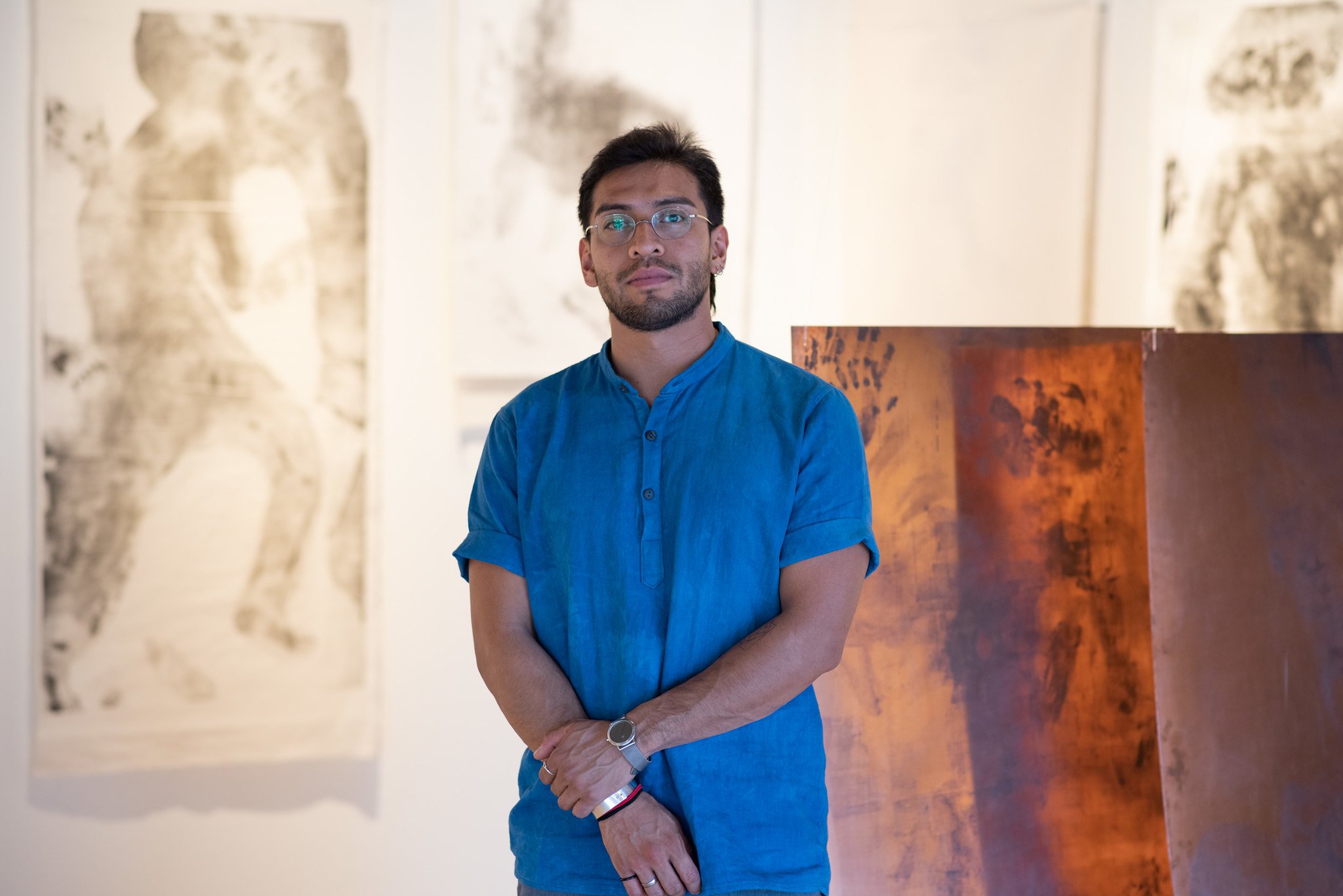
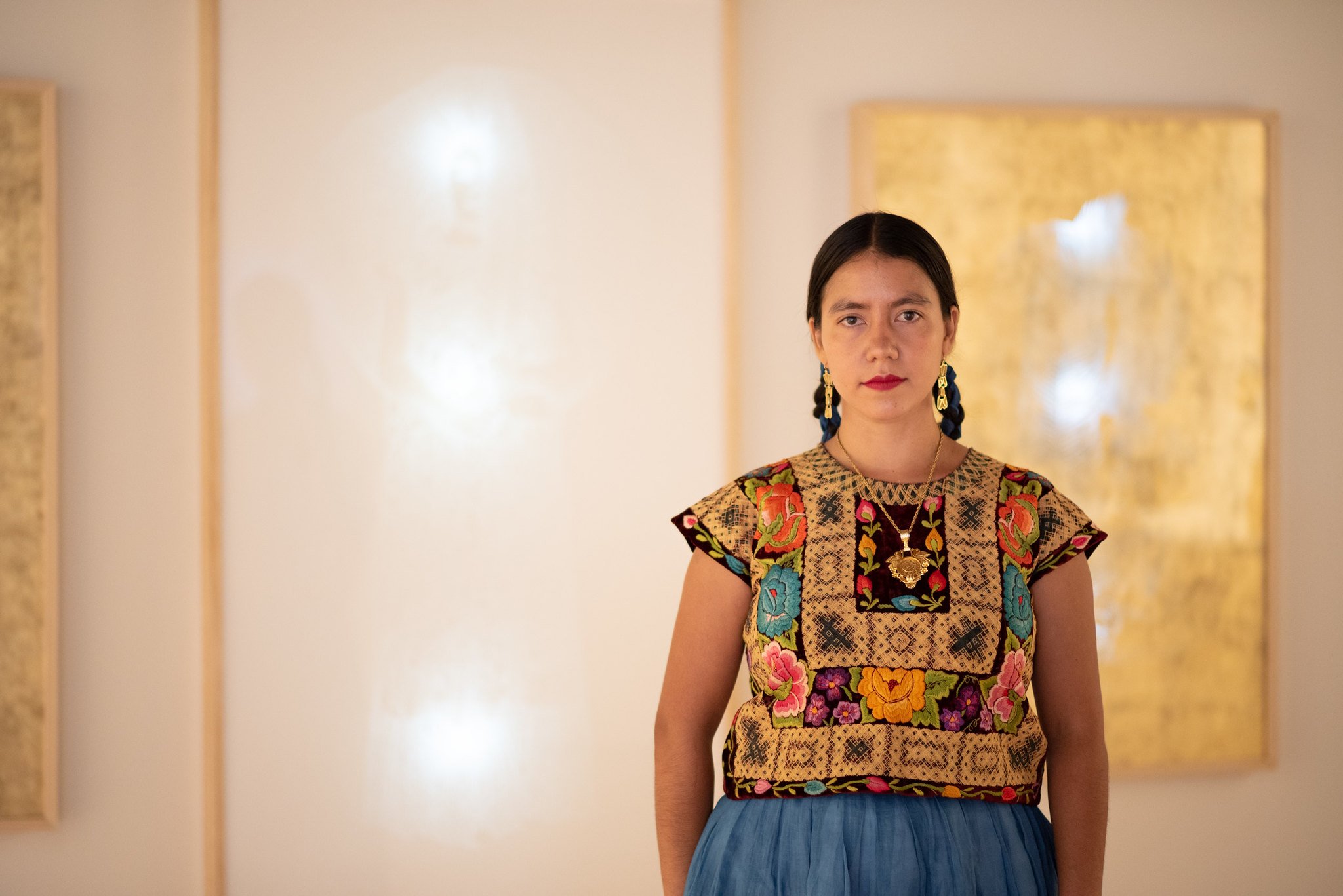
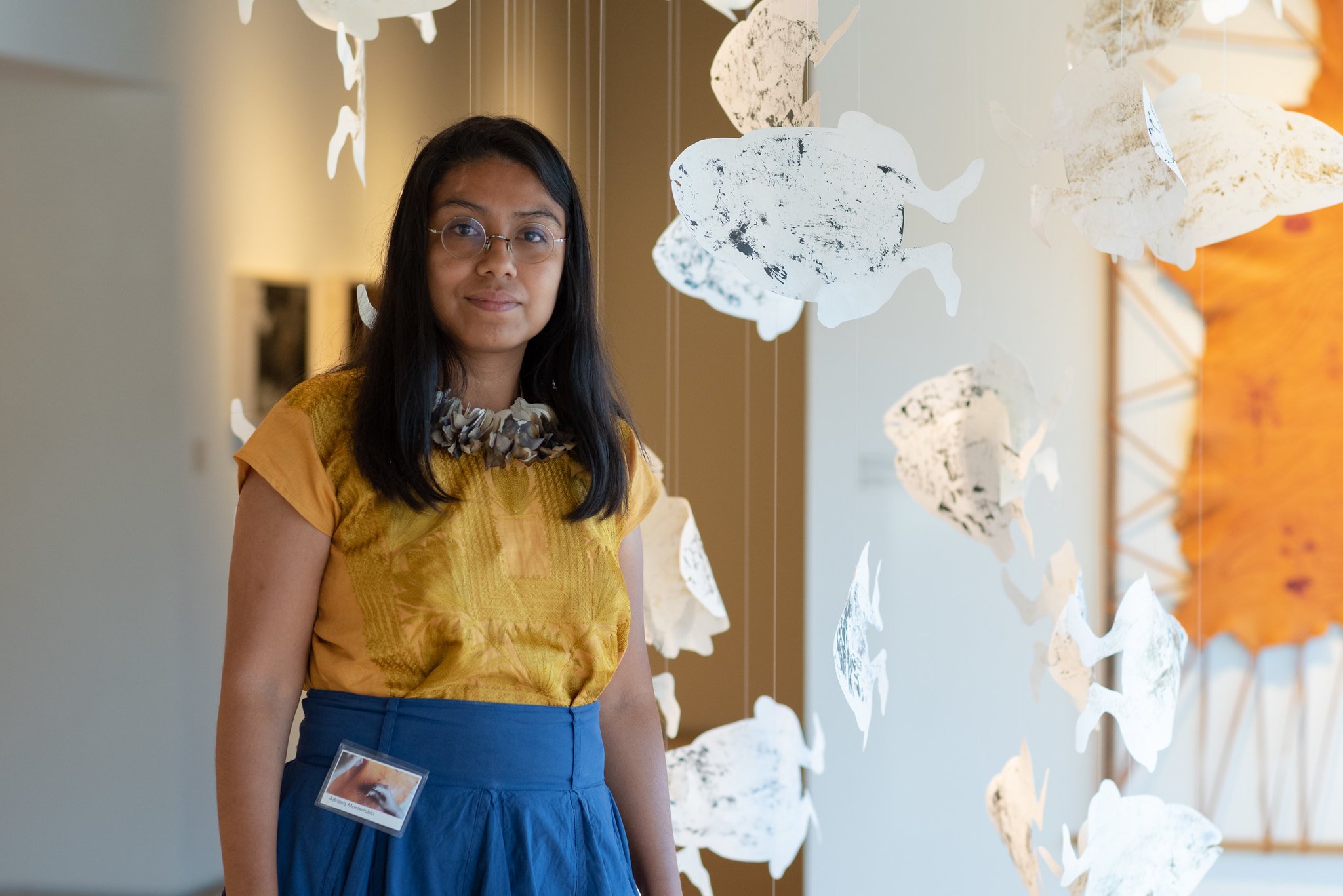


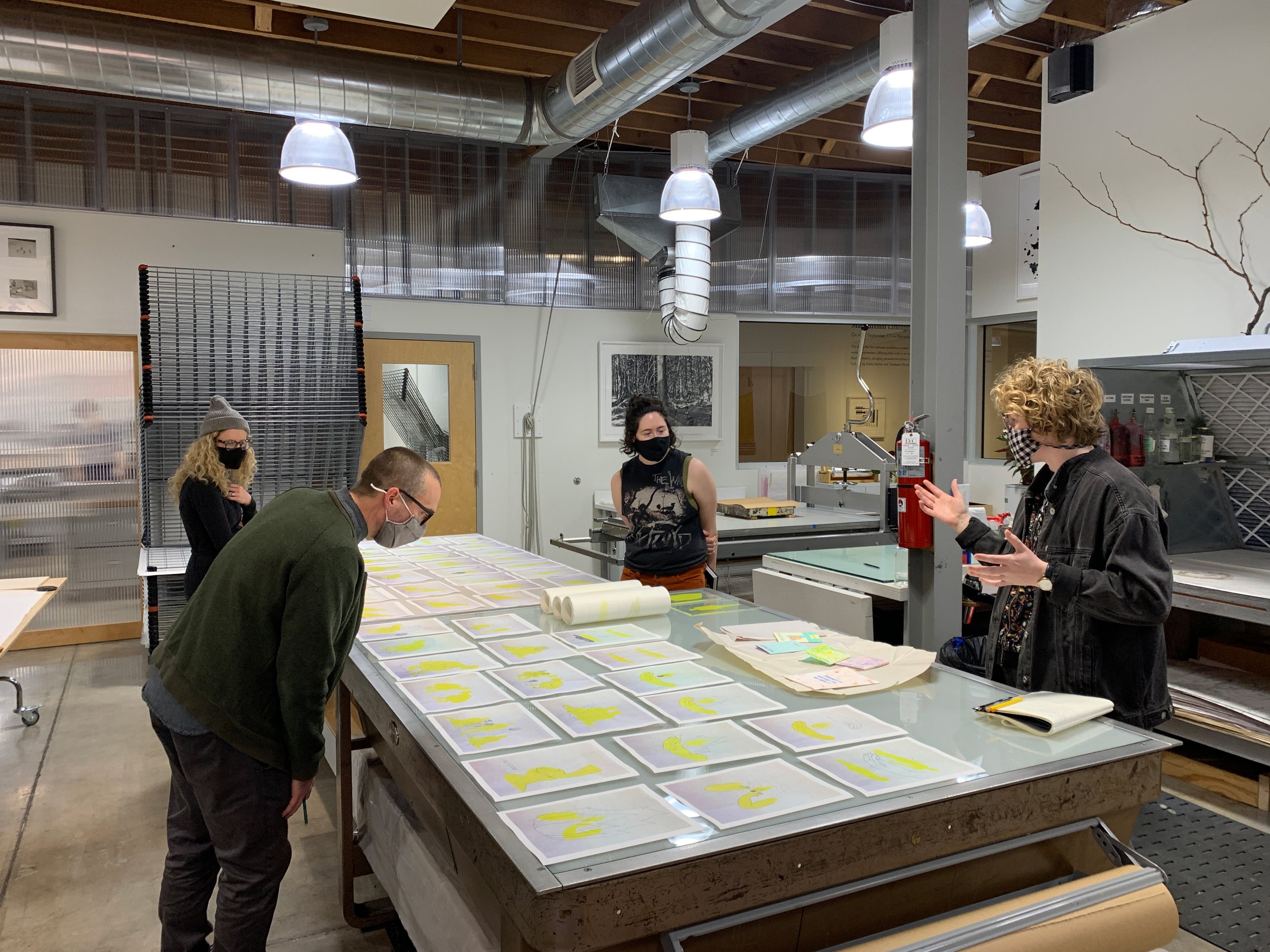


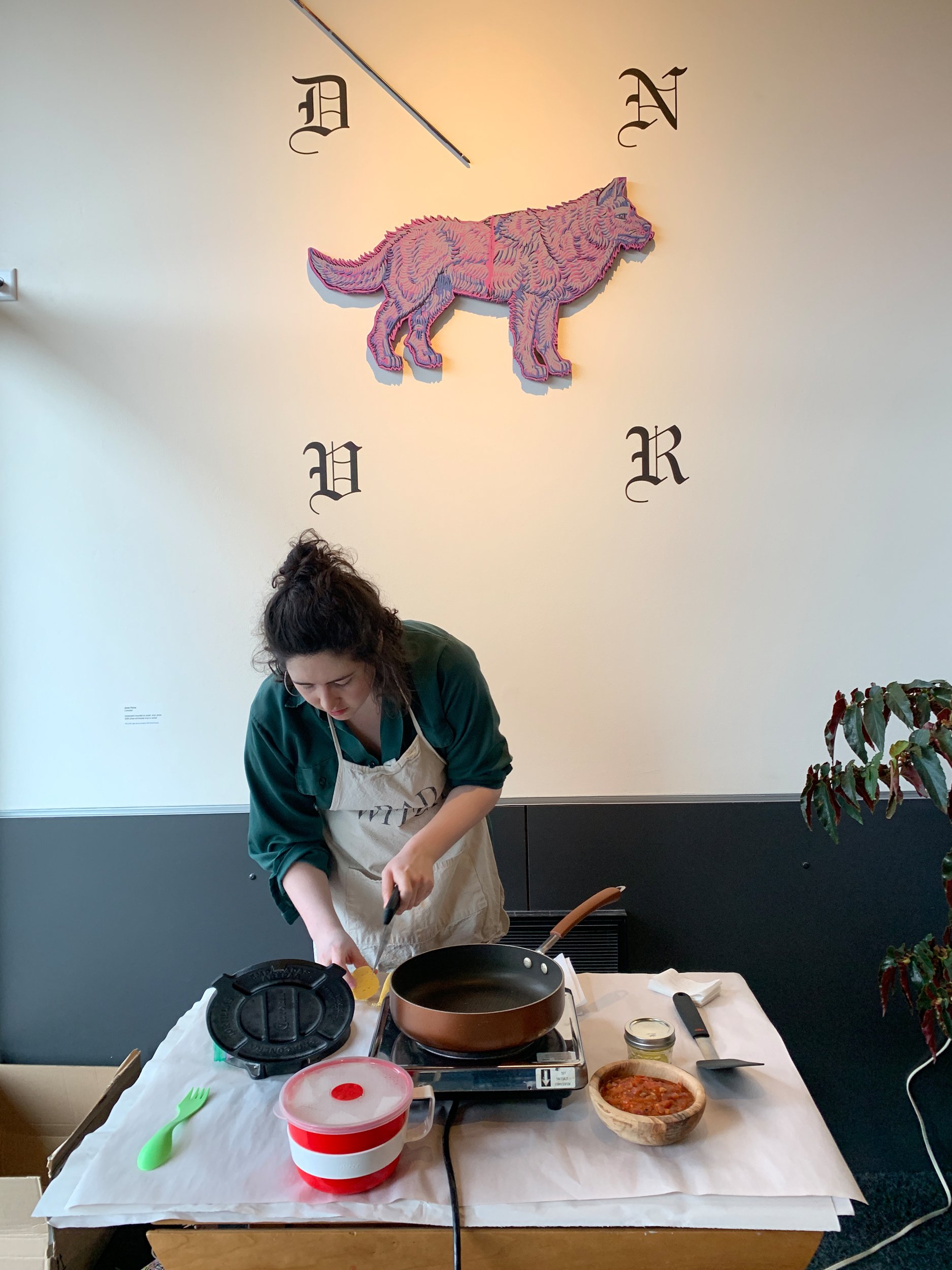
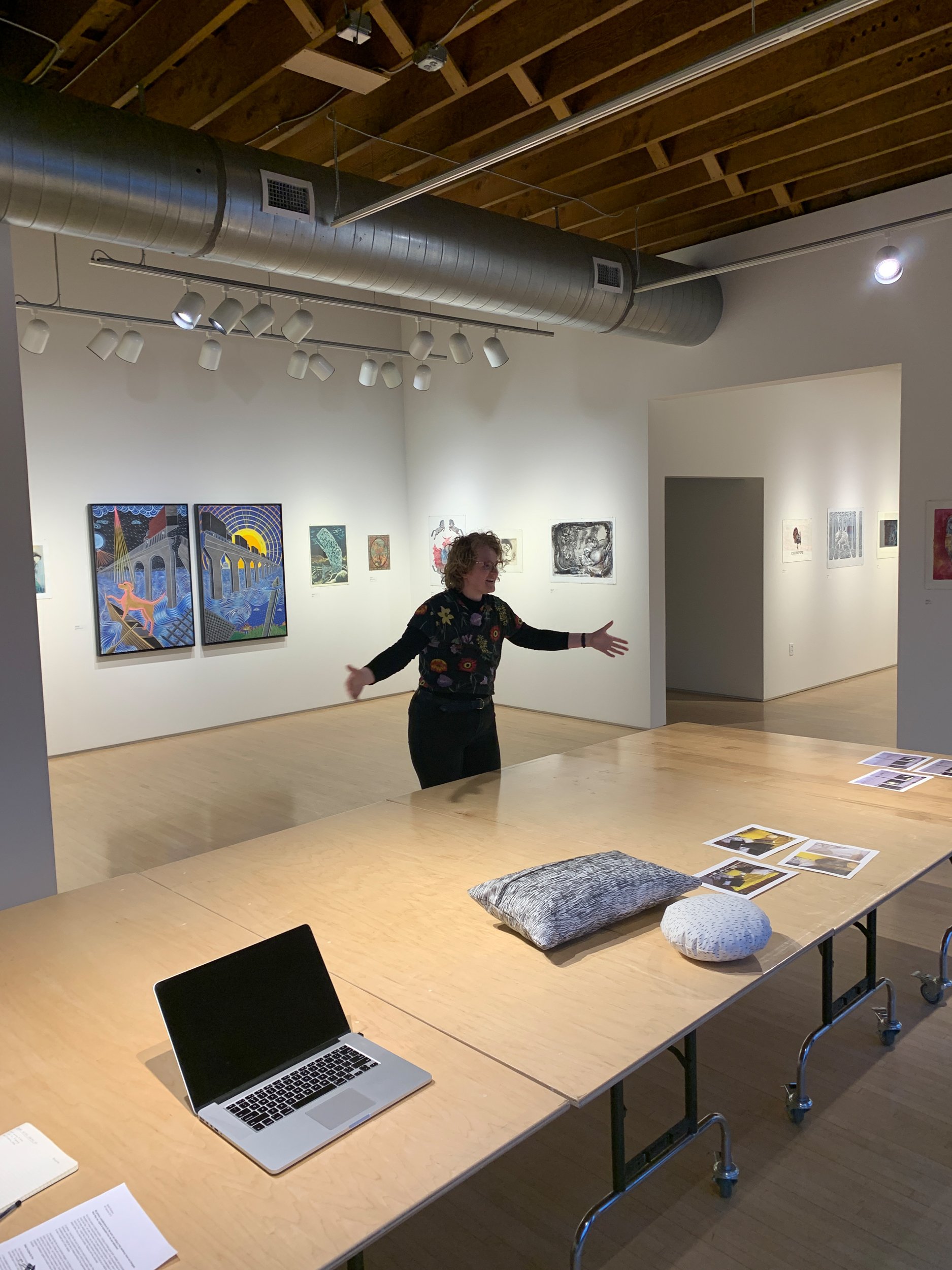
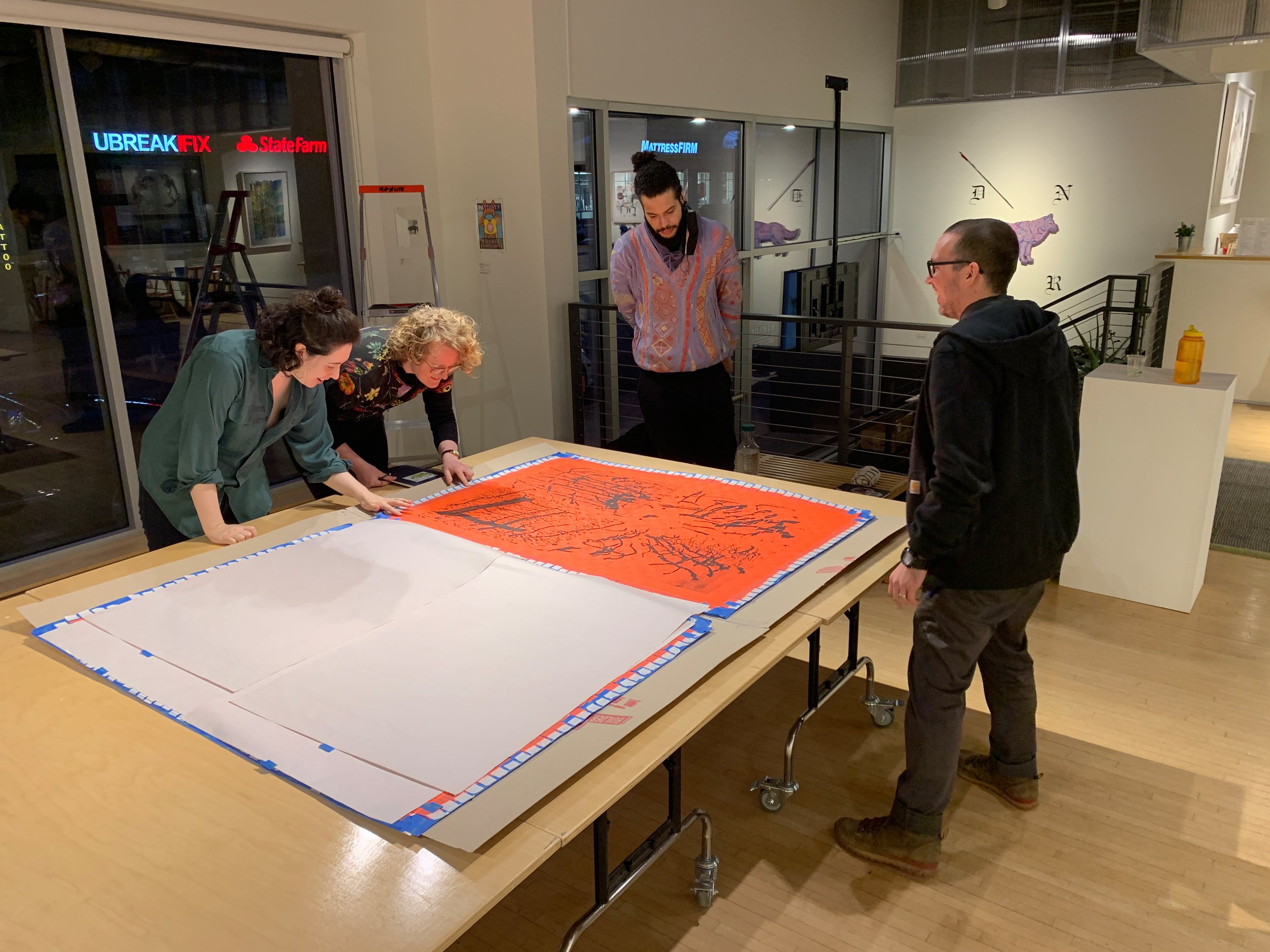

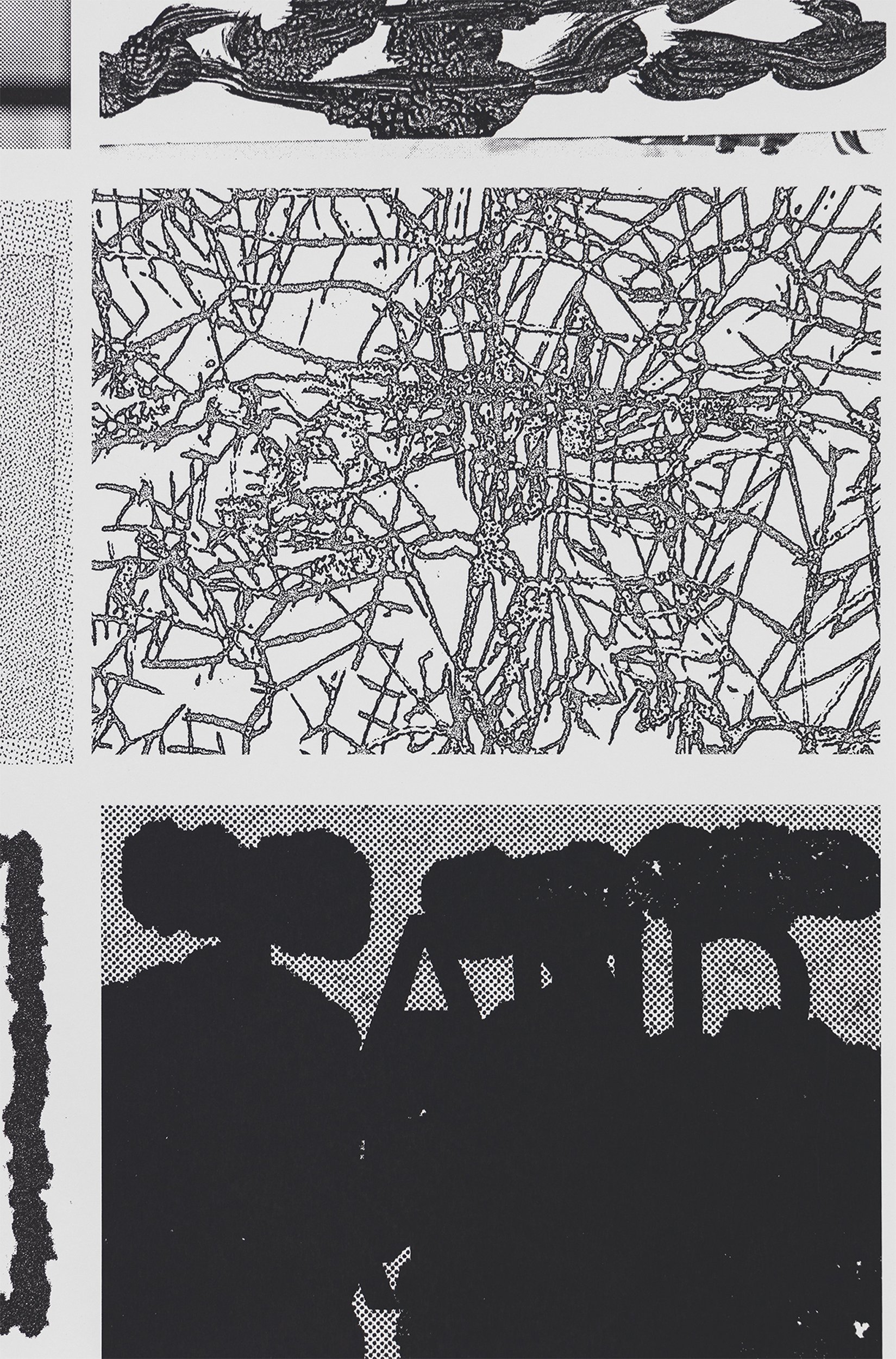

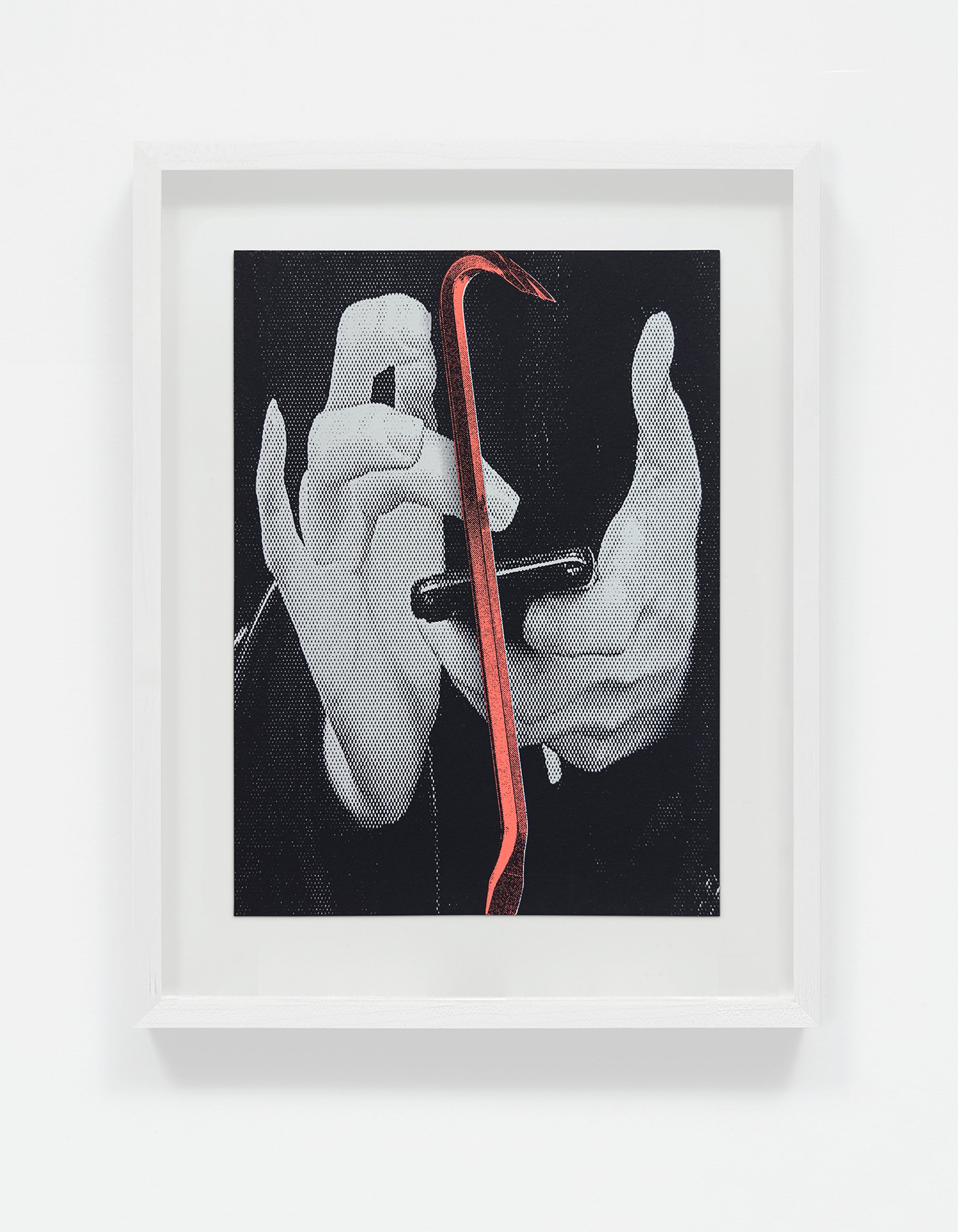
![Savannah Bustillo [choo] [sahy-luhnt-lee] Screenprint, newsprint, recycled car manuals, wheat paste](https://images.squarespace-cdn.com/content/v1/5a00e675268b96458e137e2e/1649877616142-GQXGQQUIB92CM2C9OYWT/Bustillo_01.jpg)
